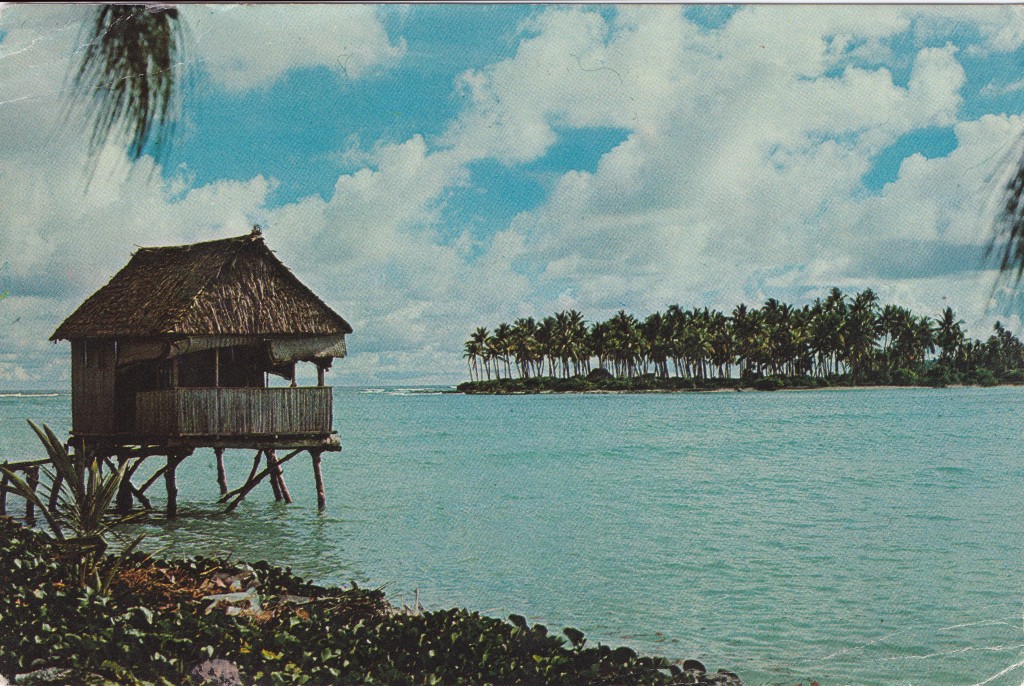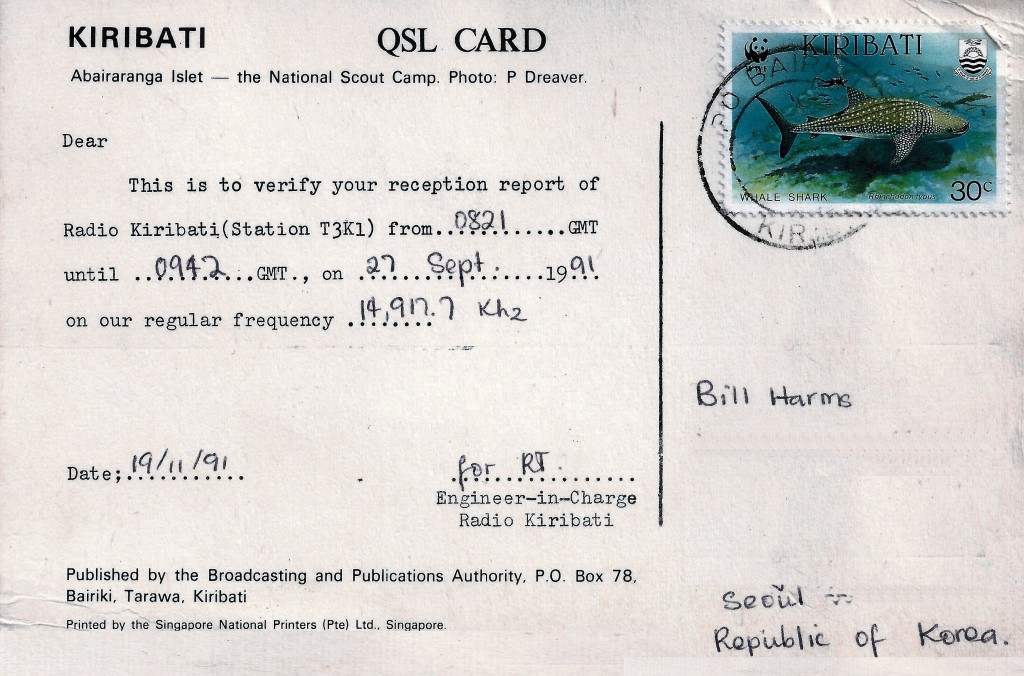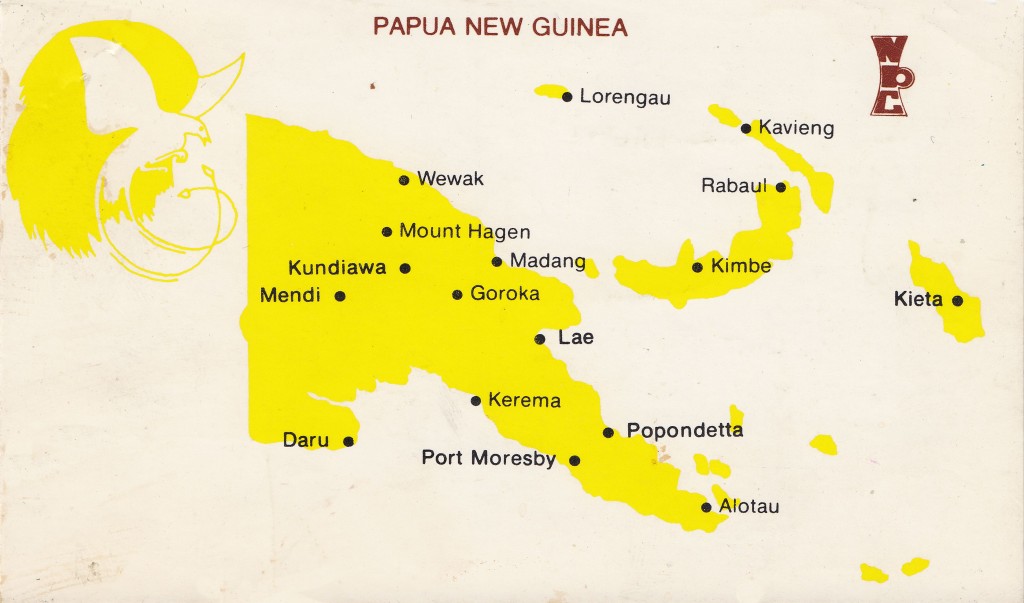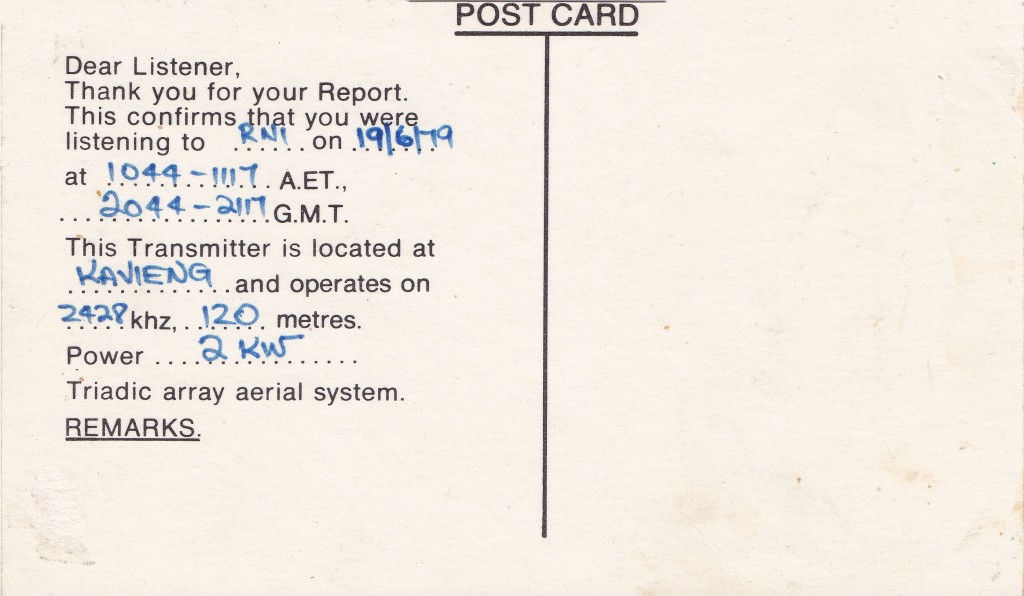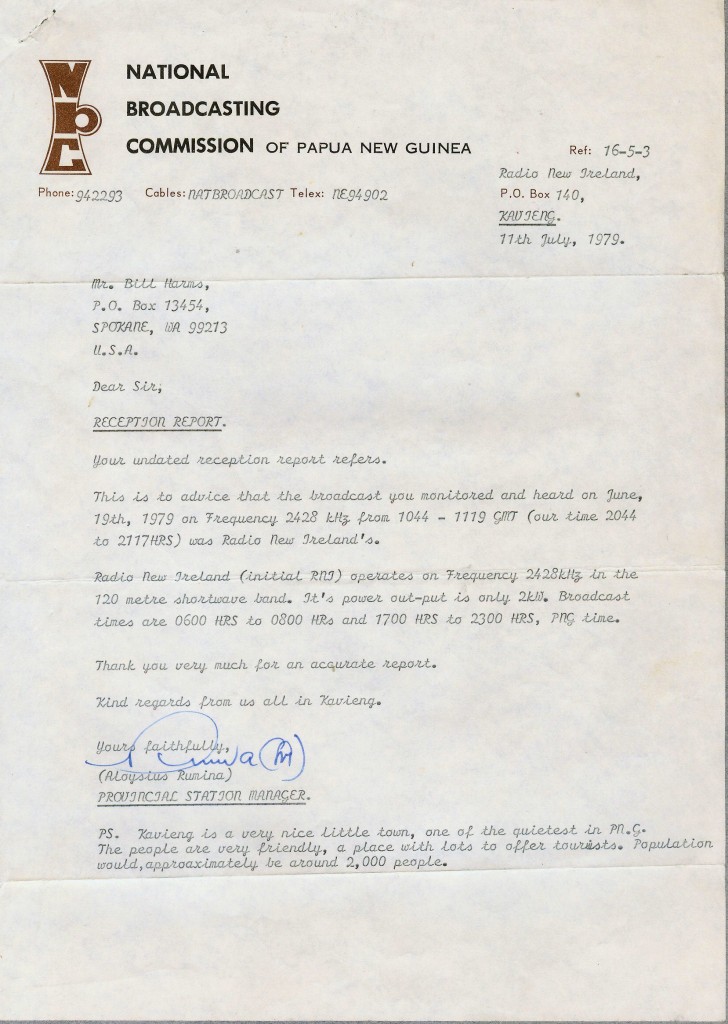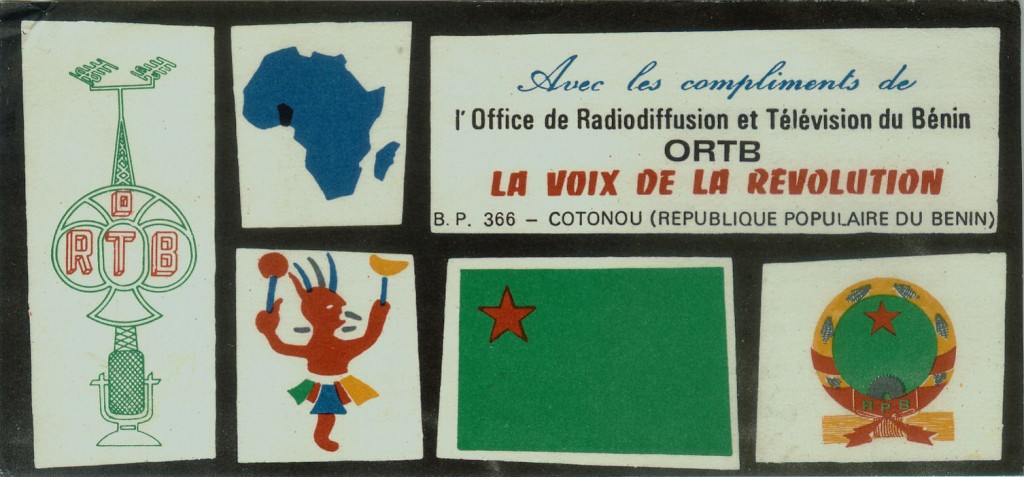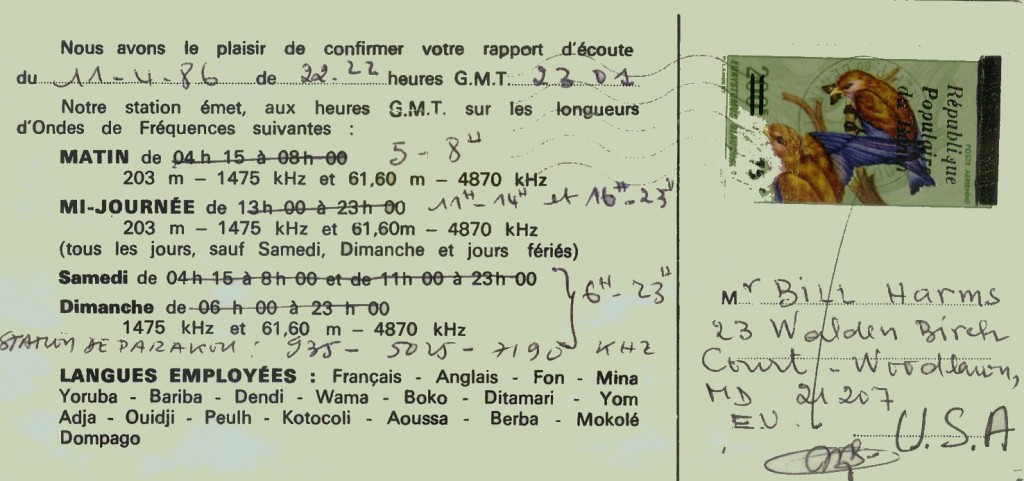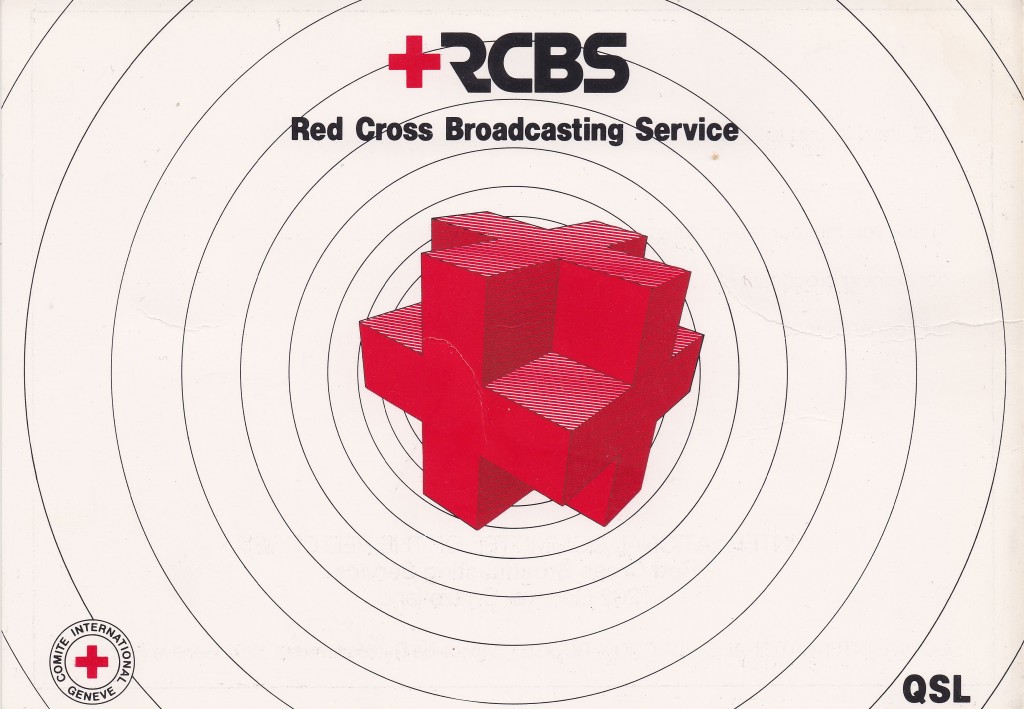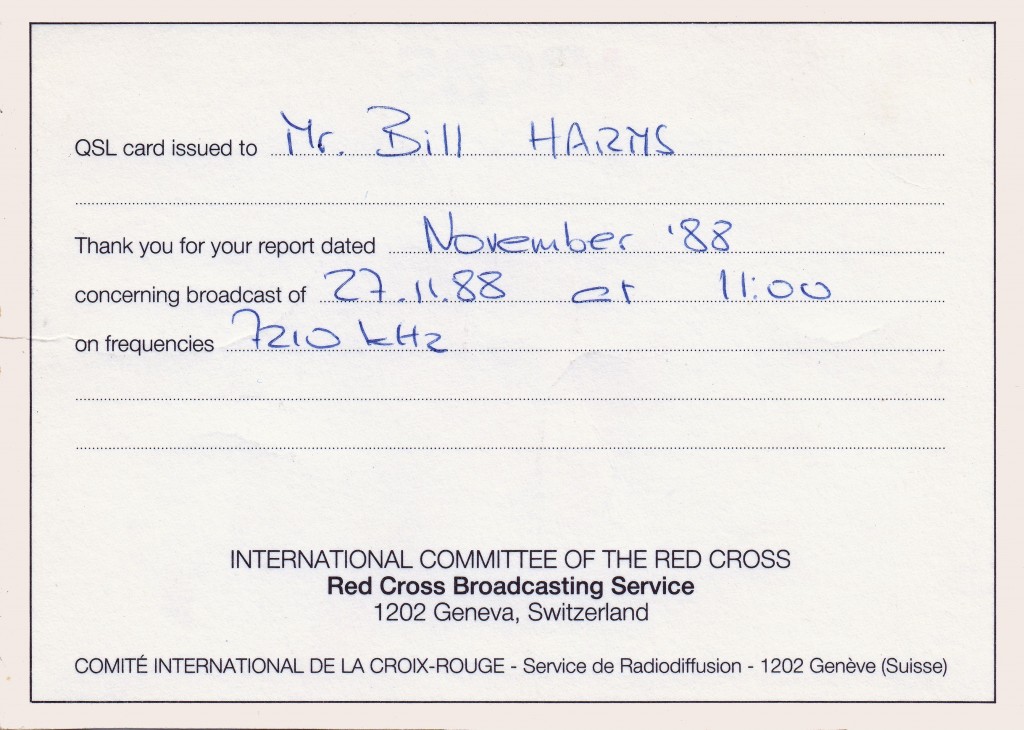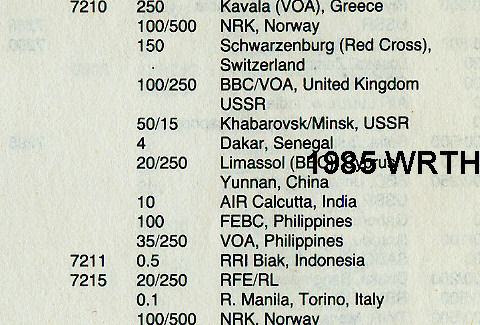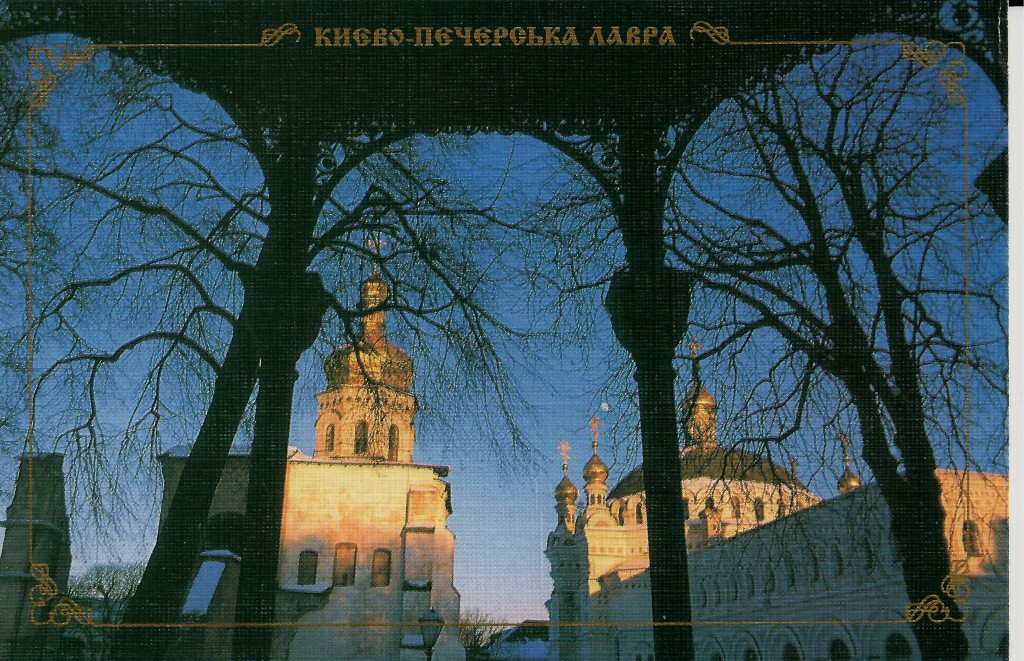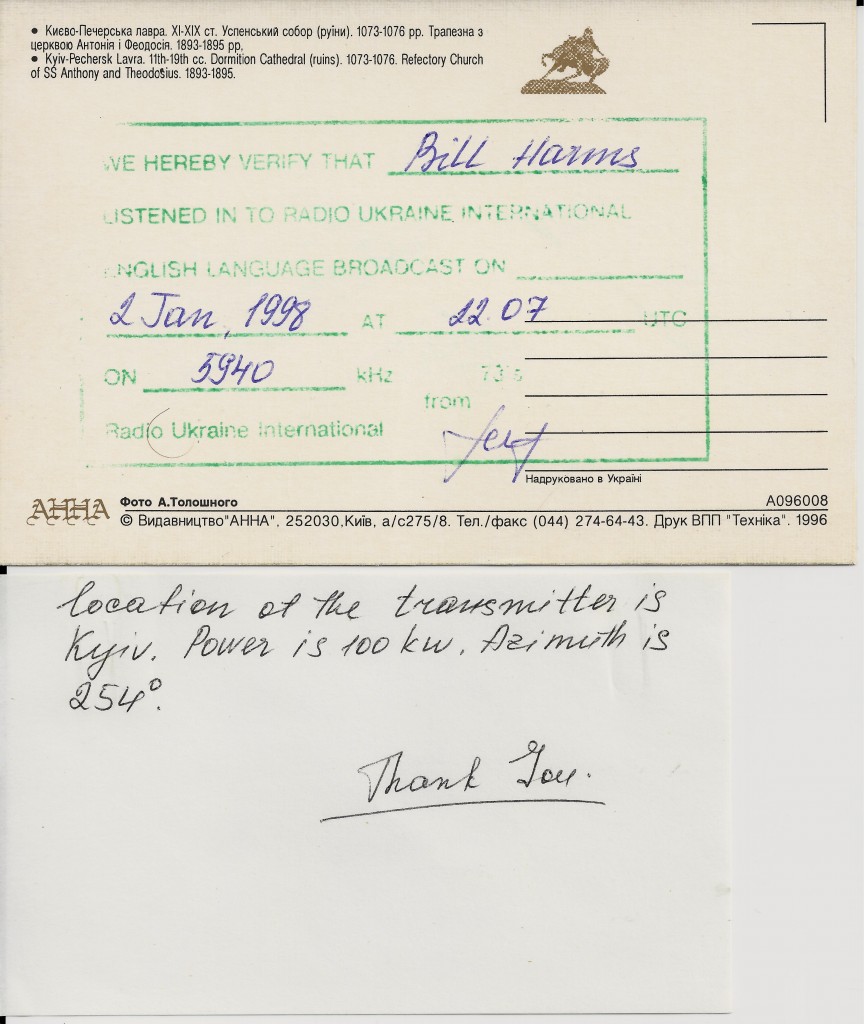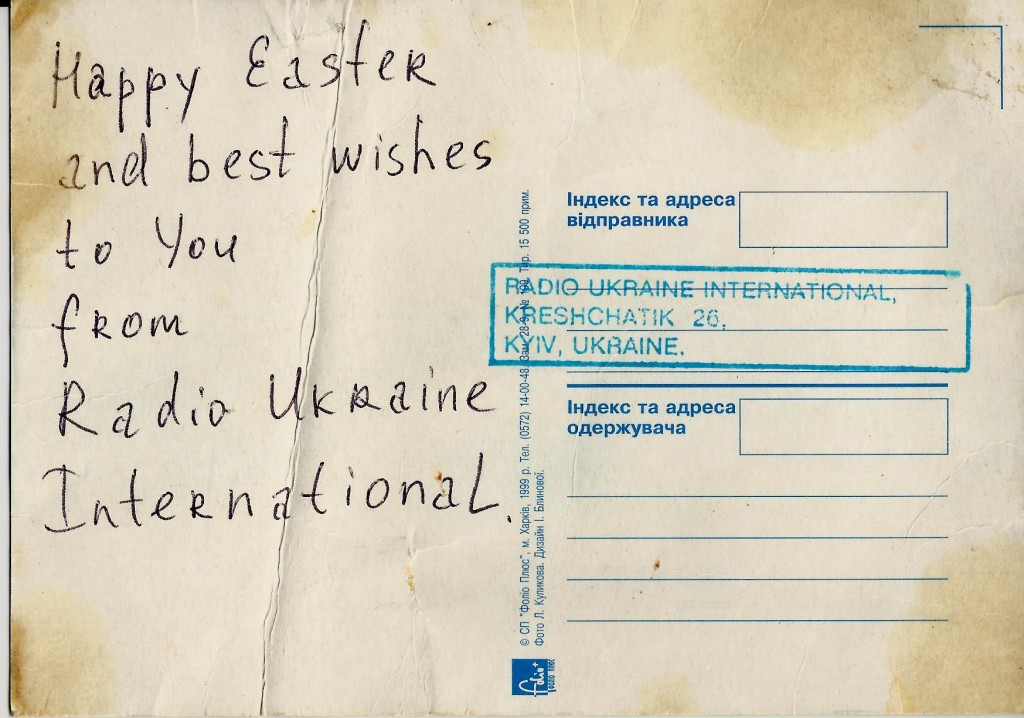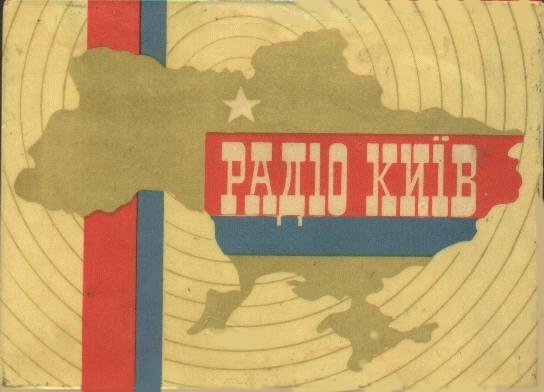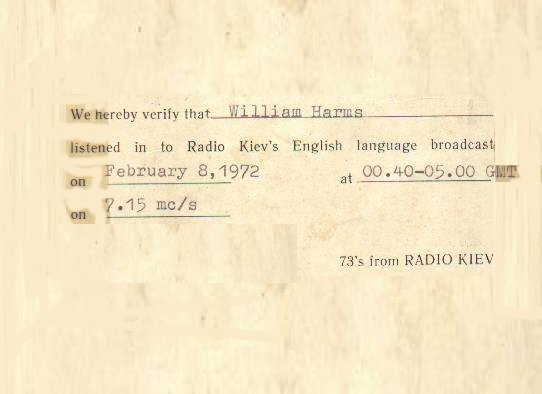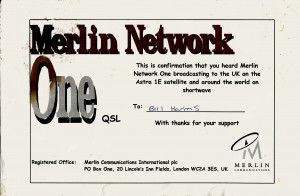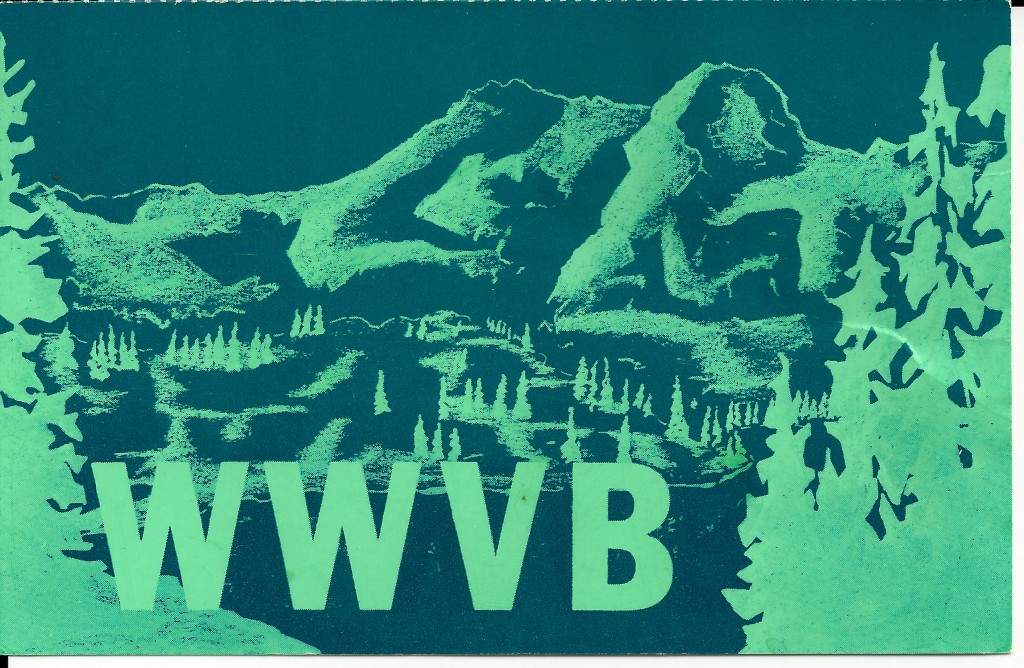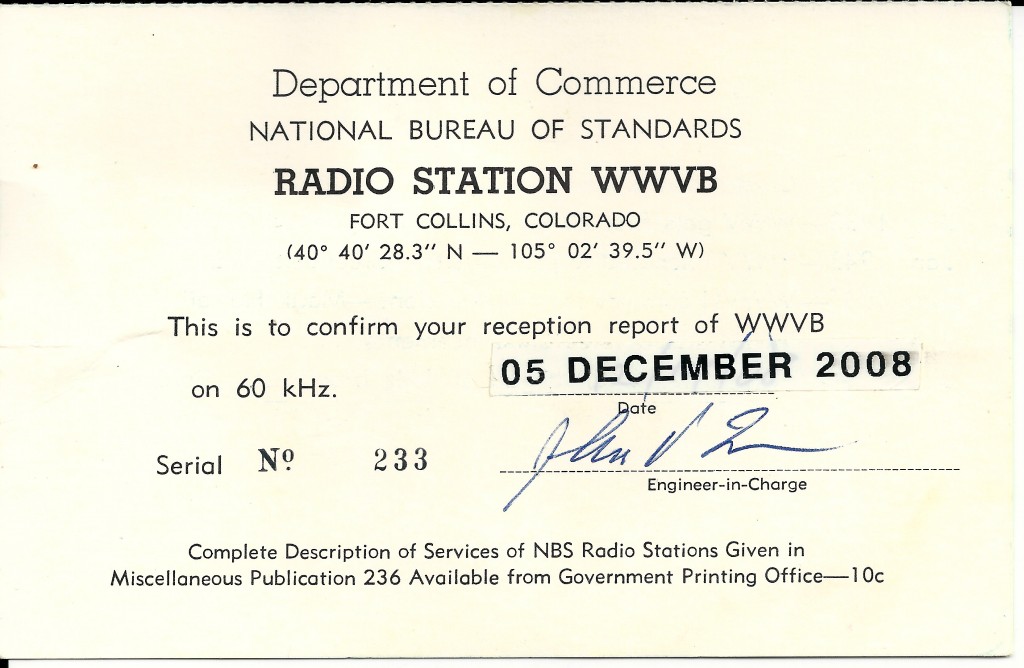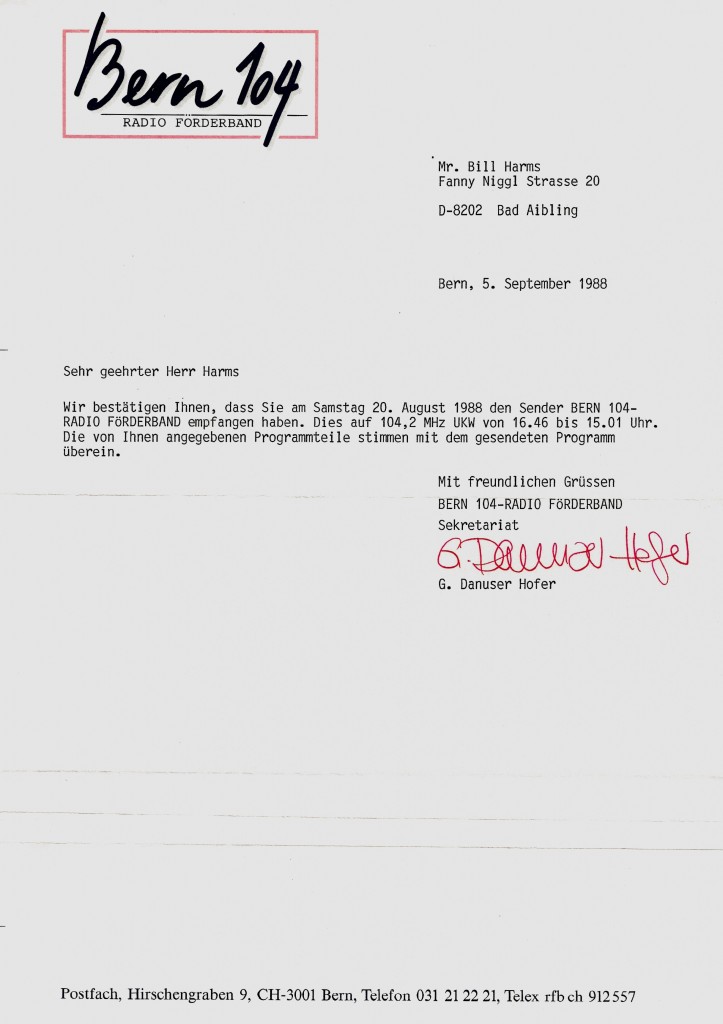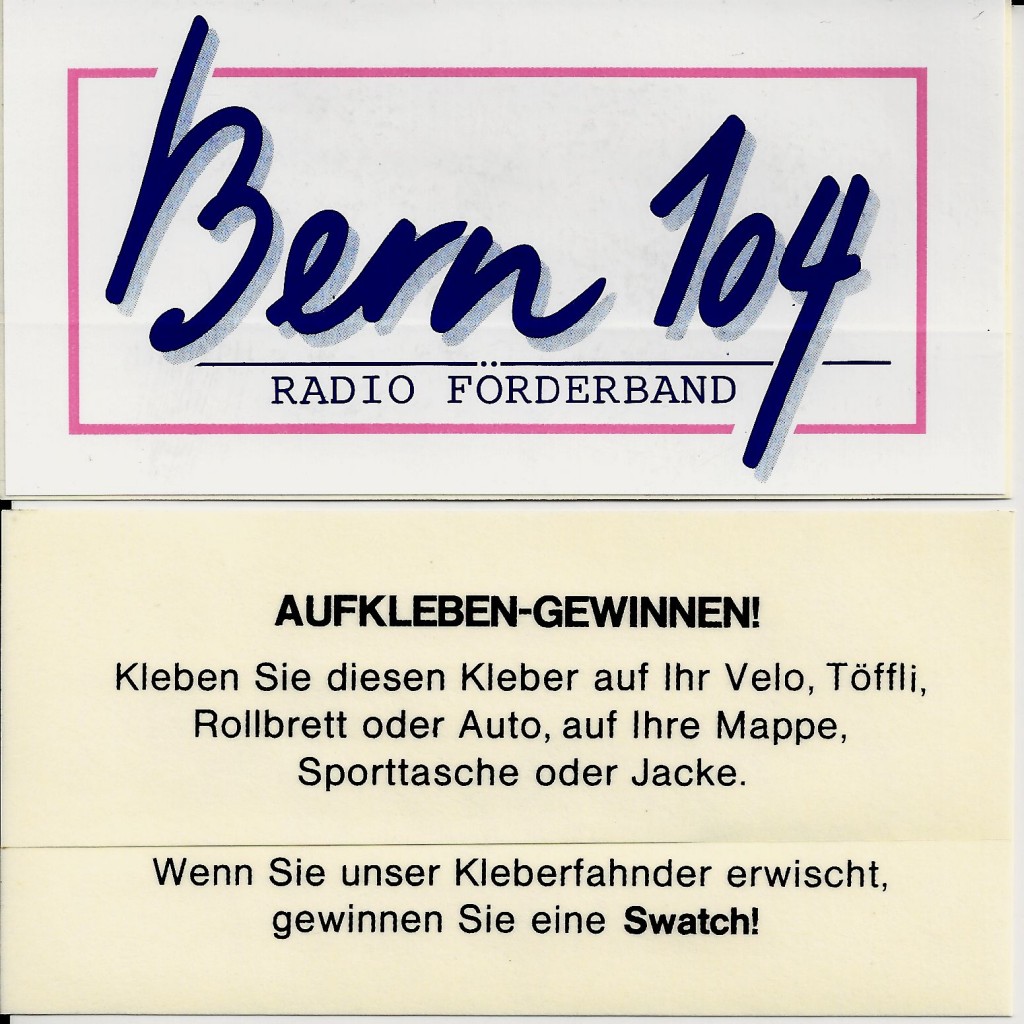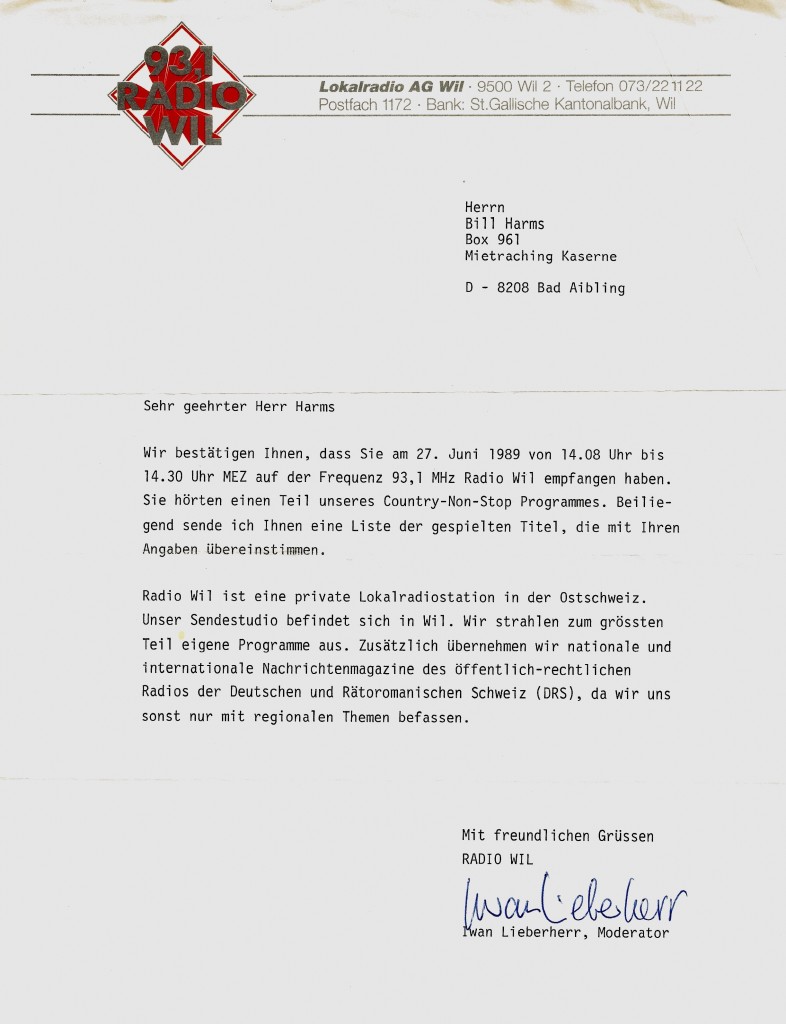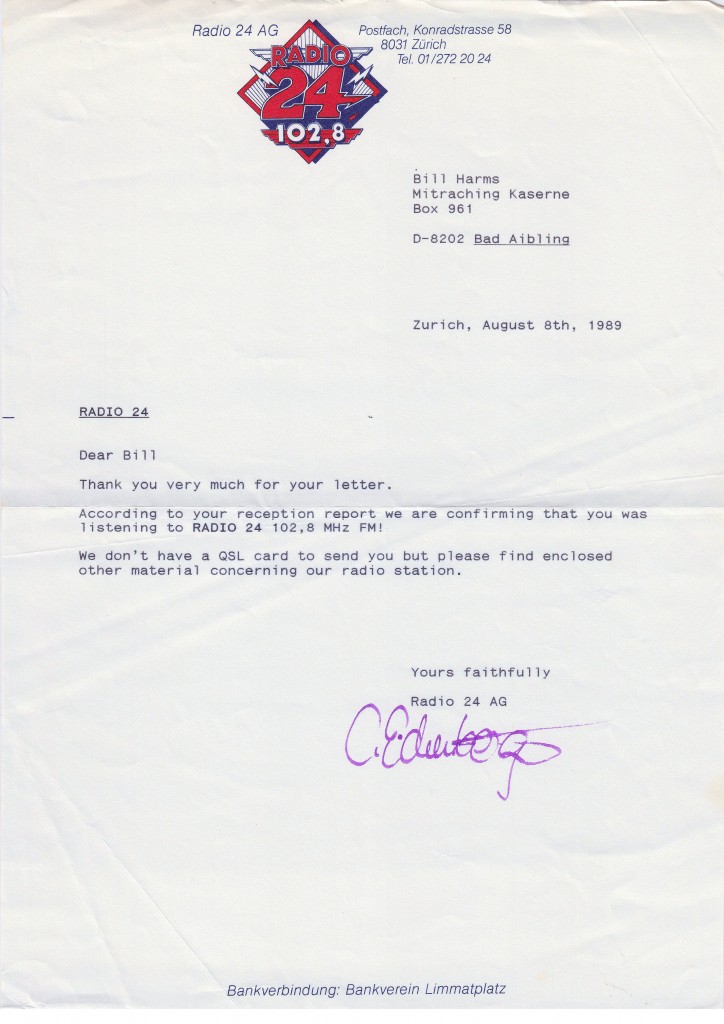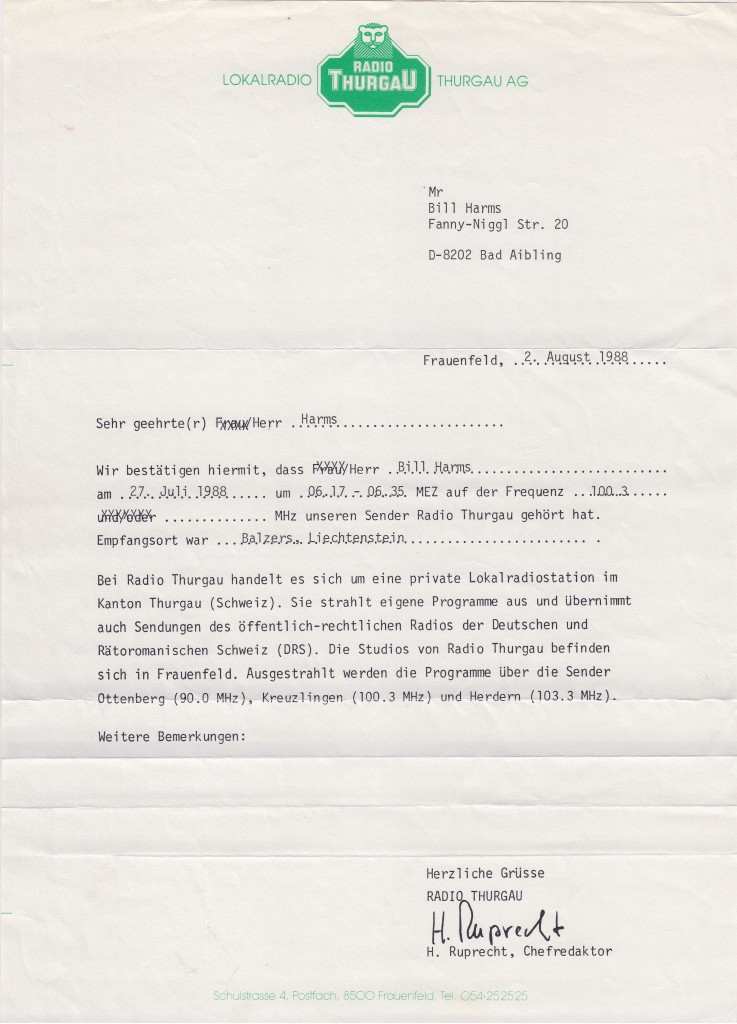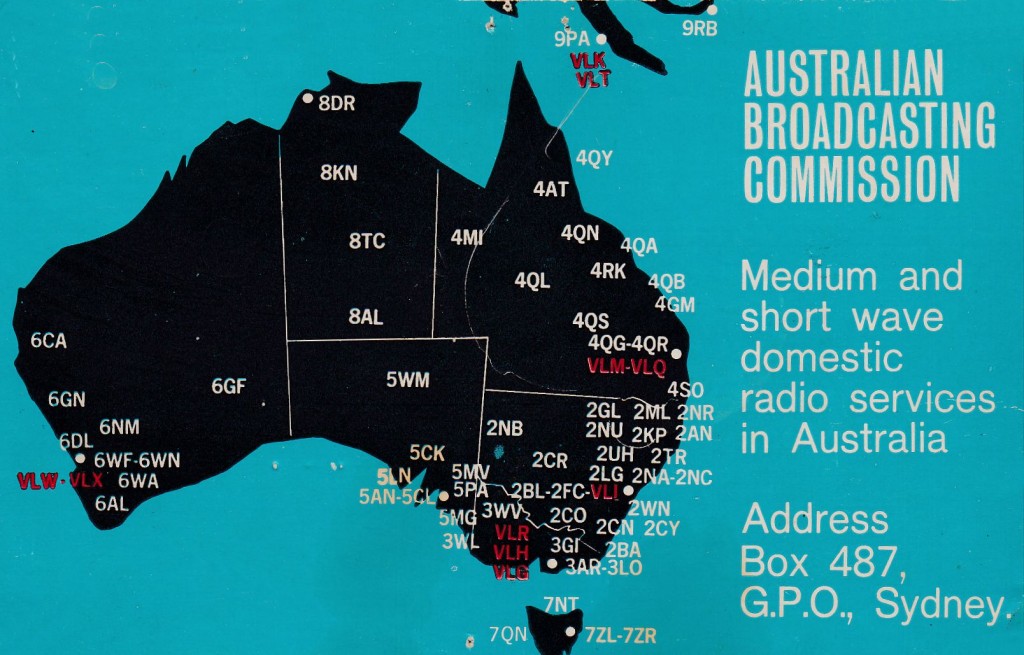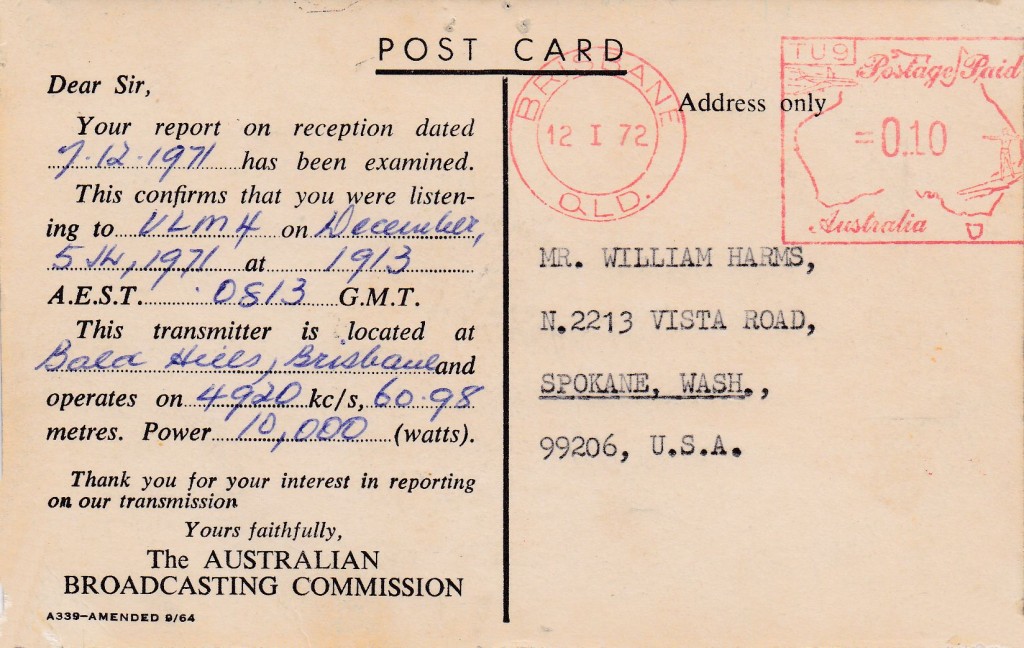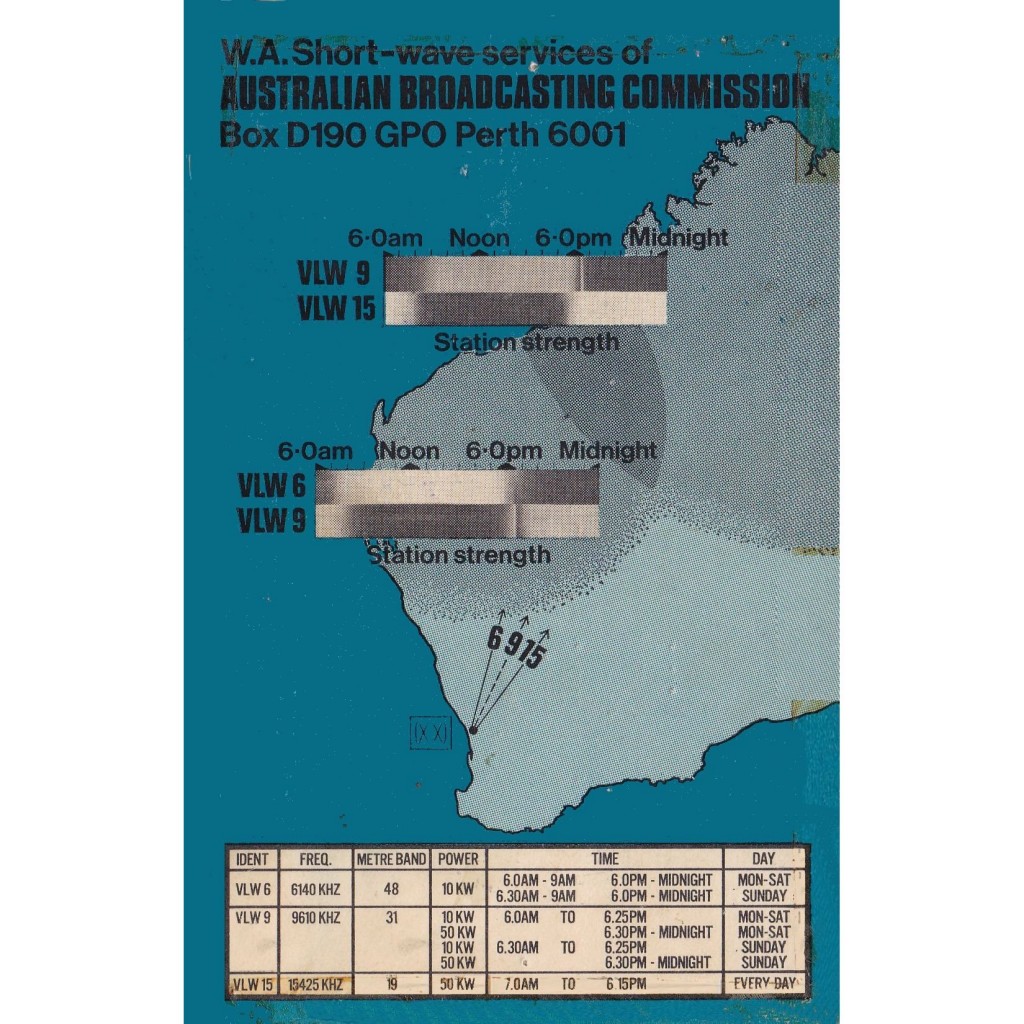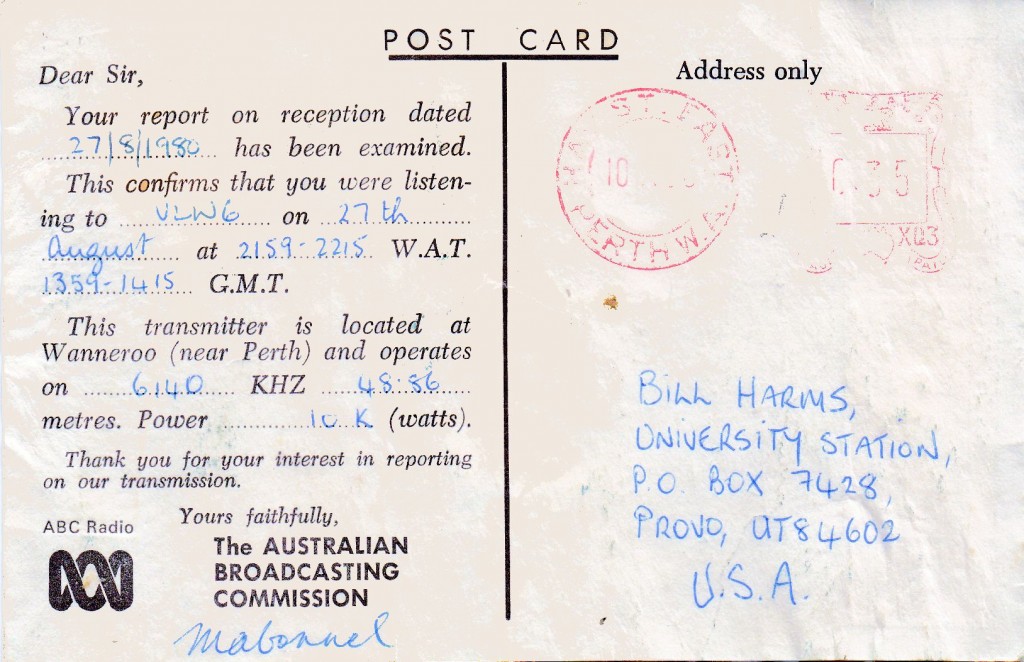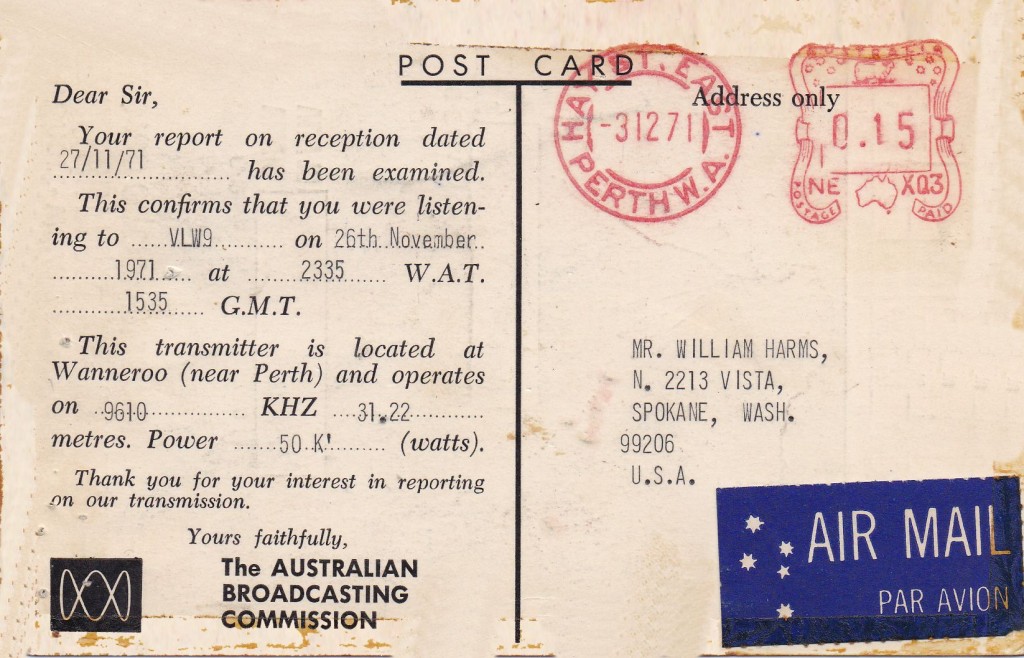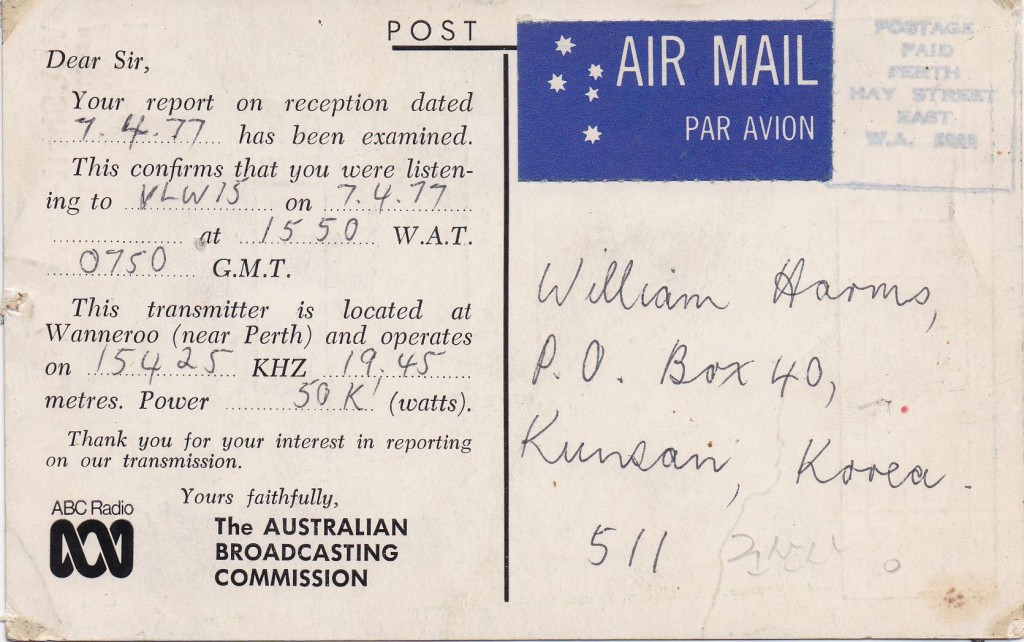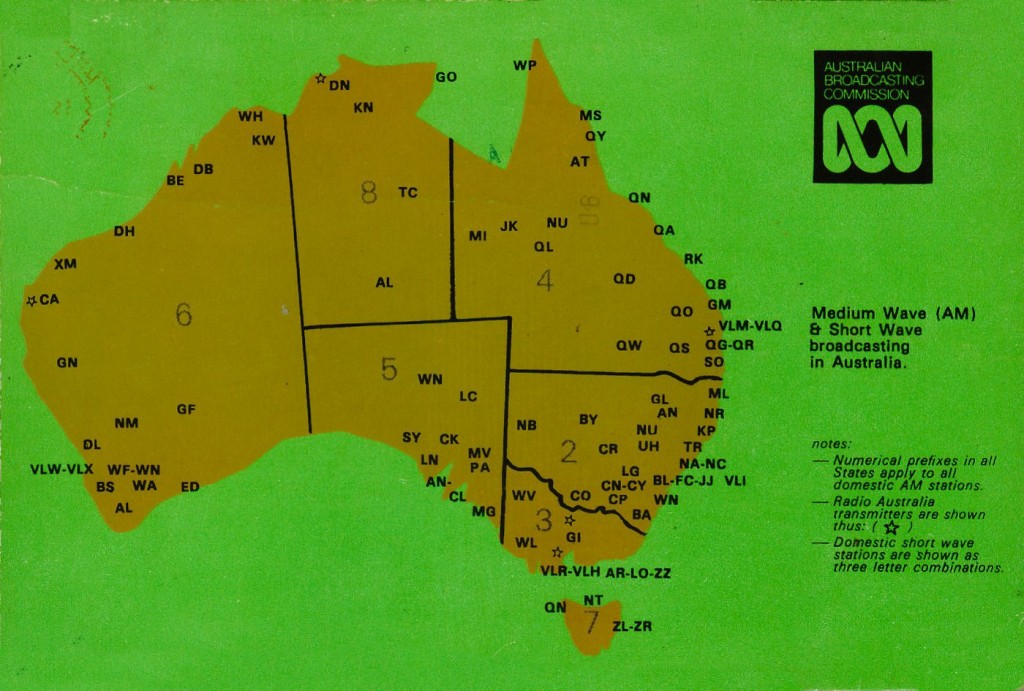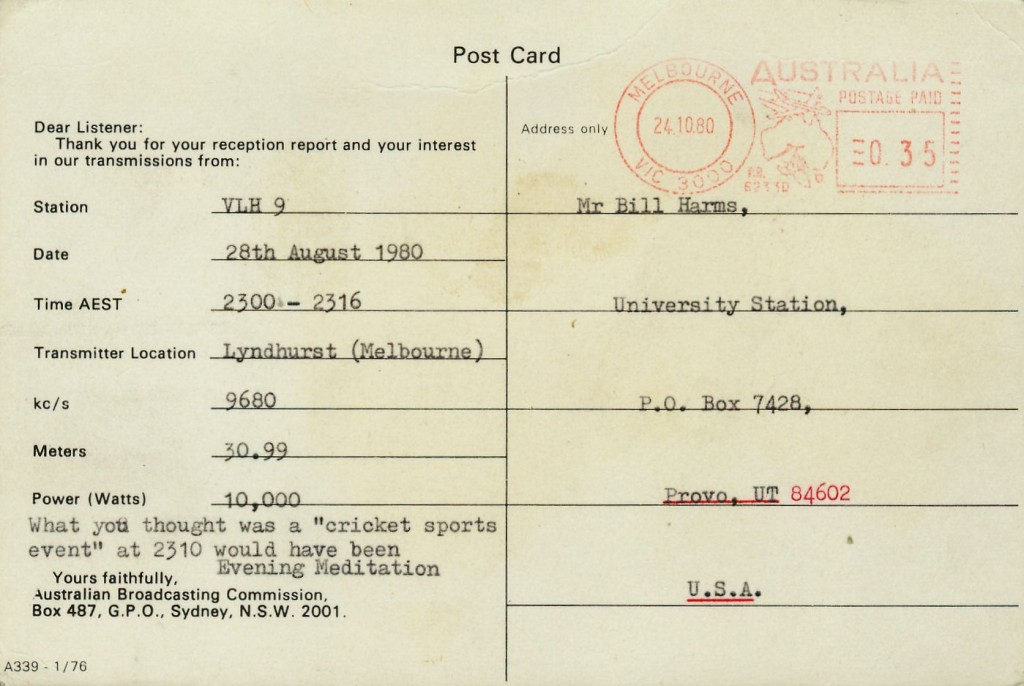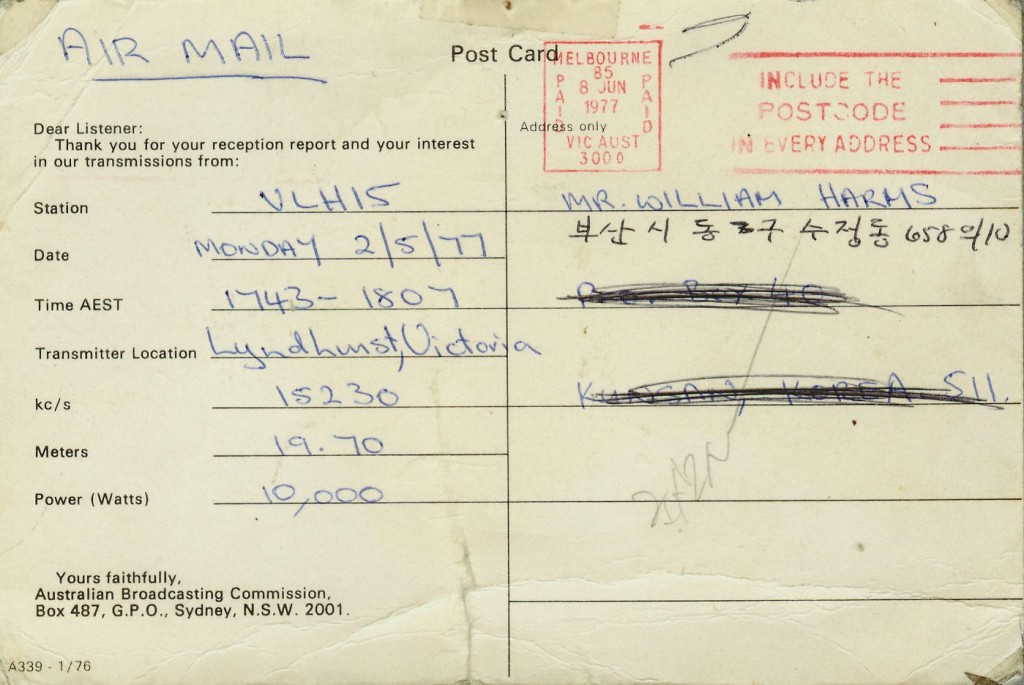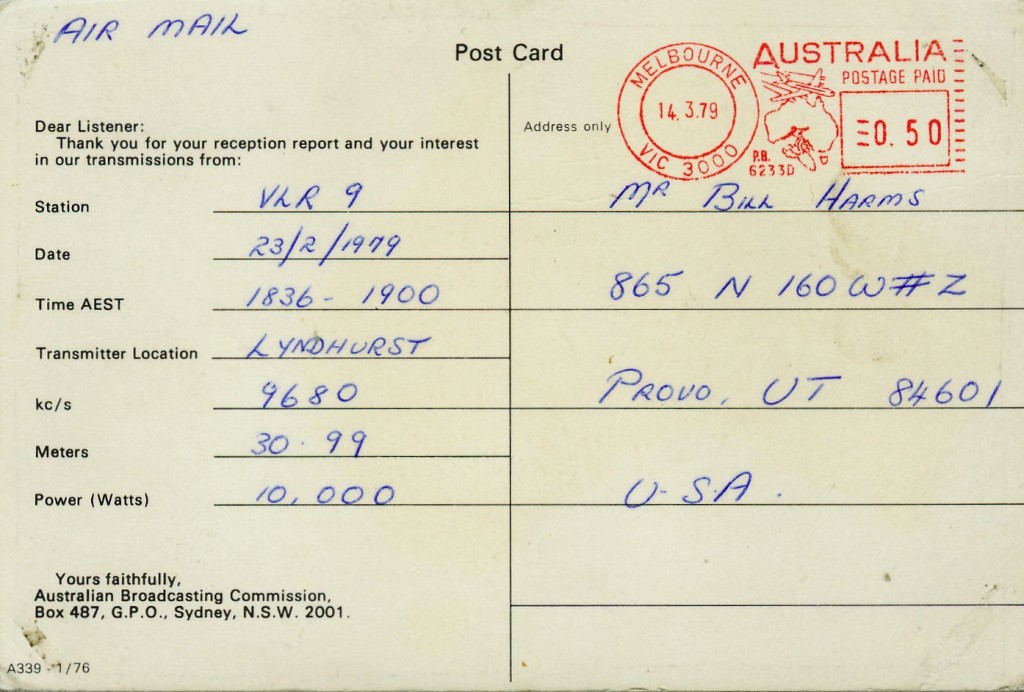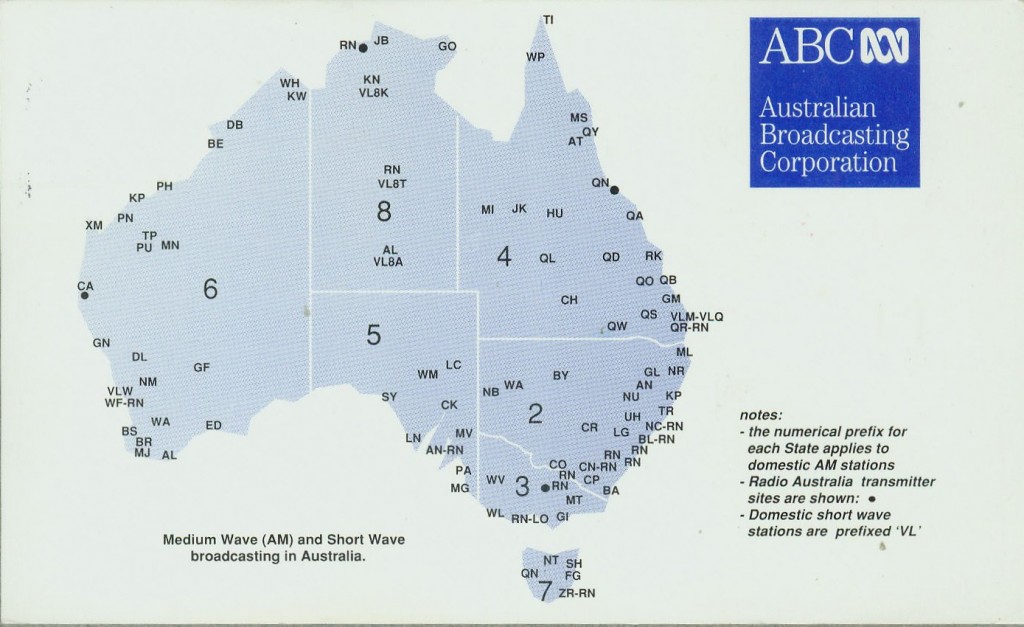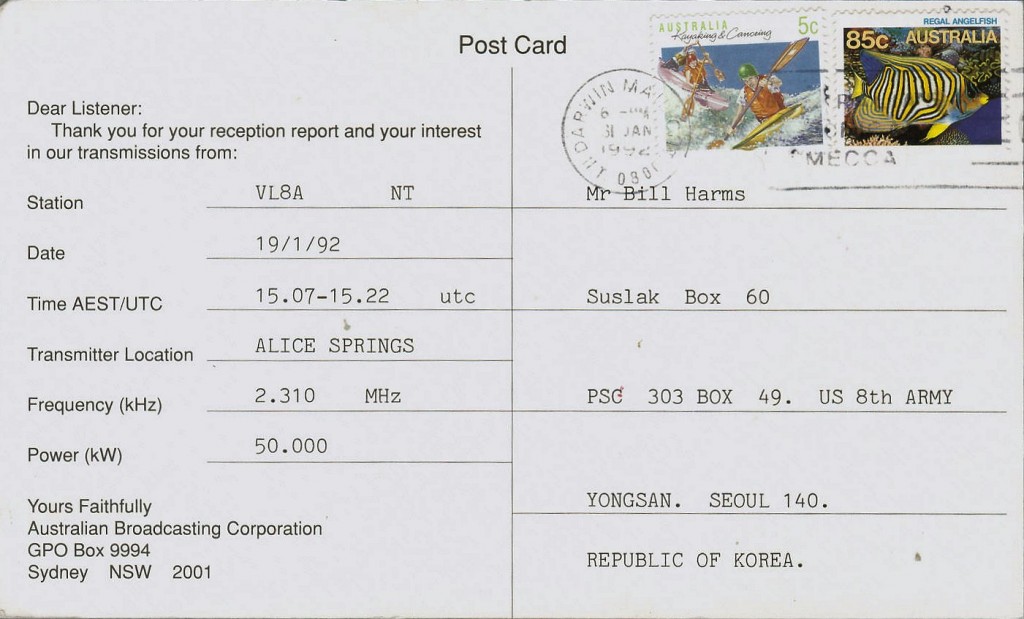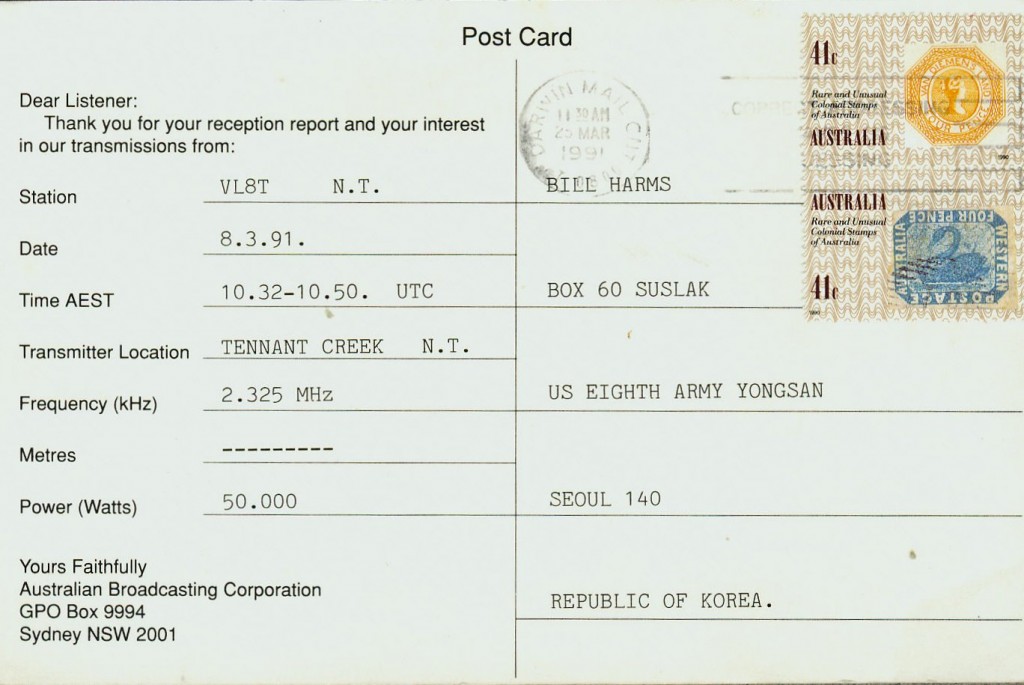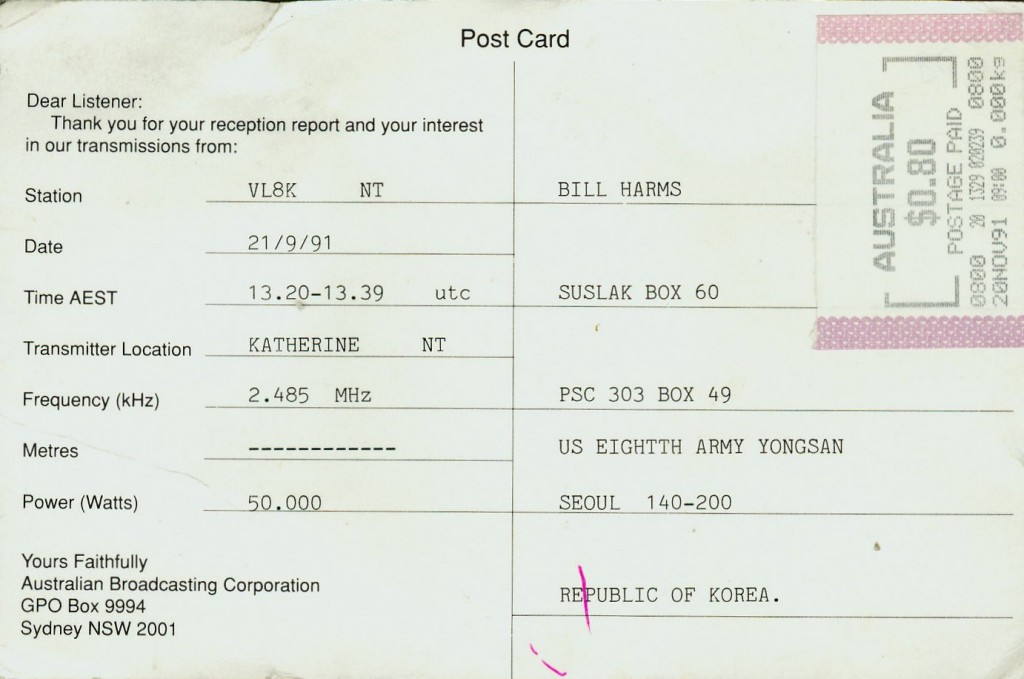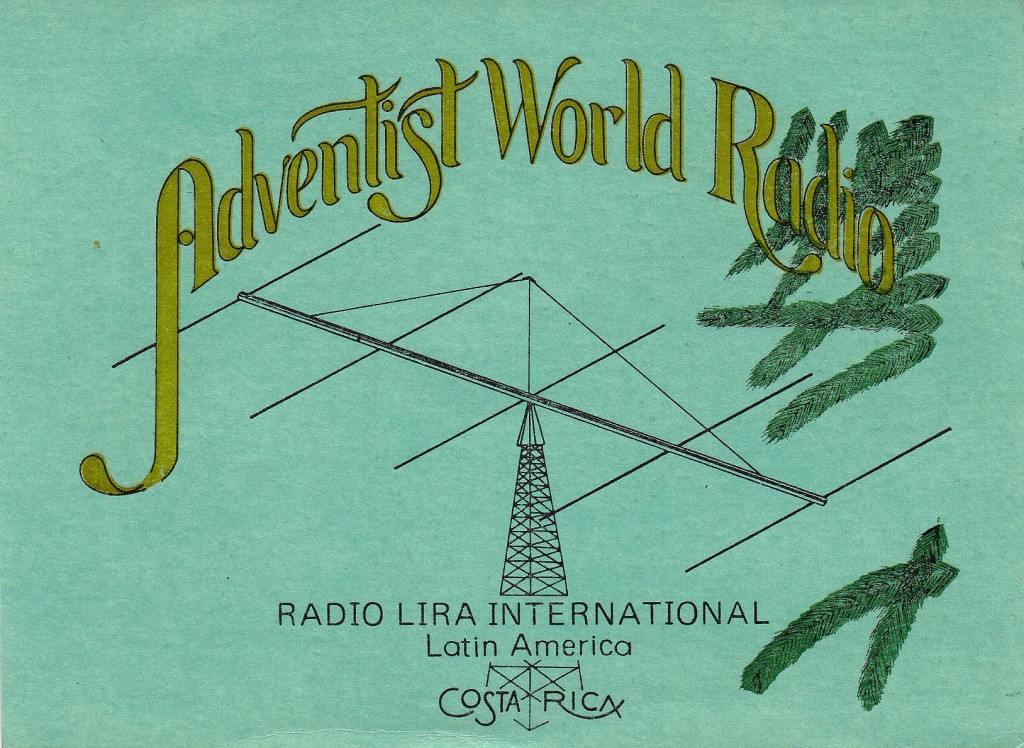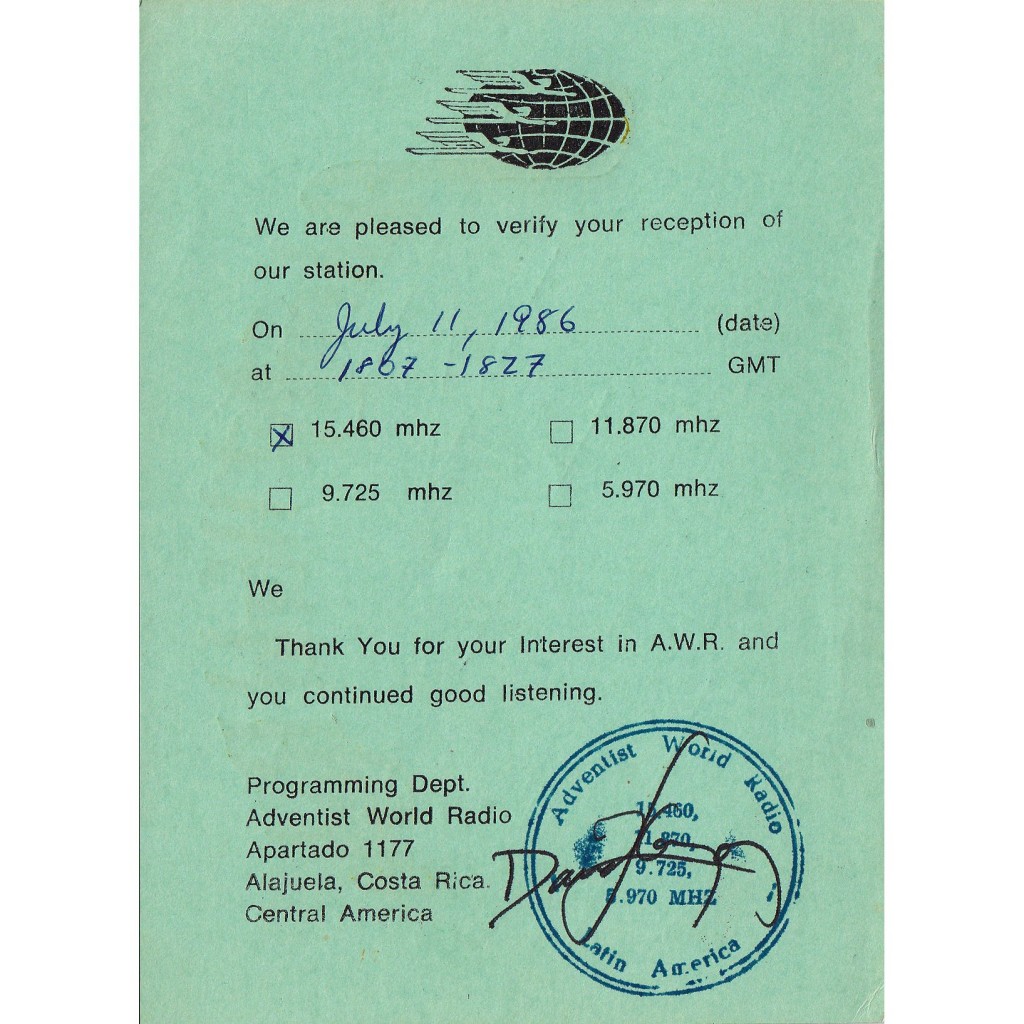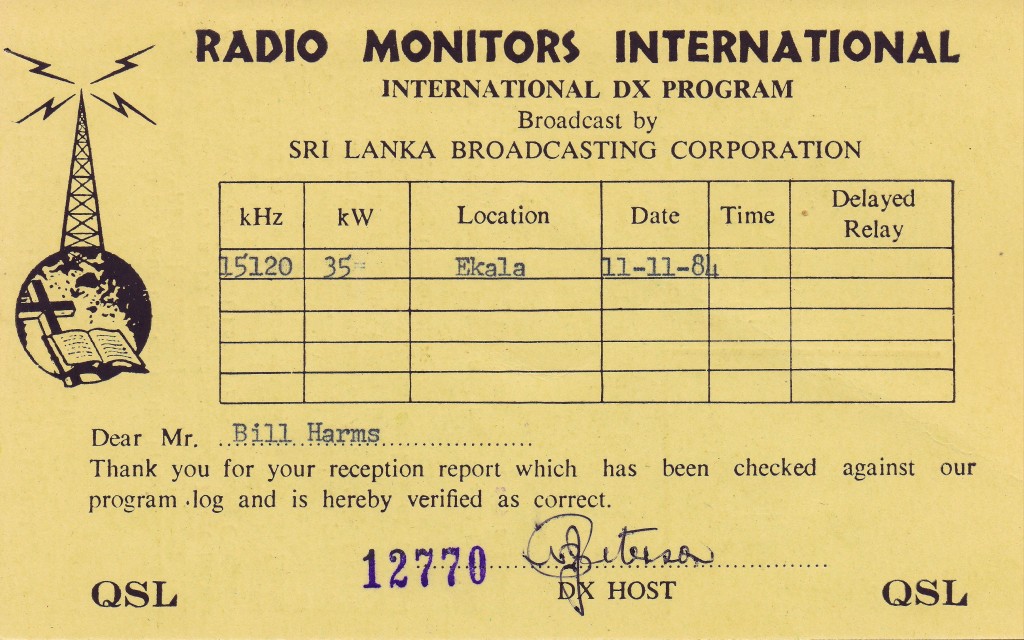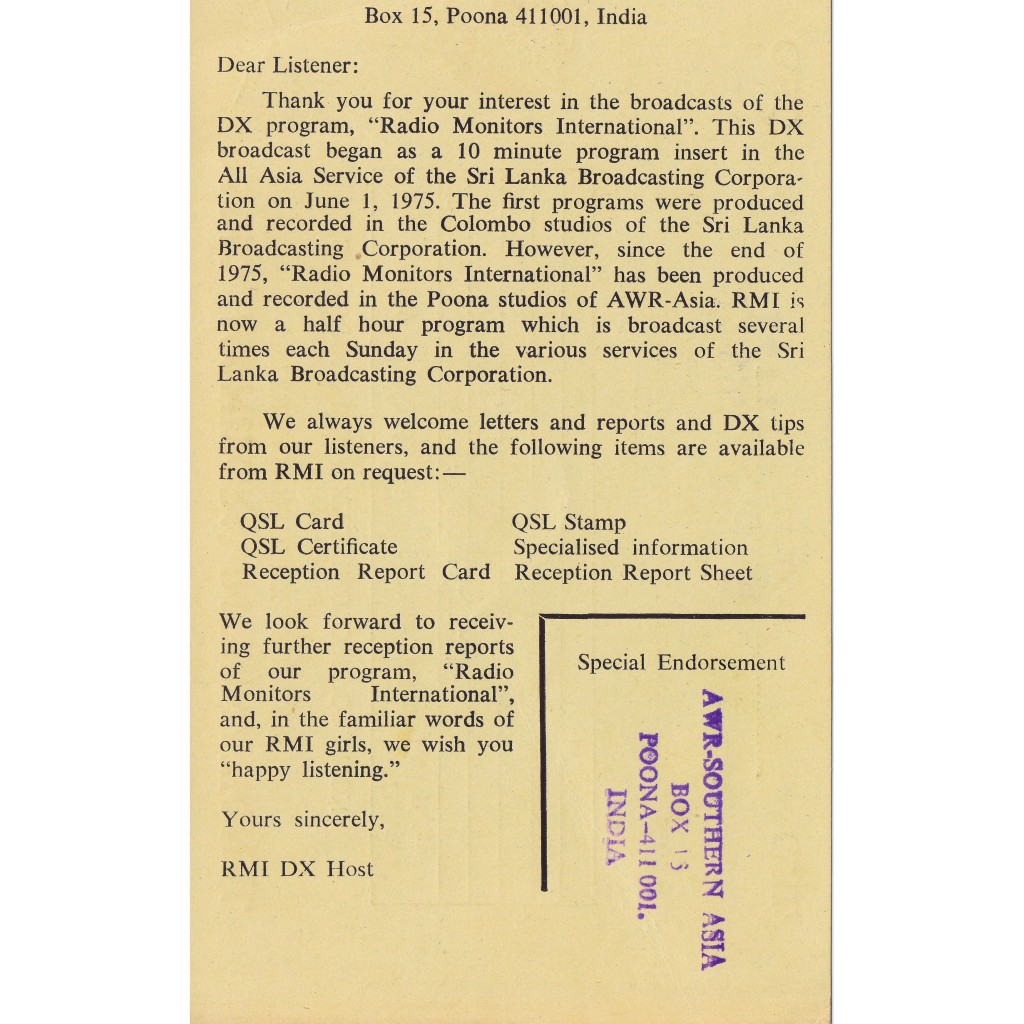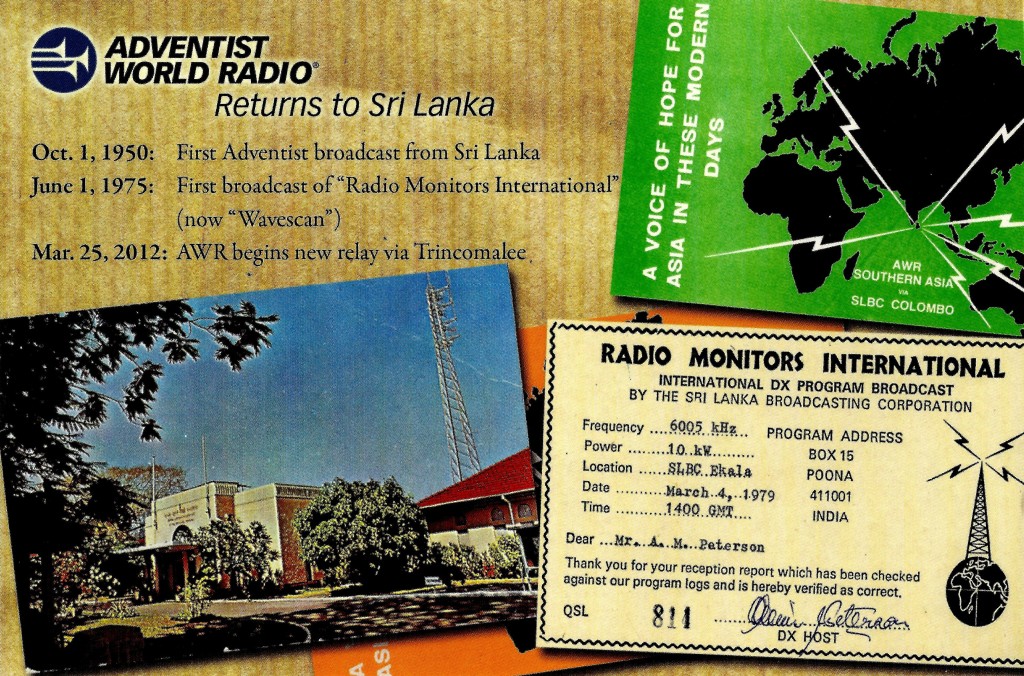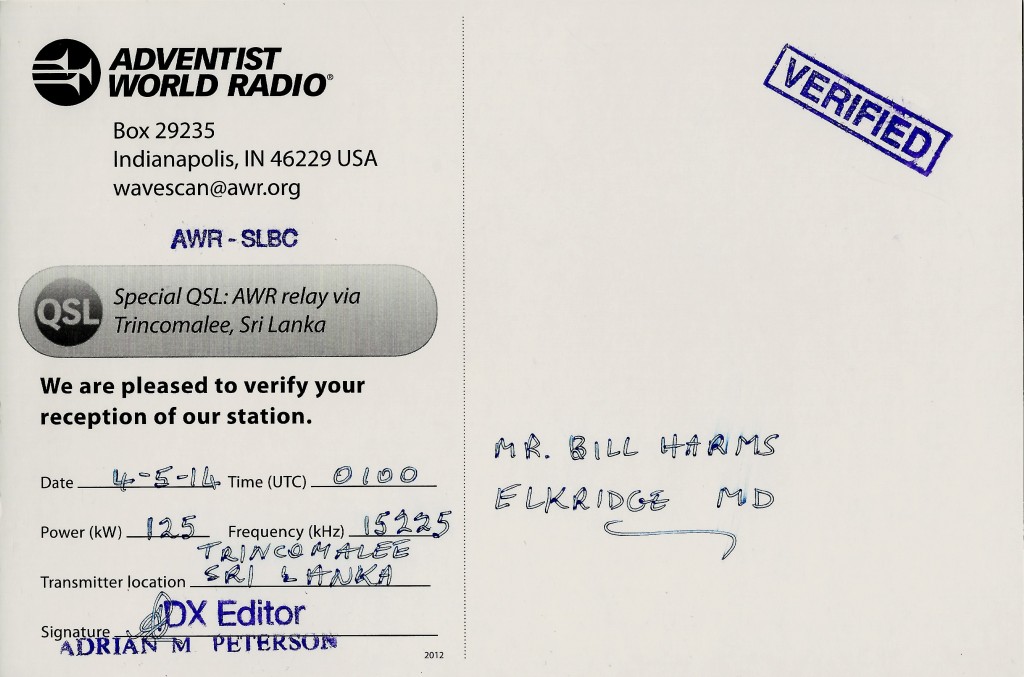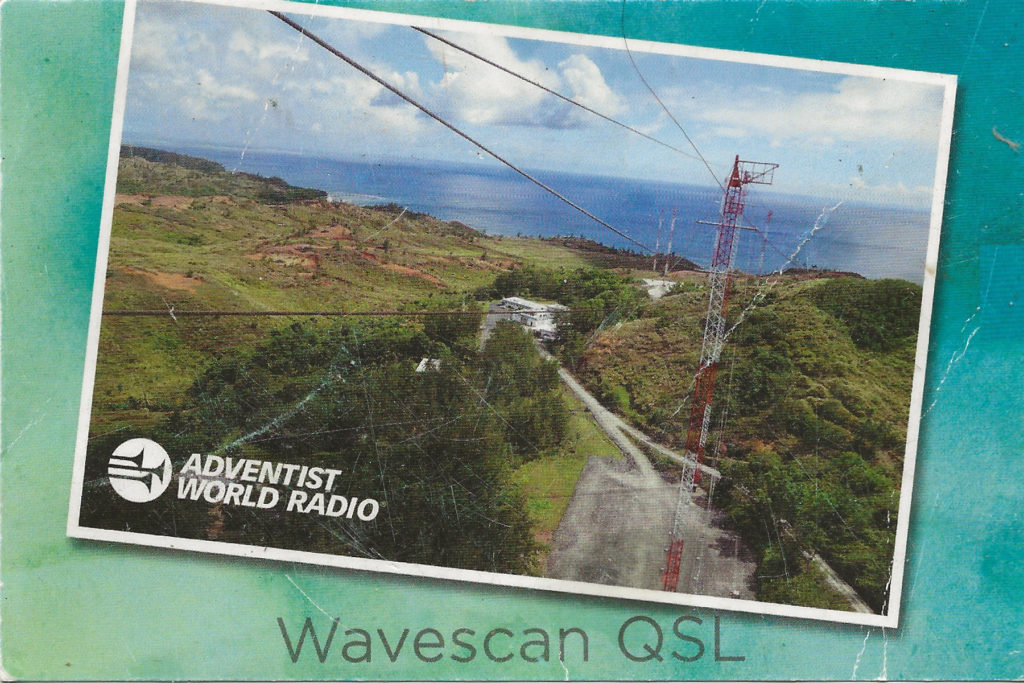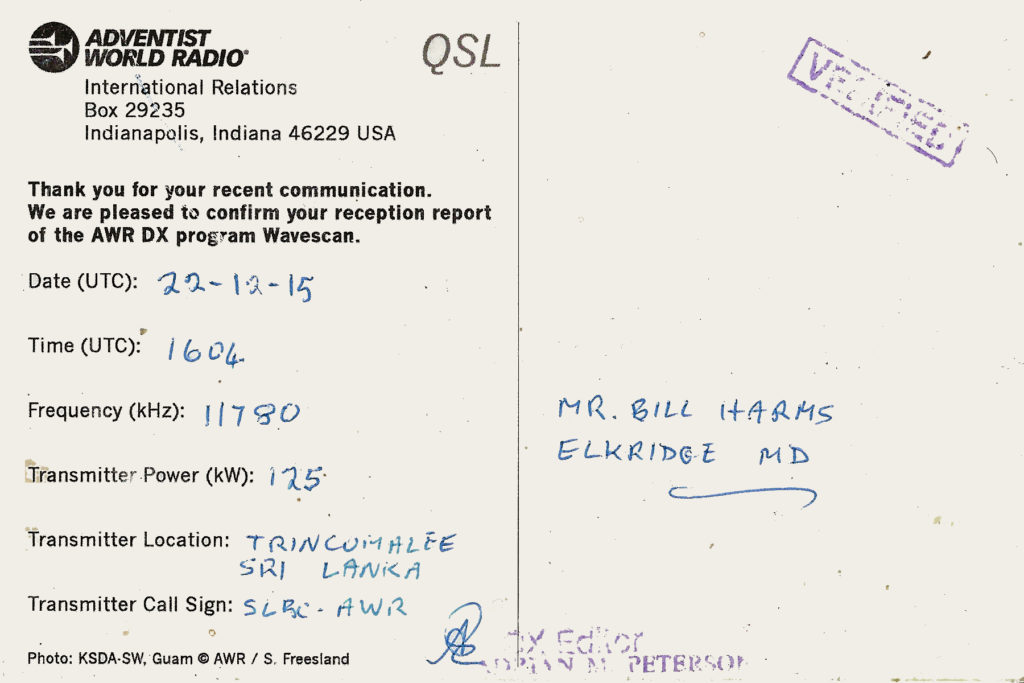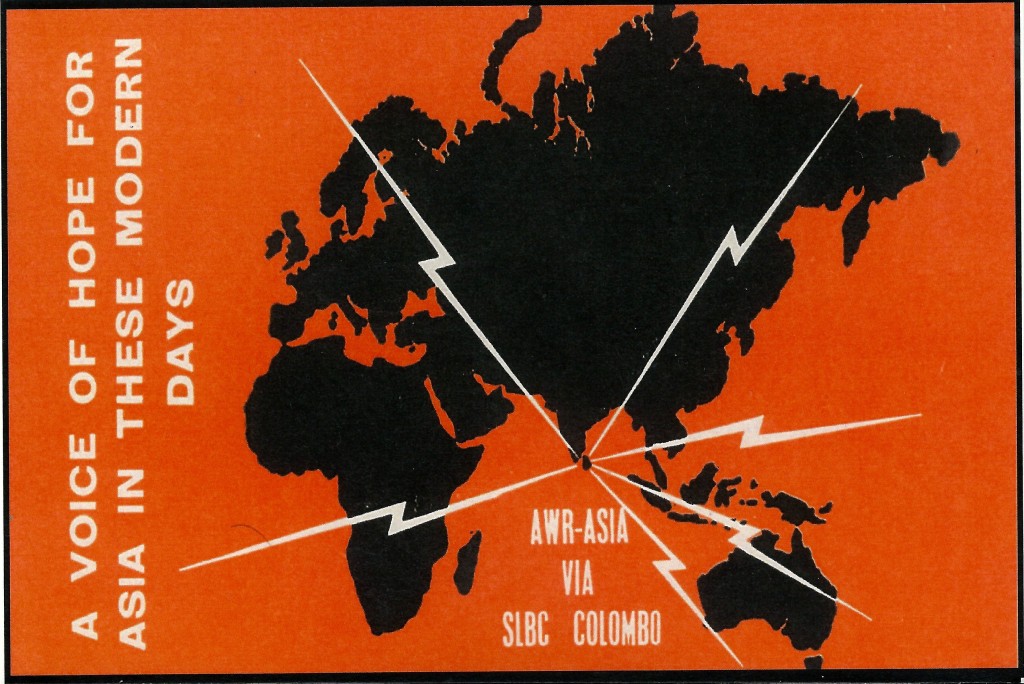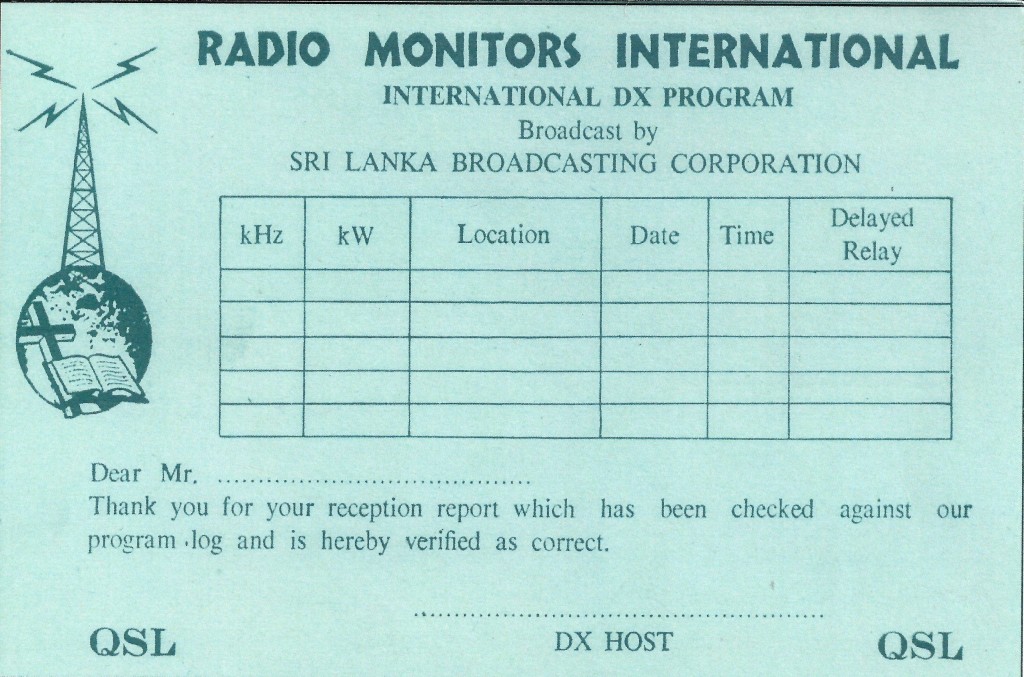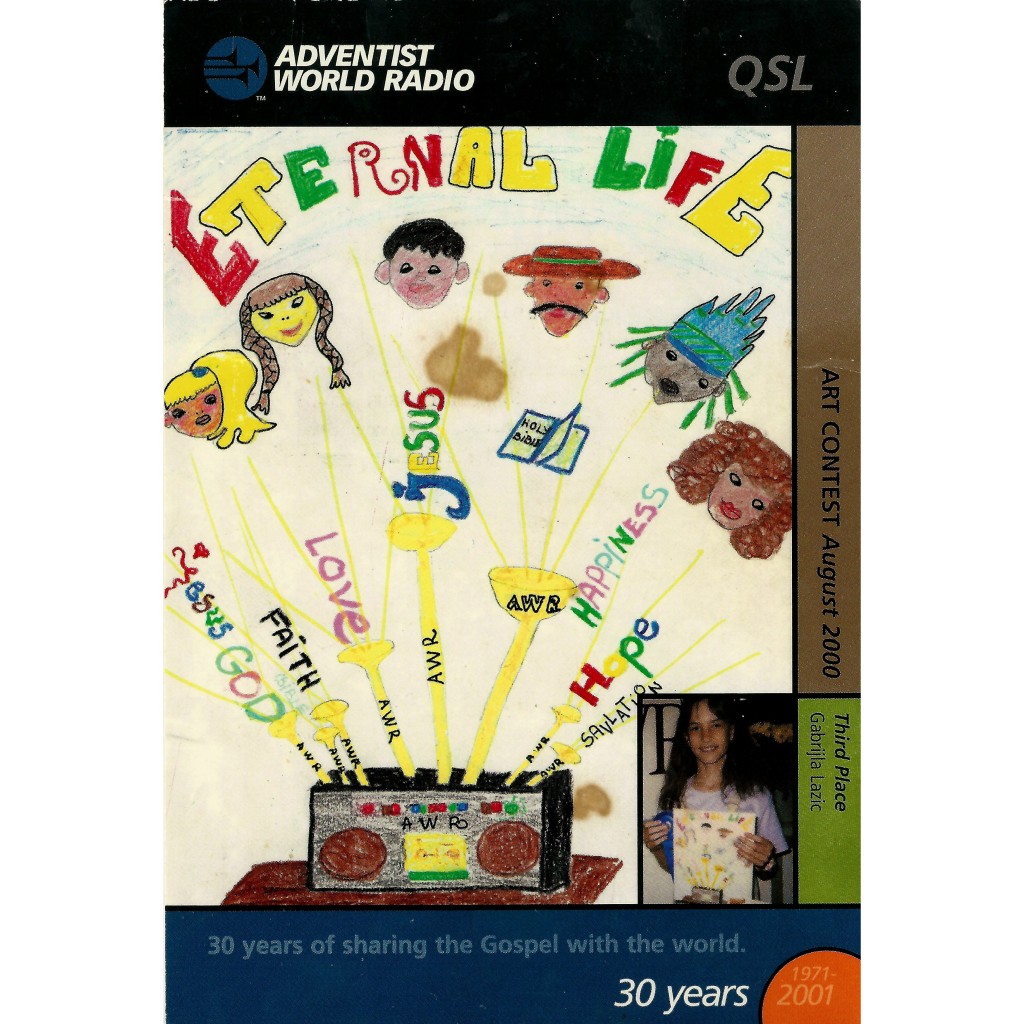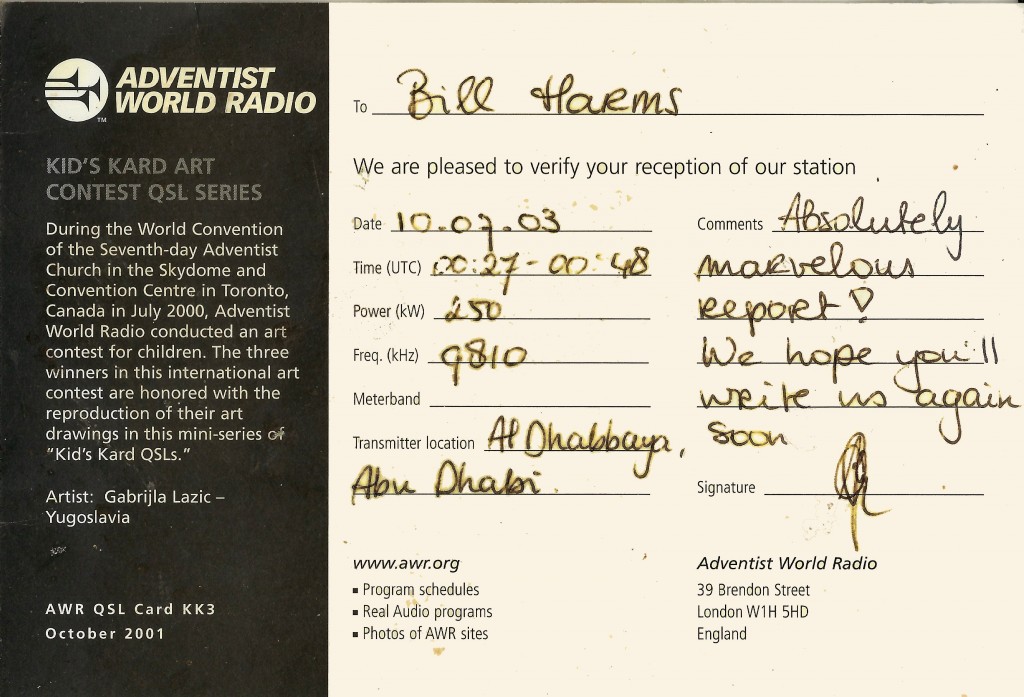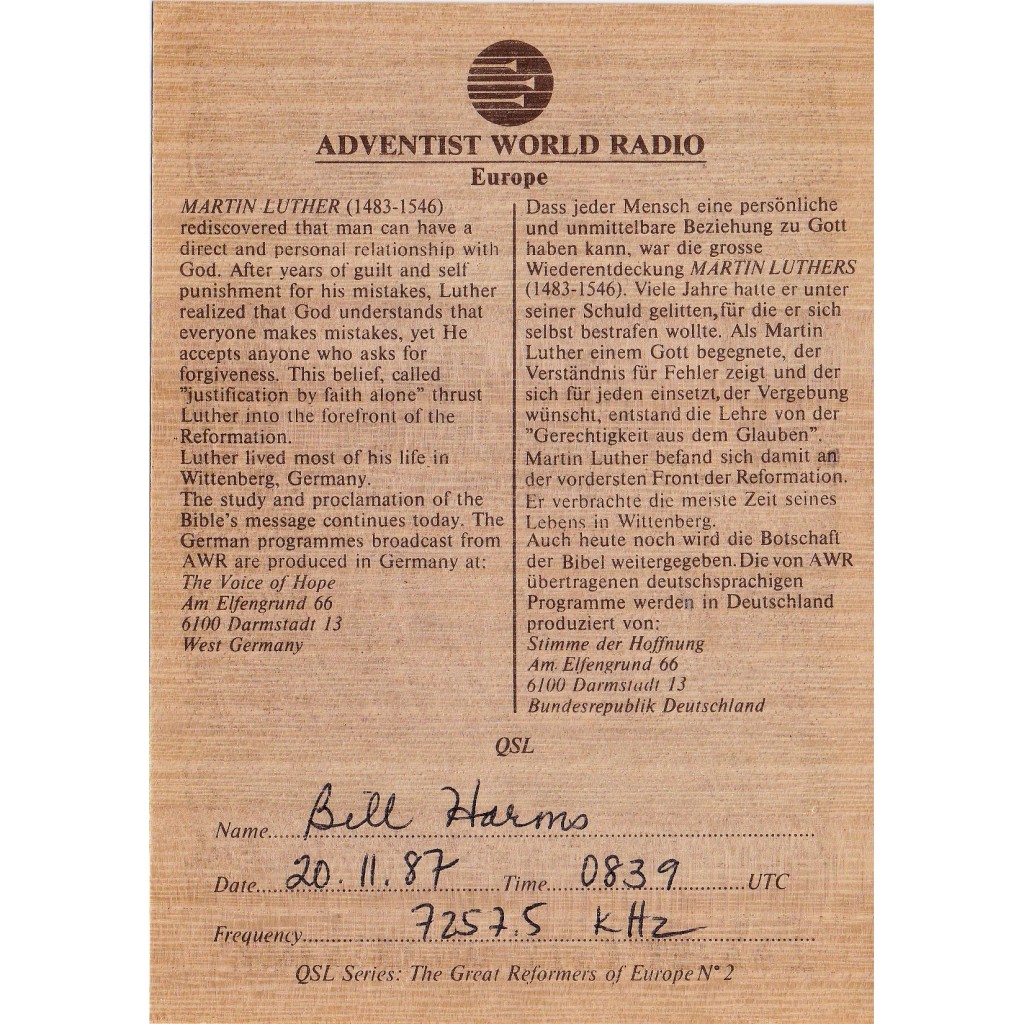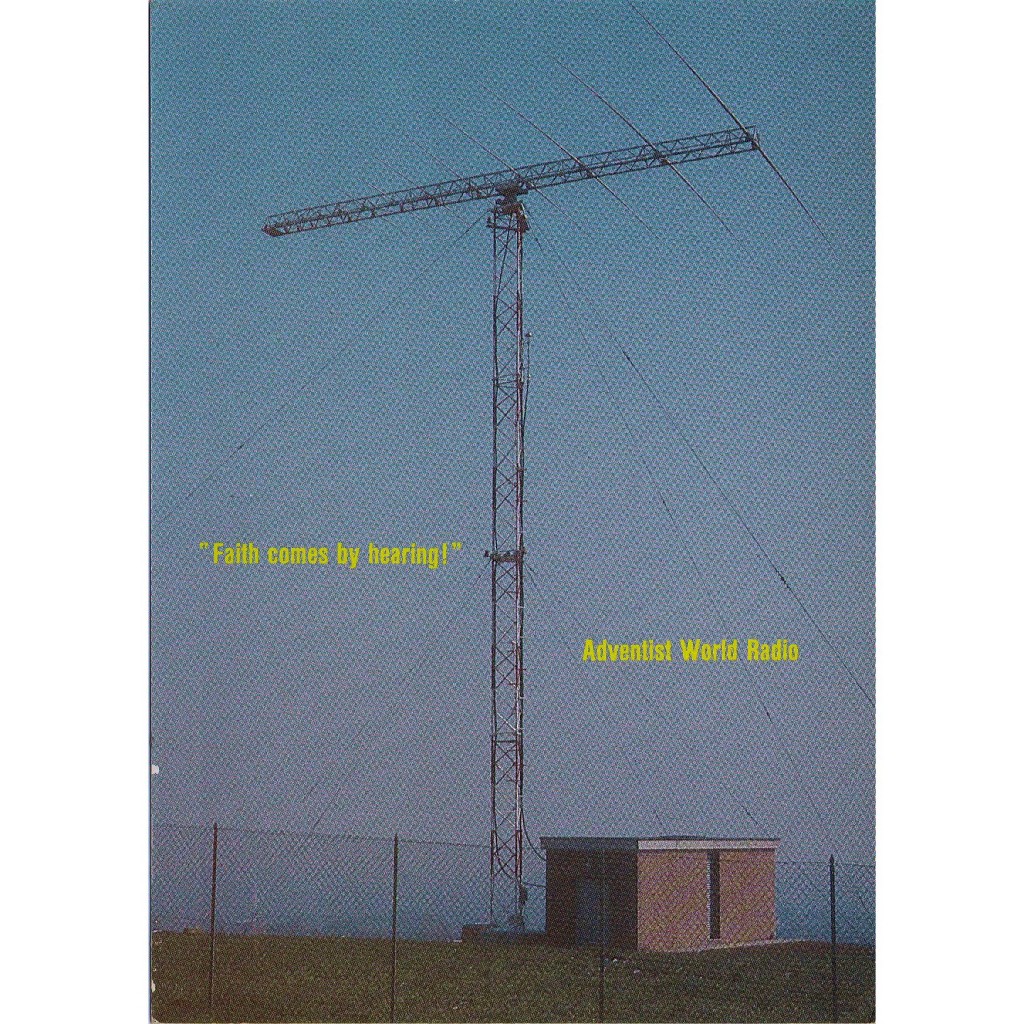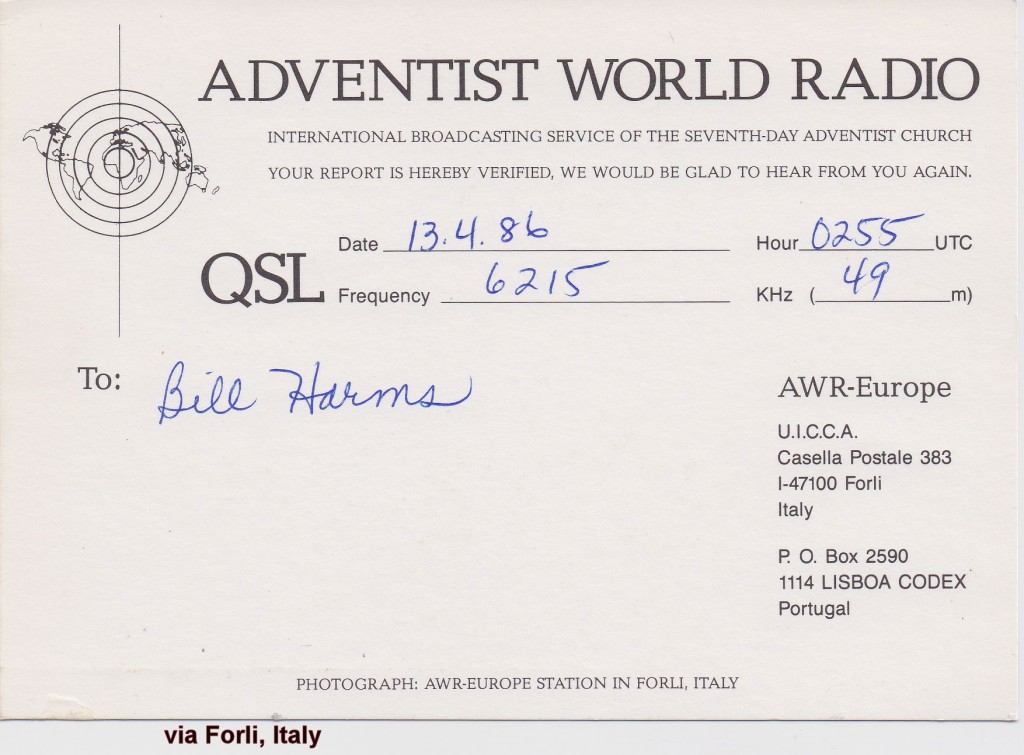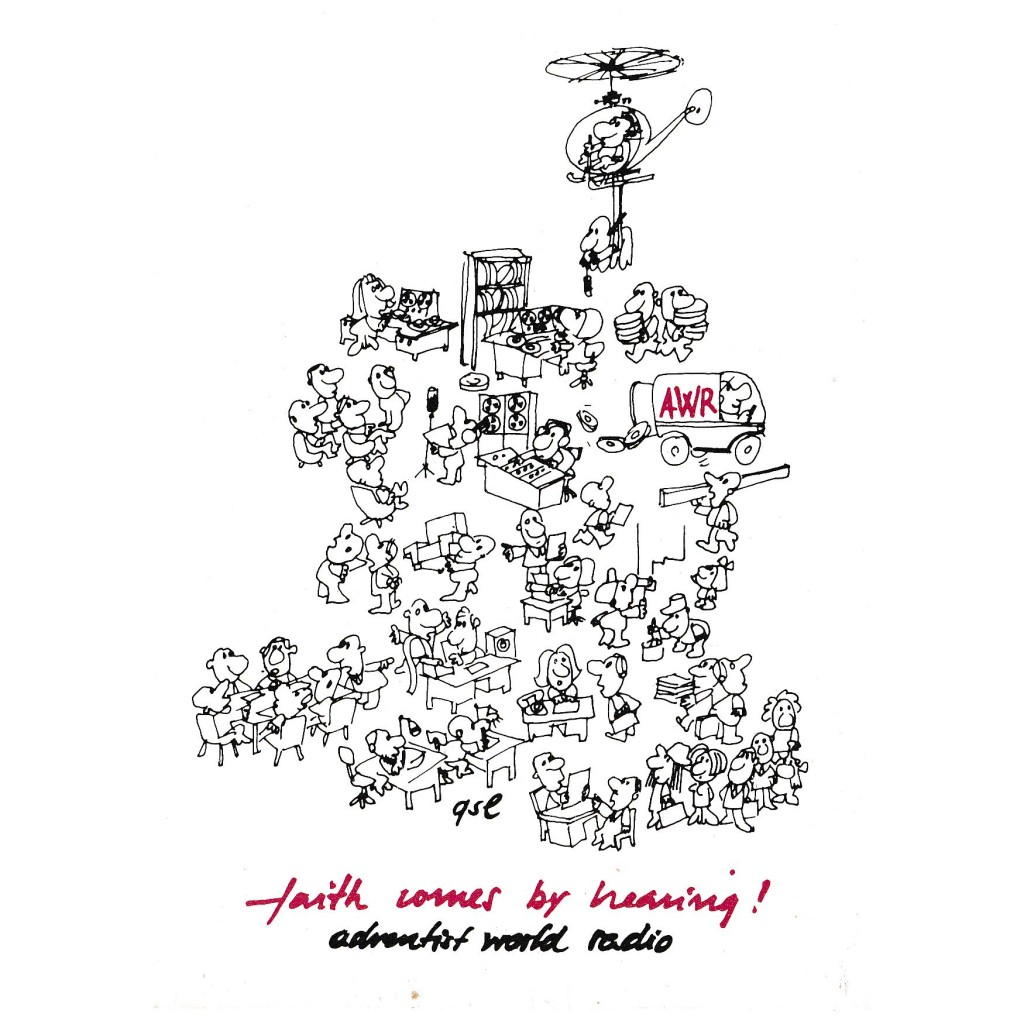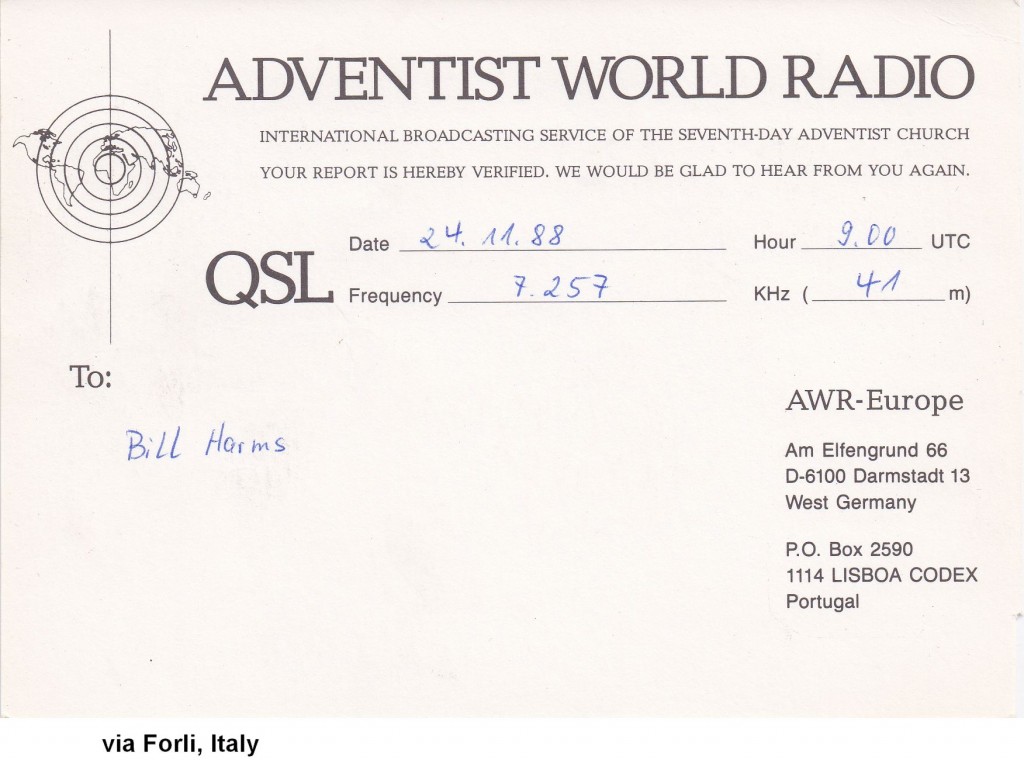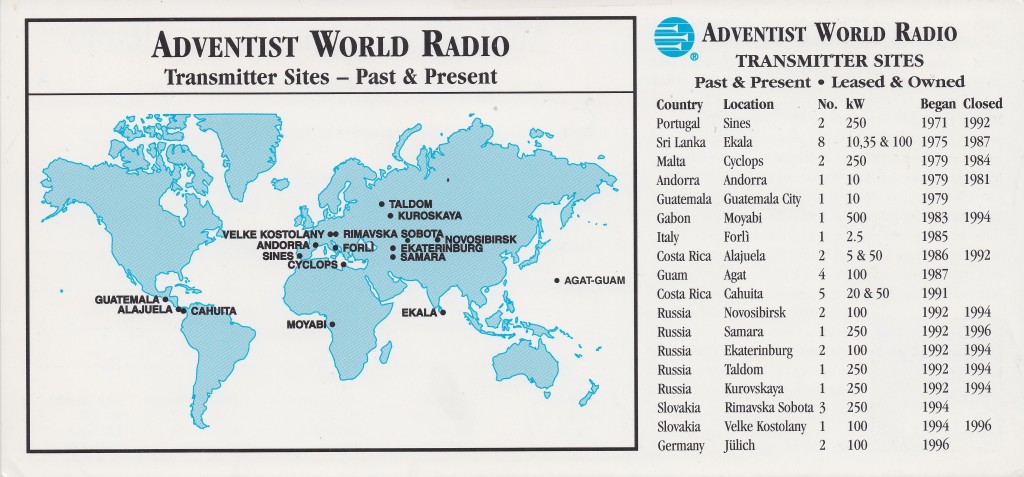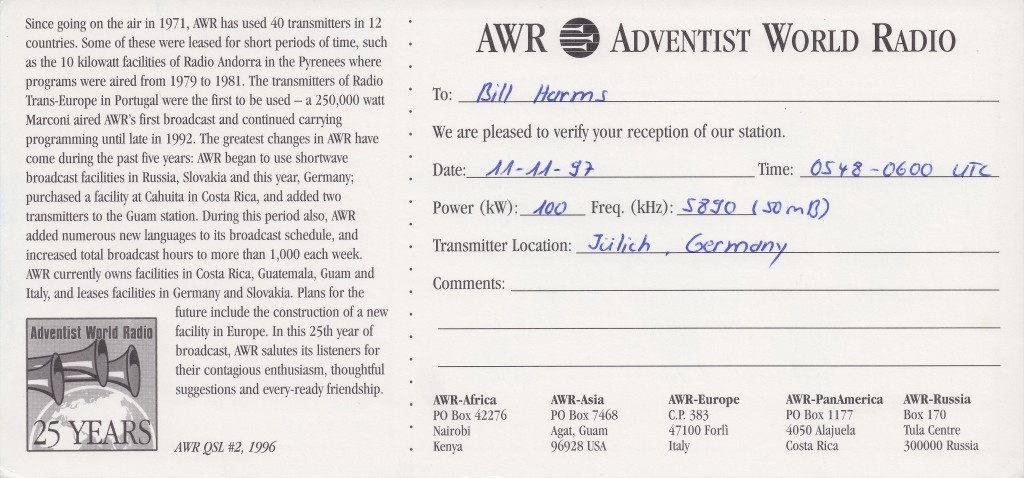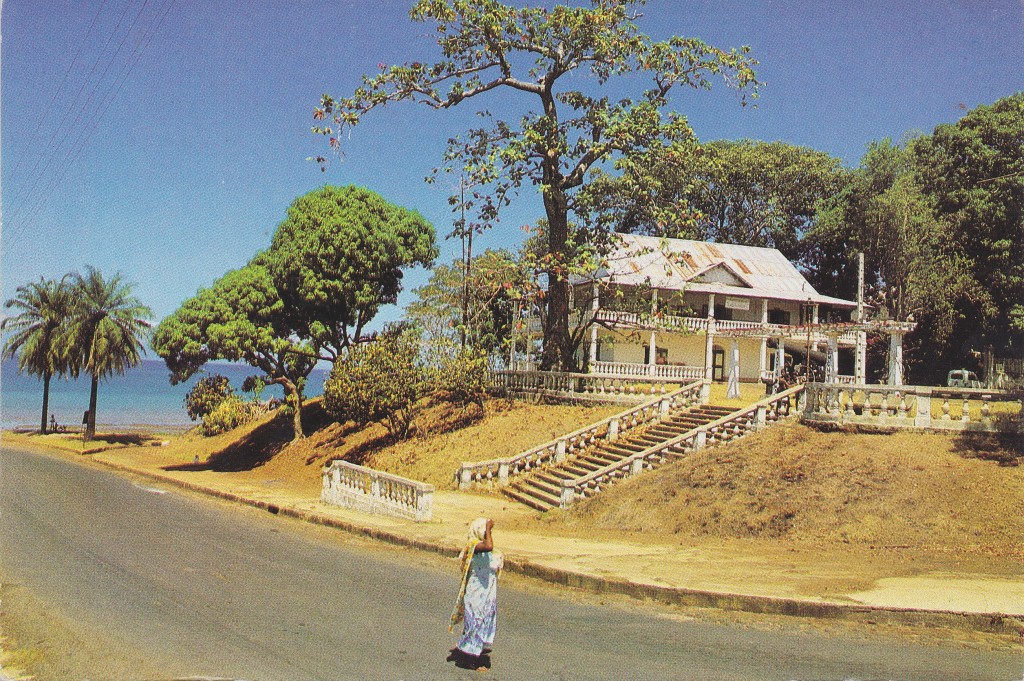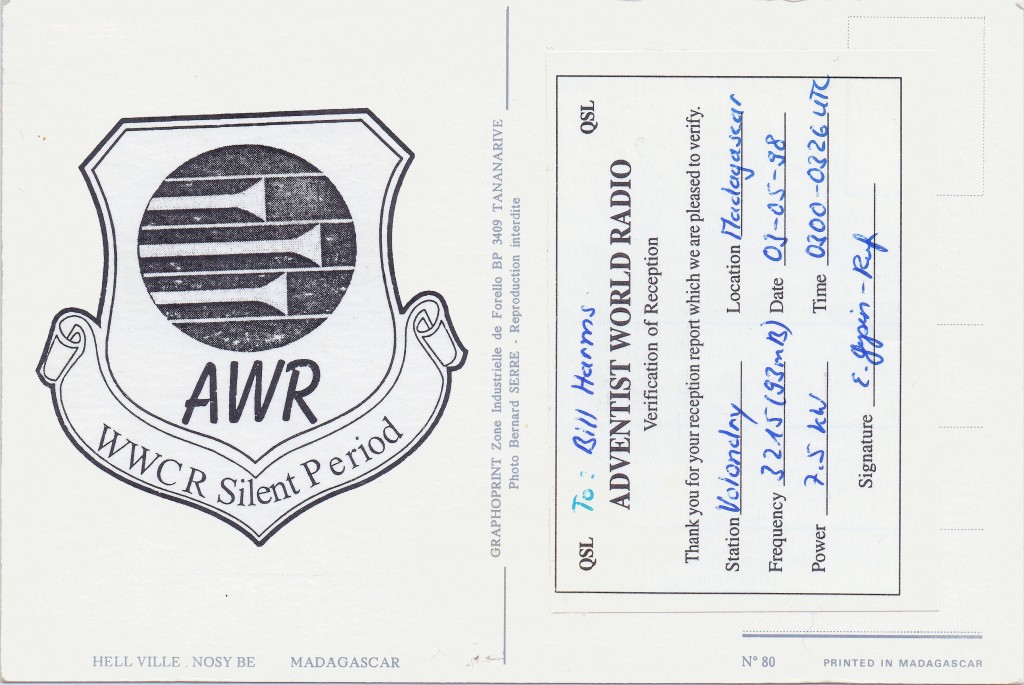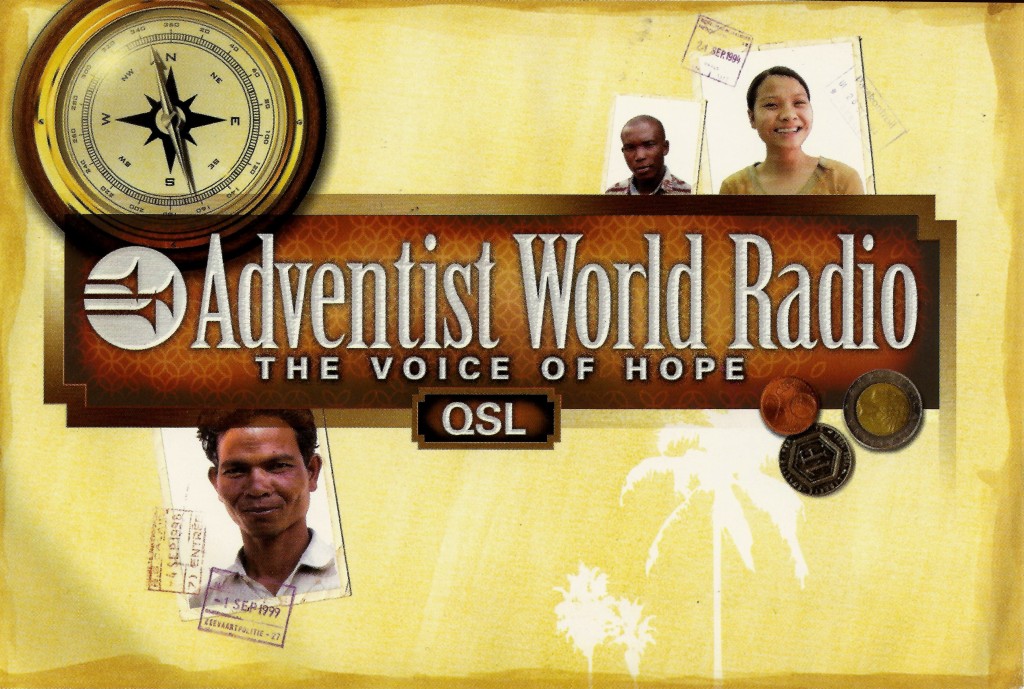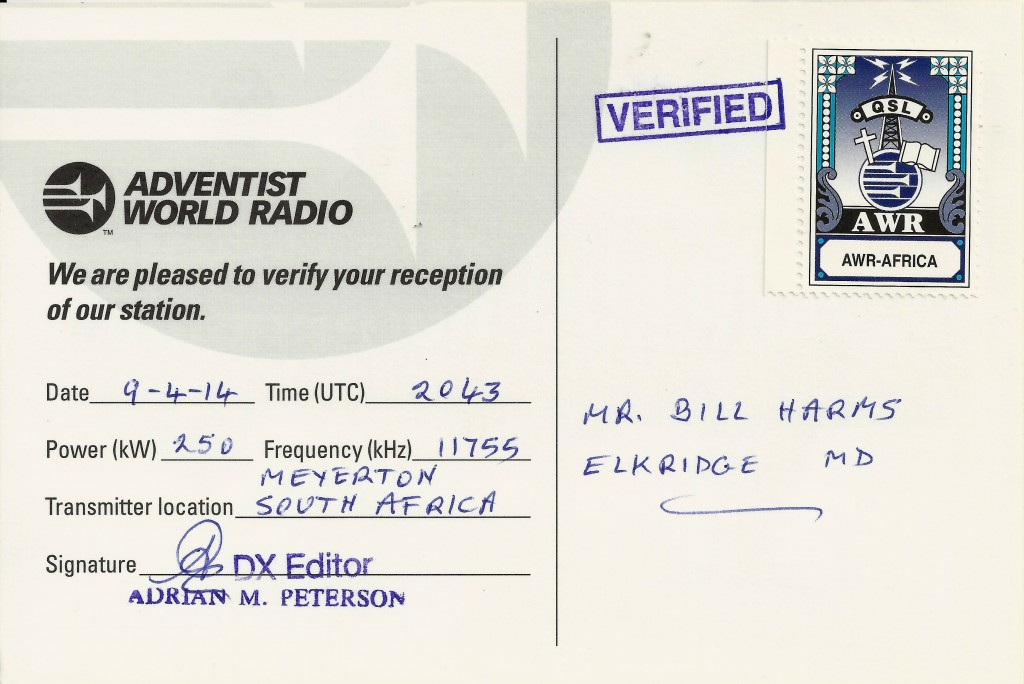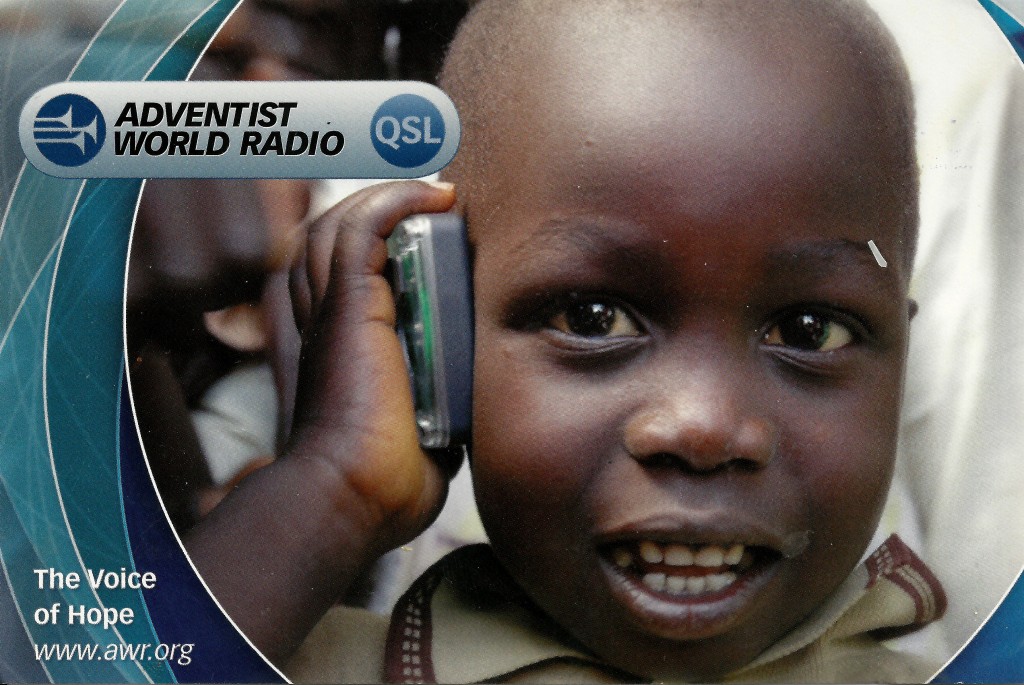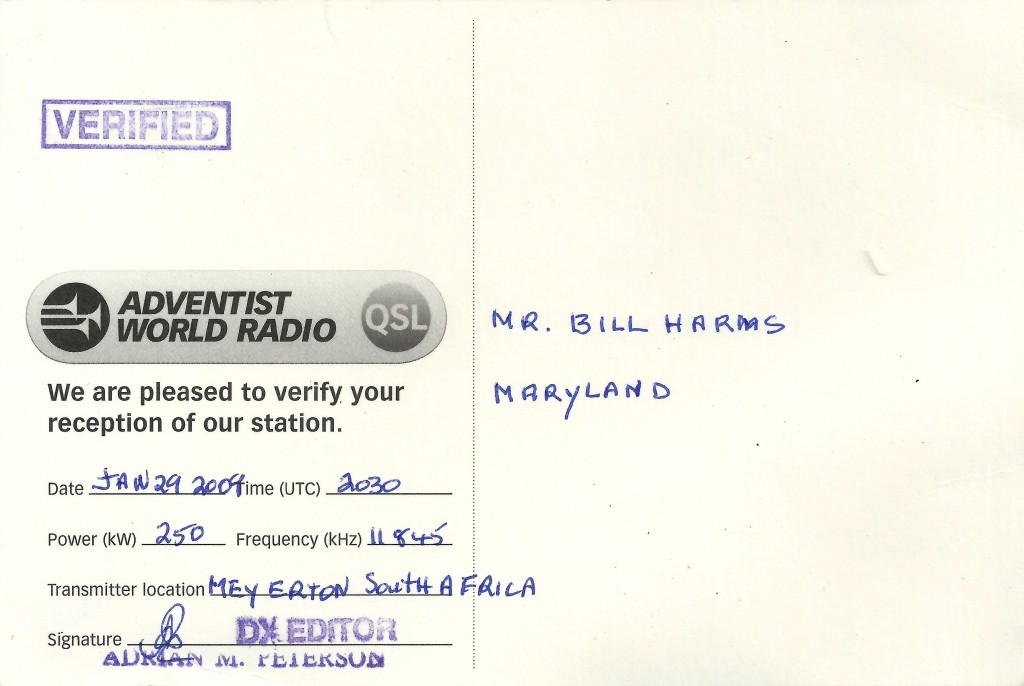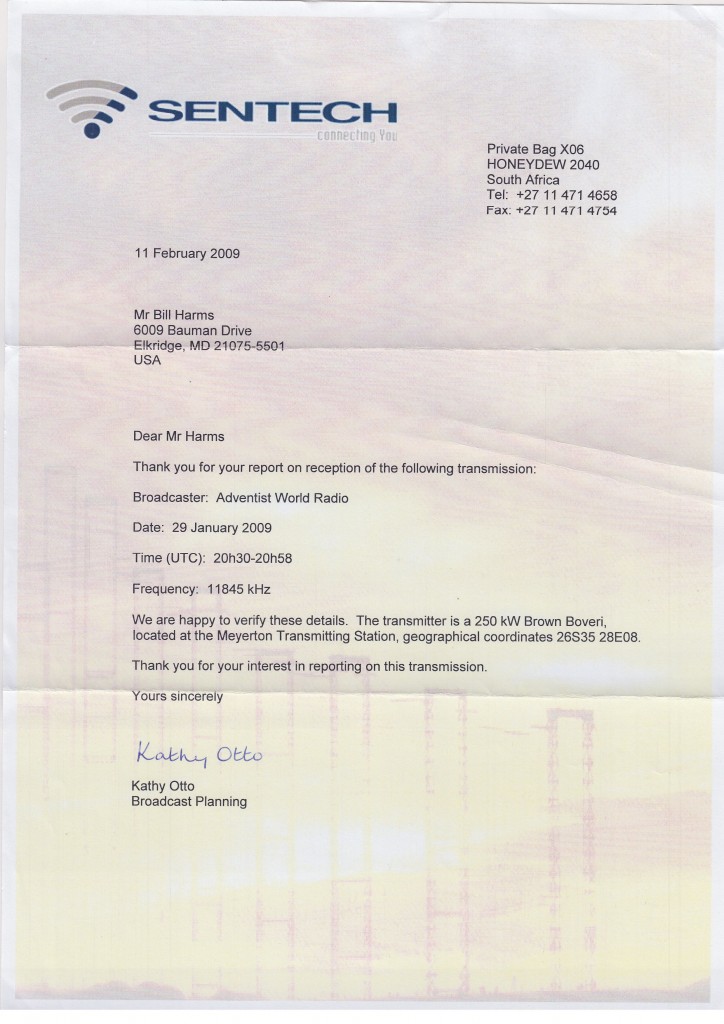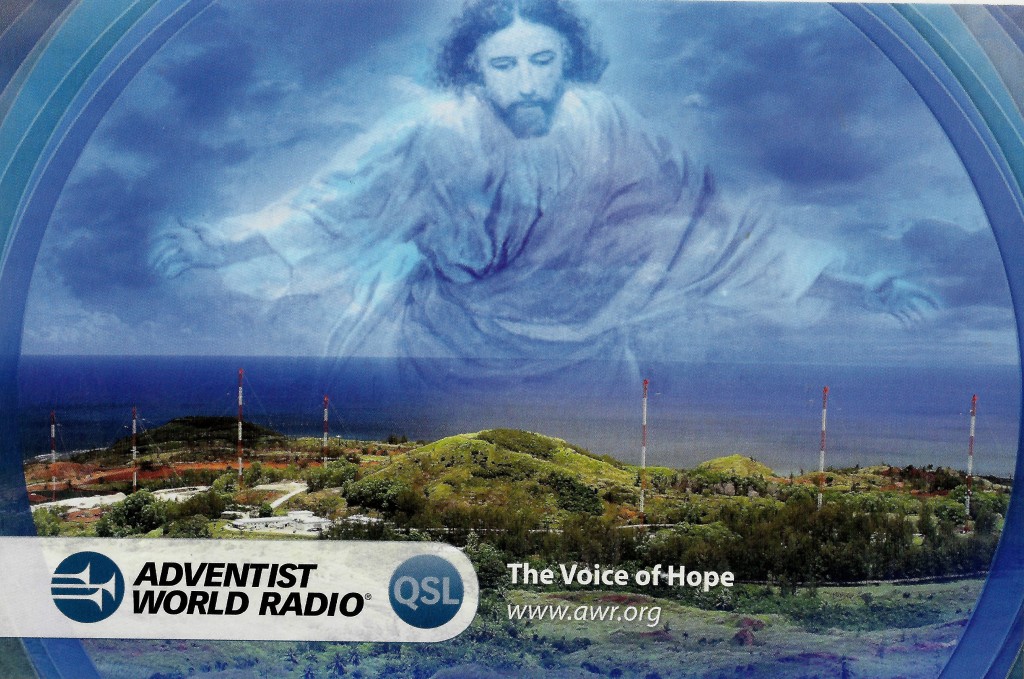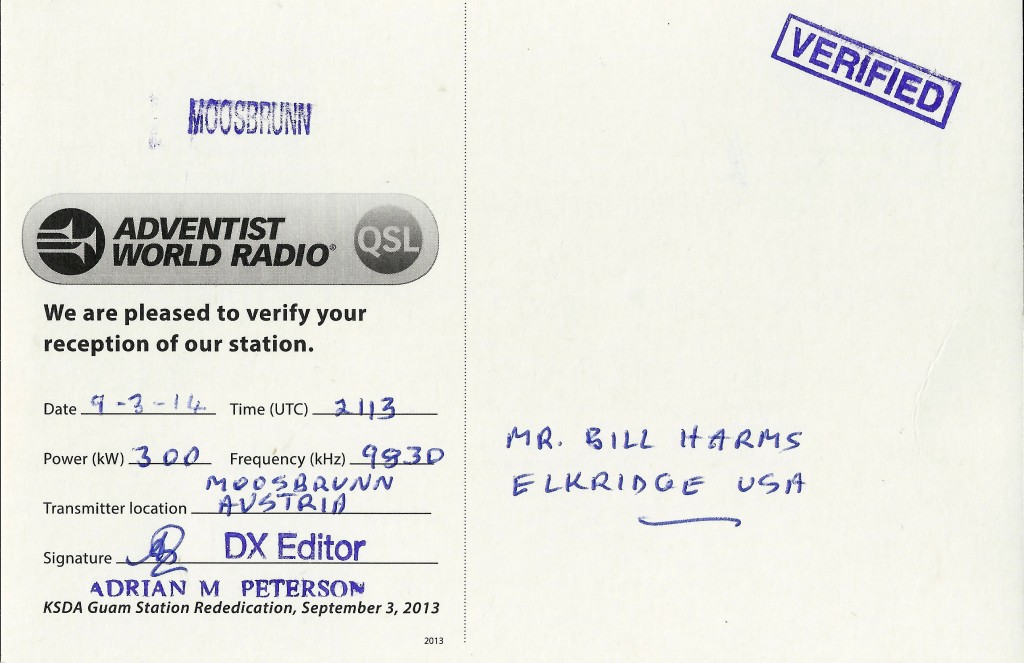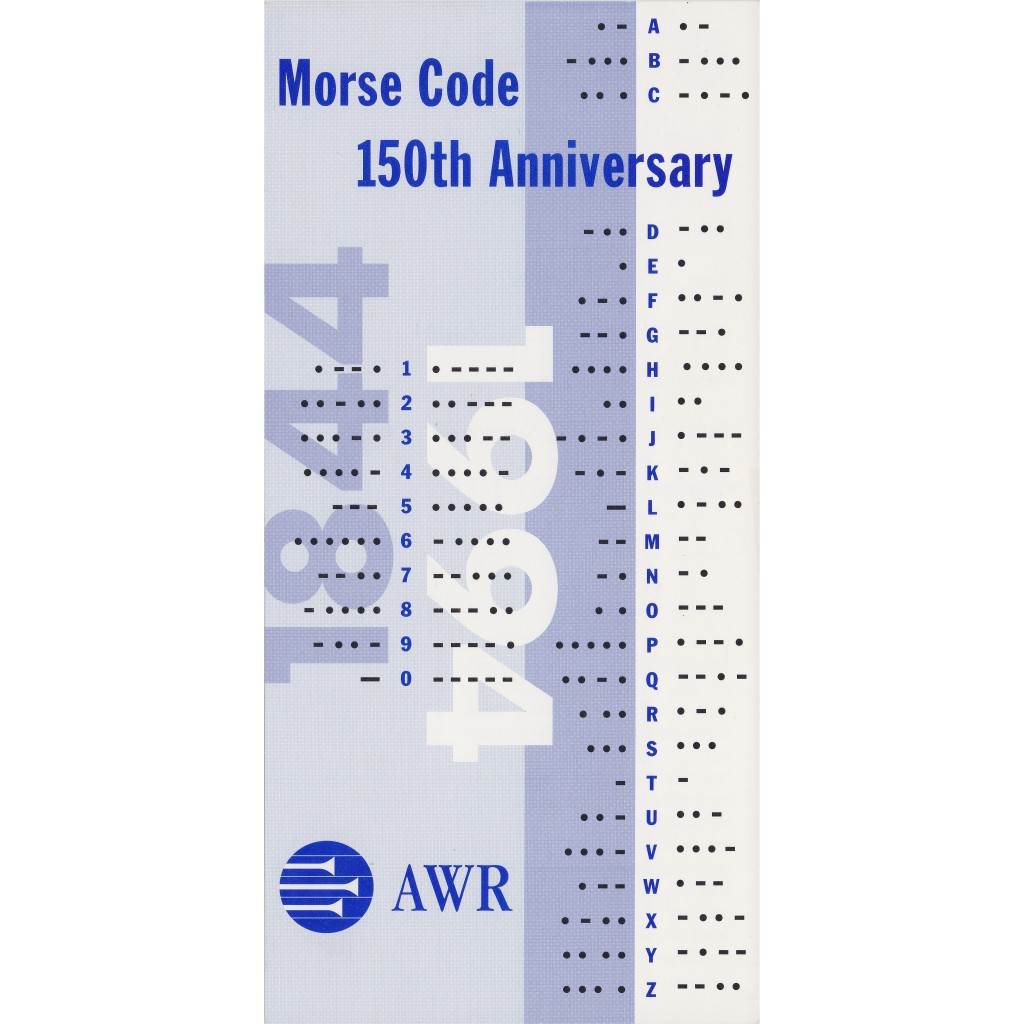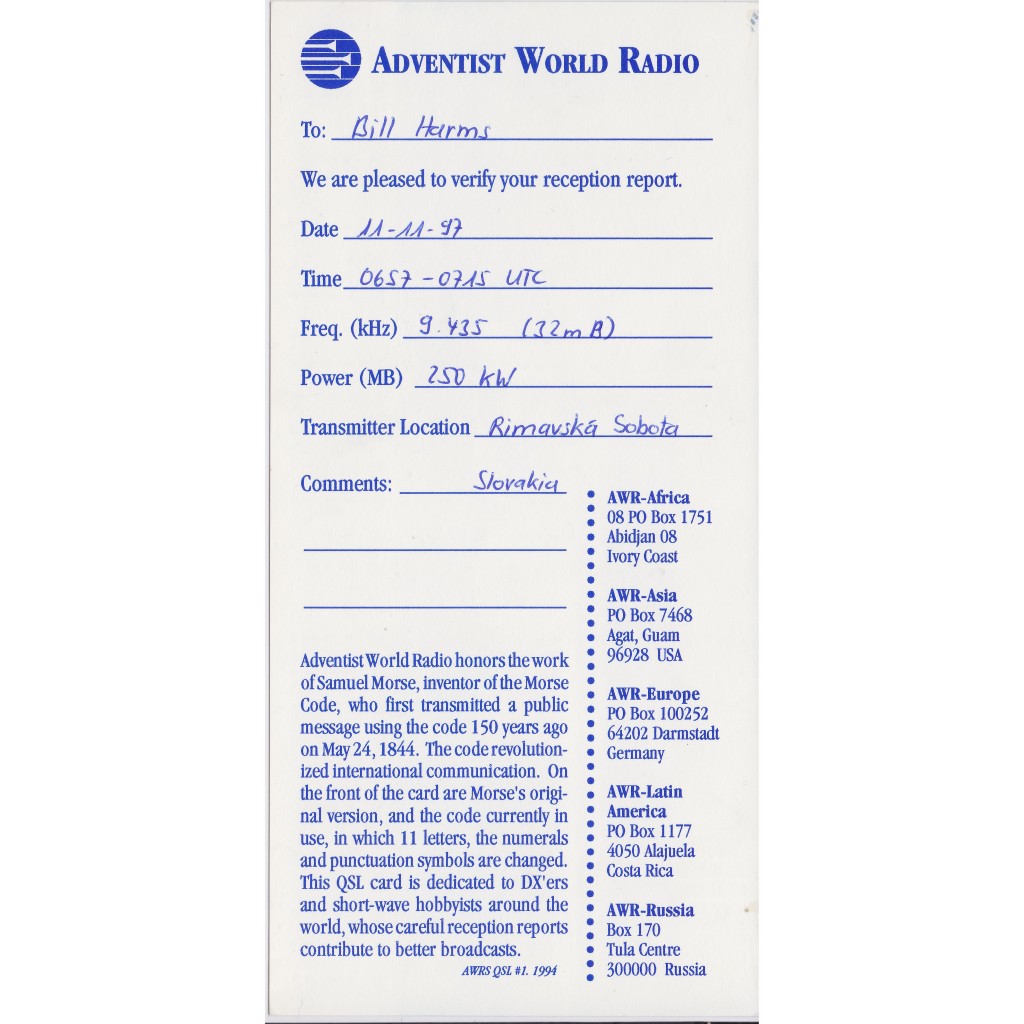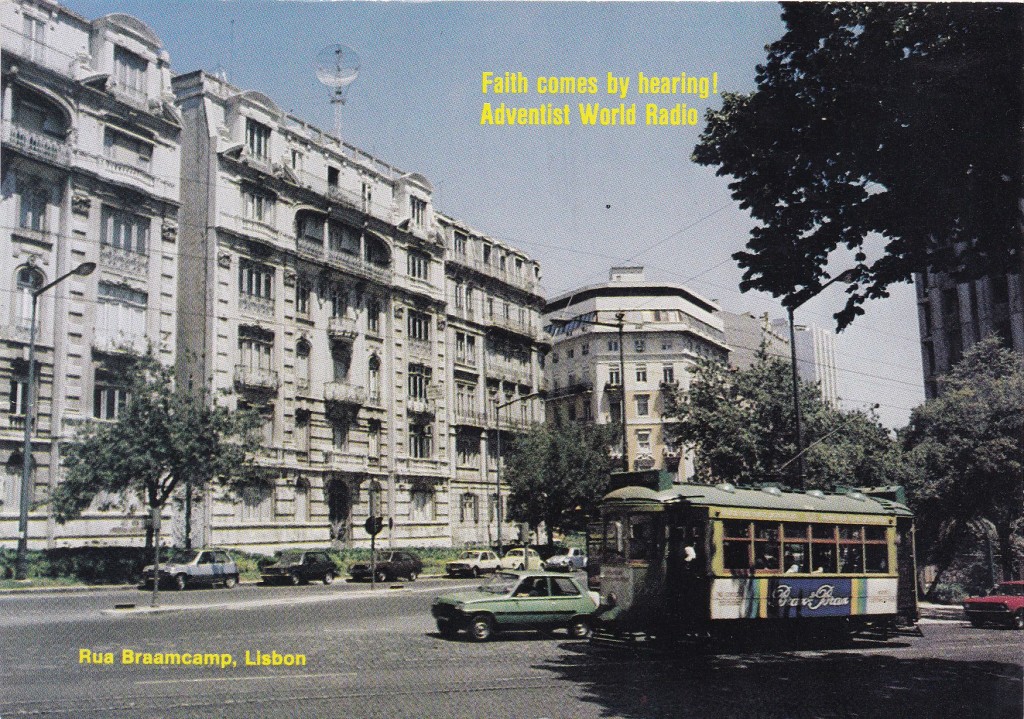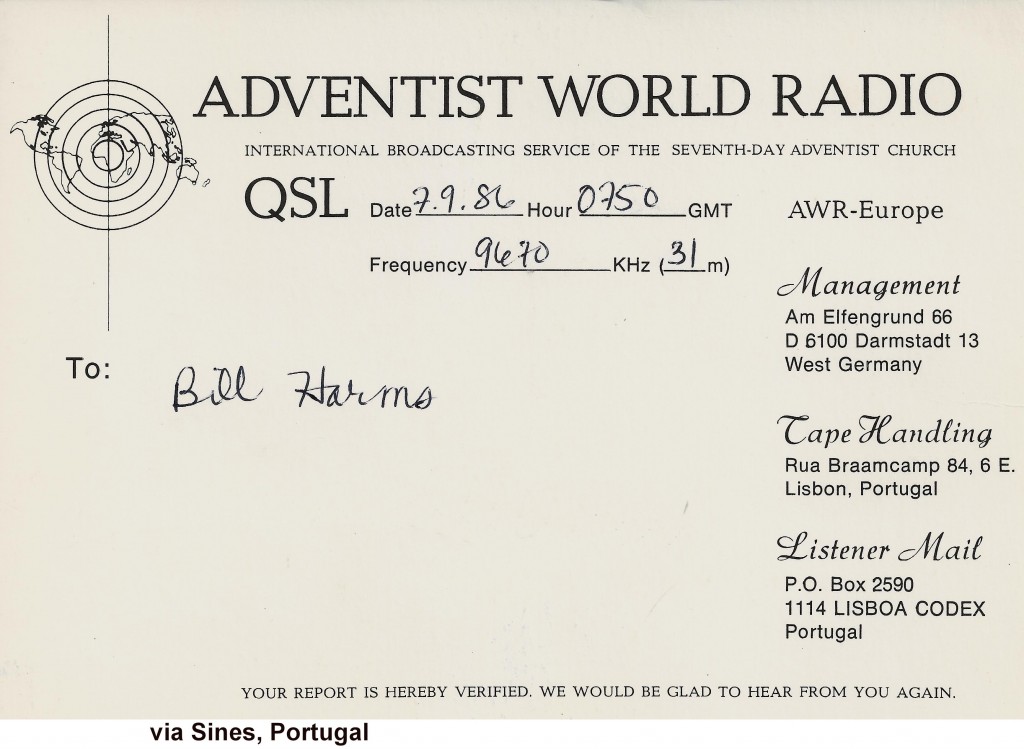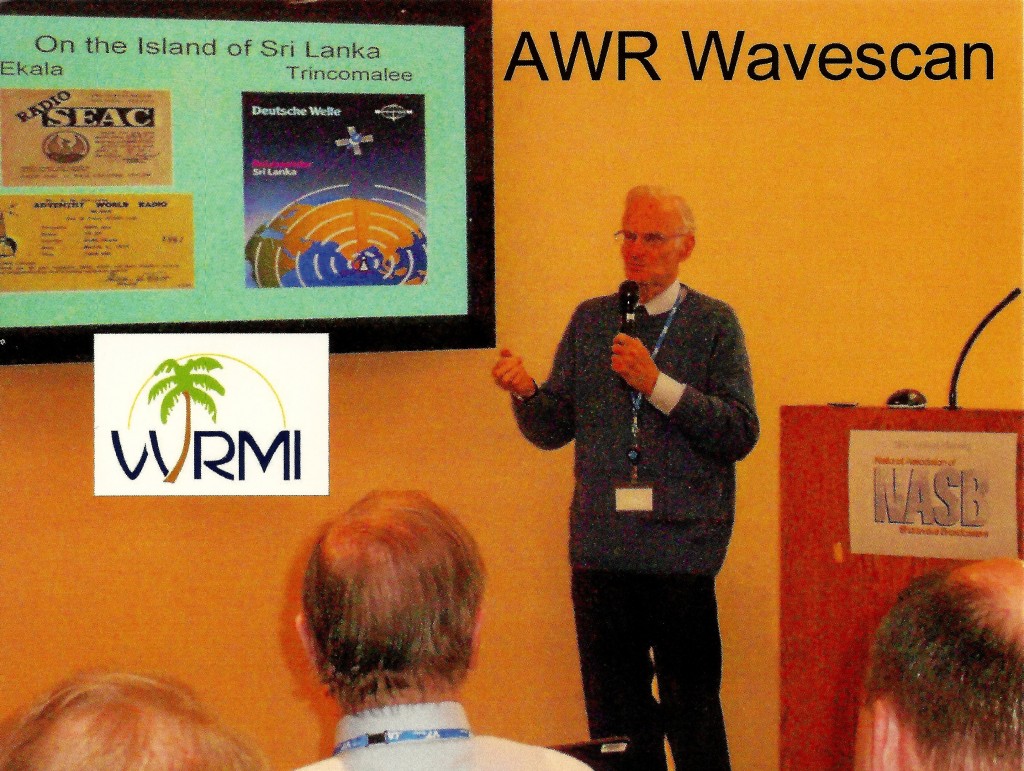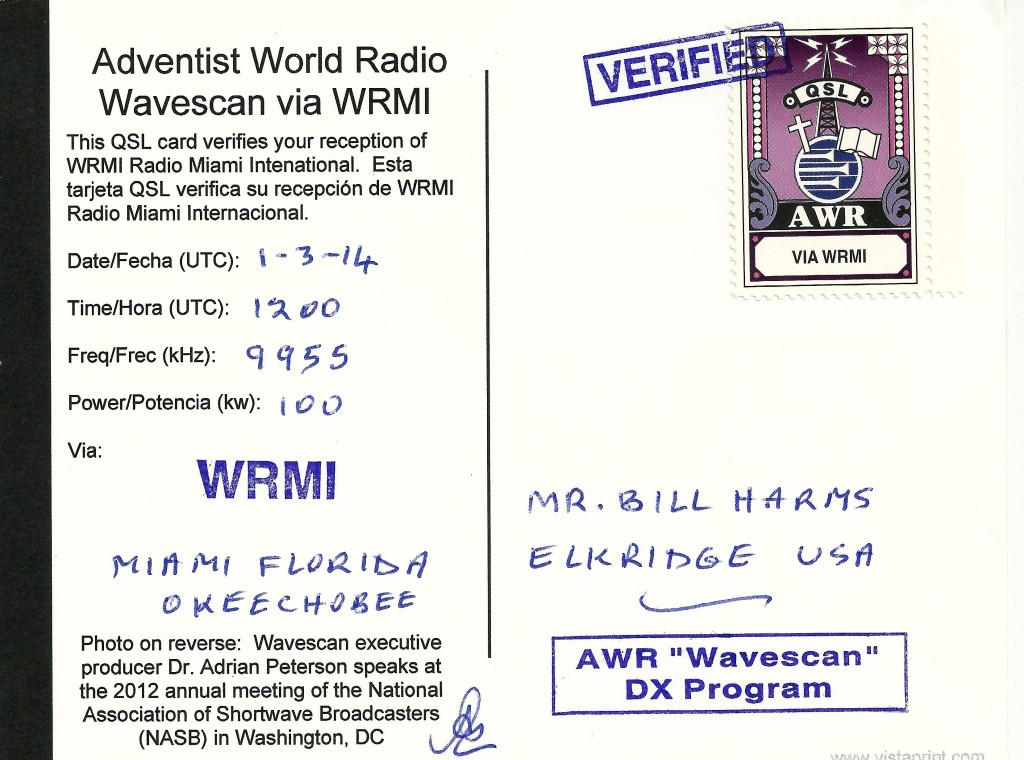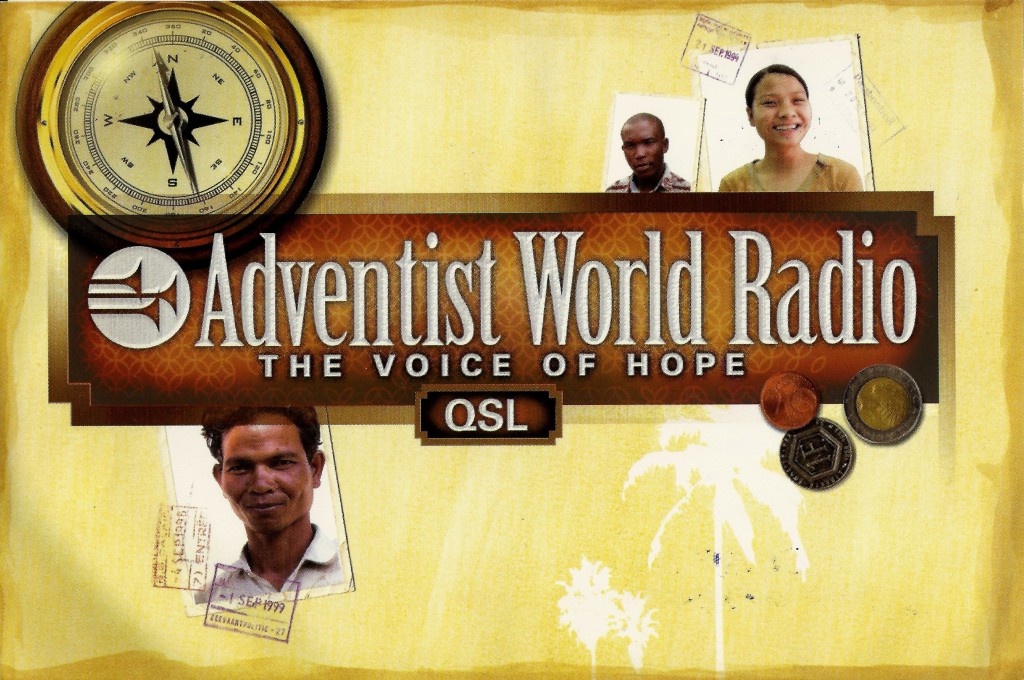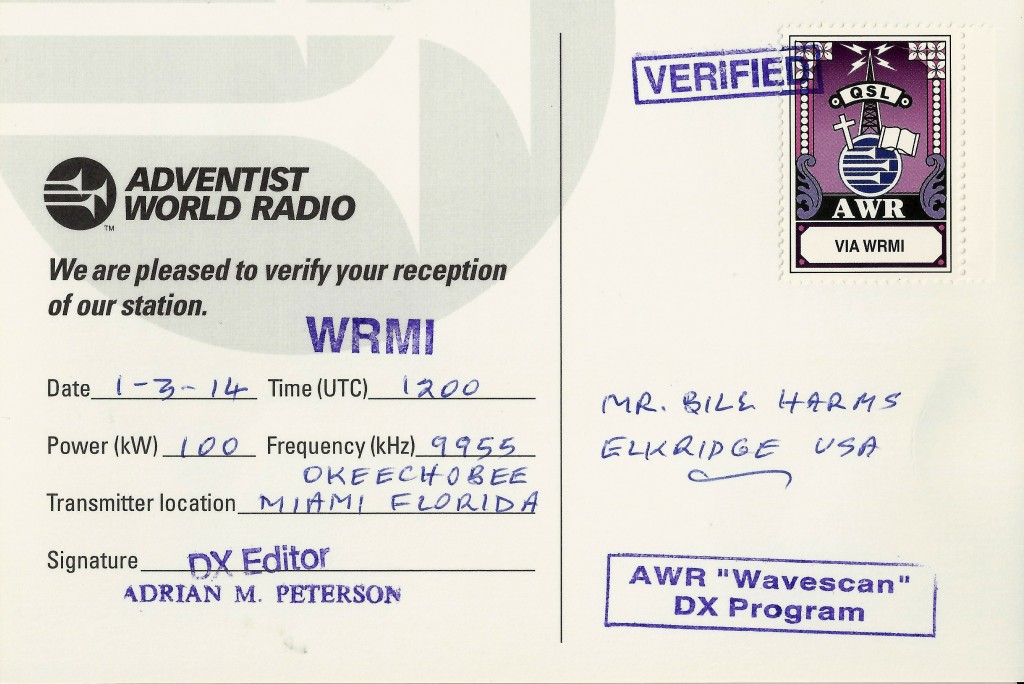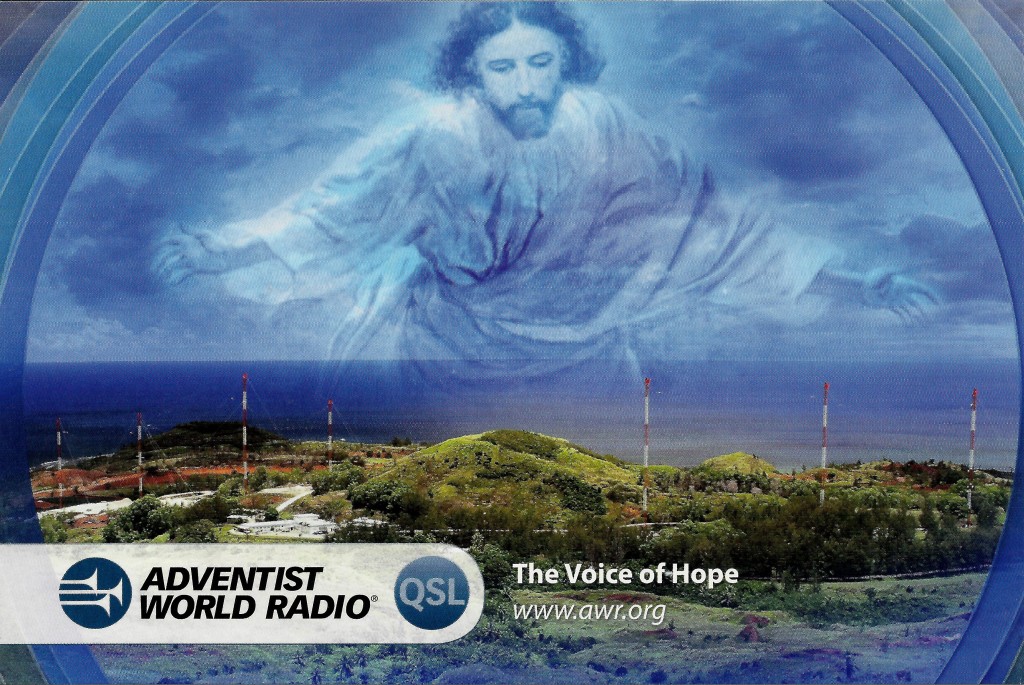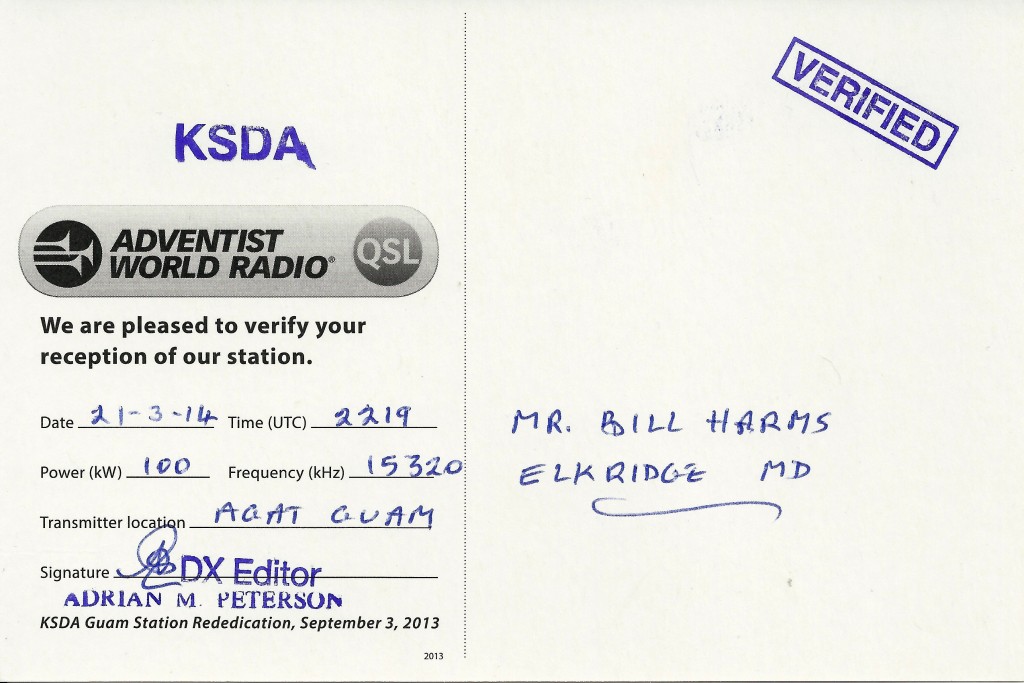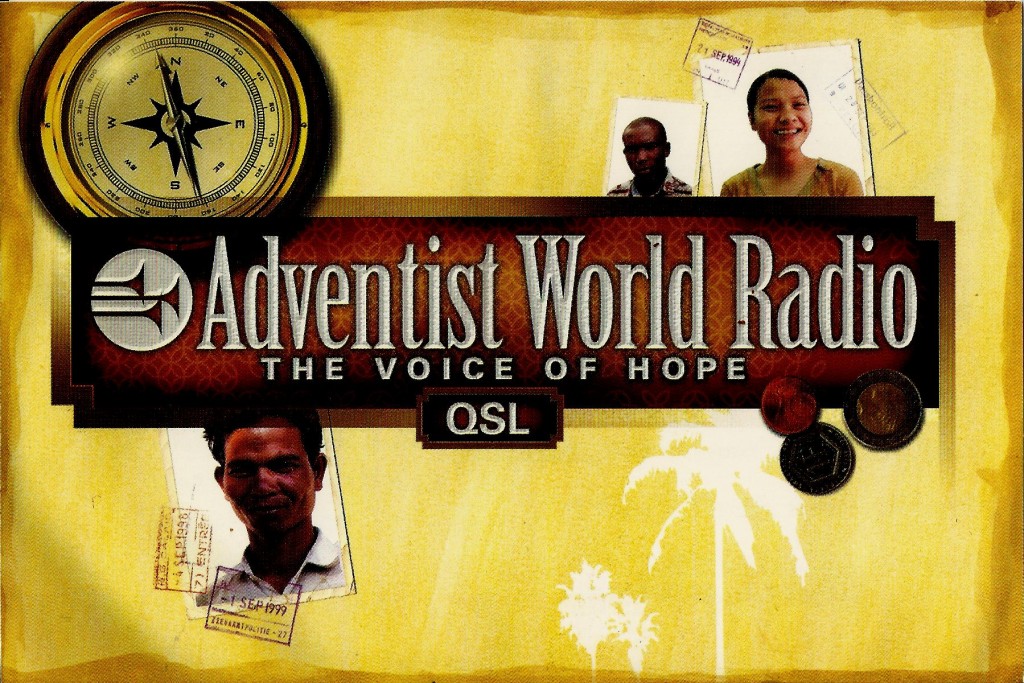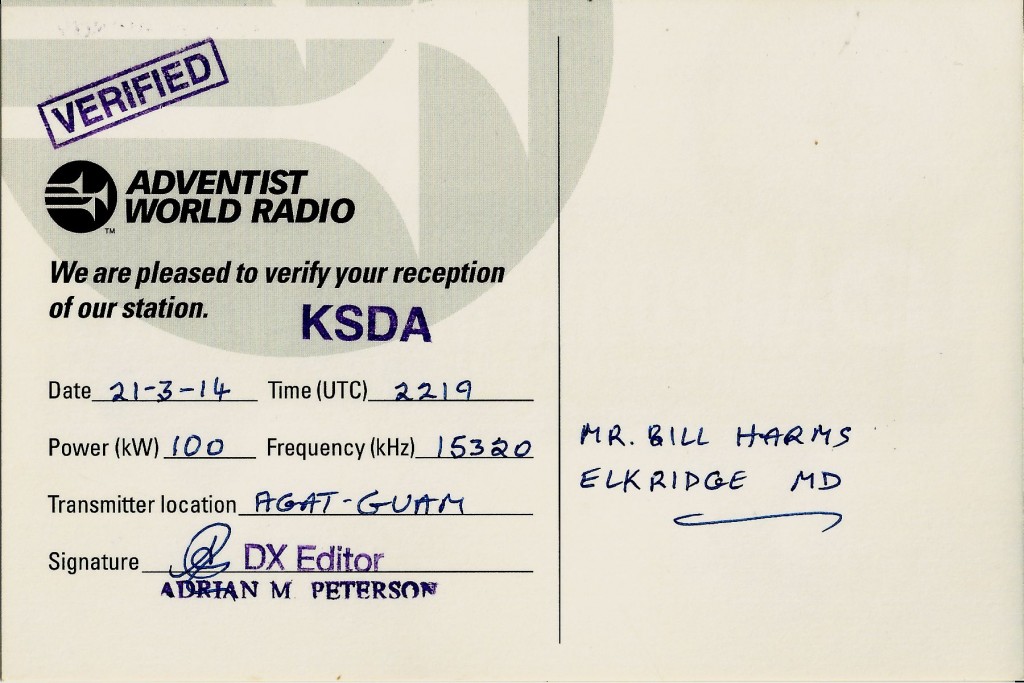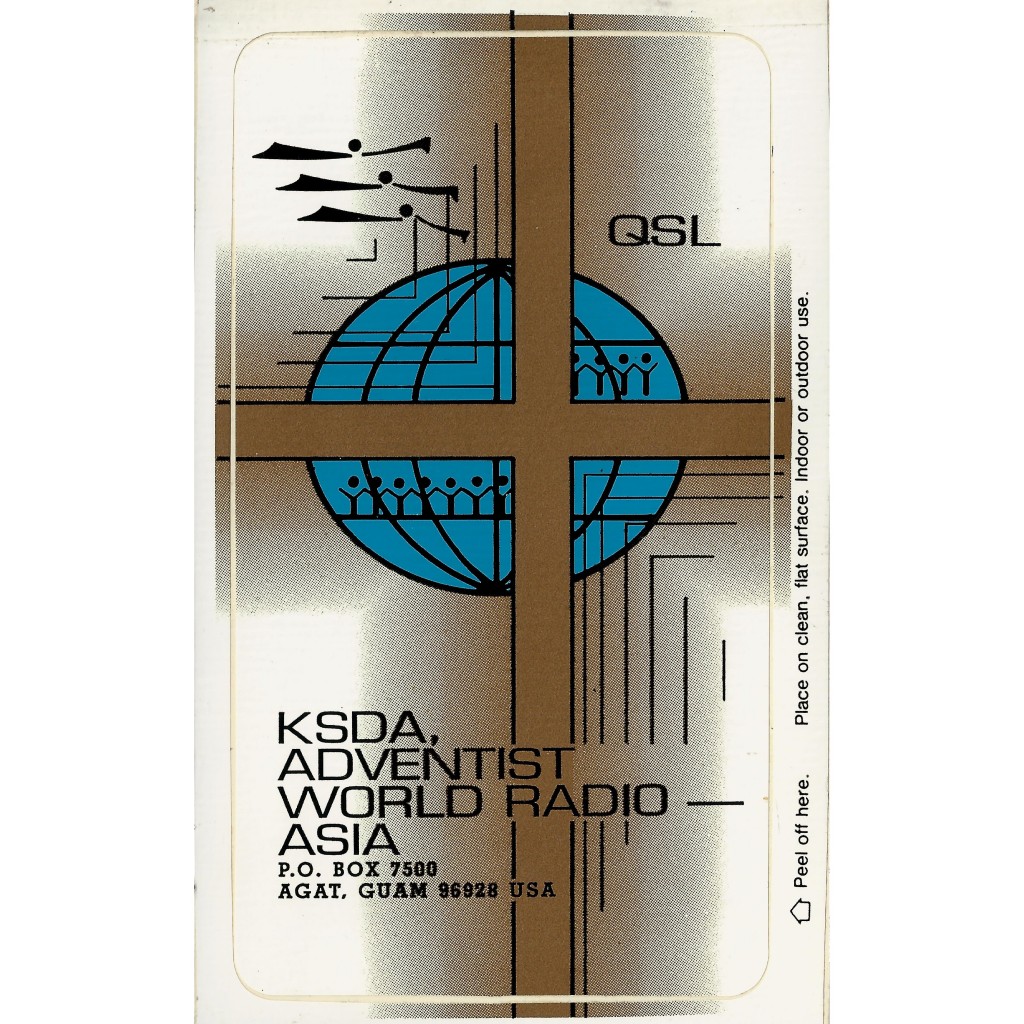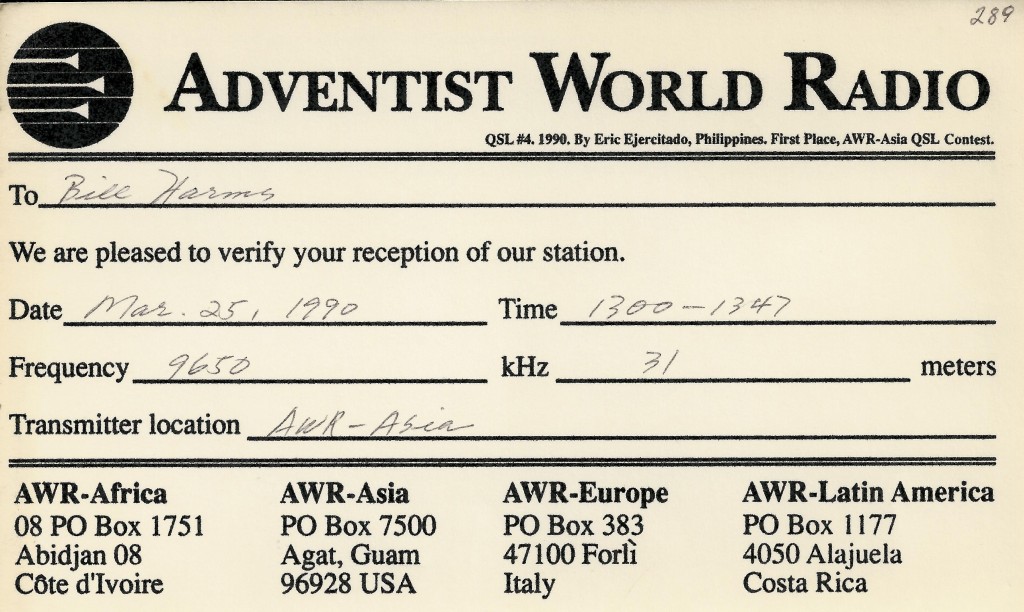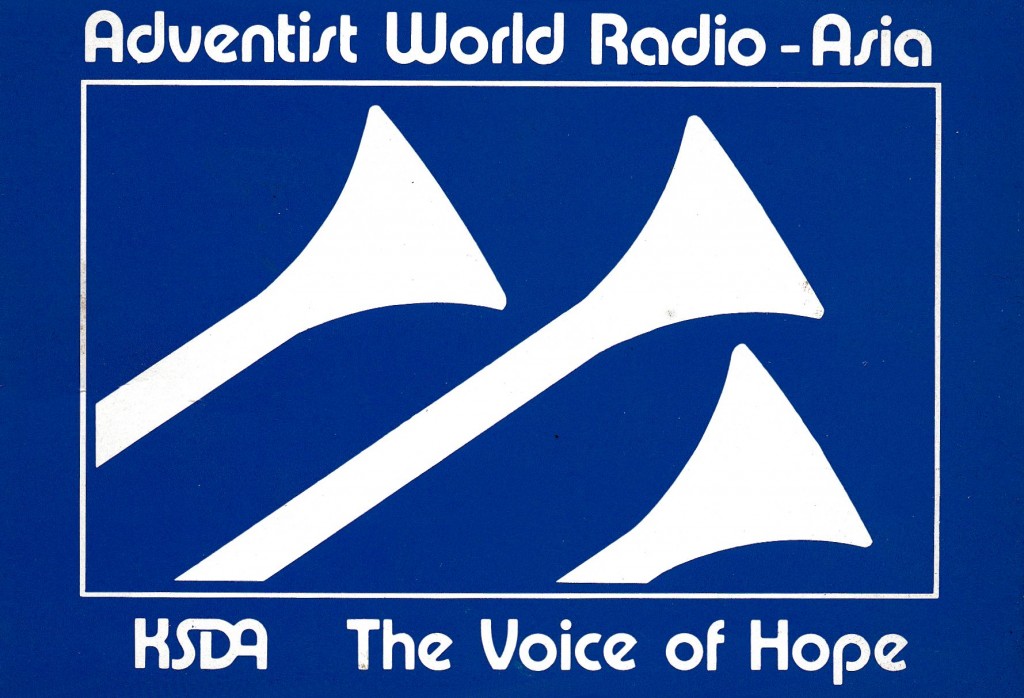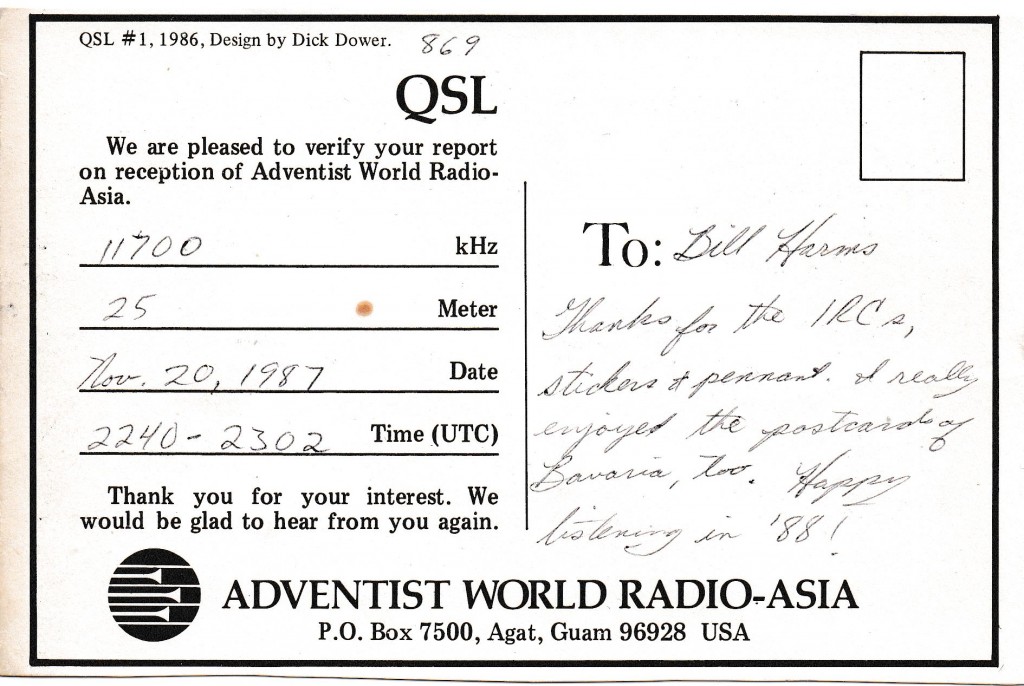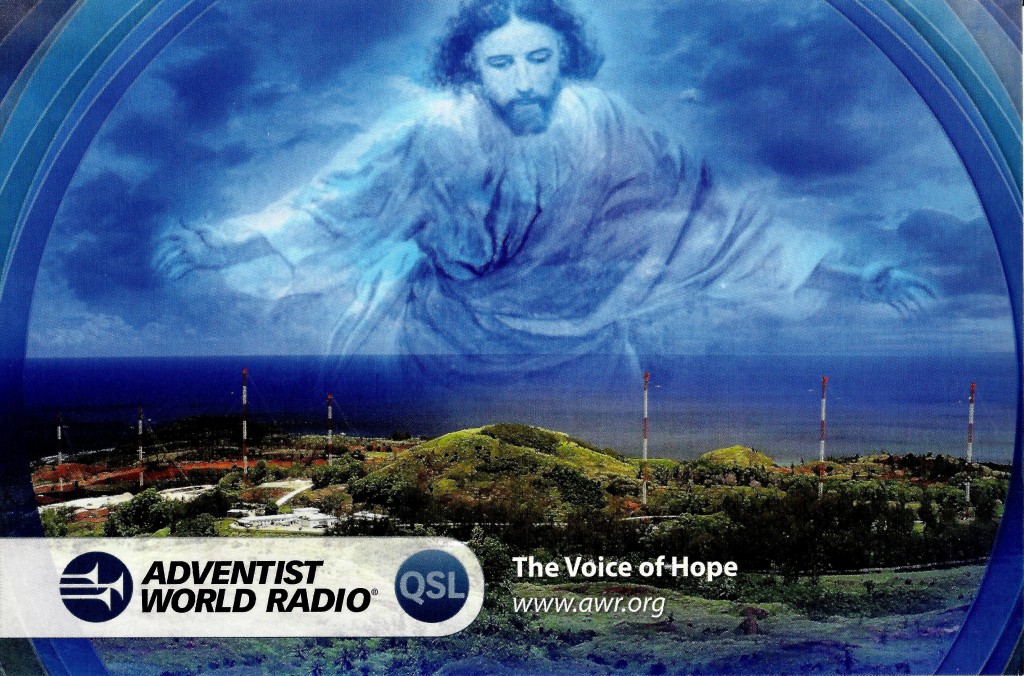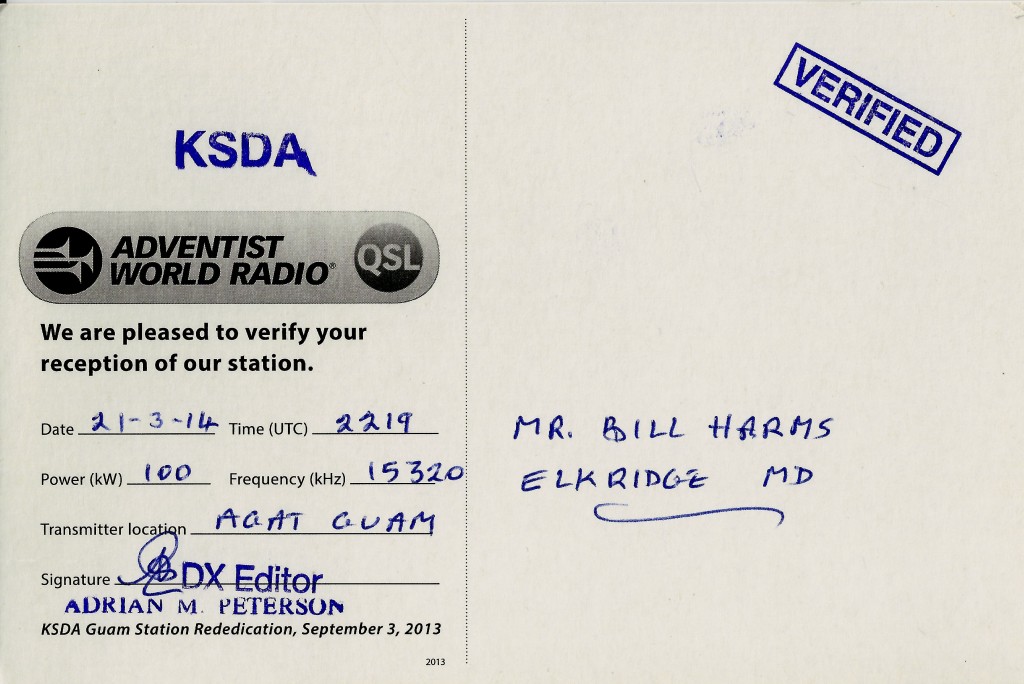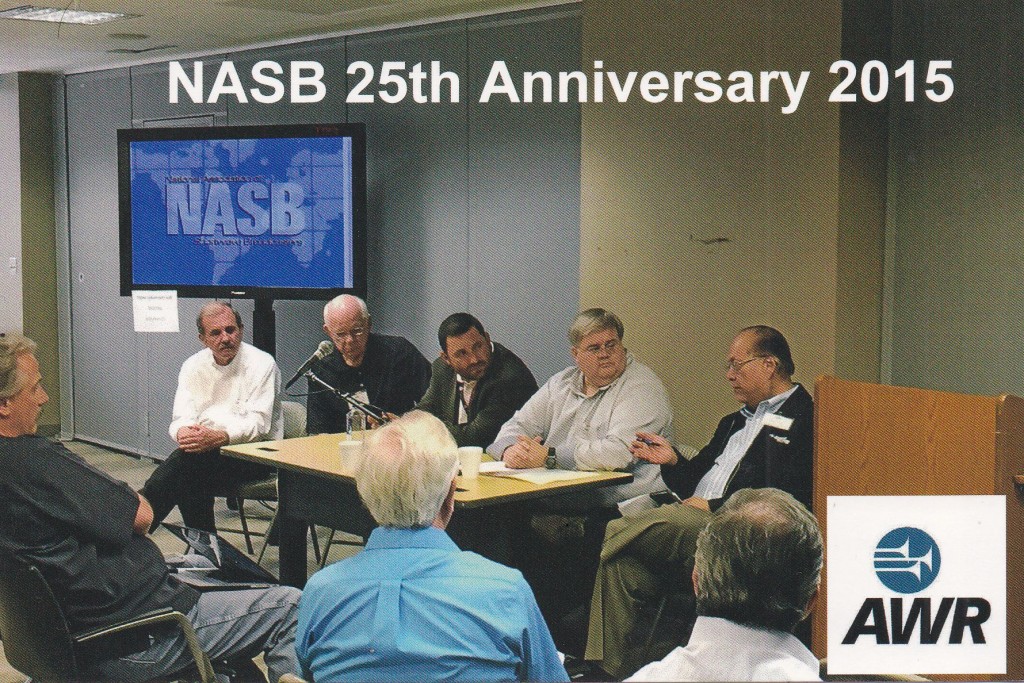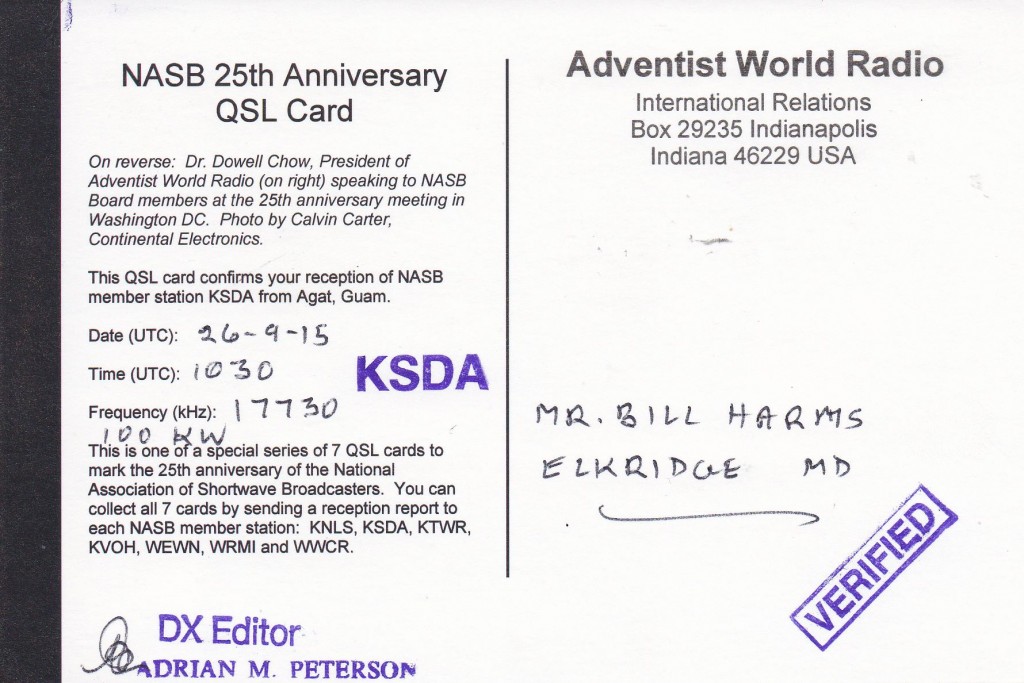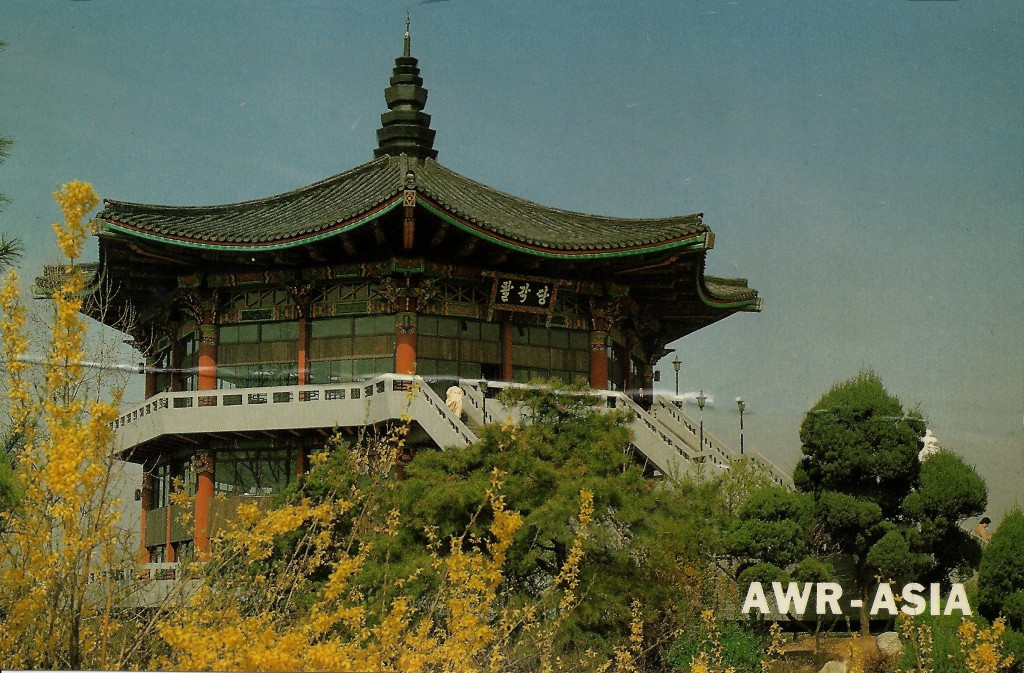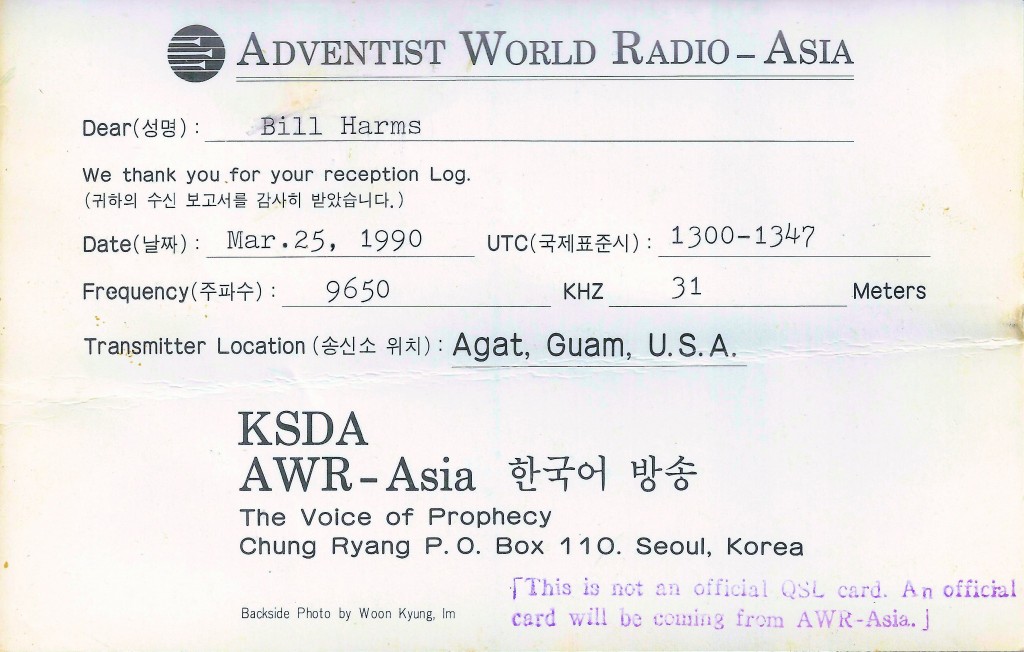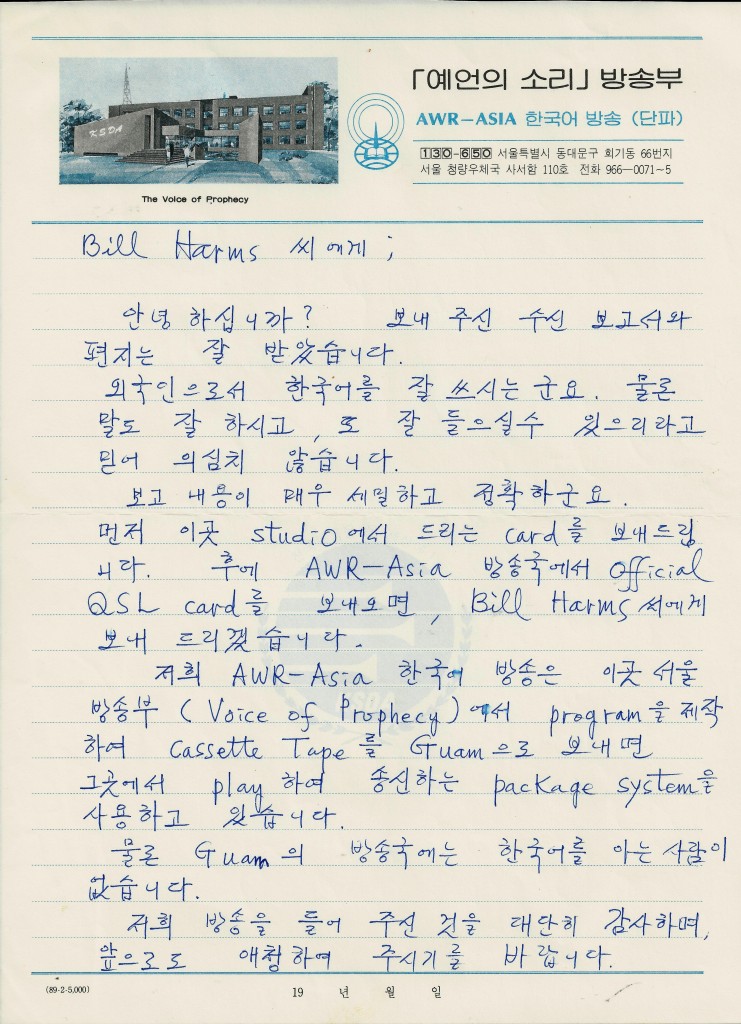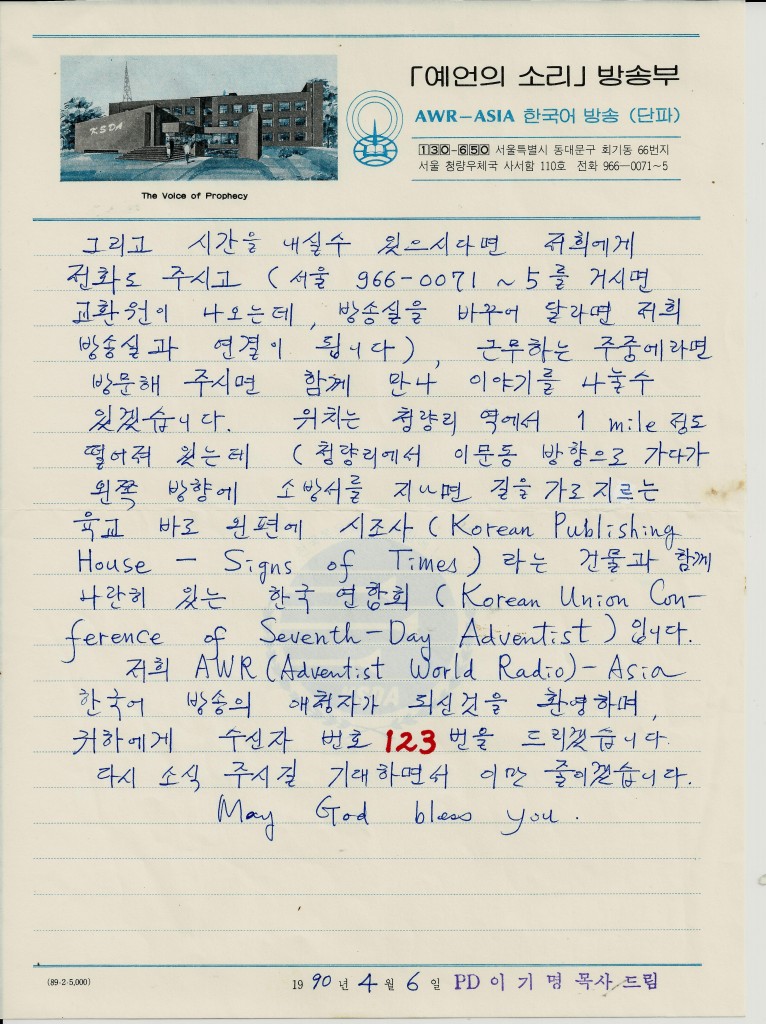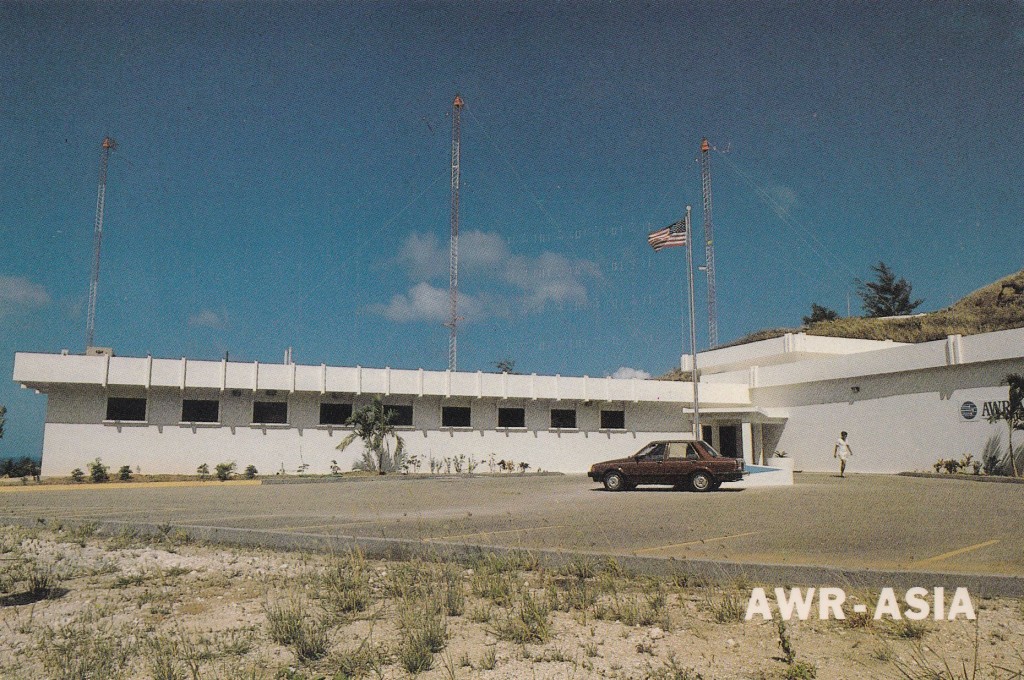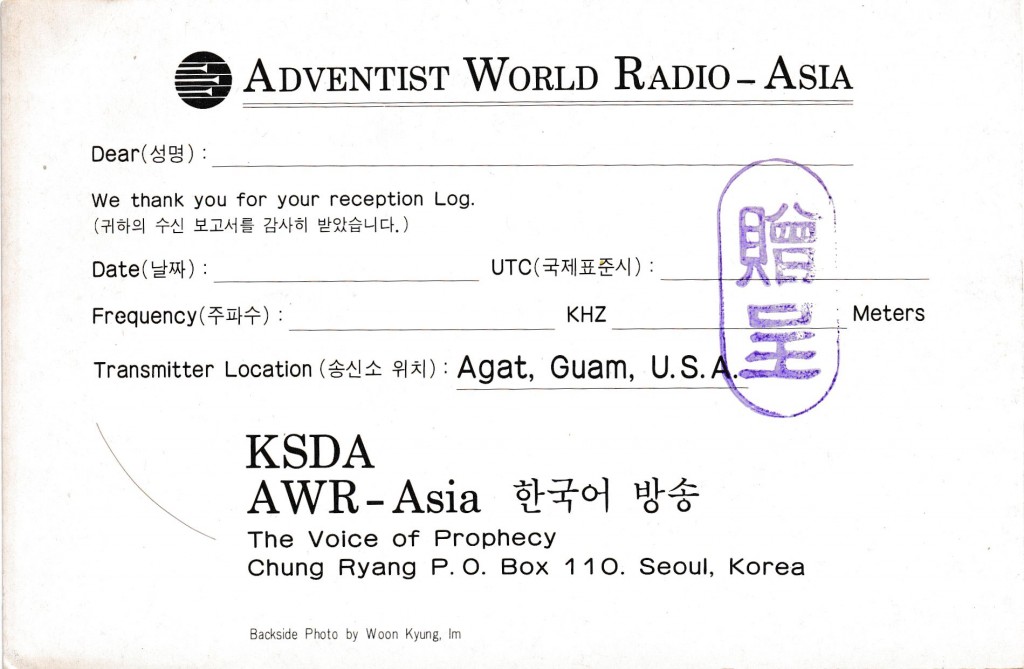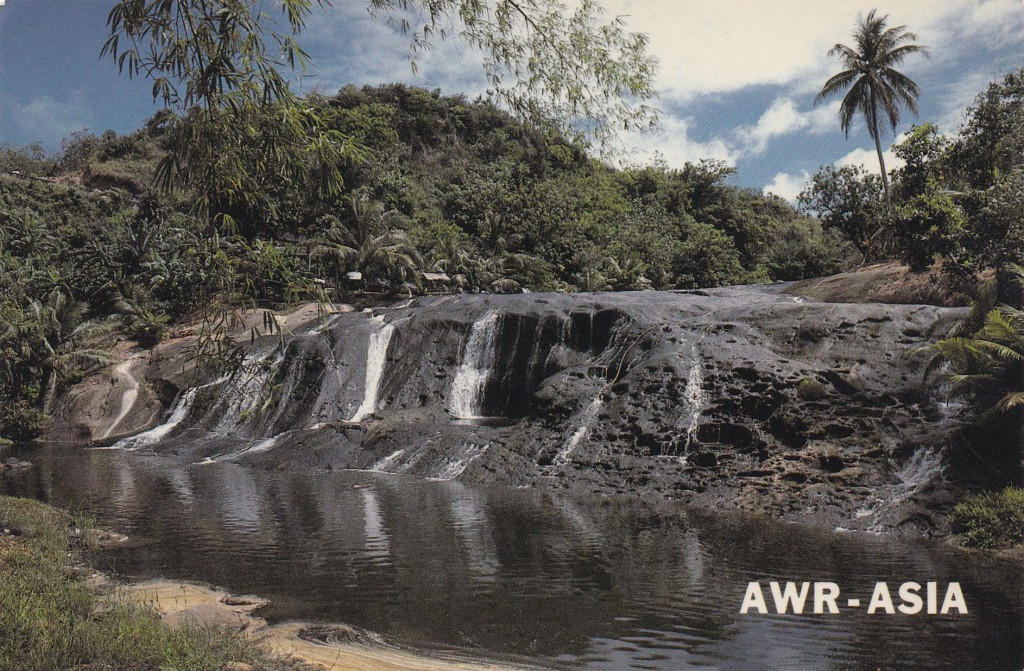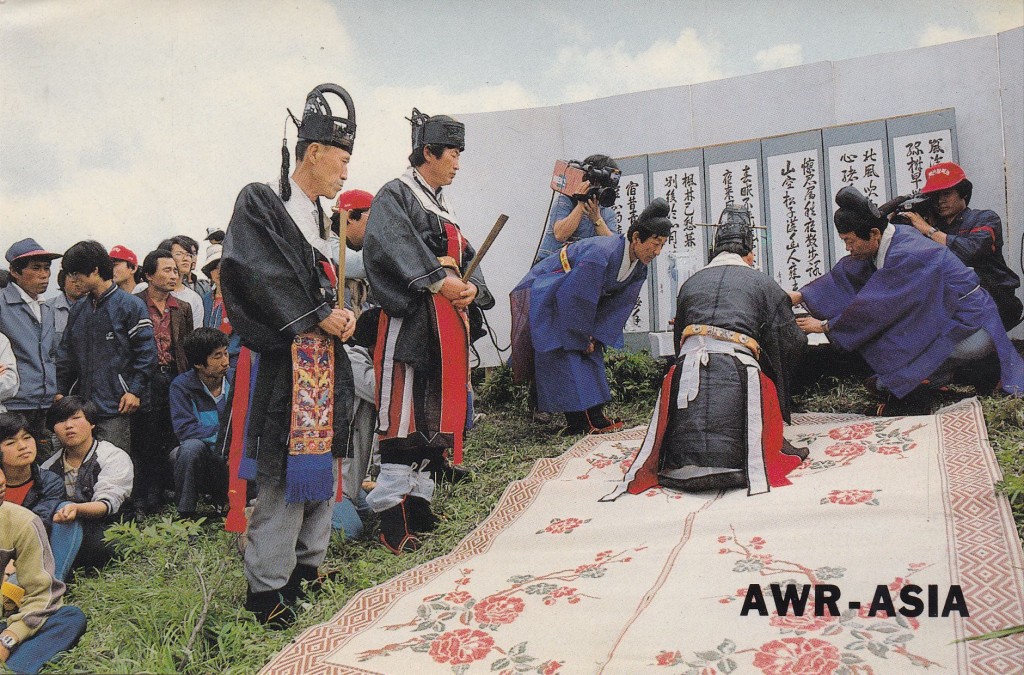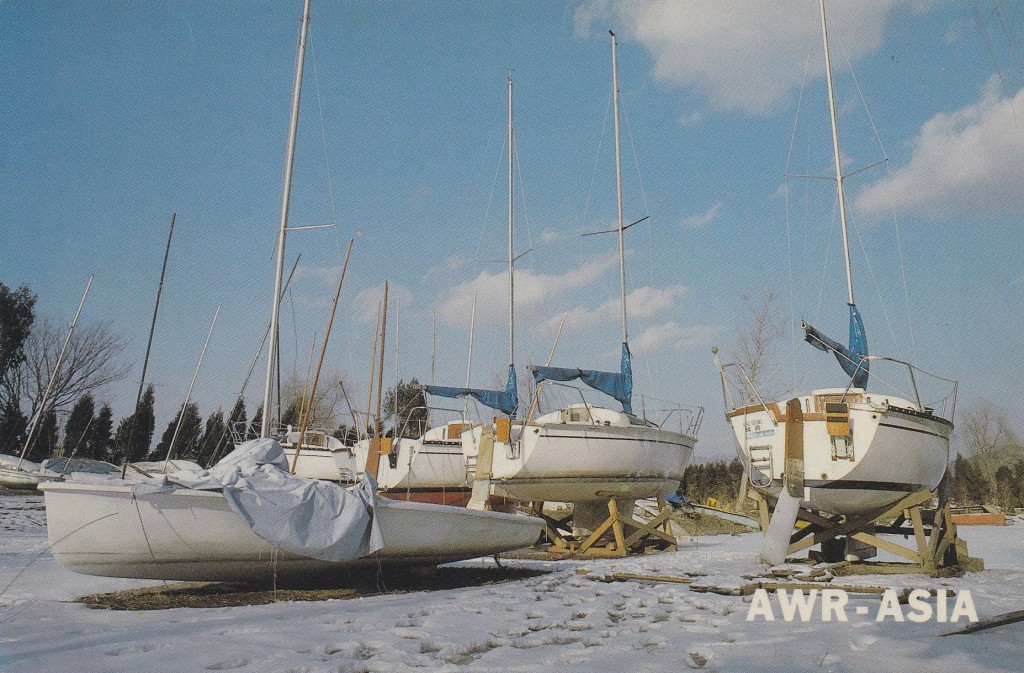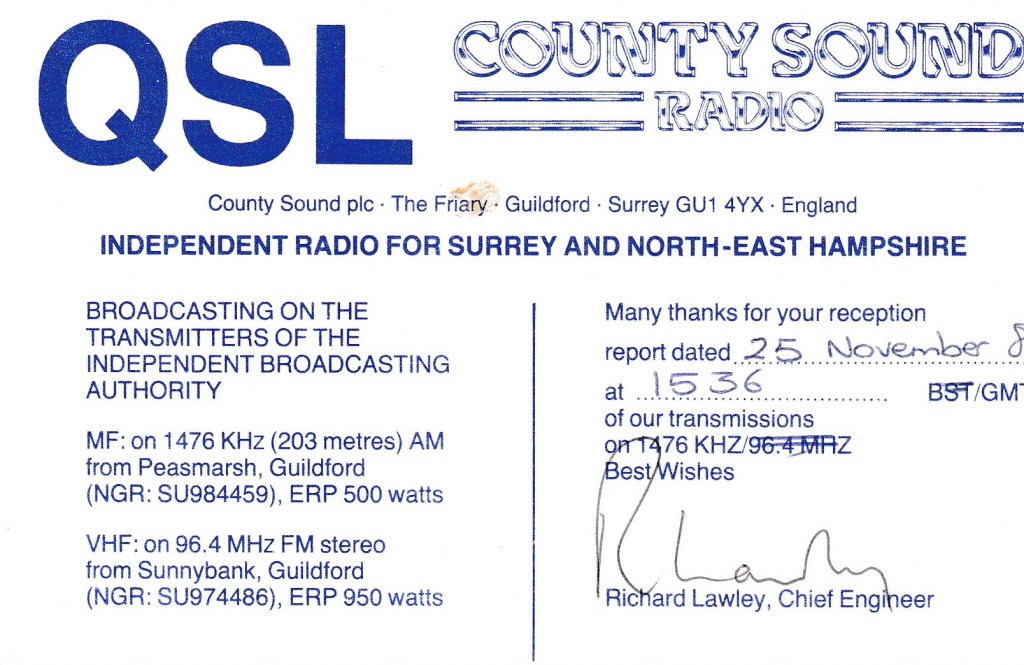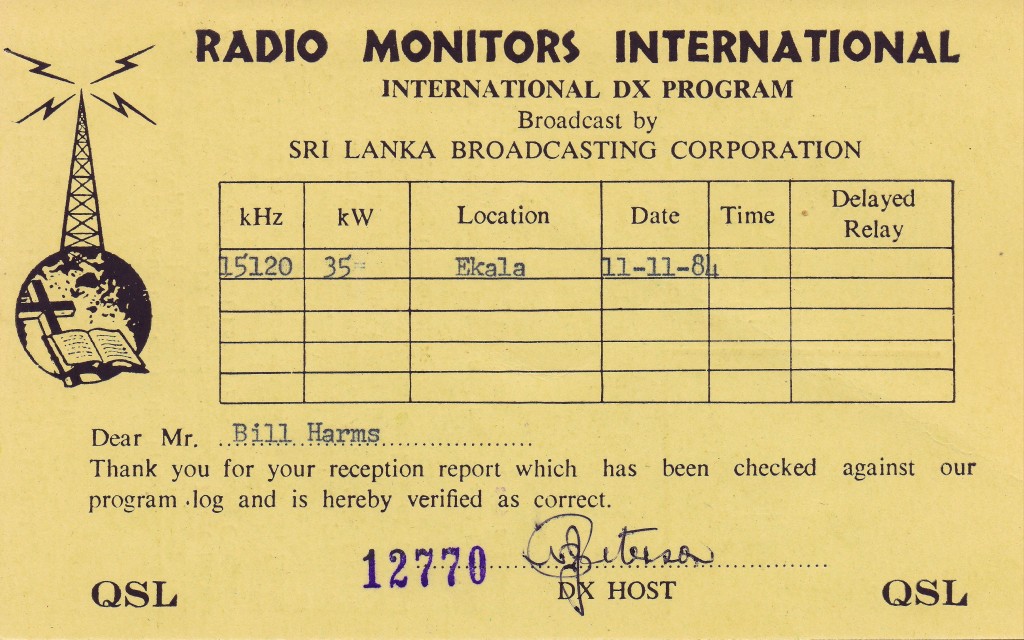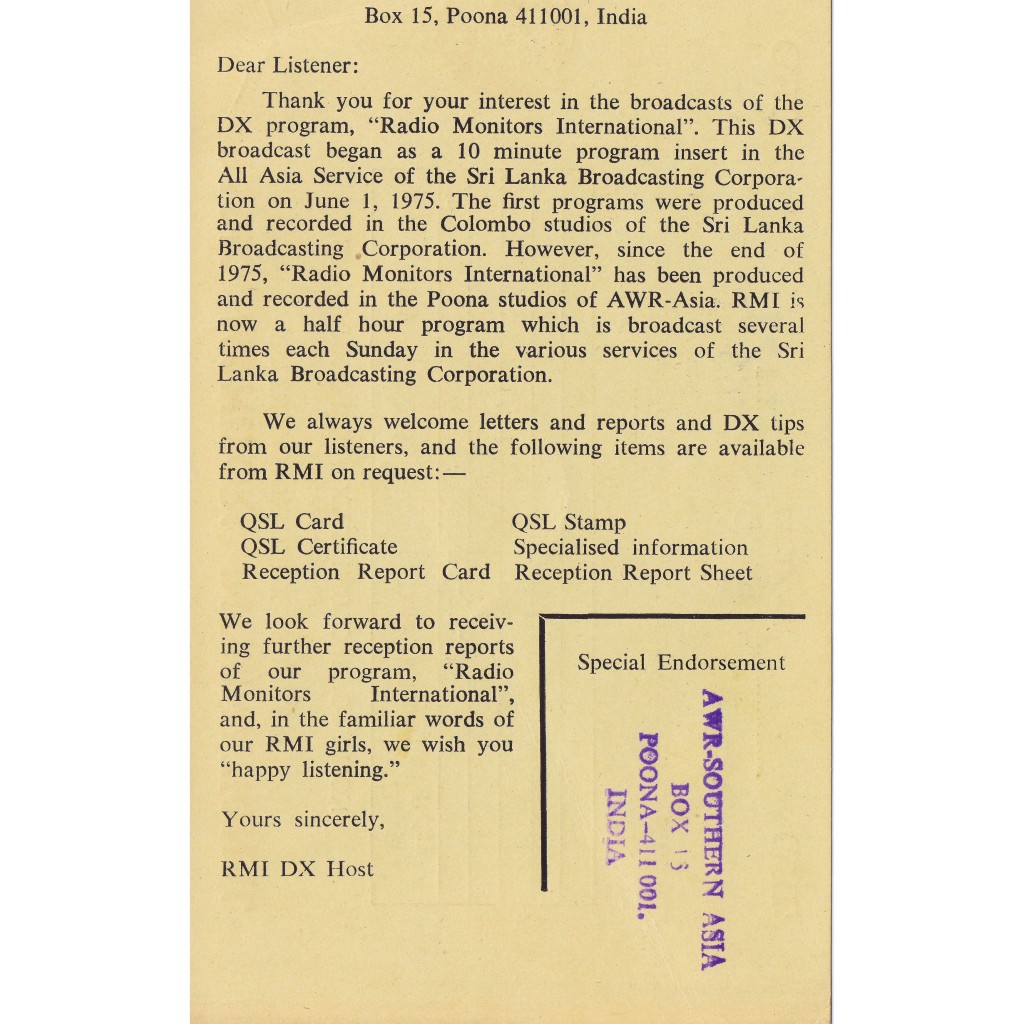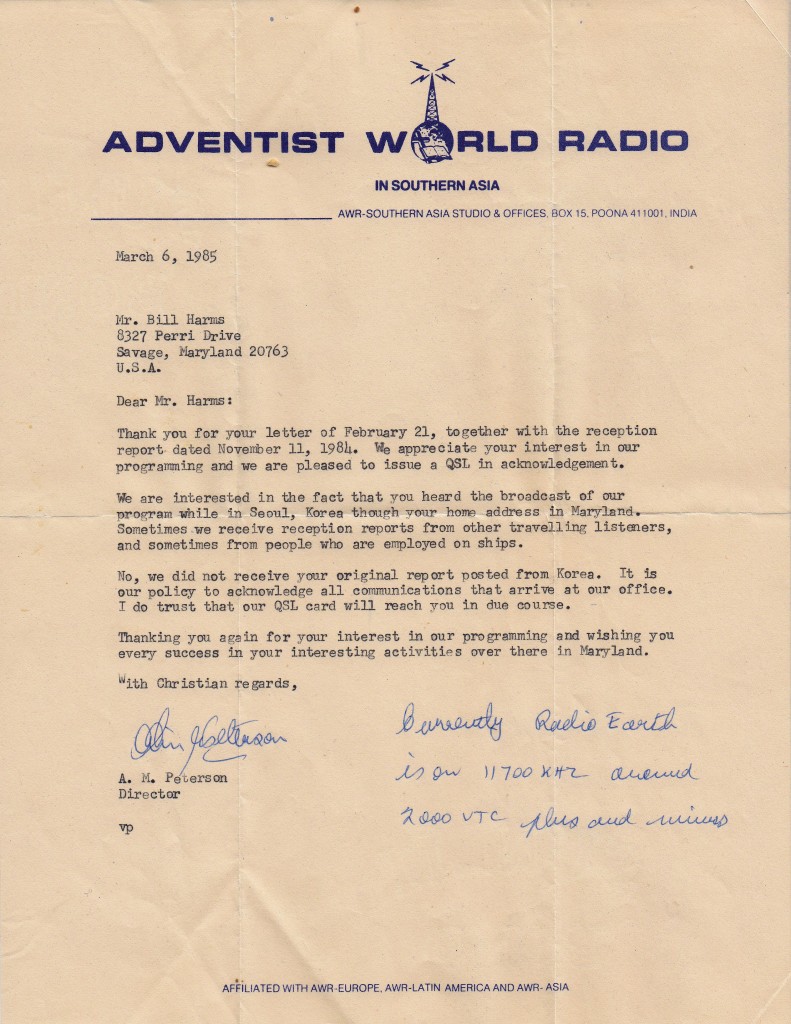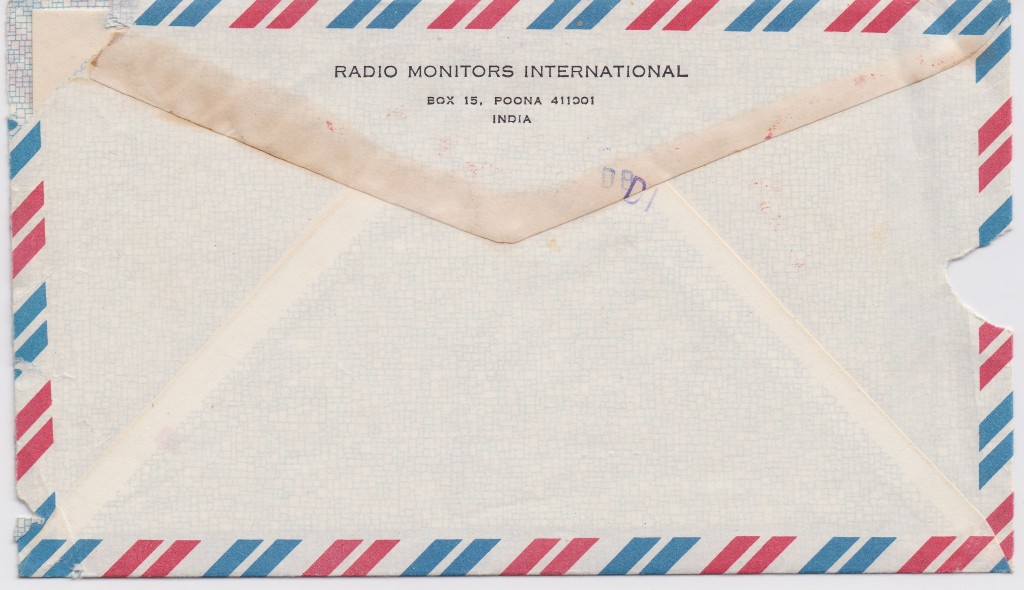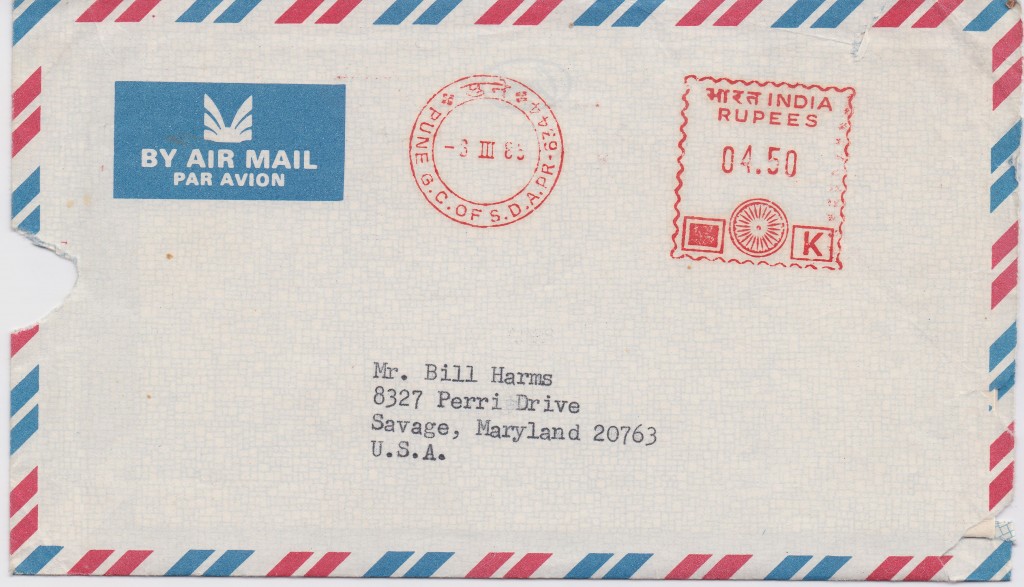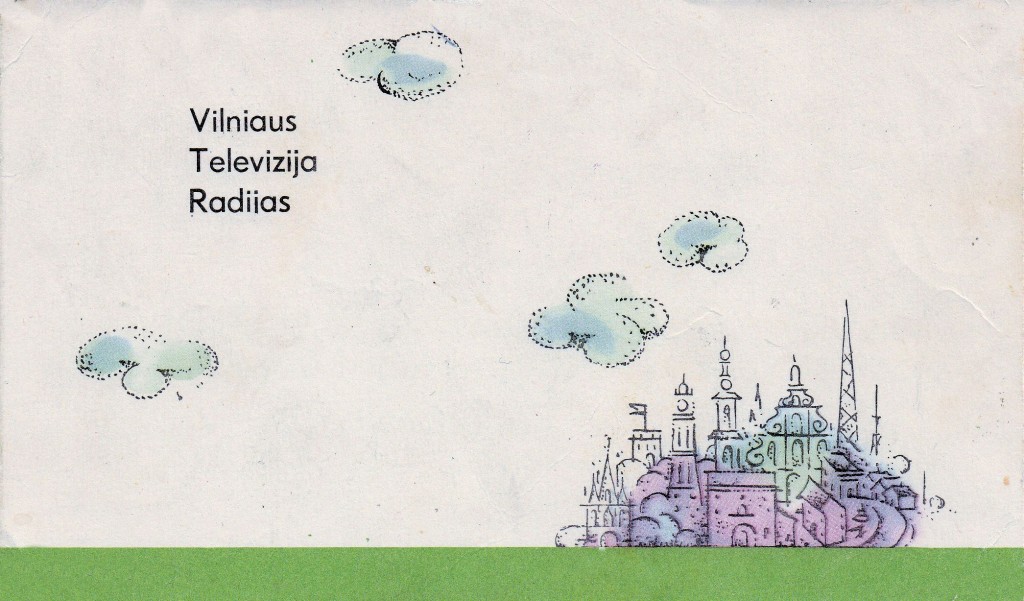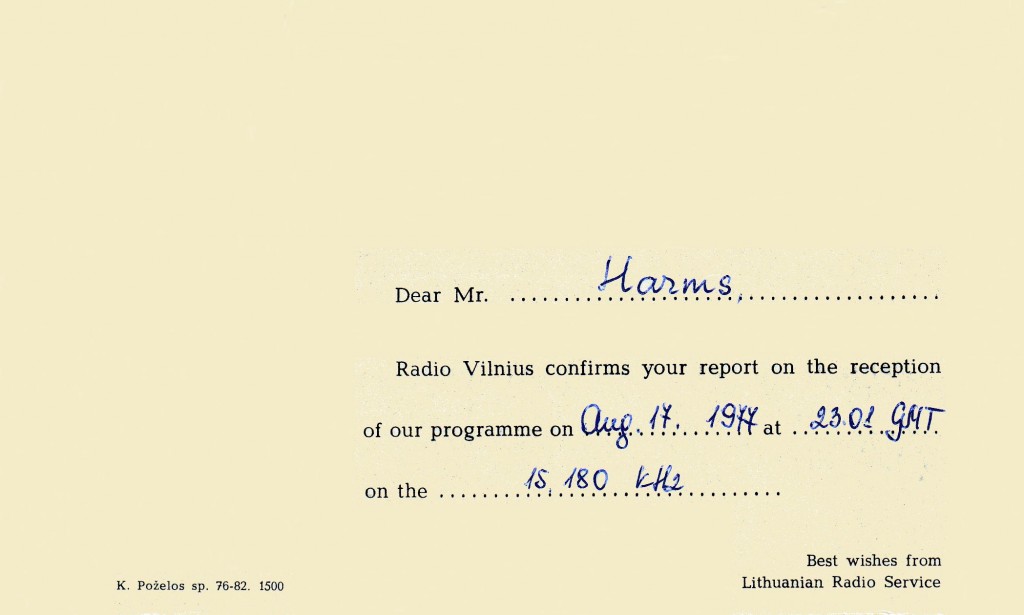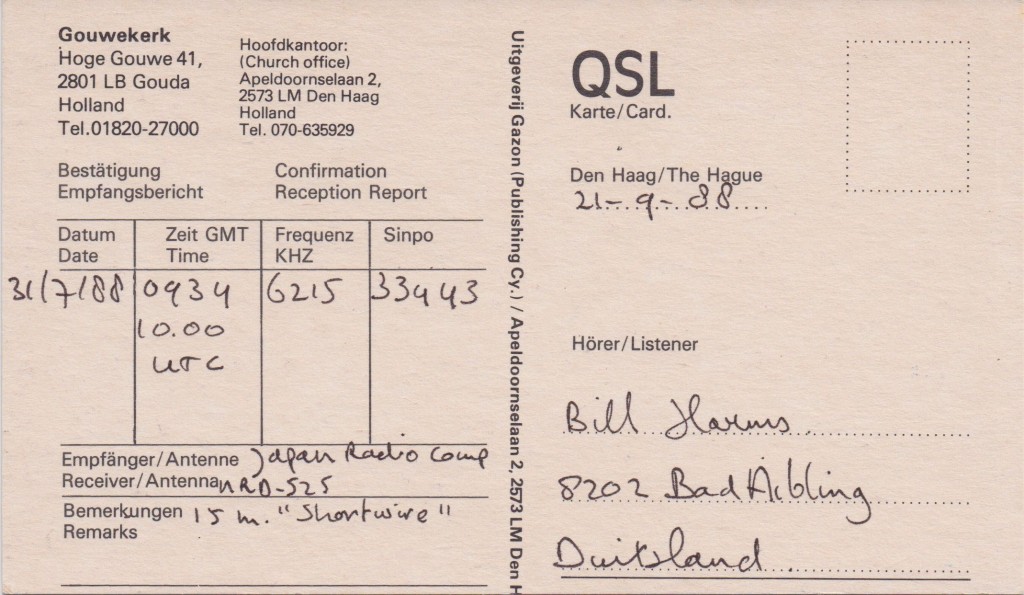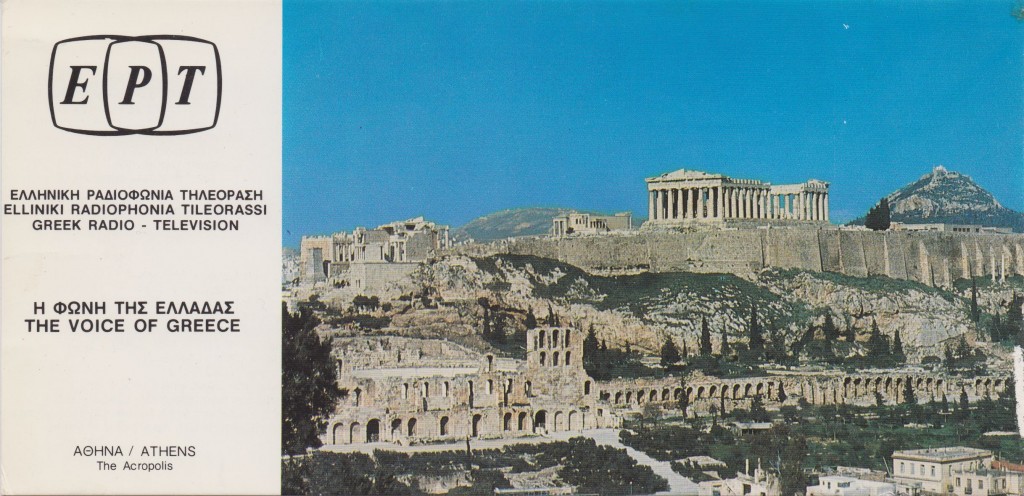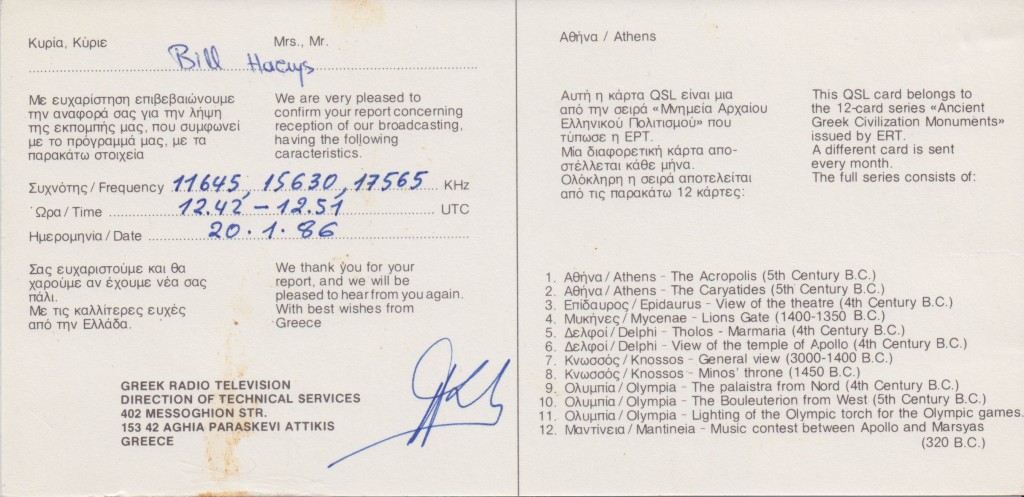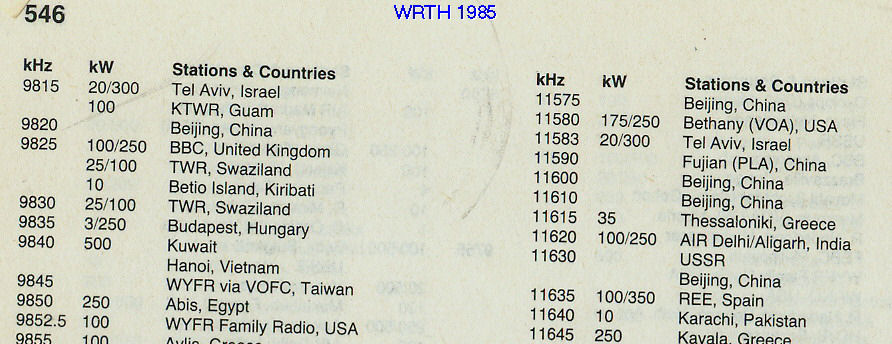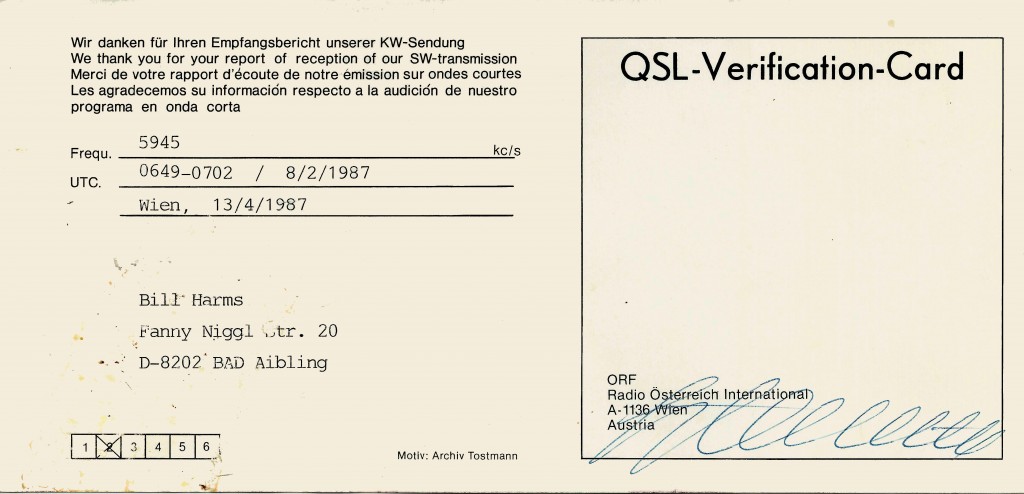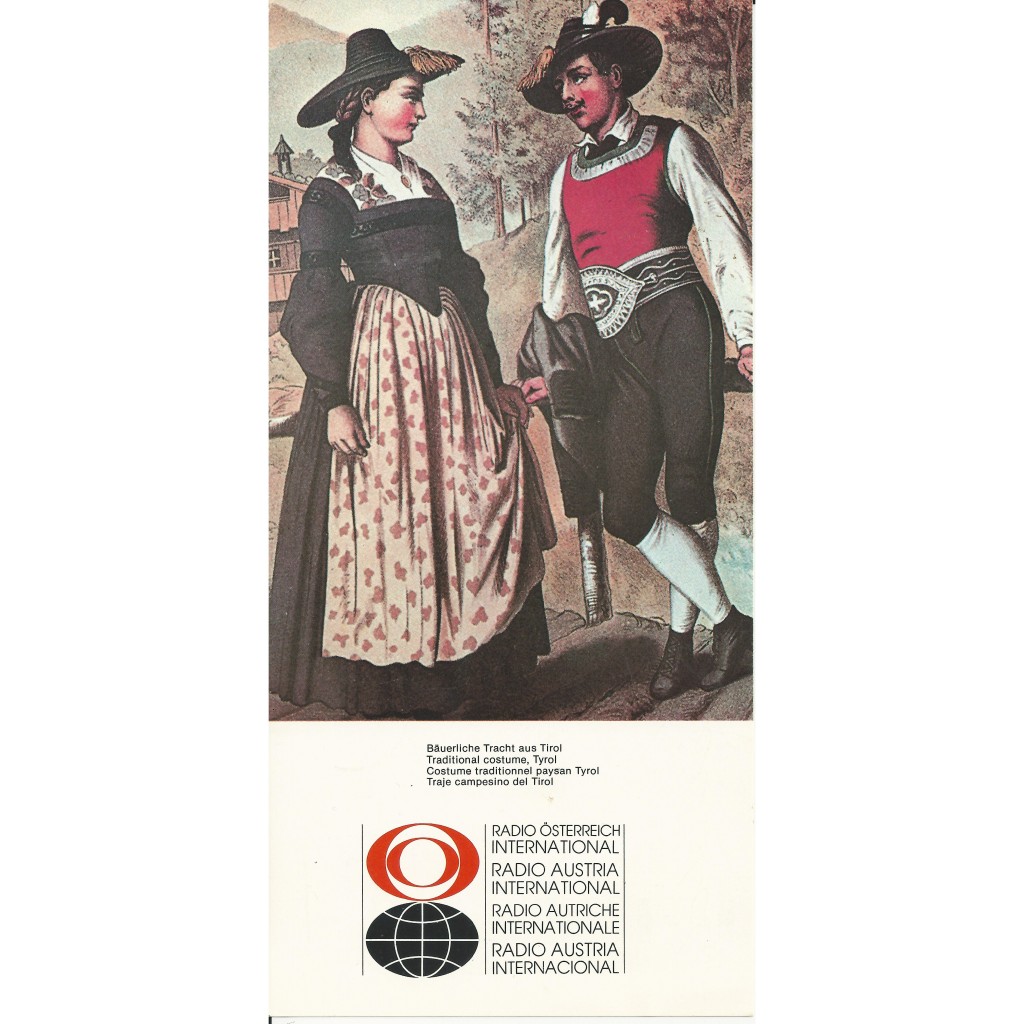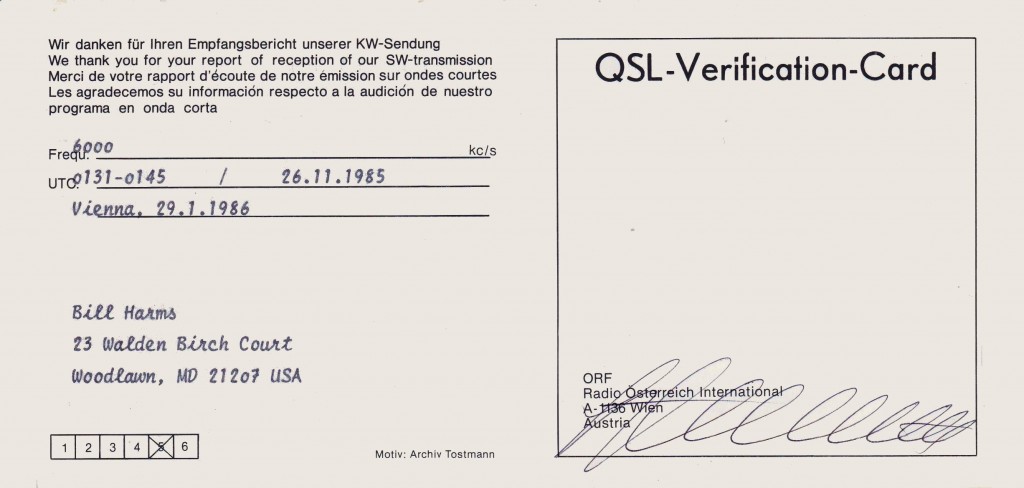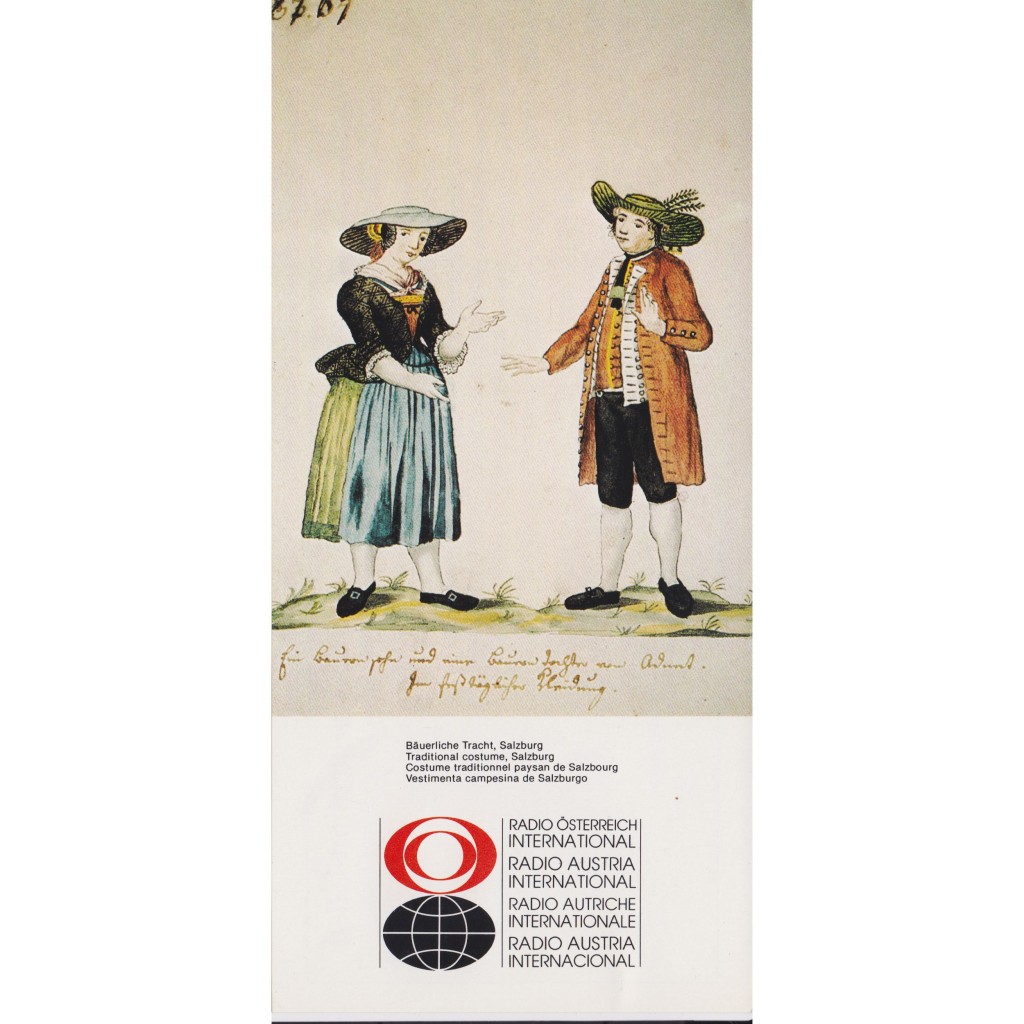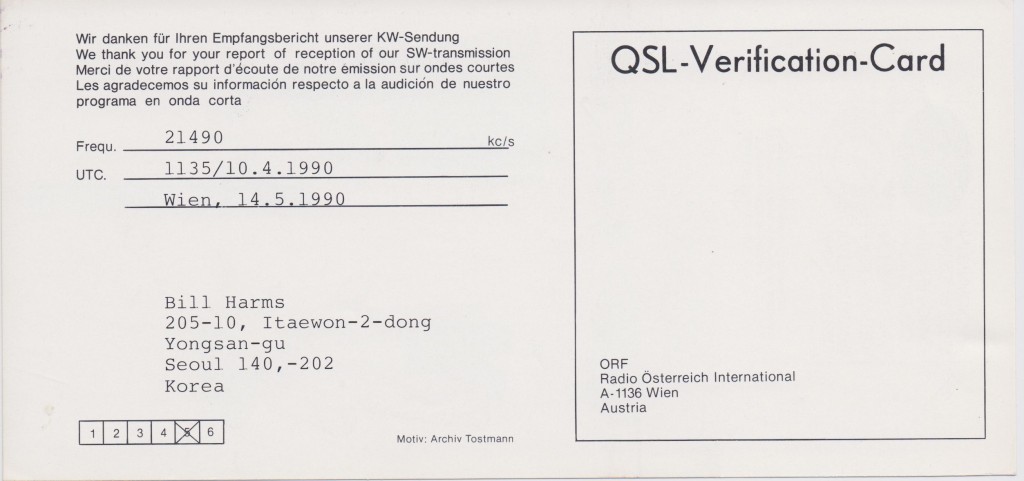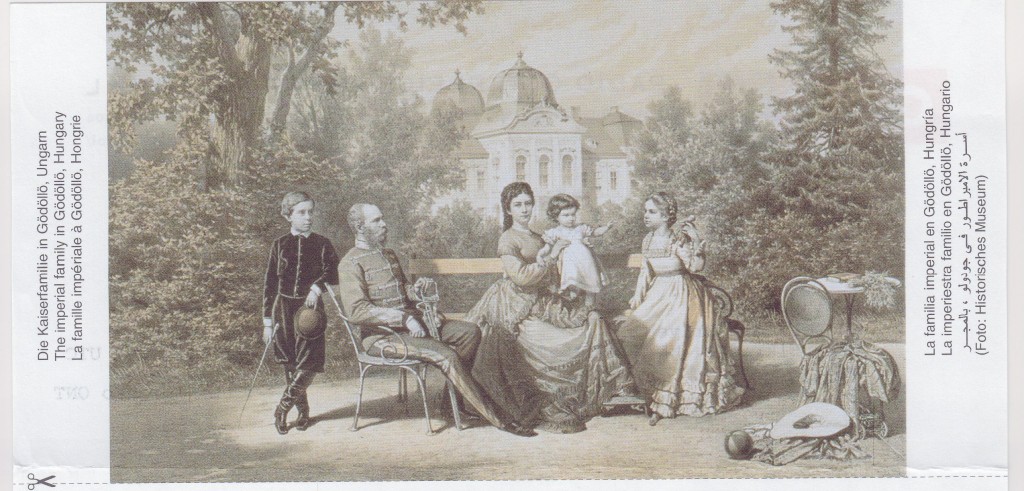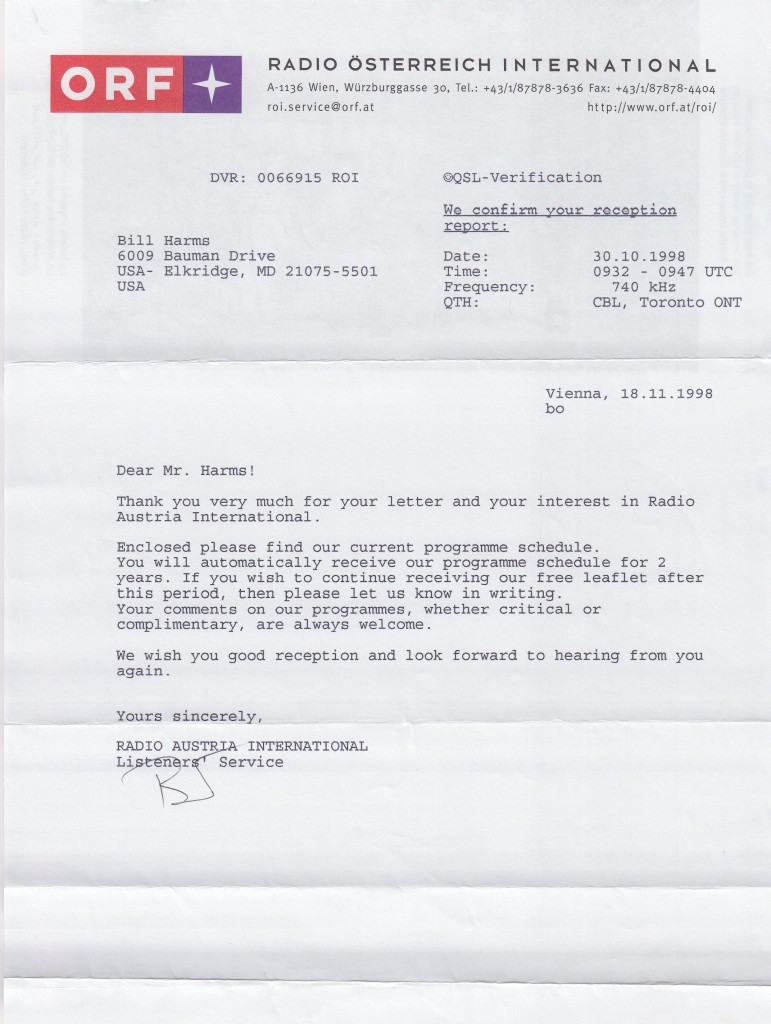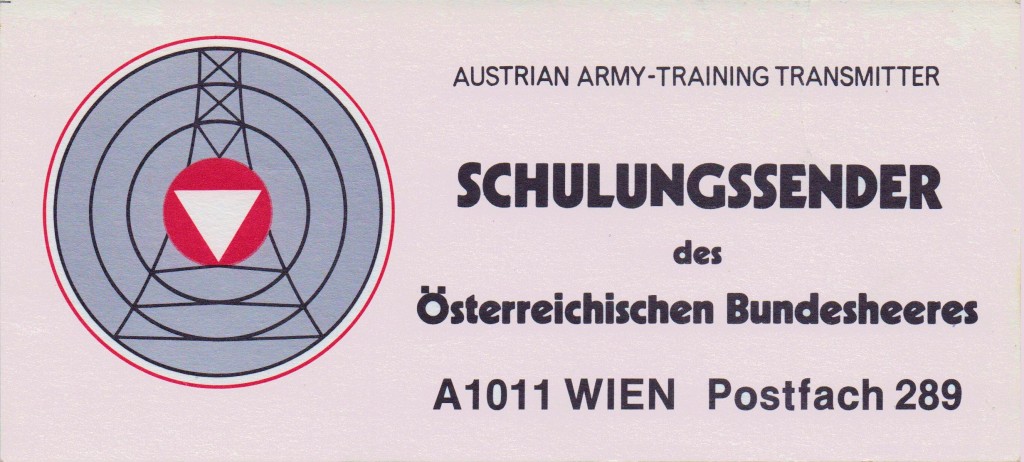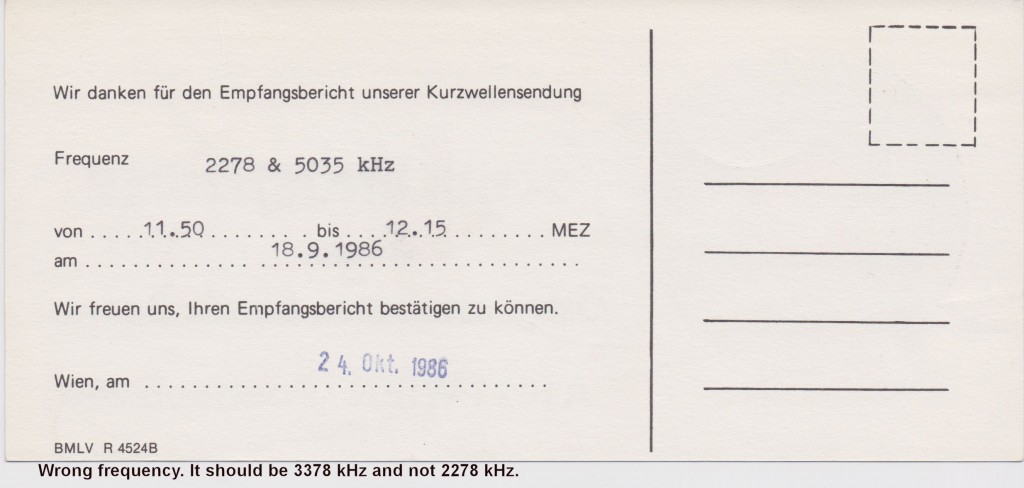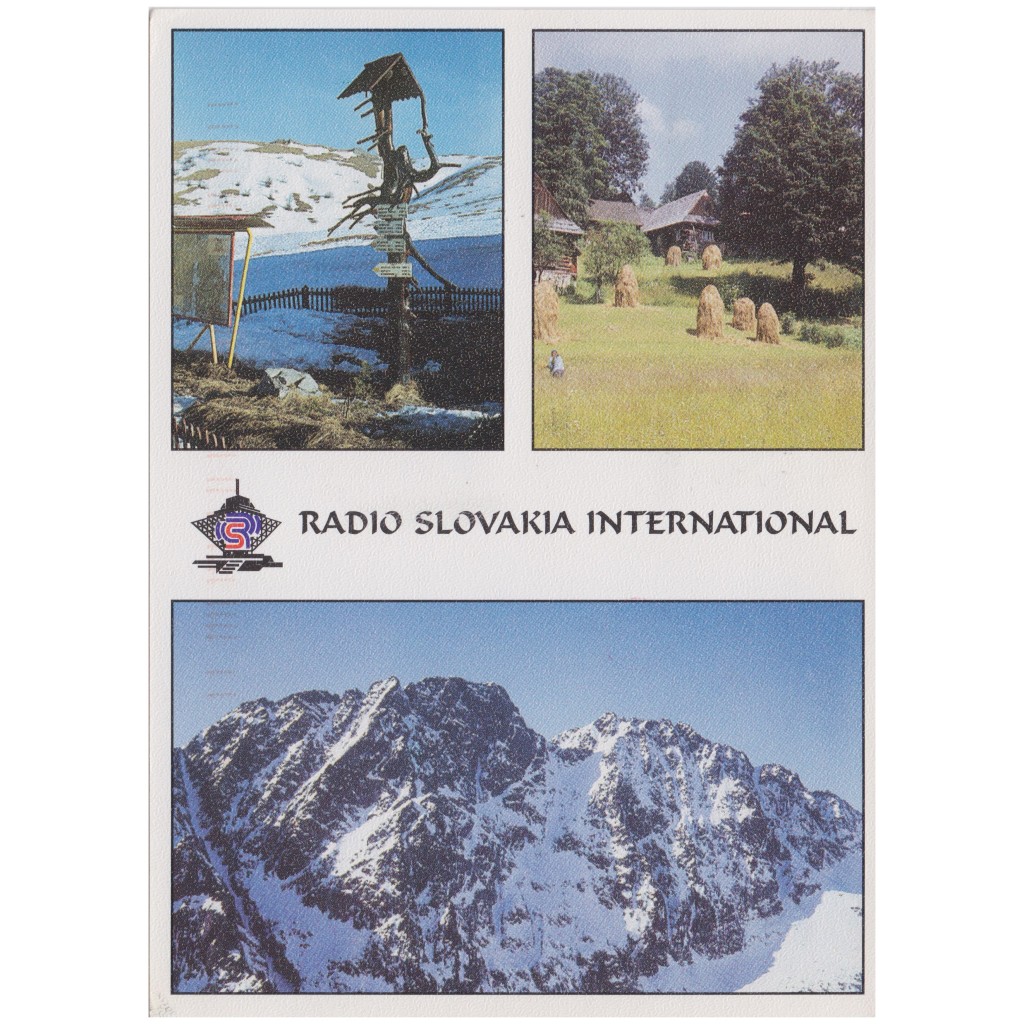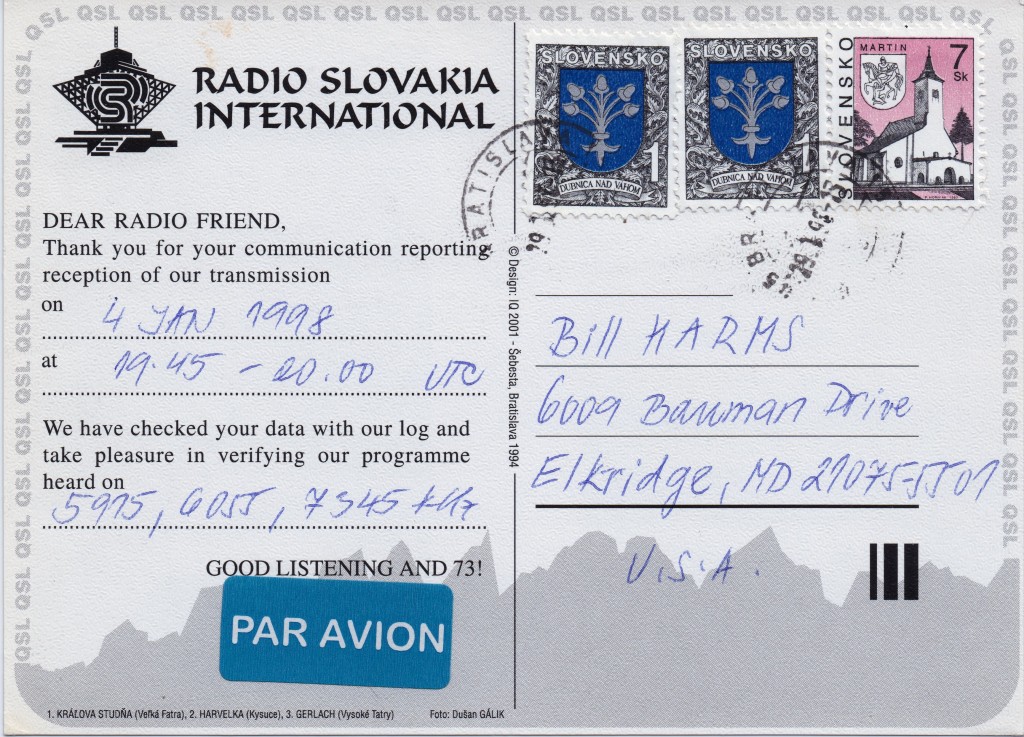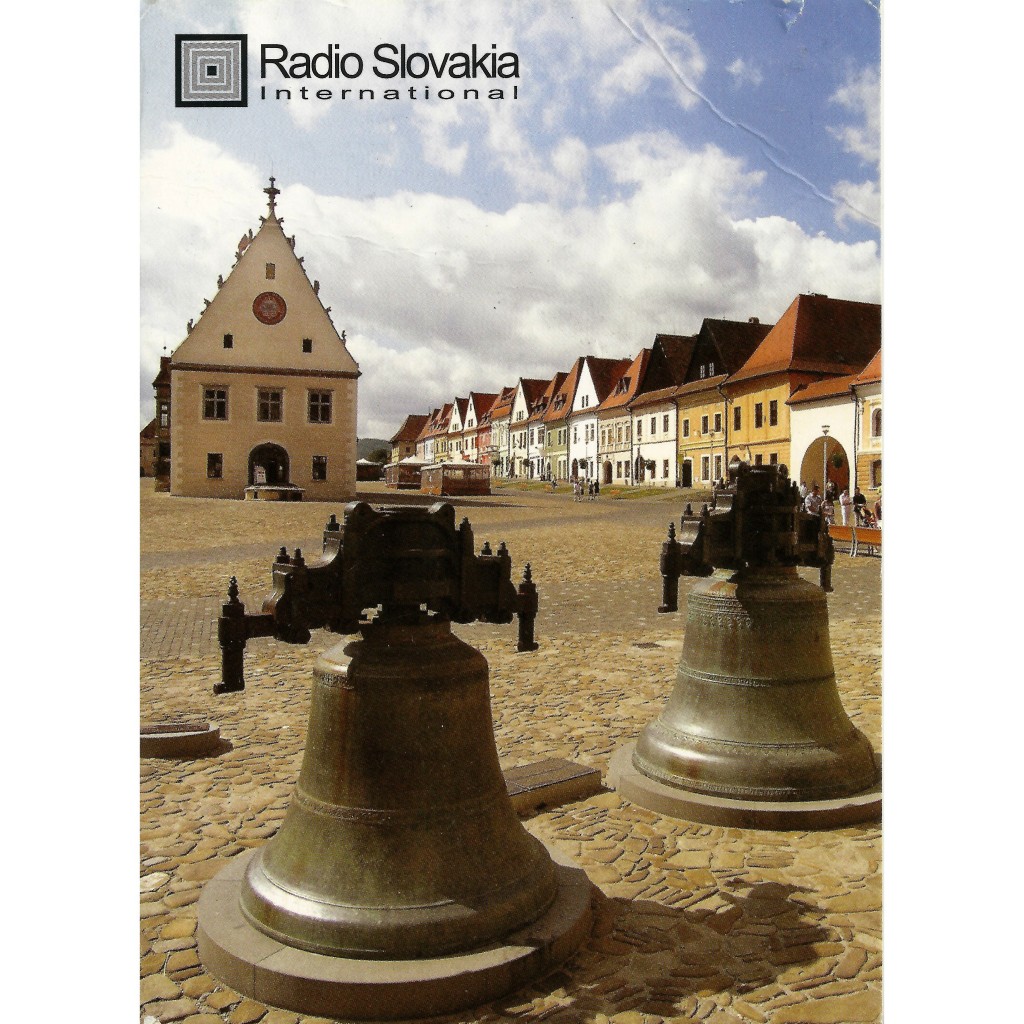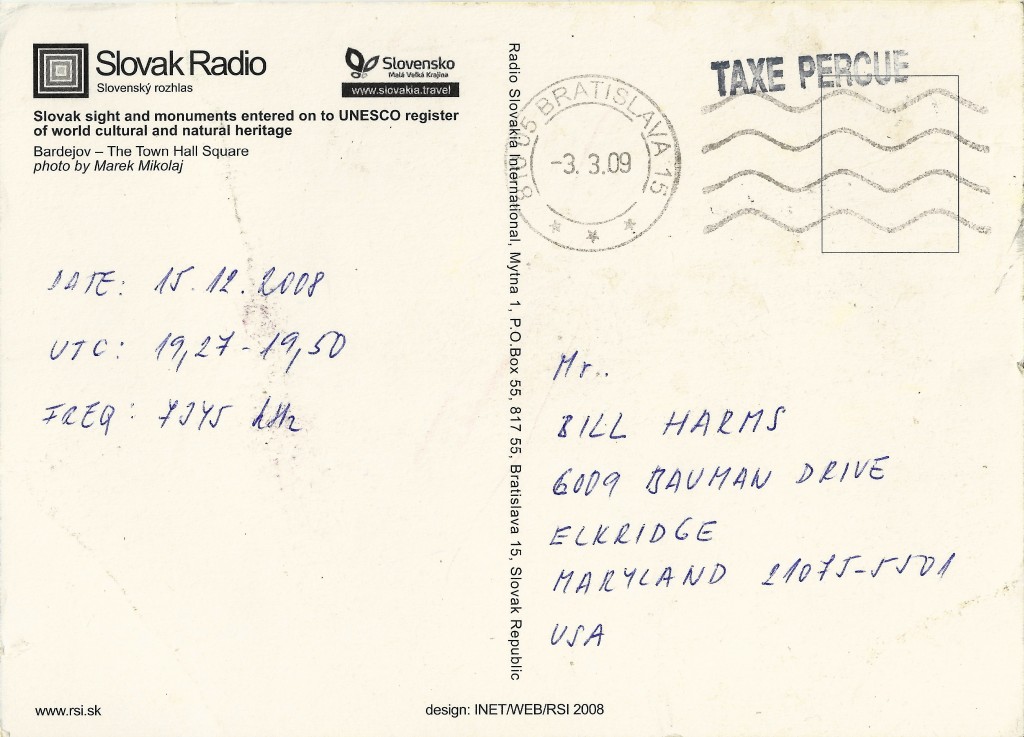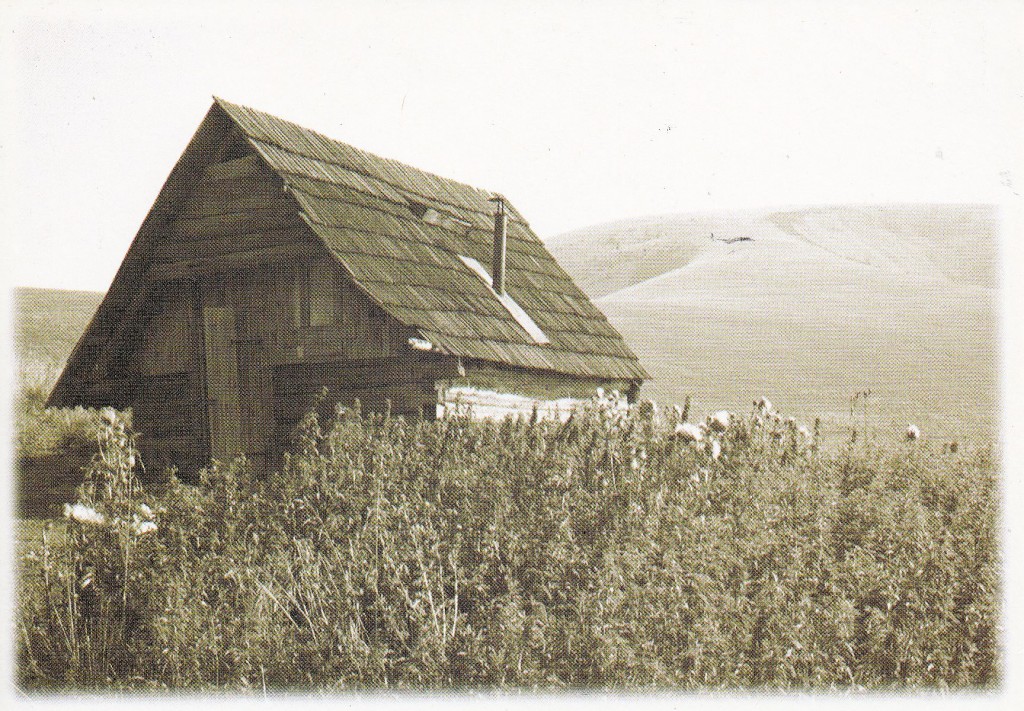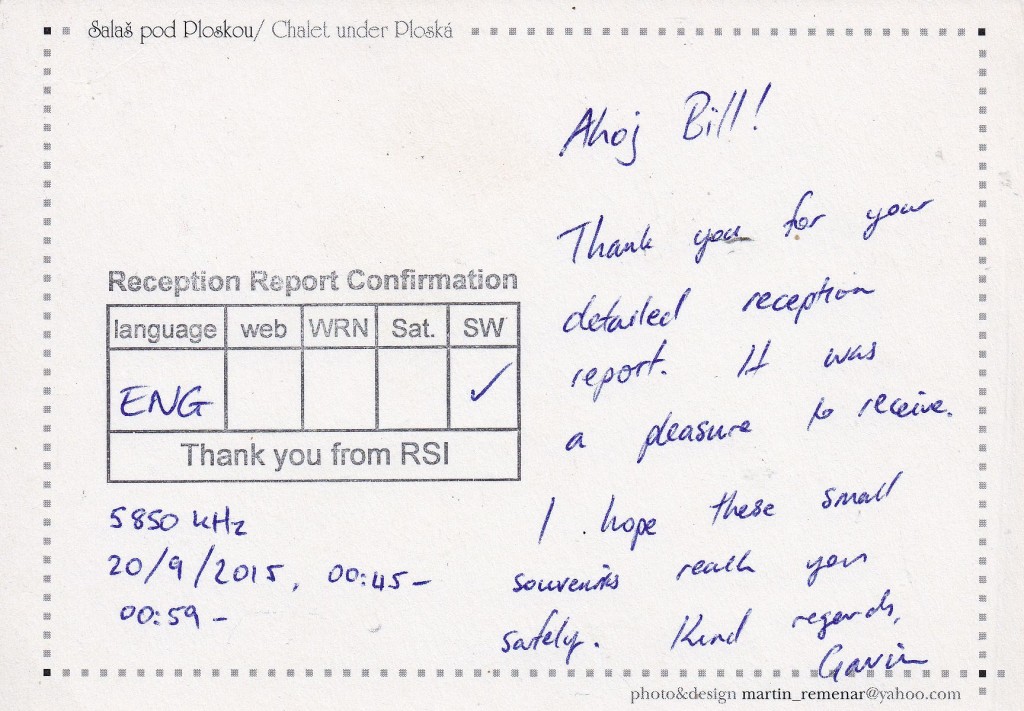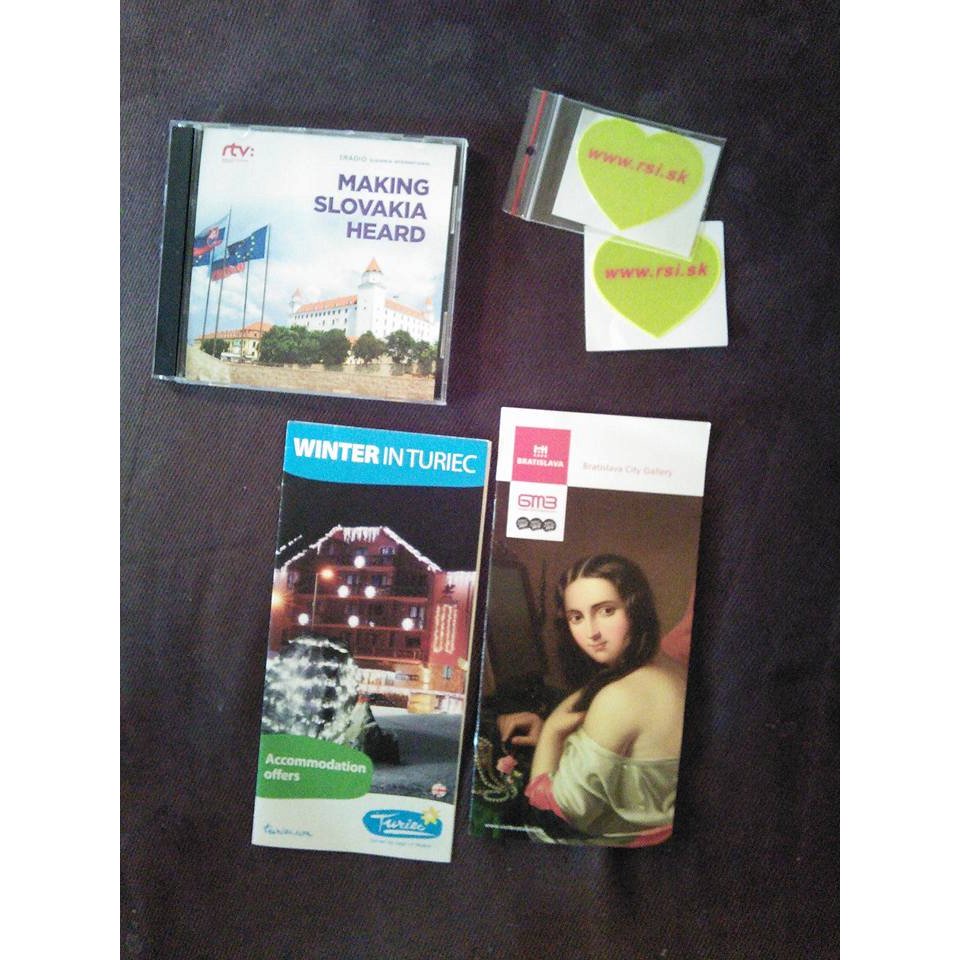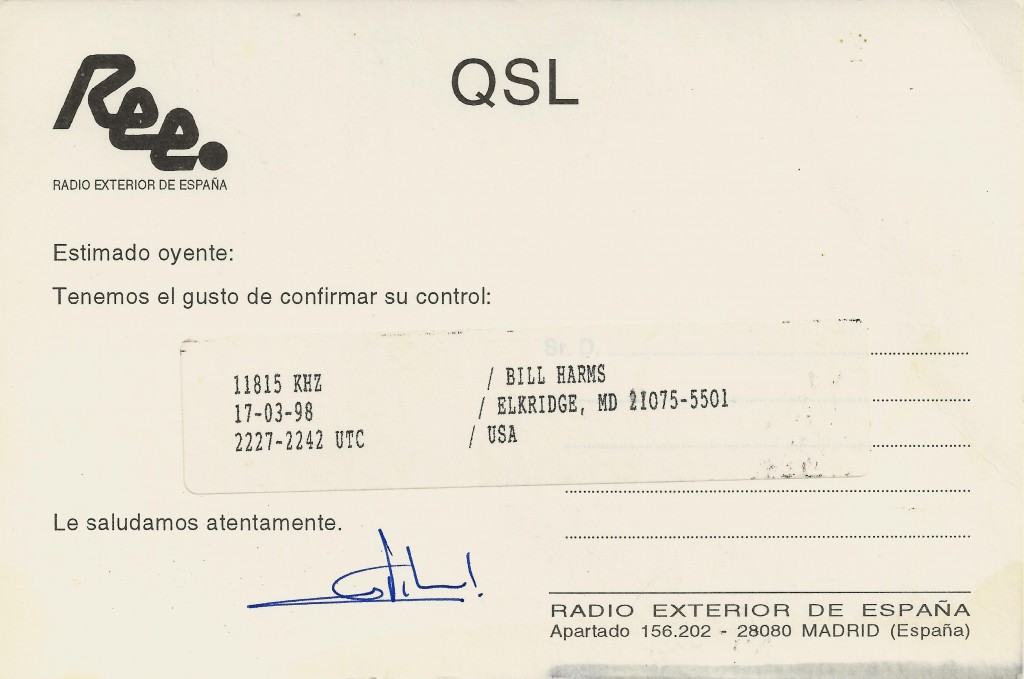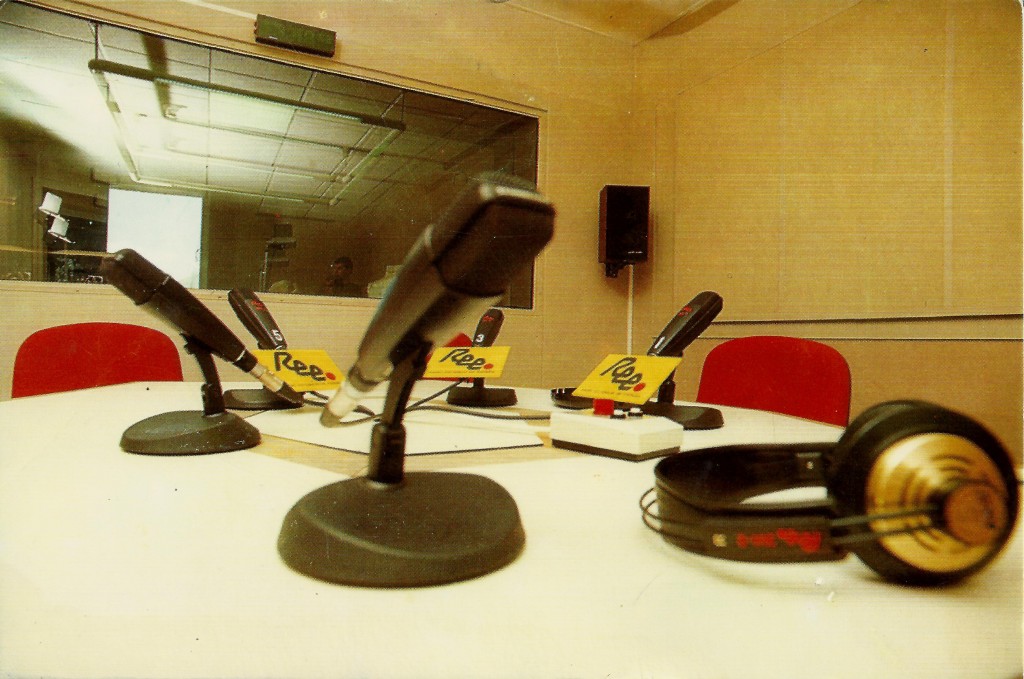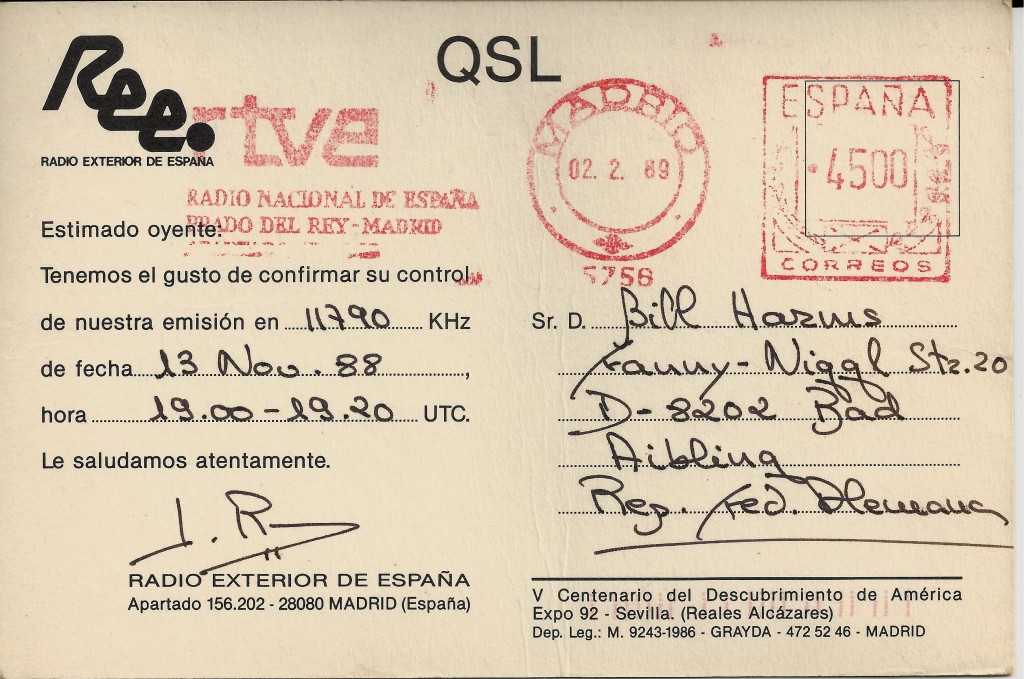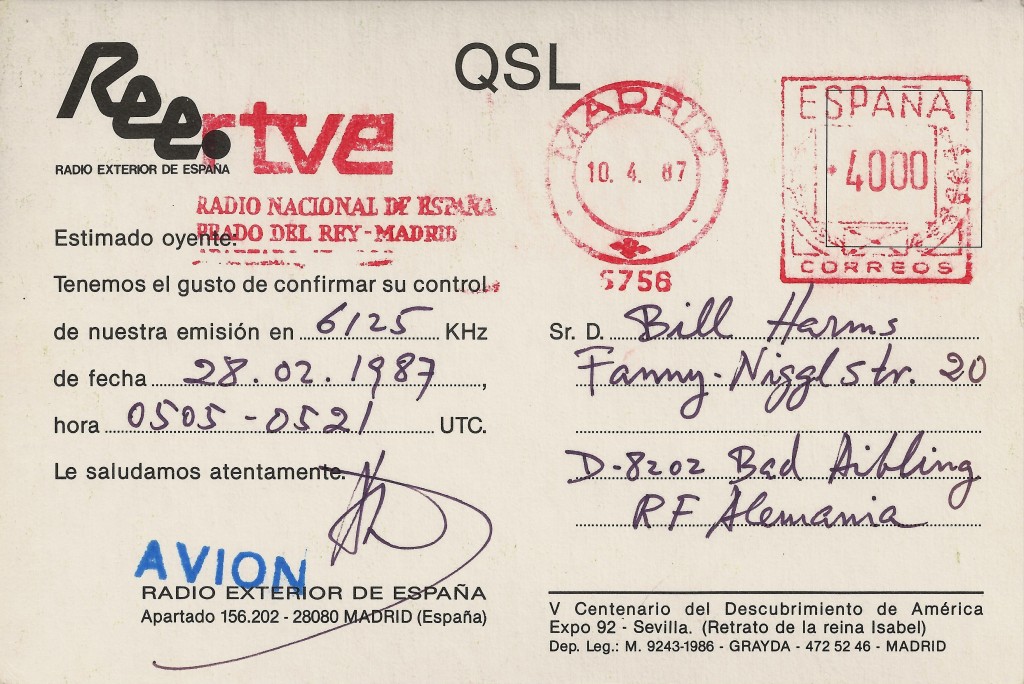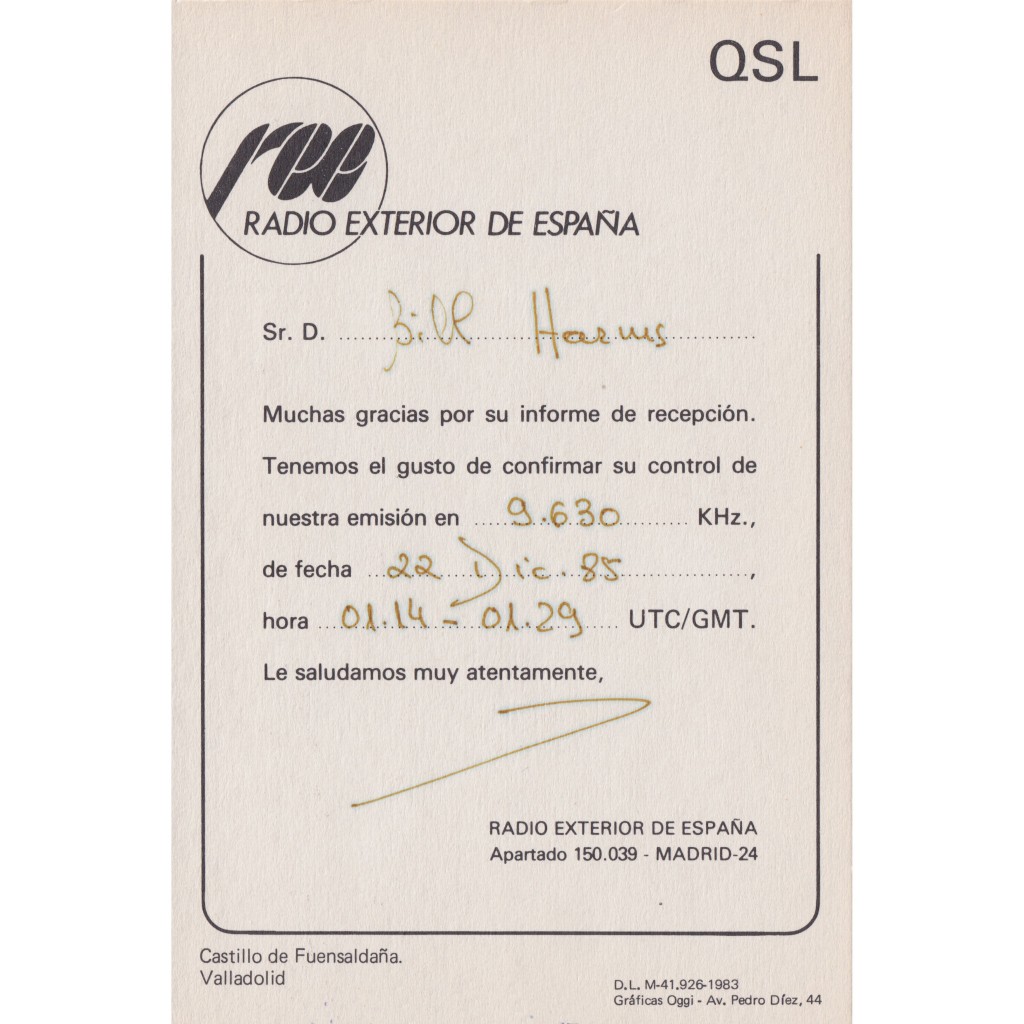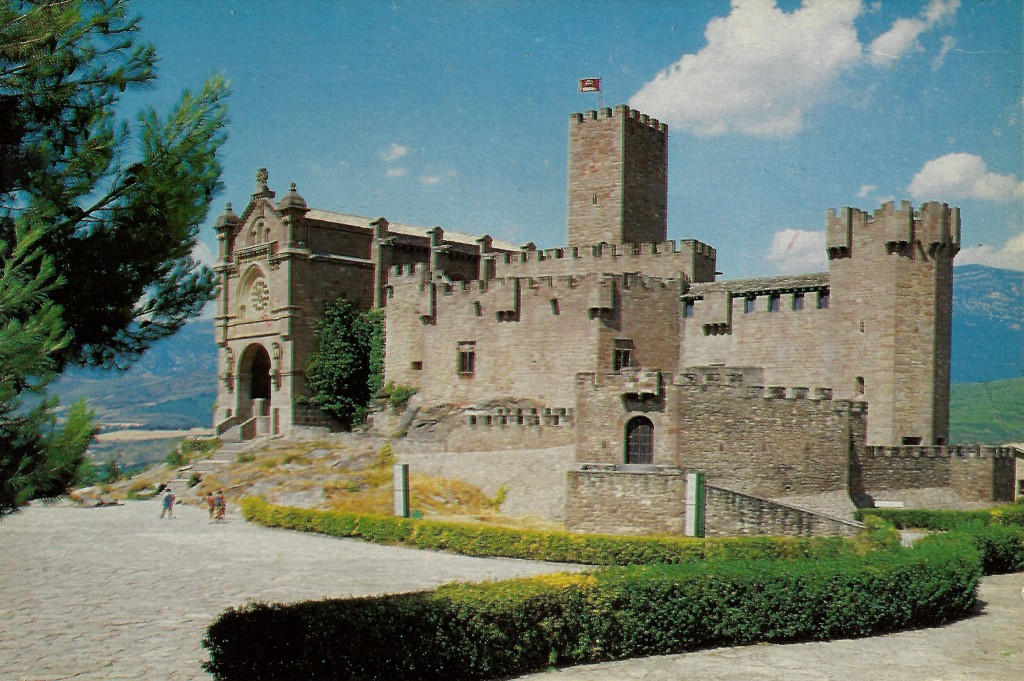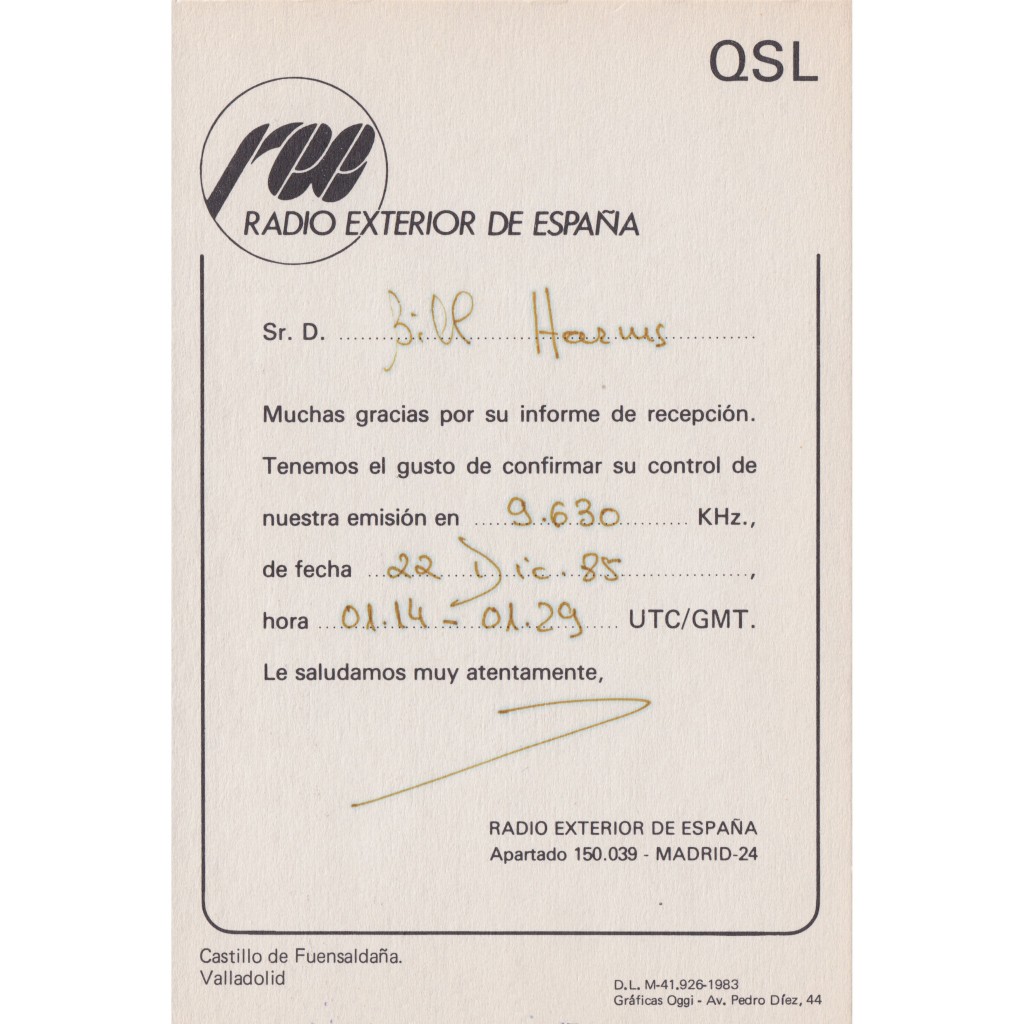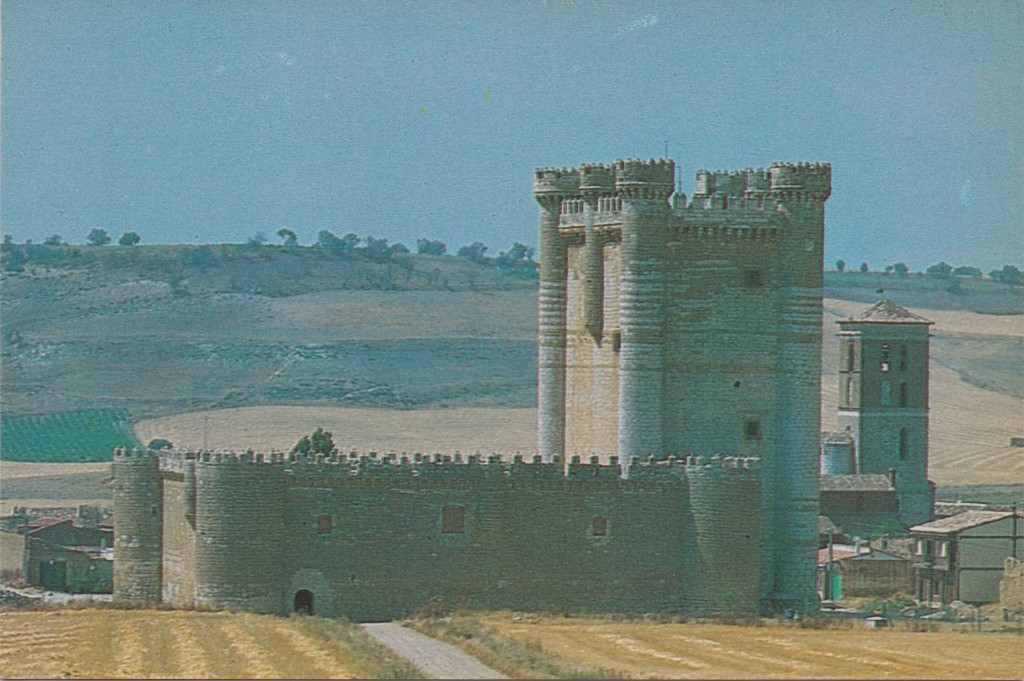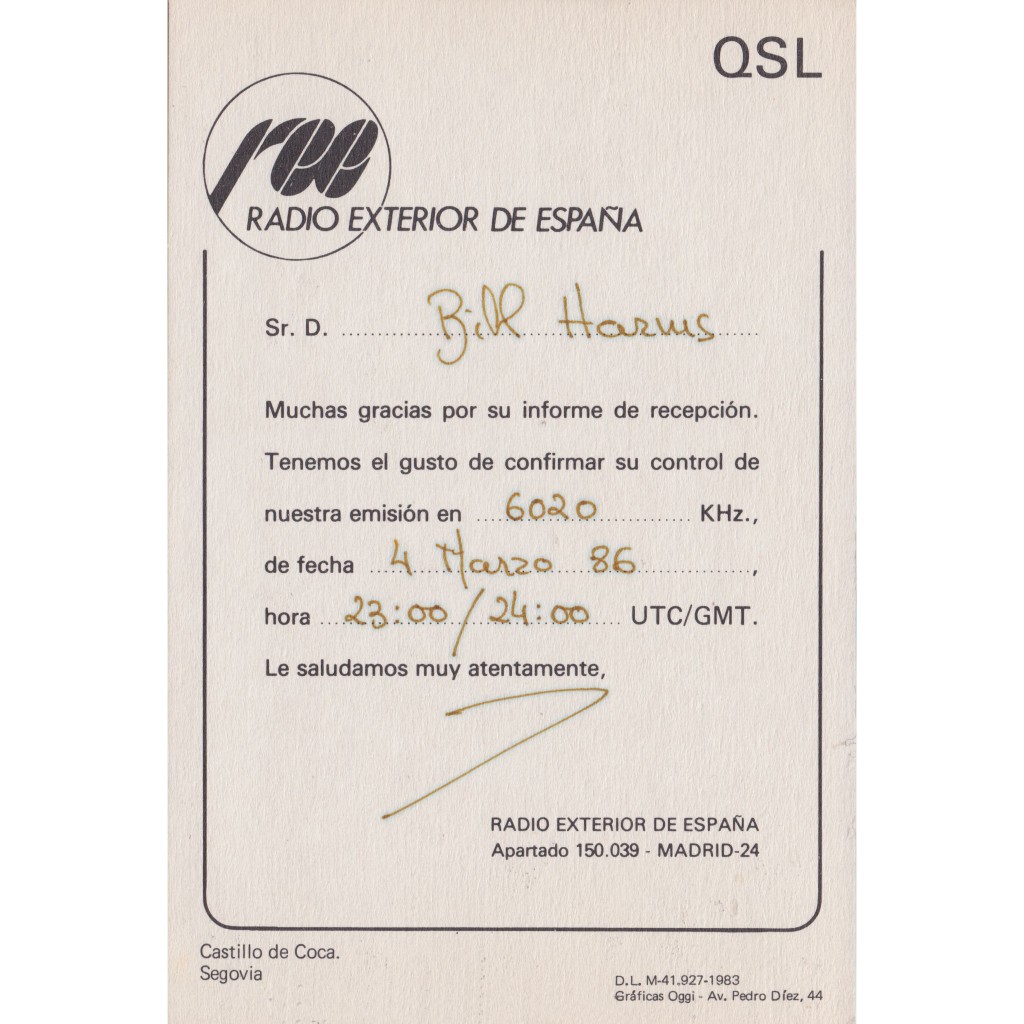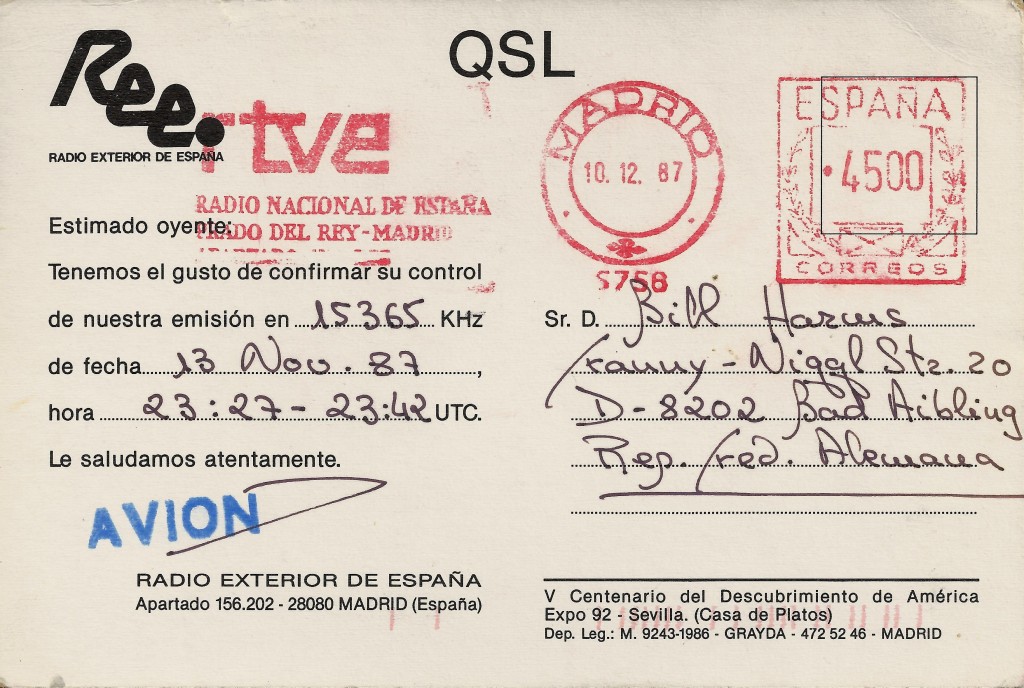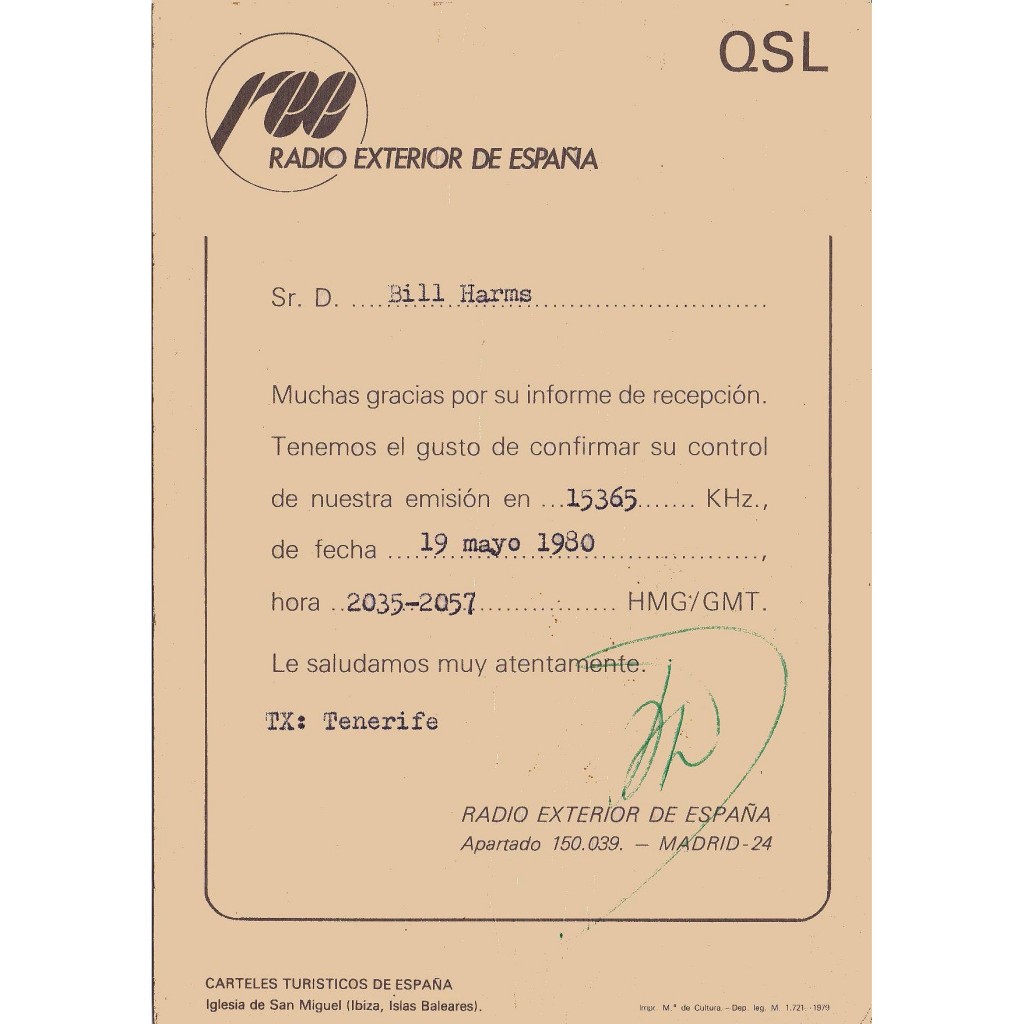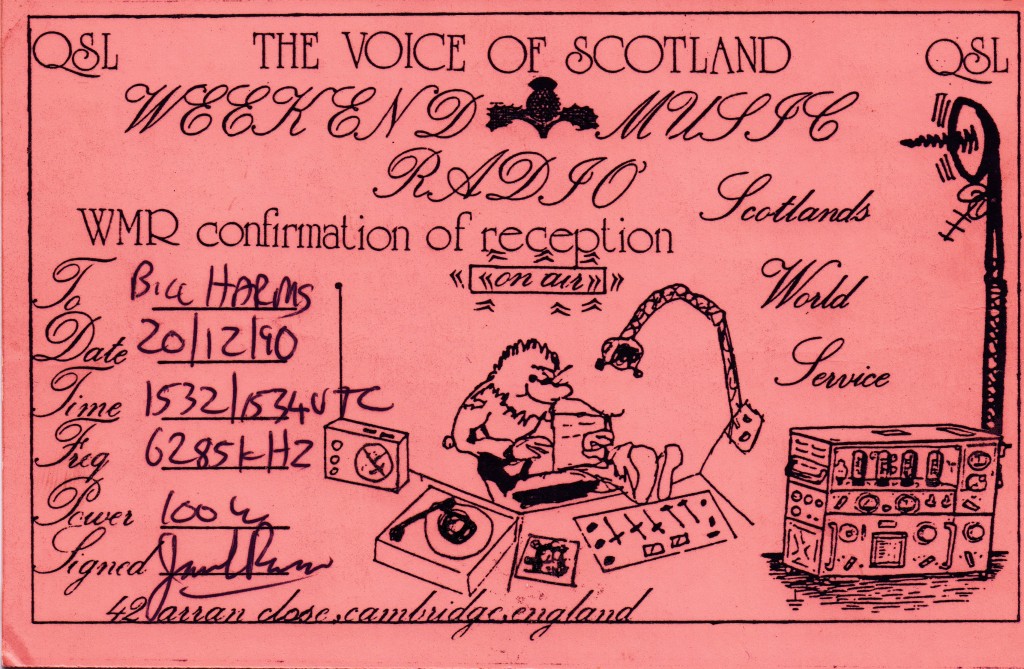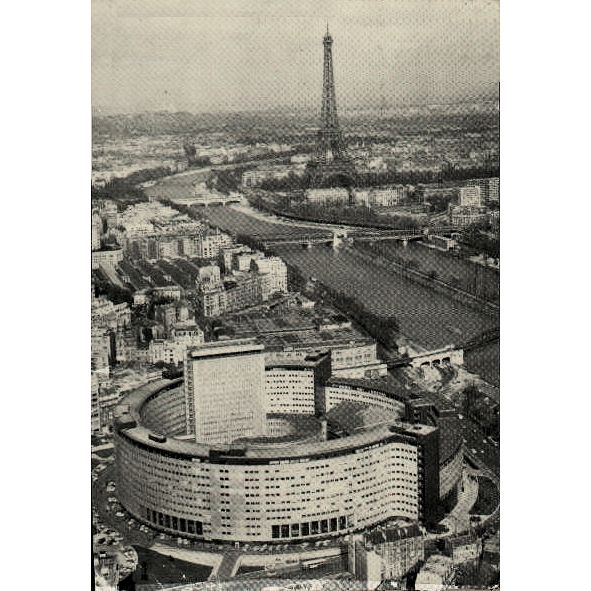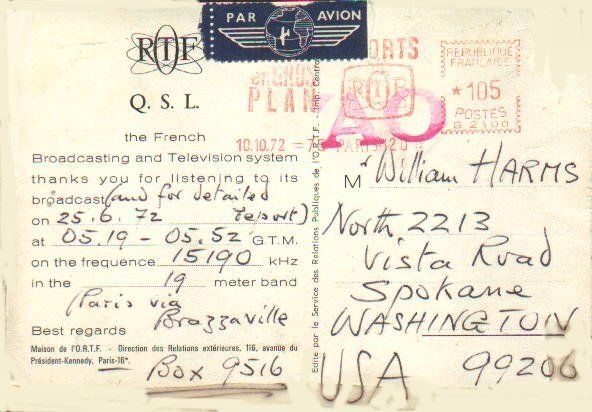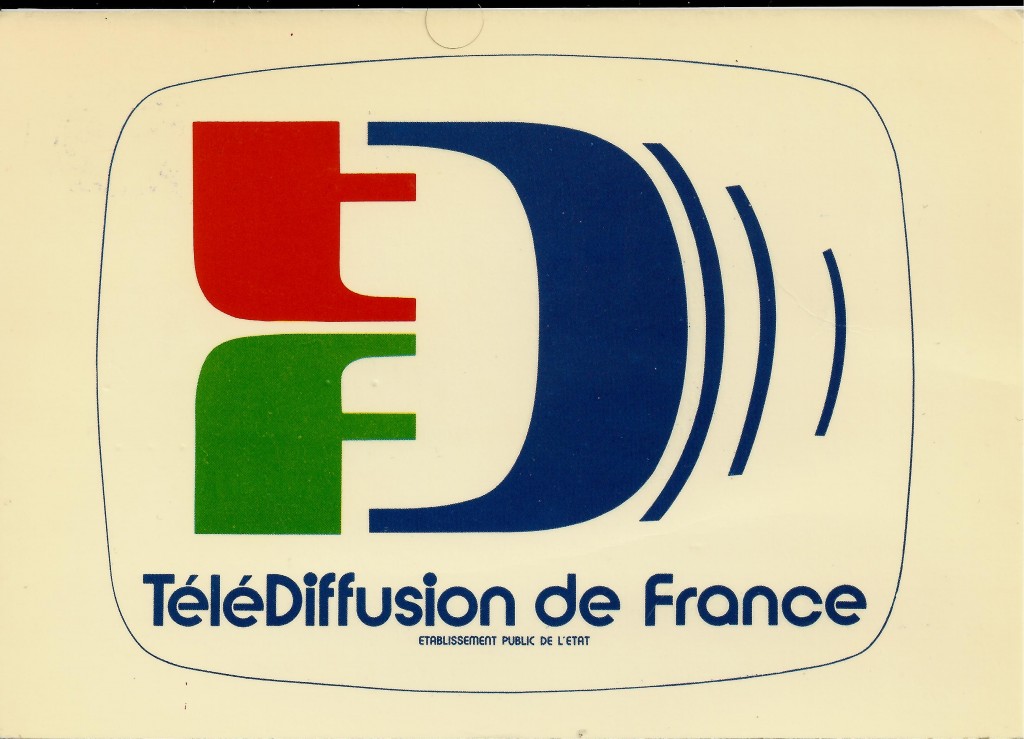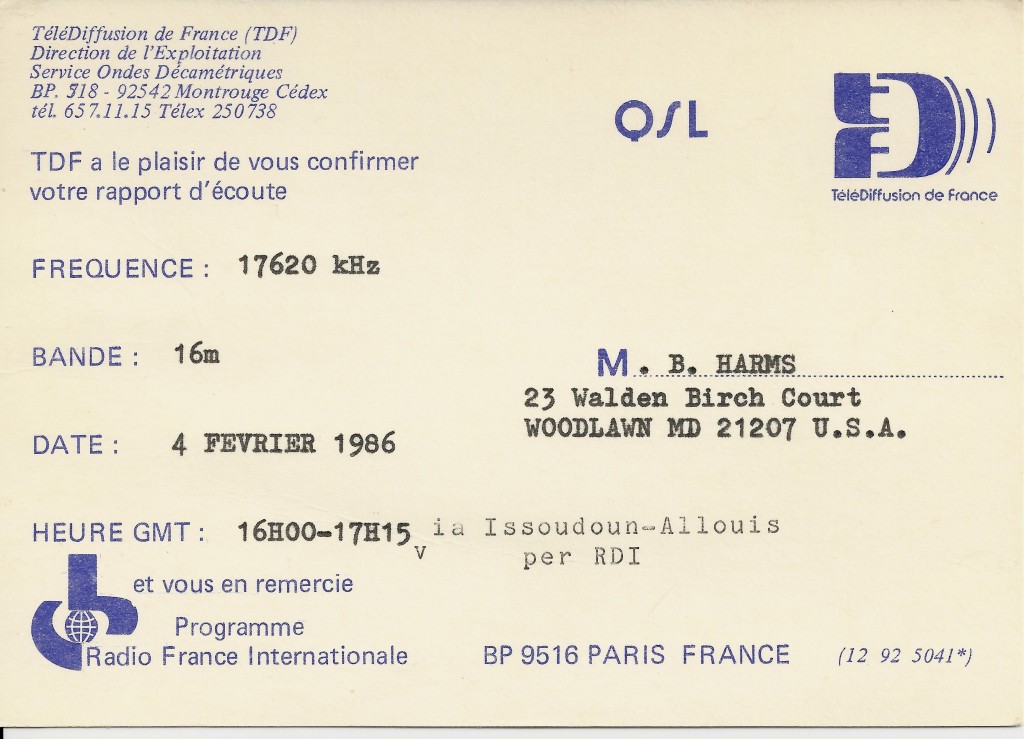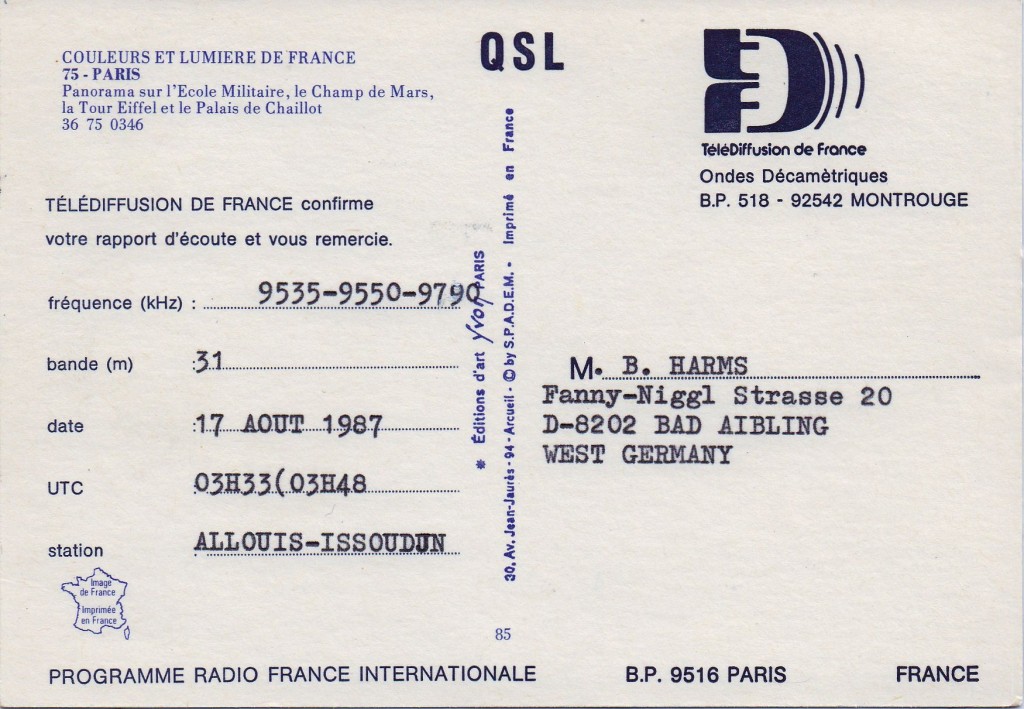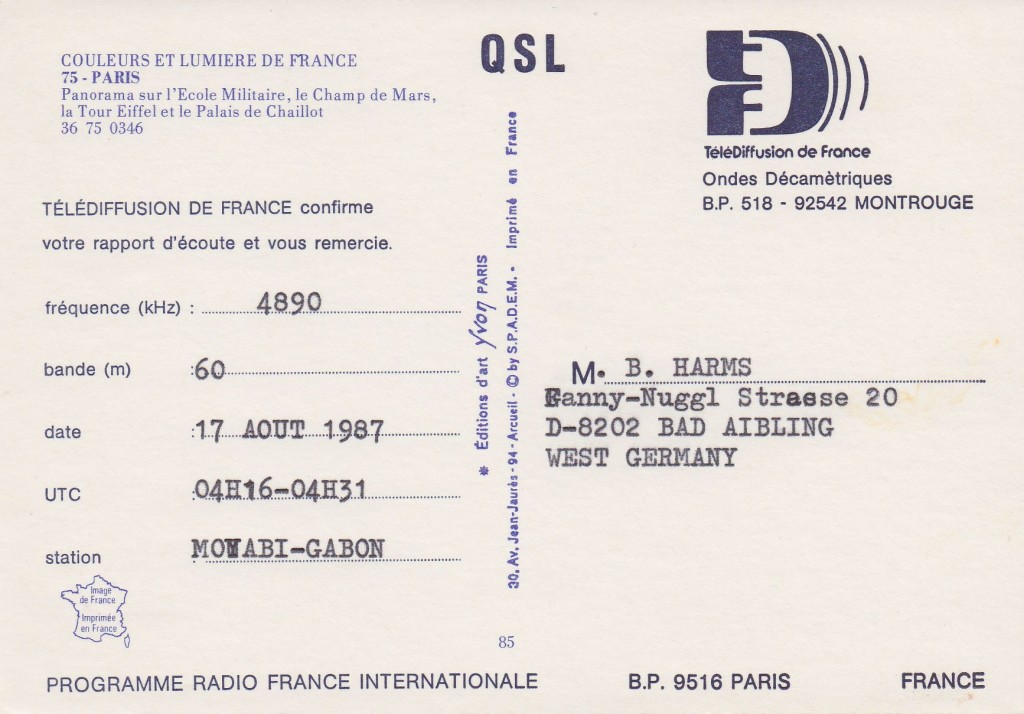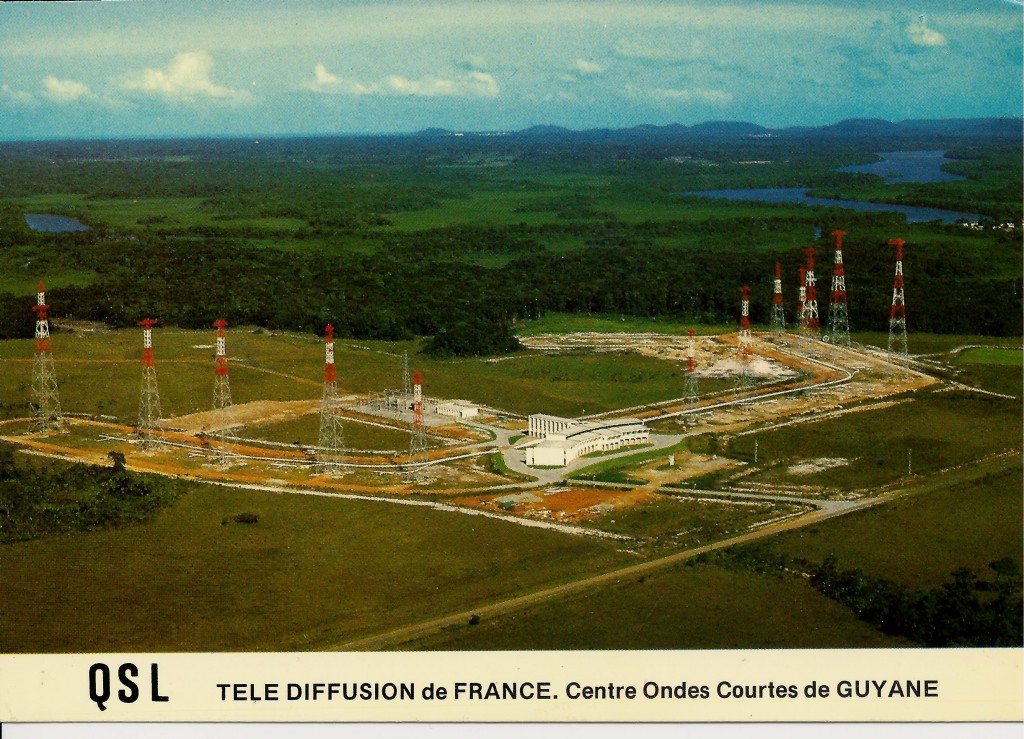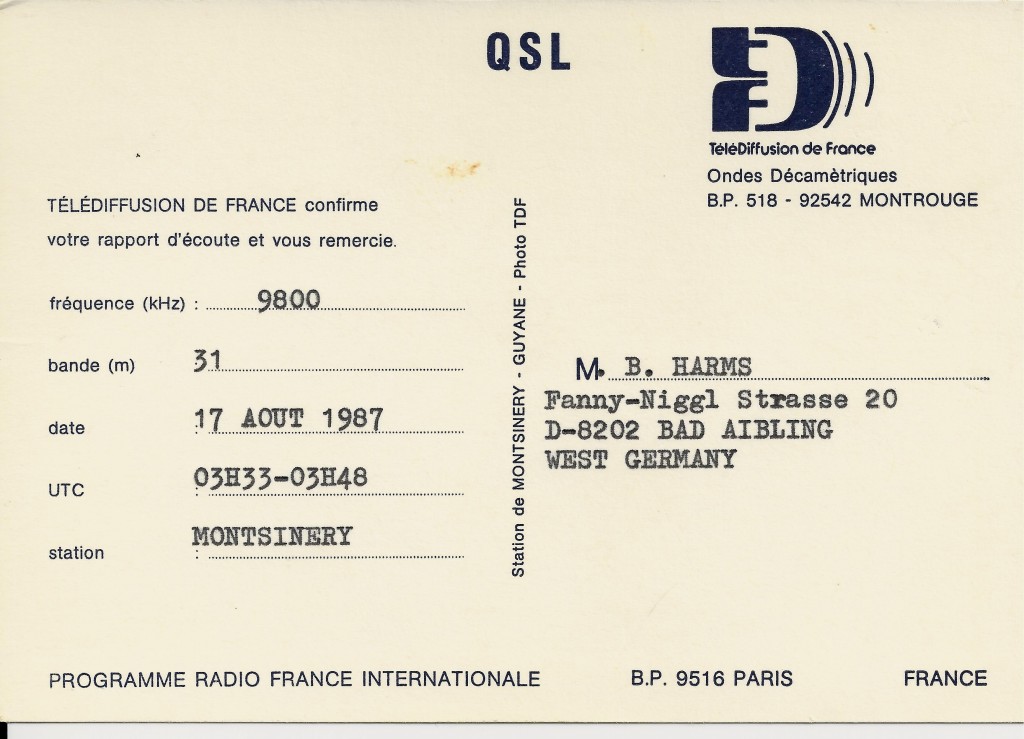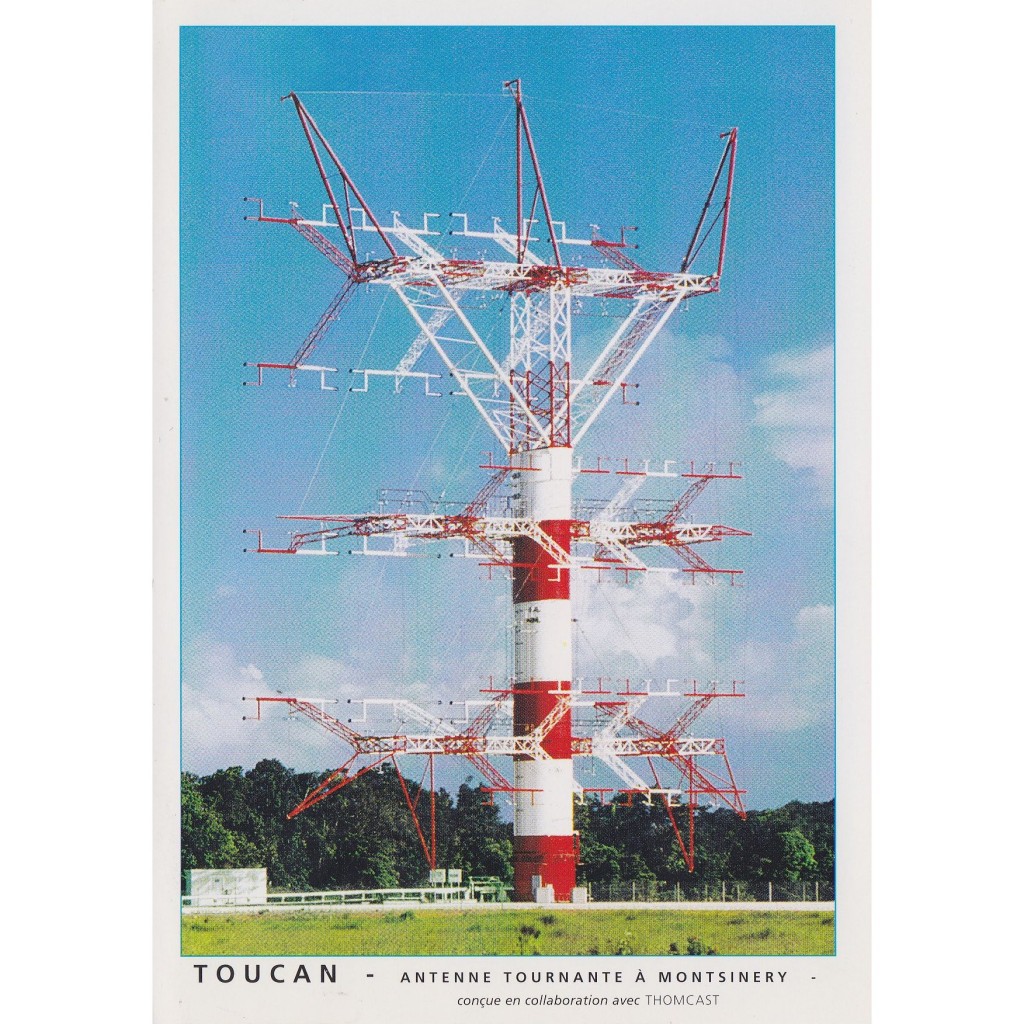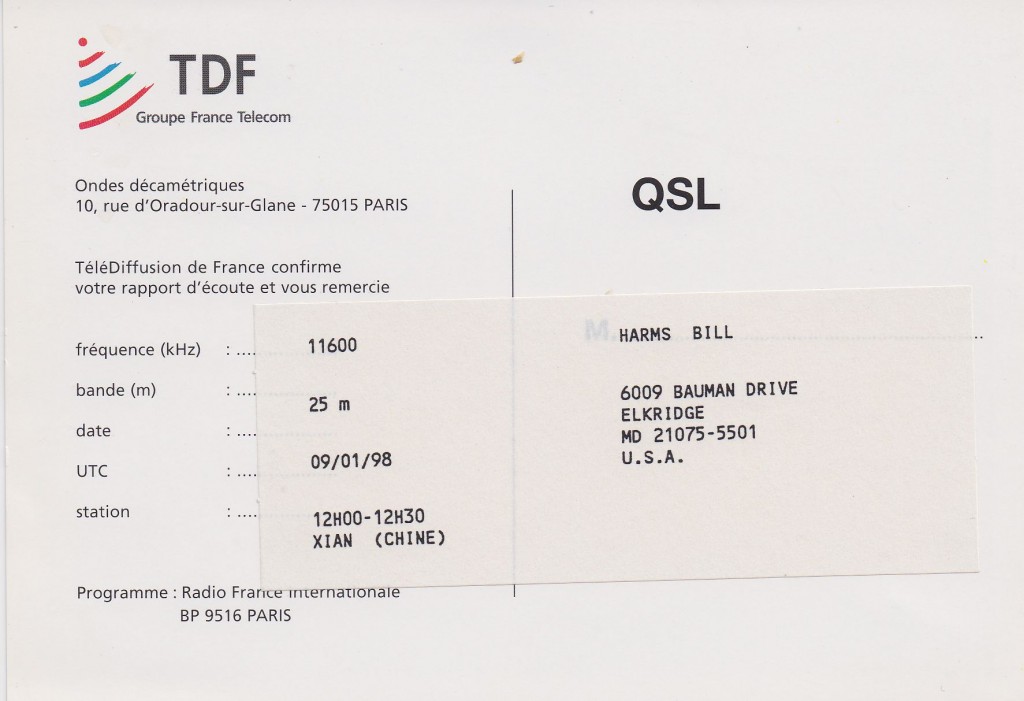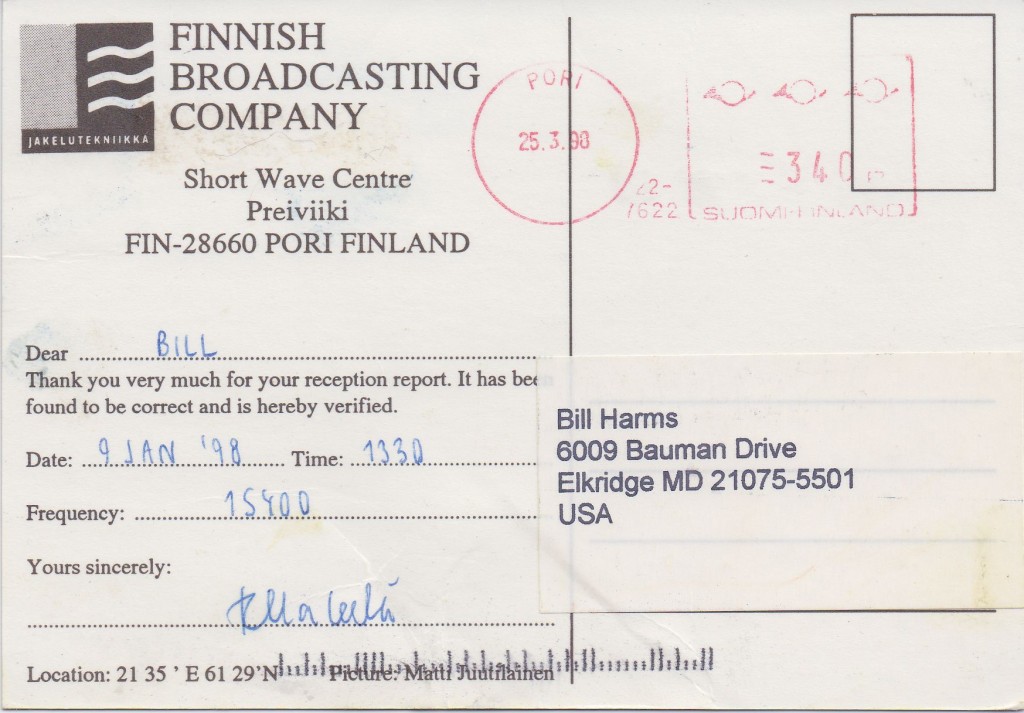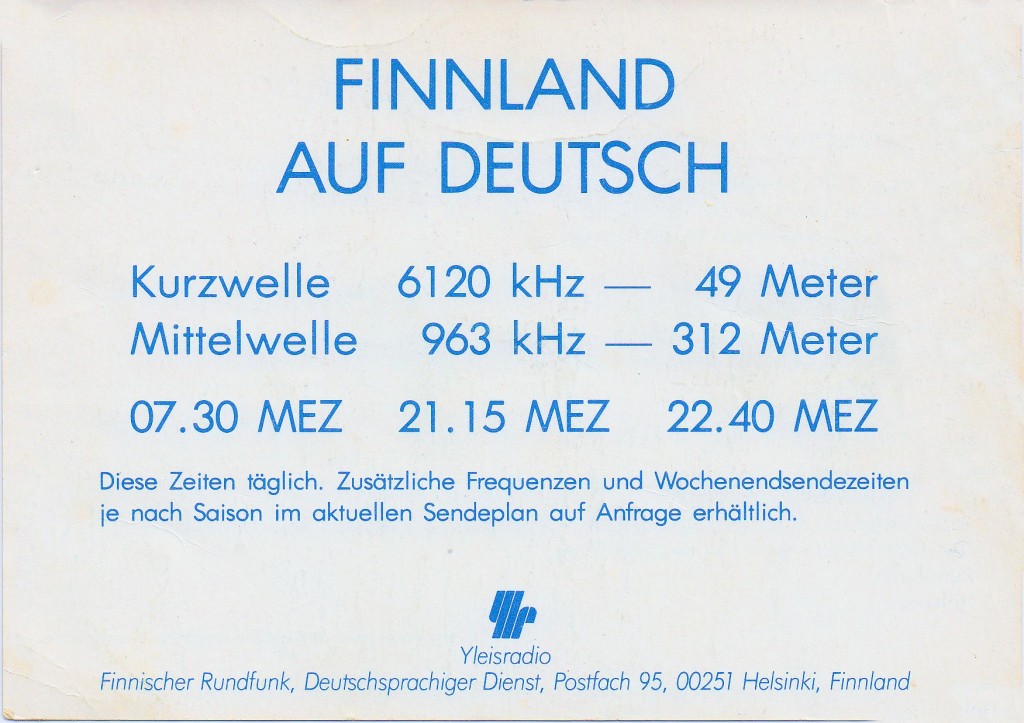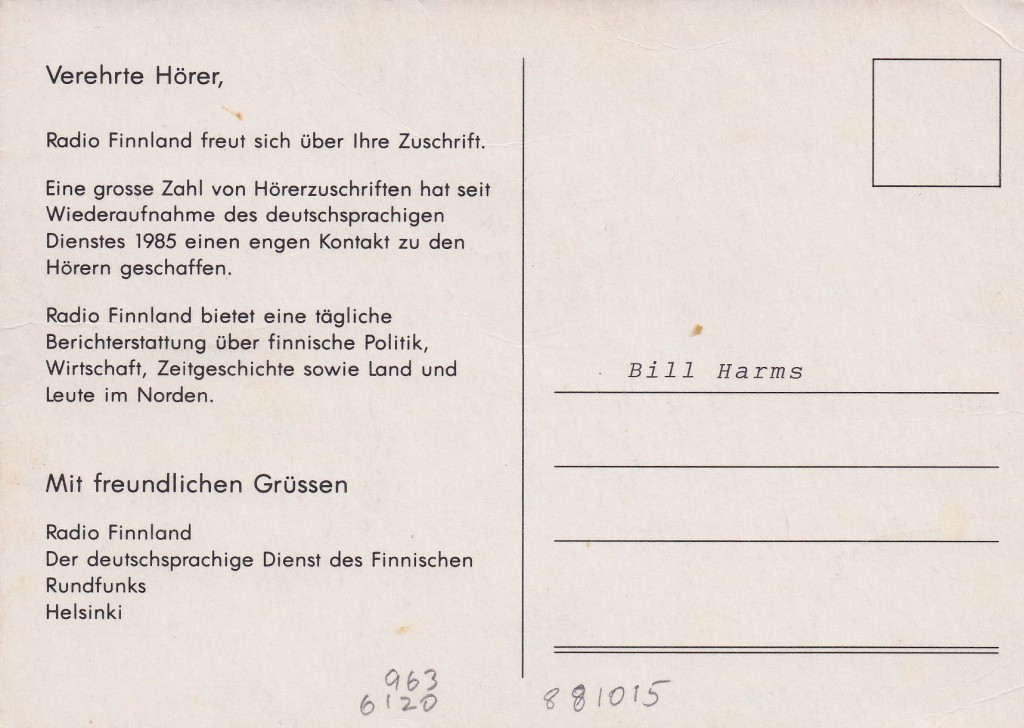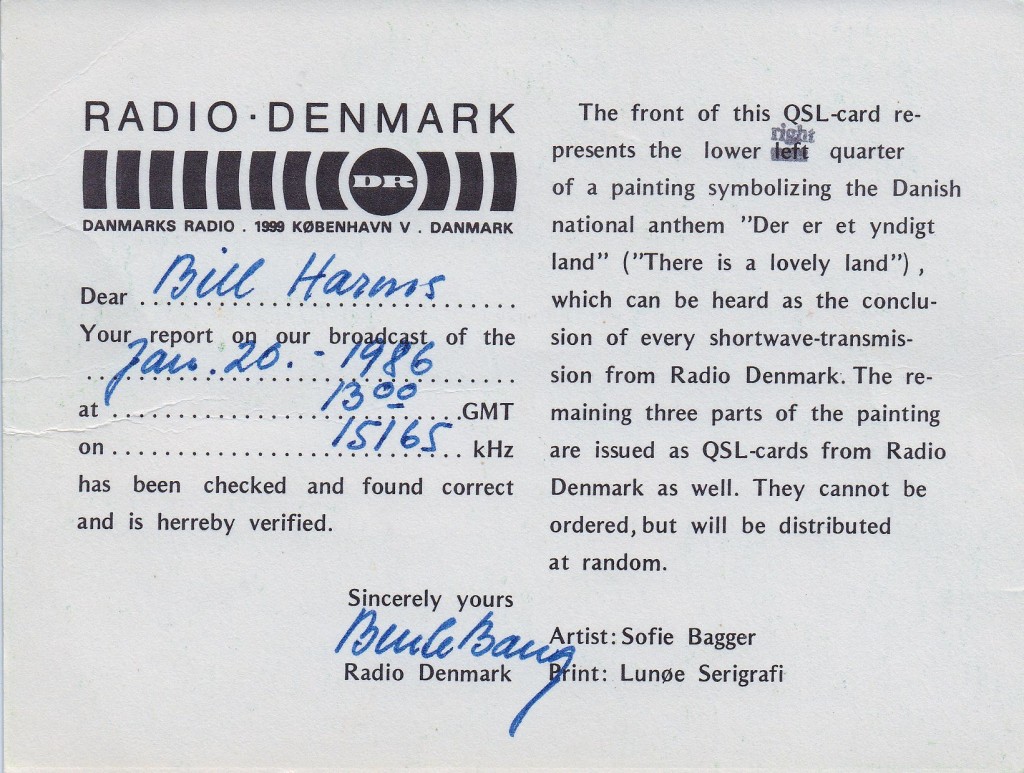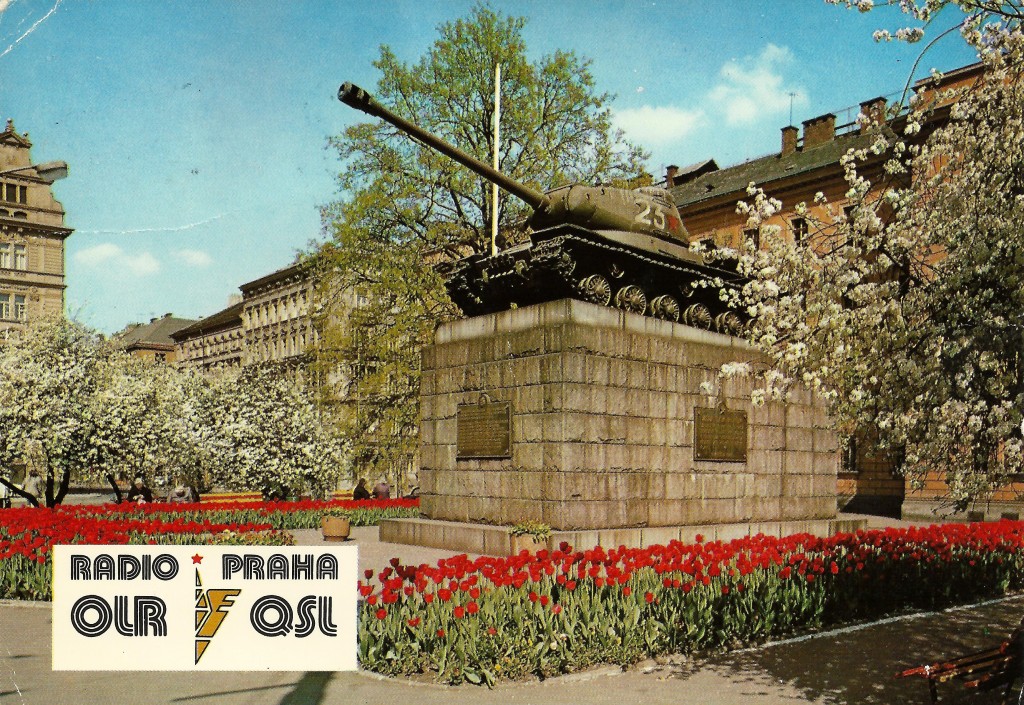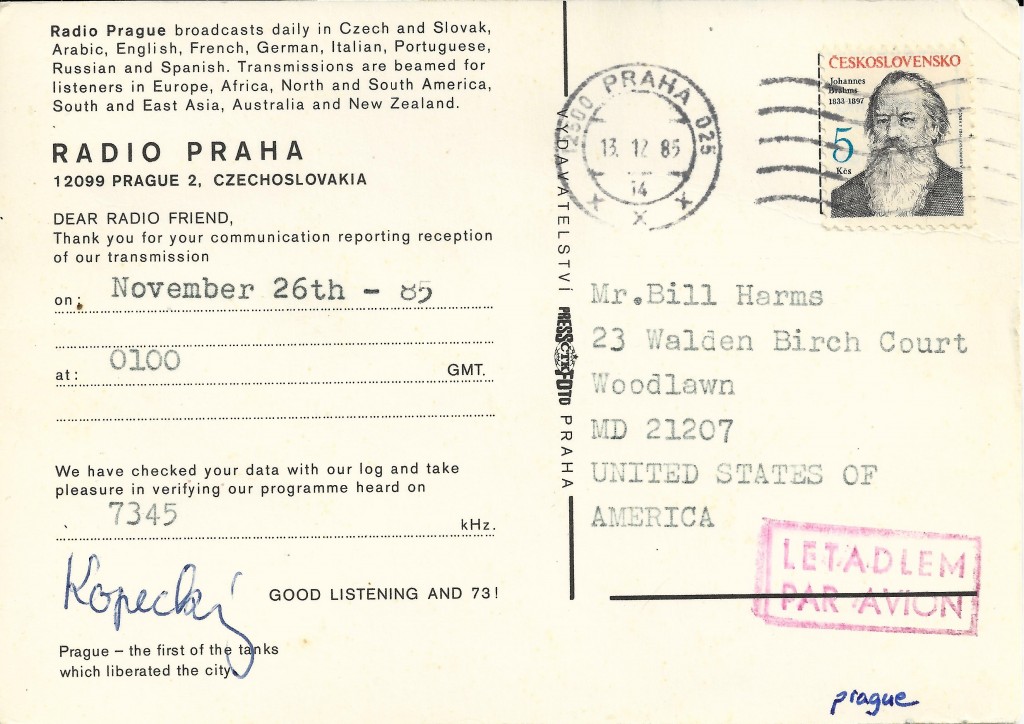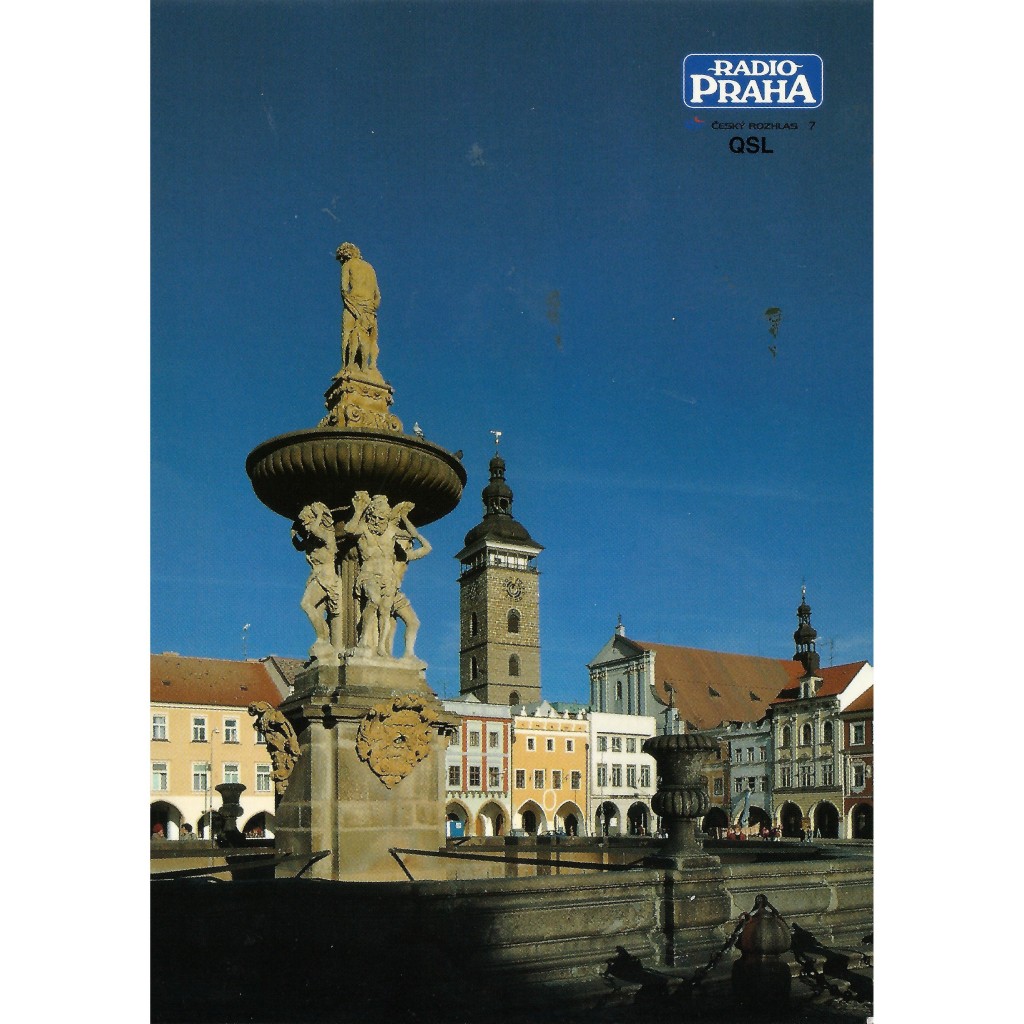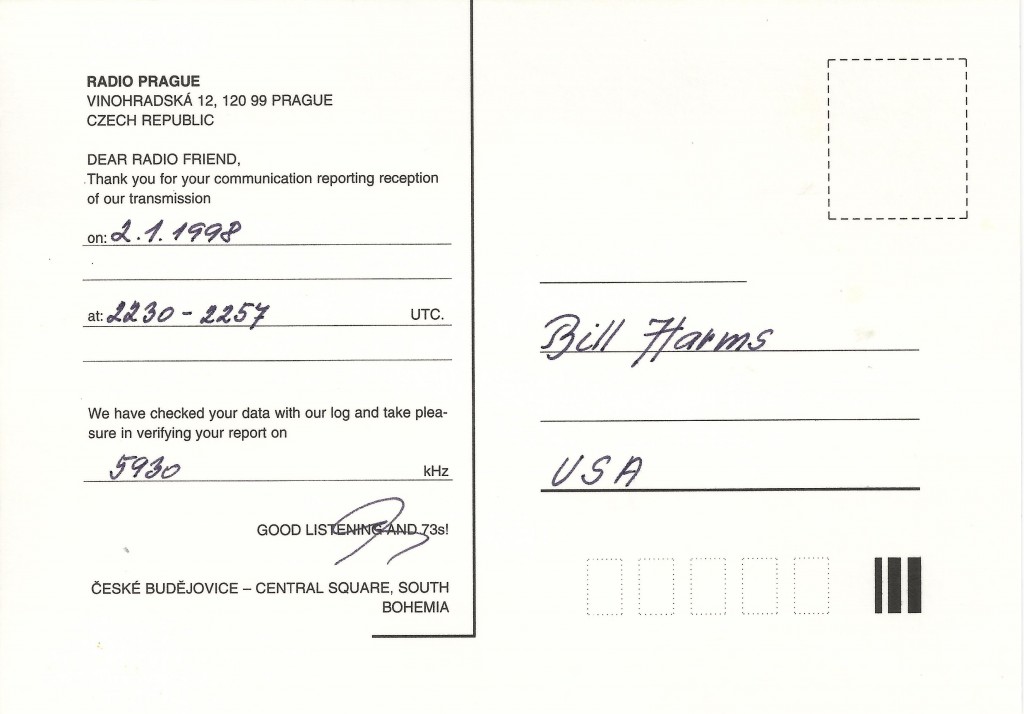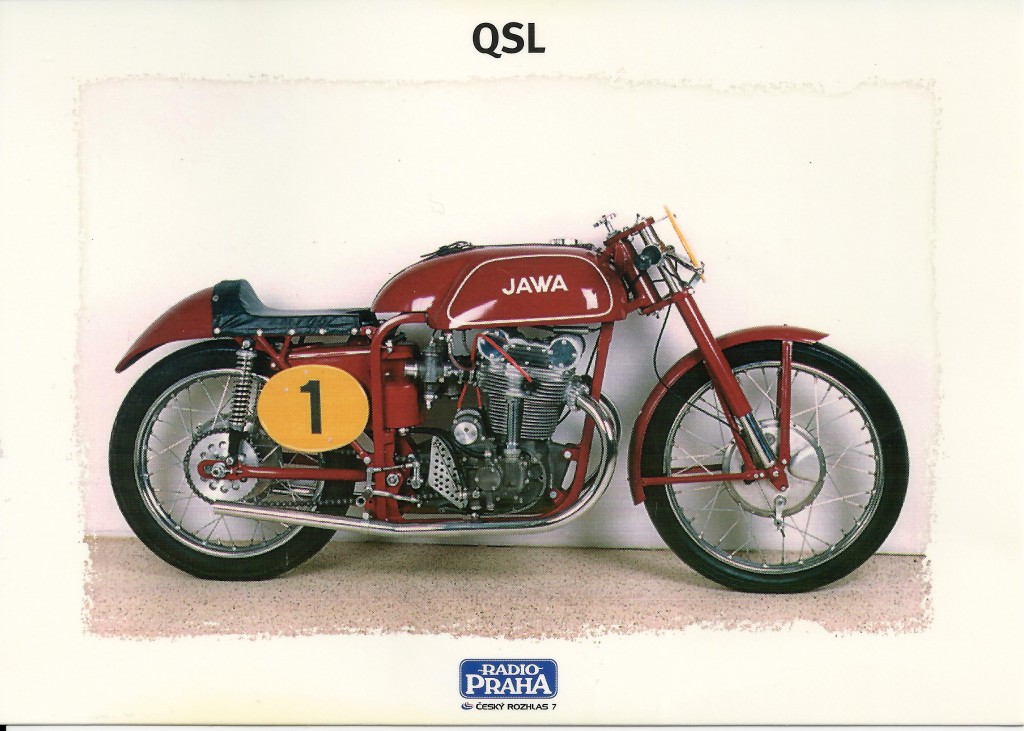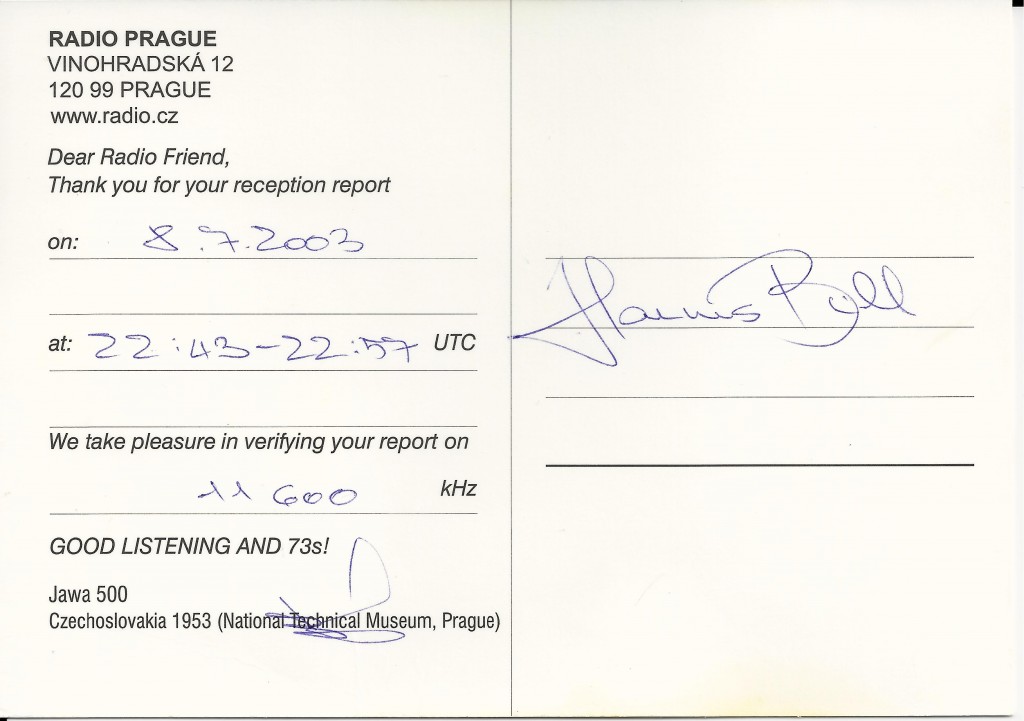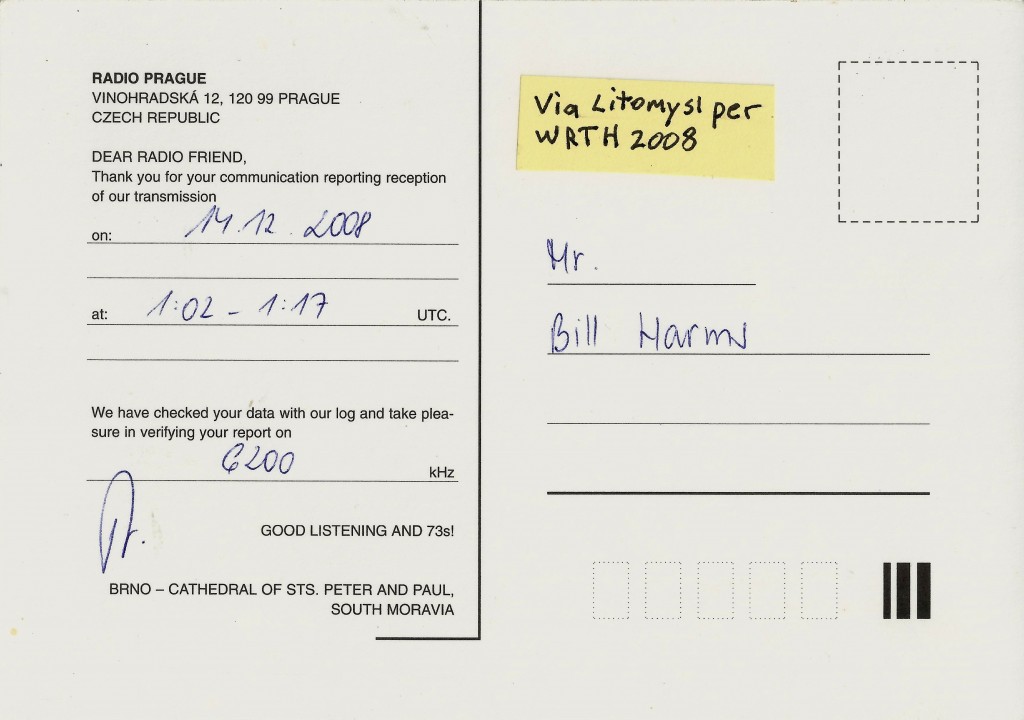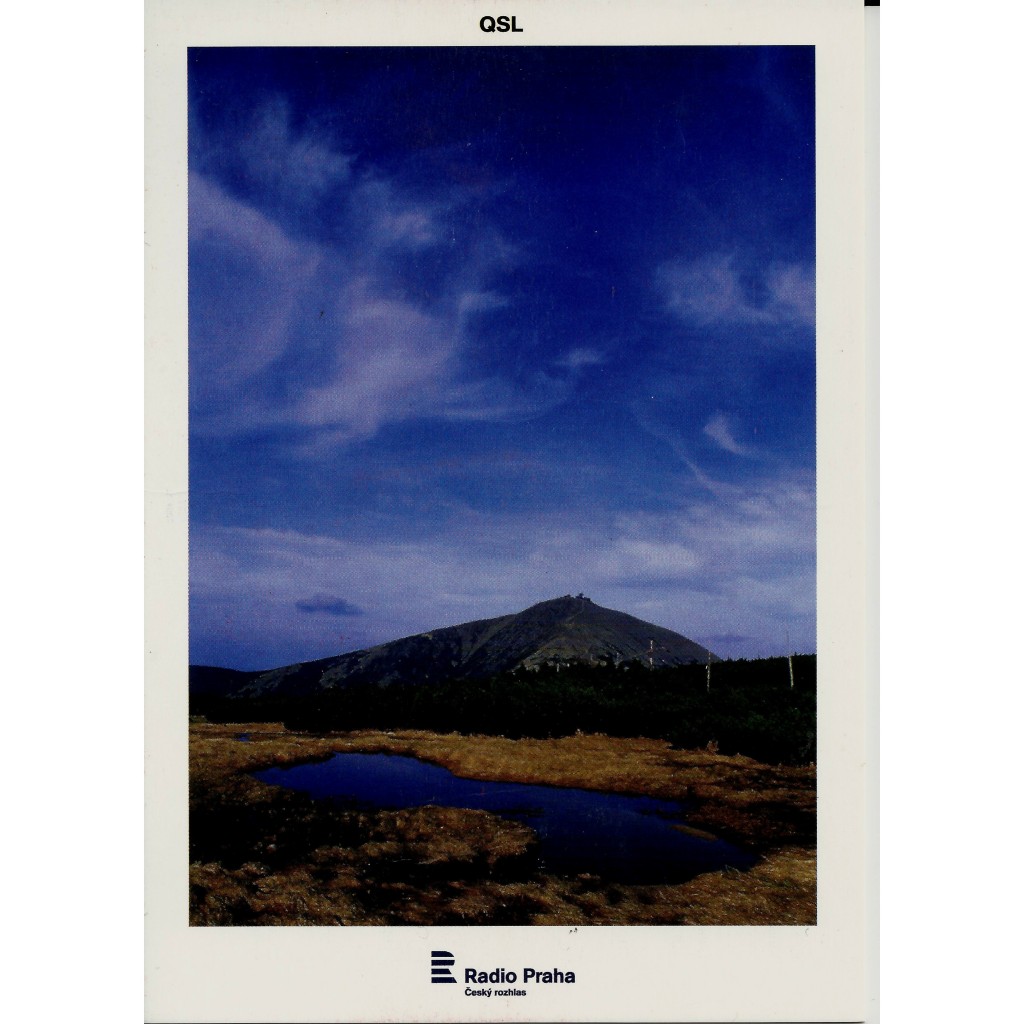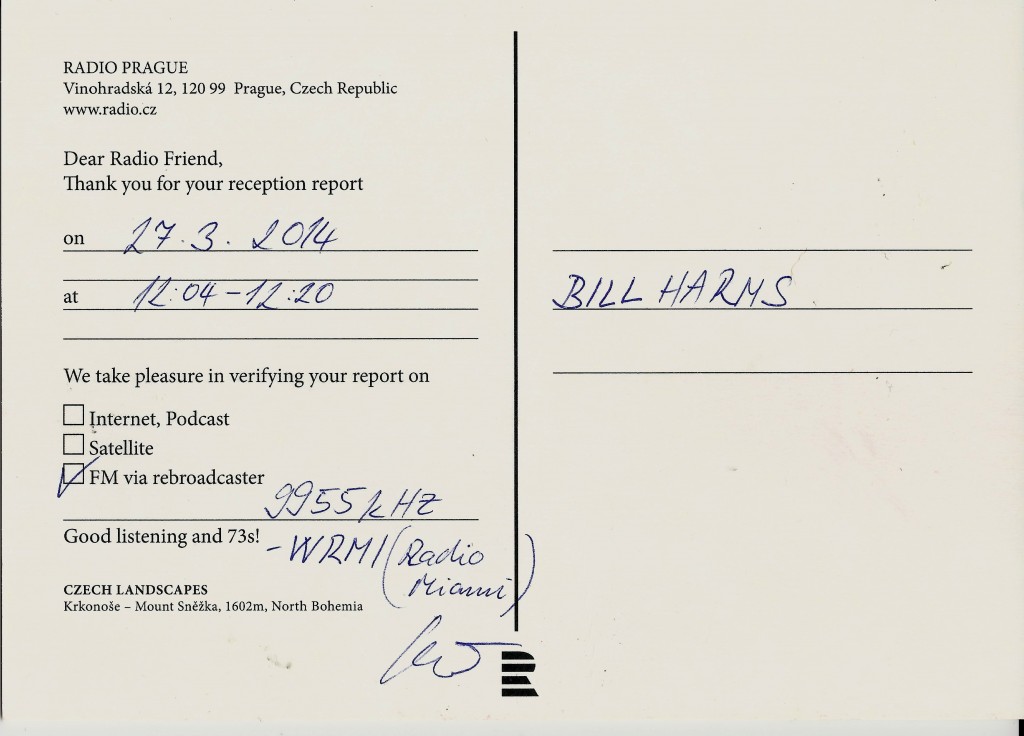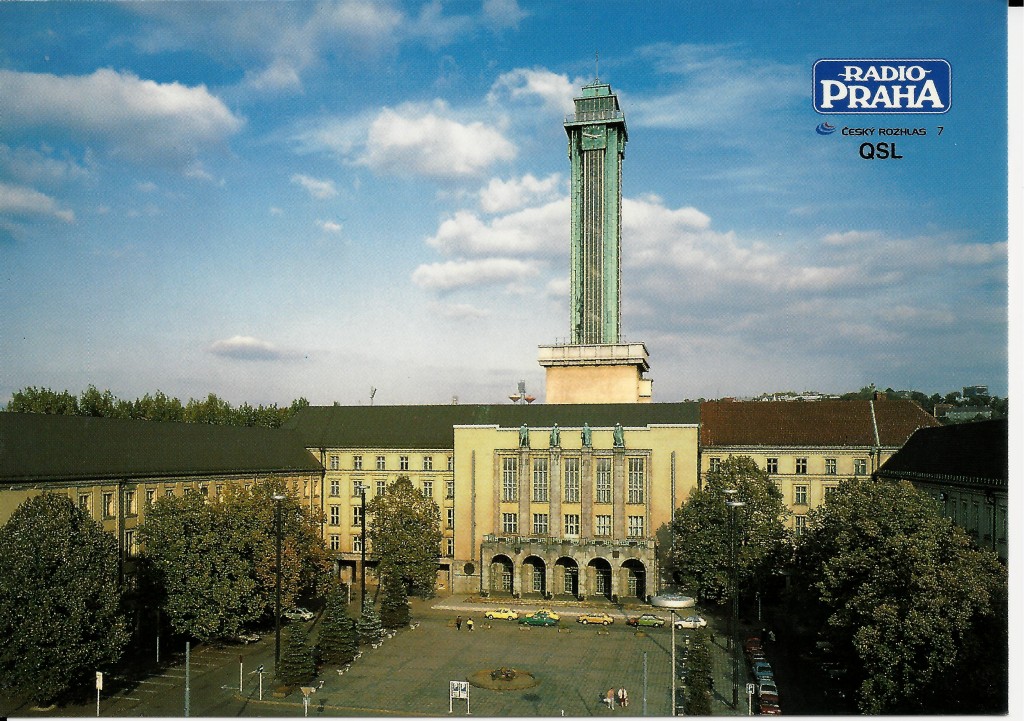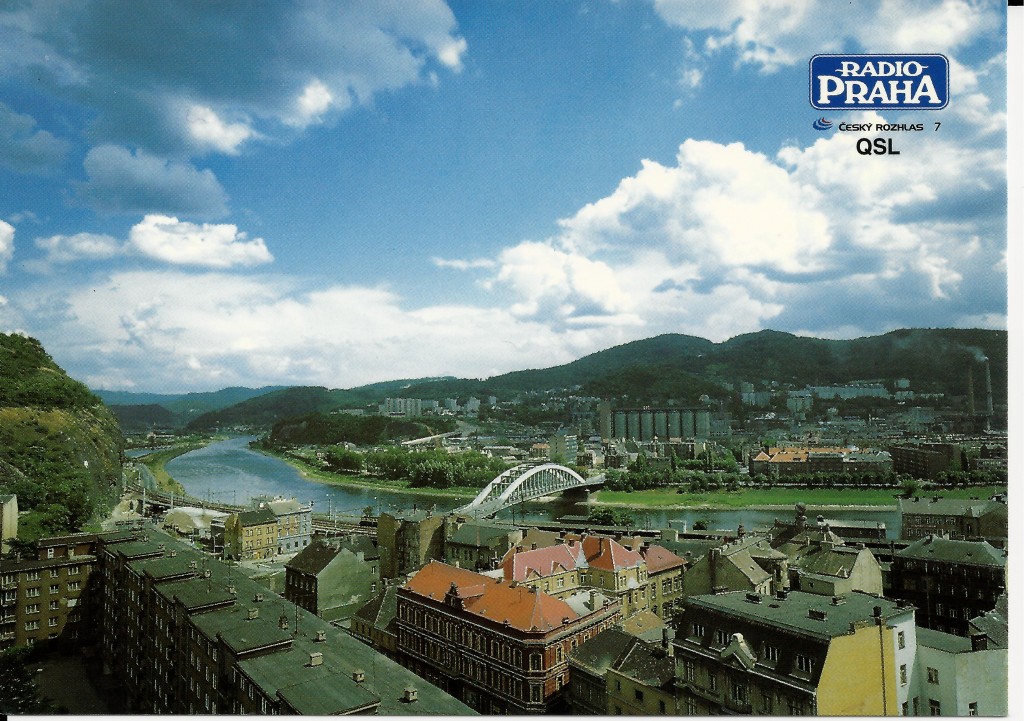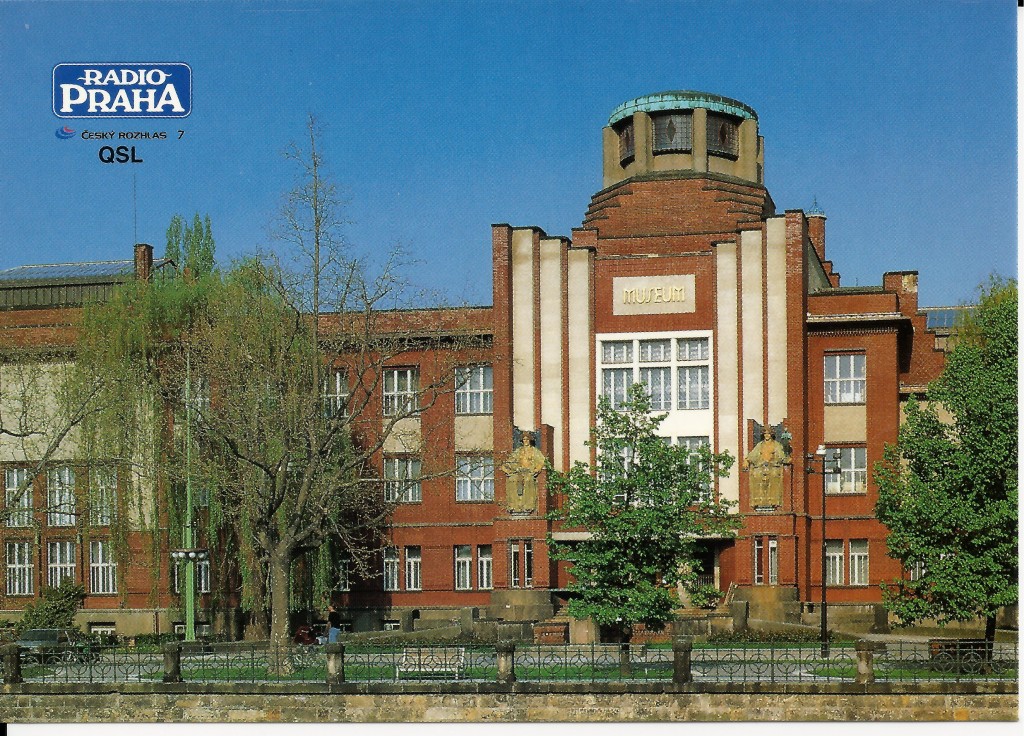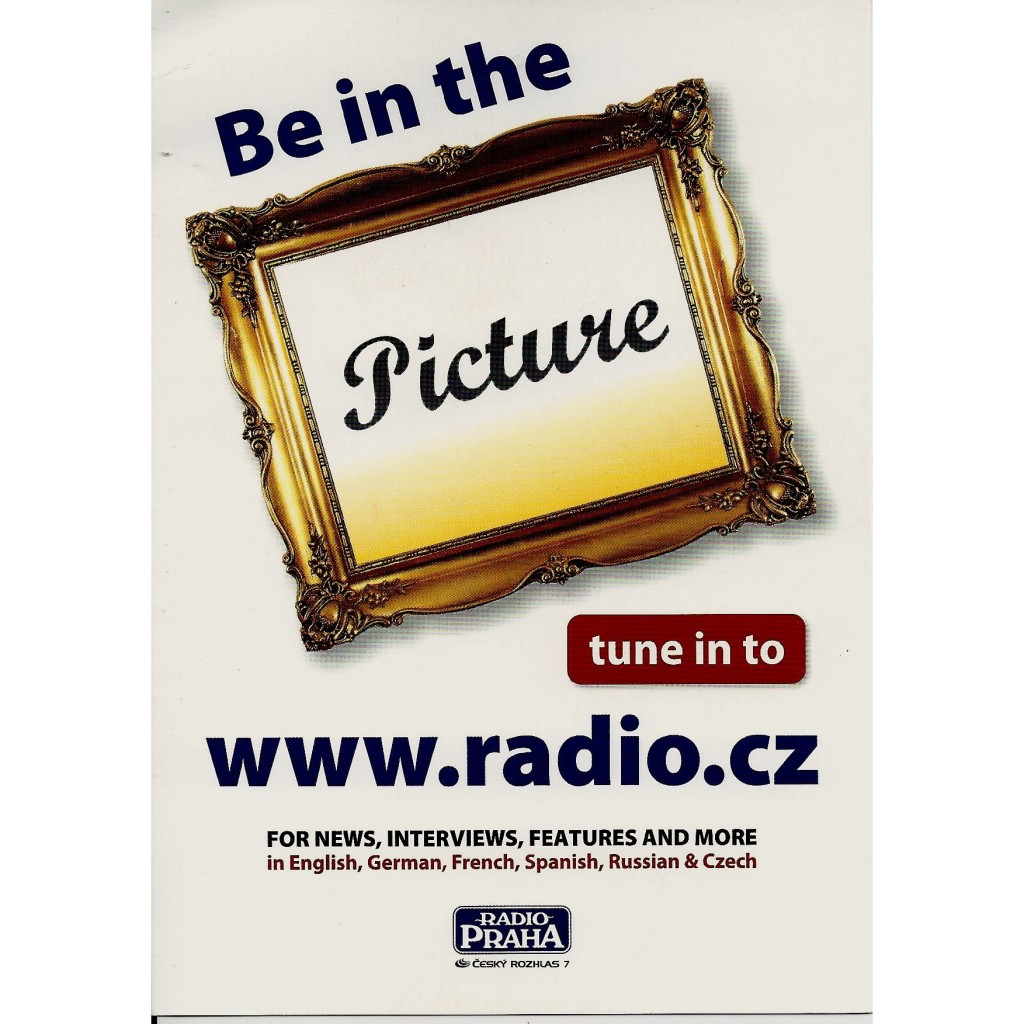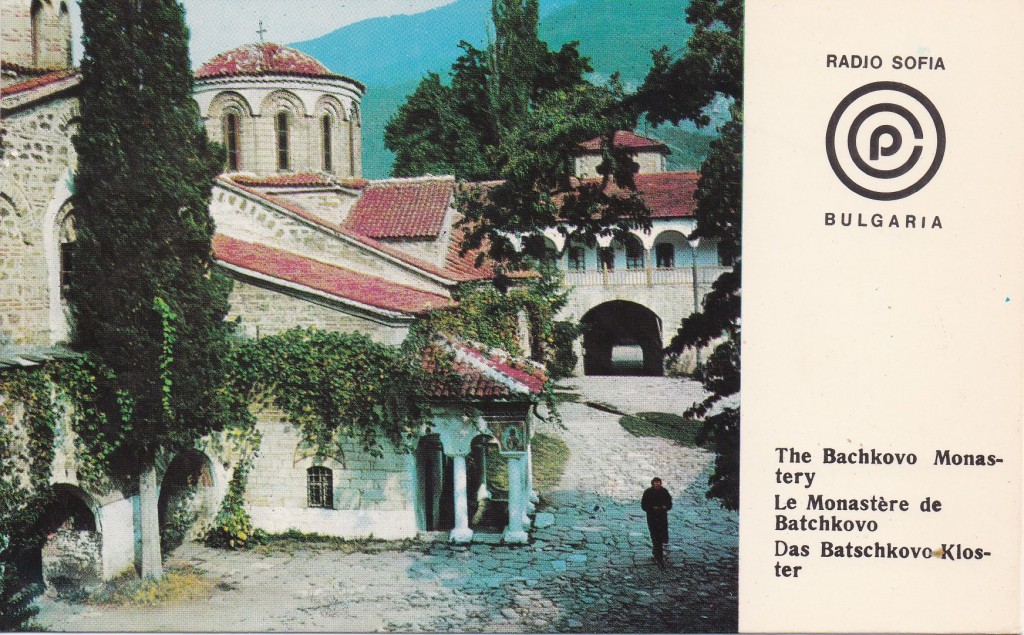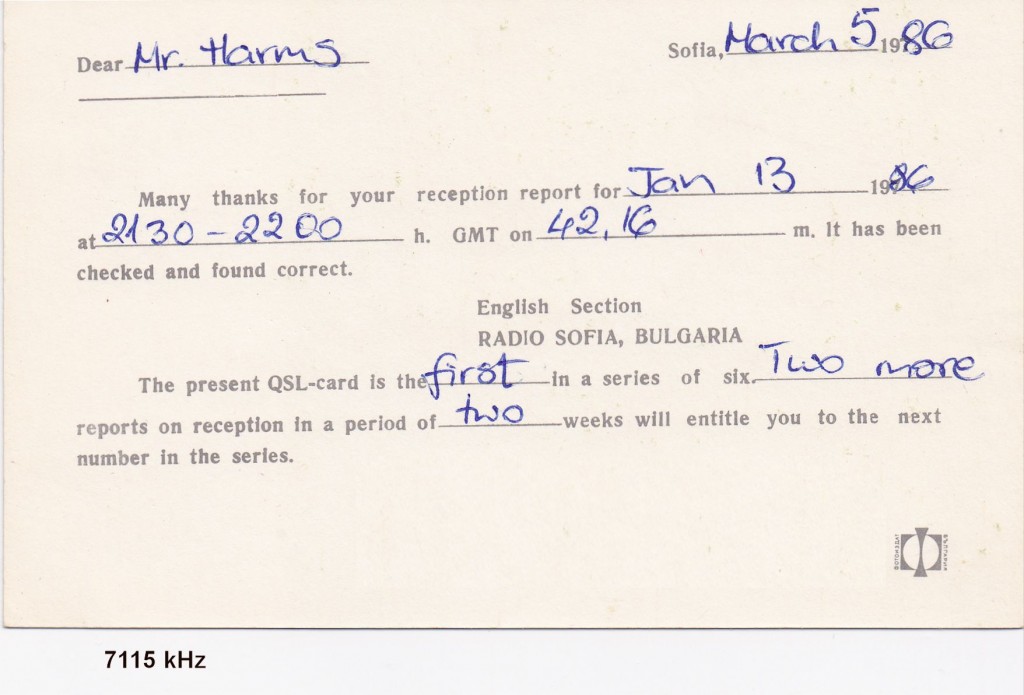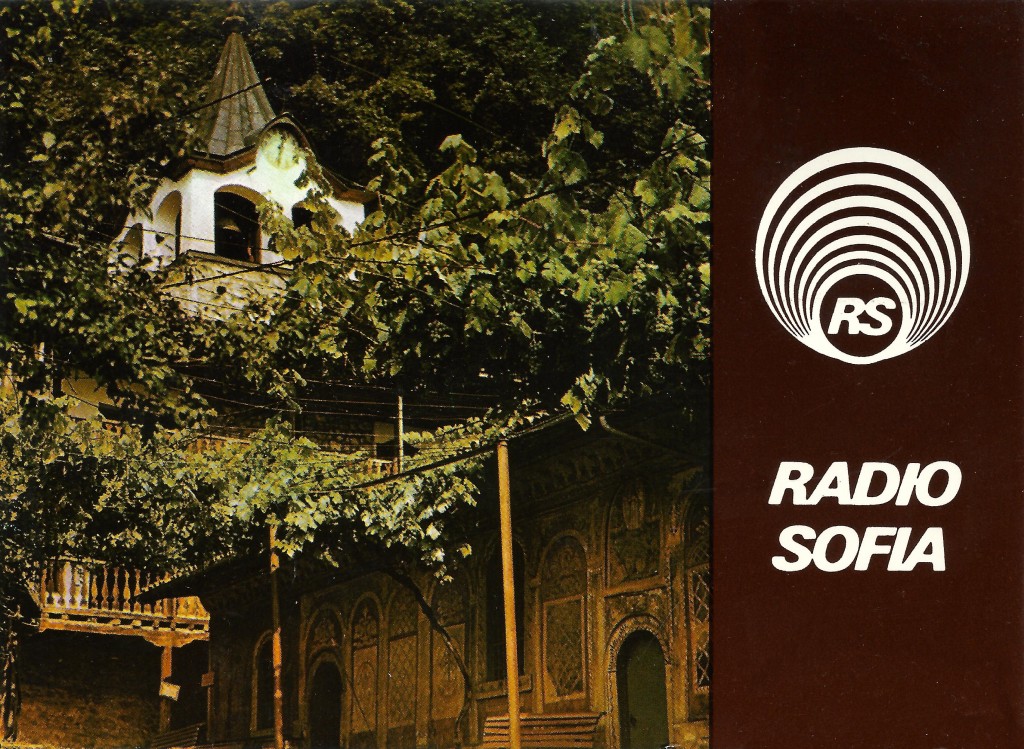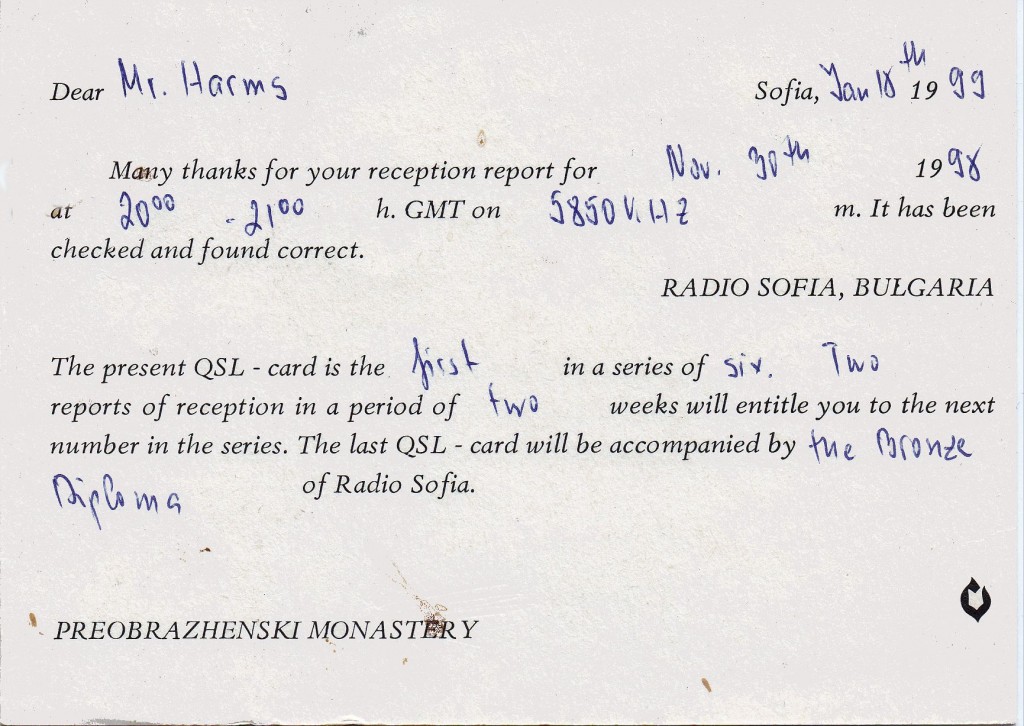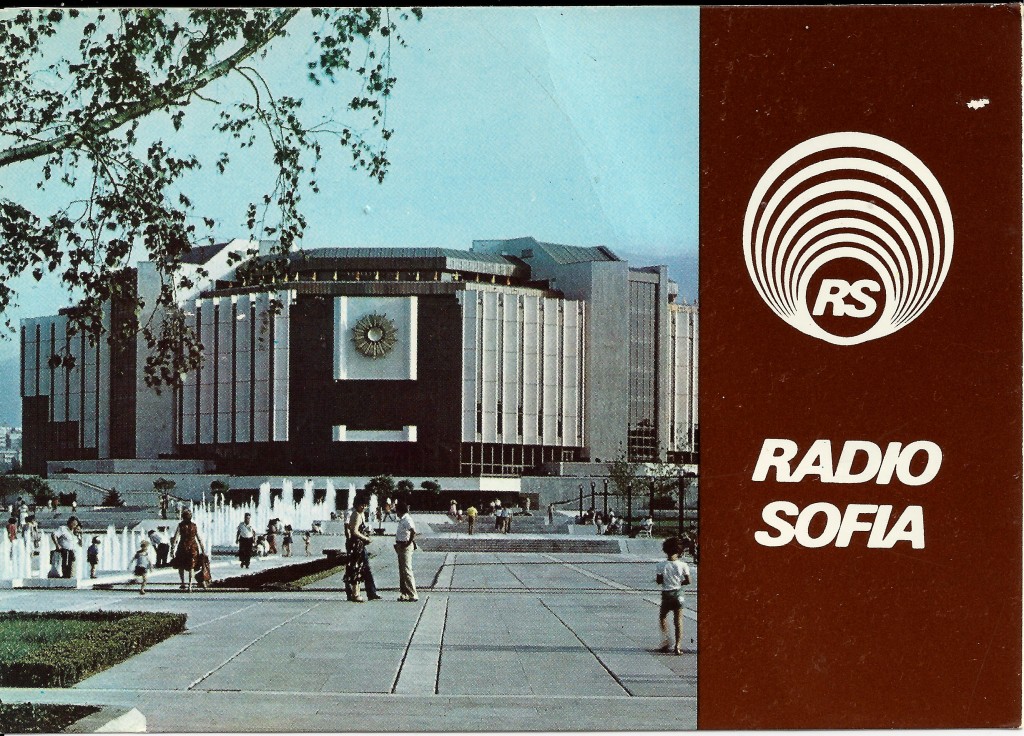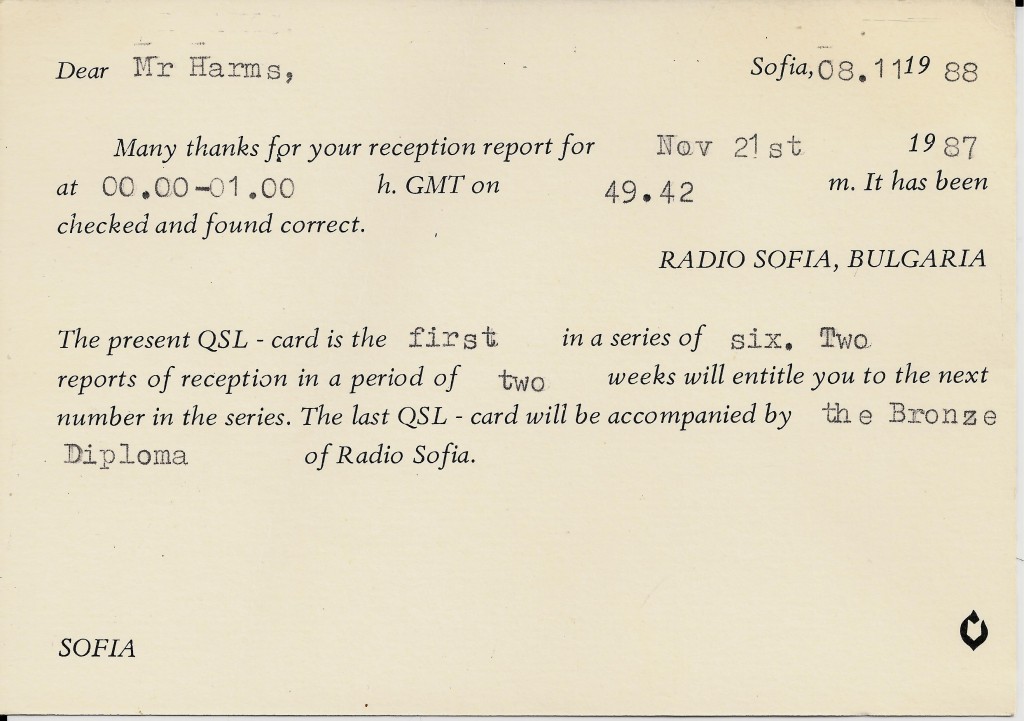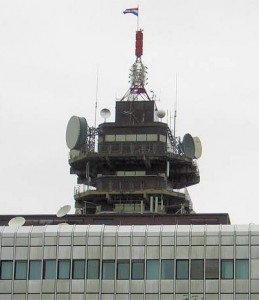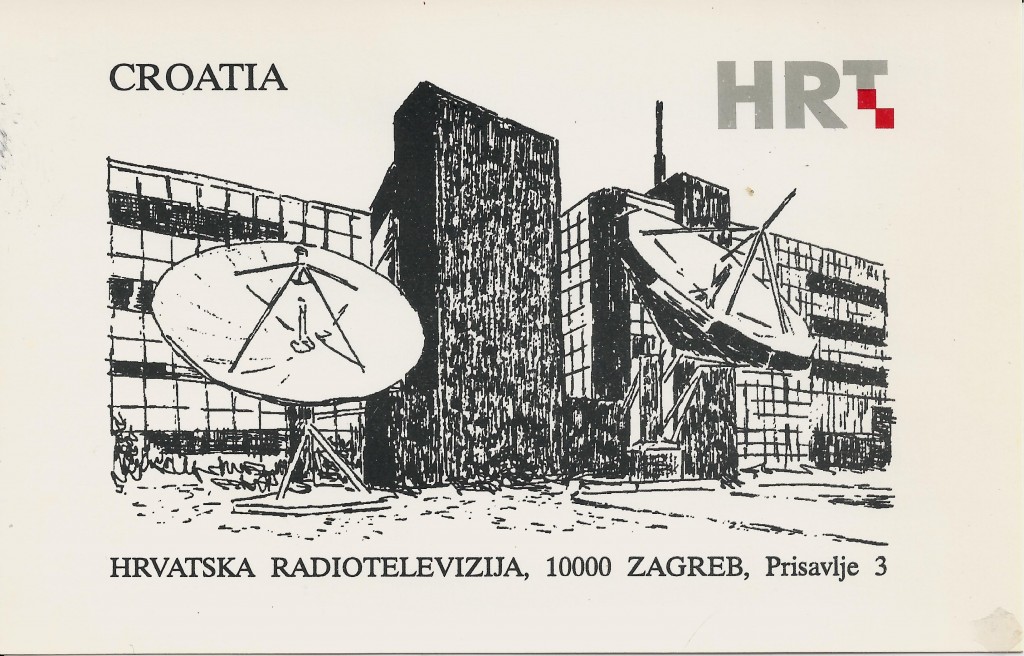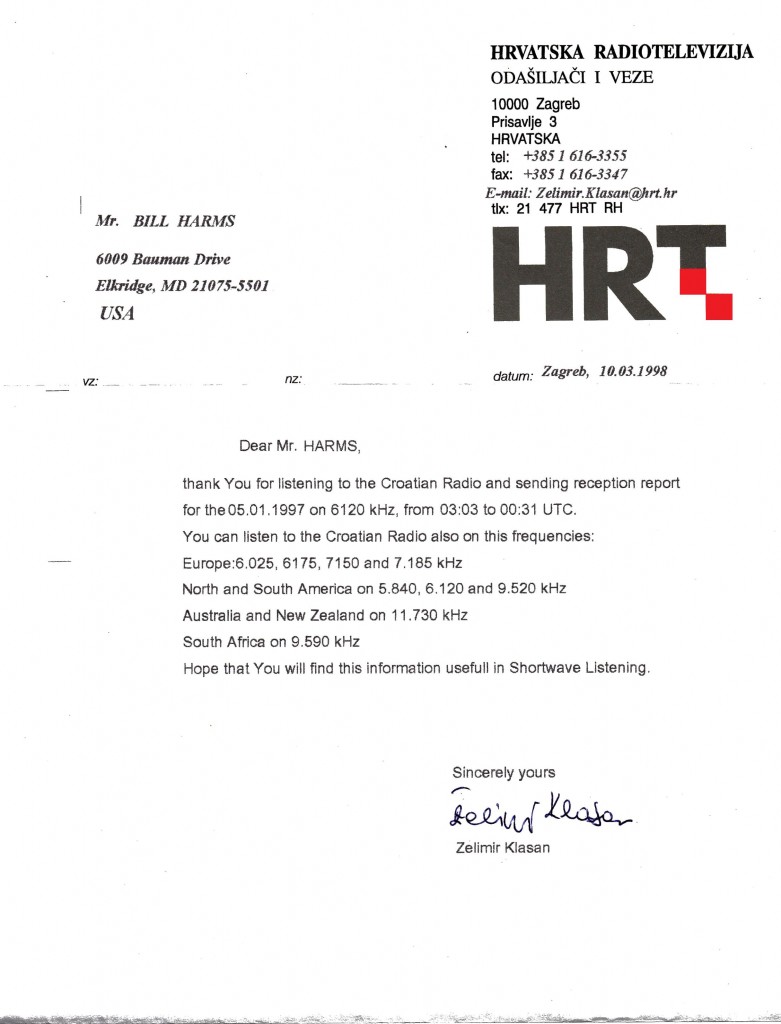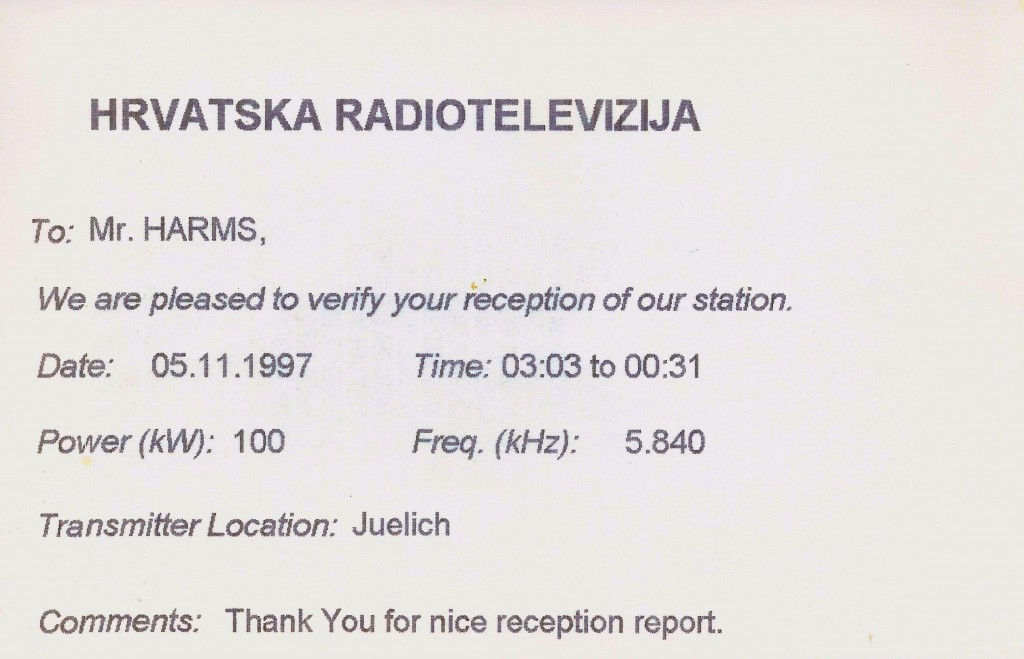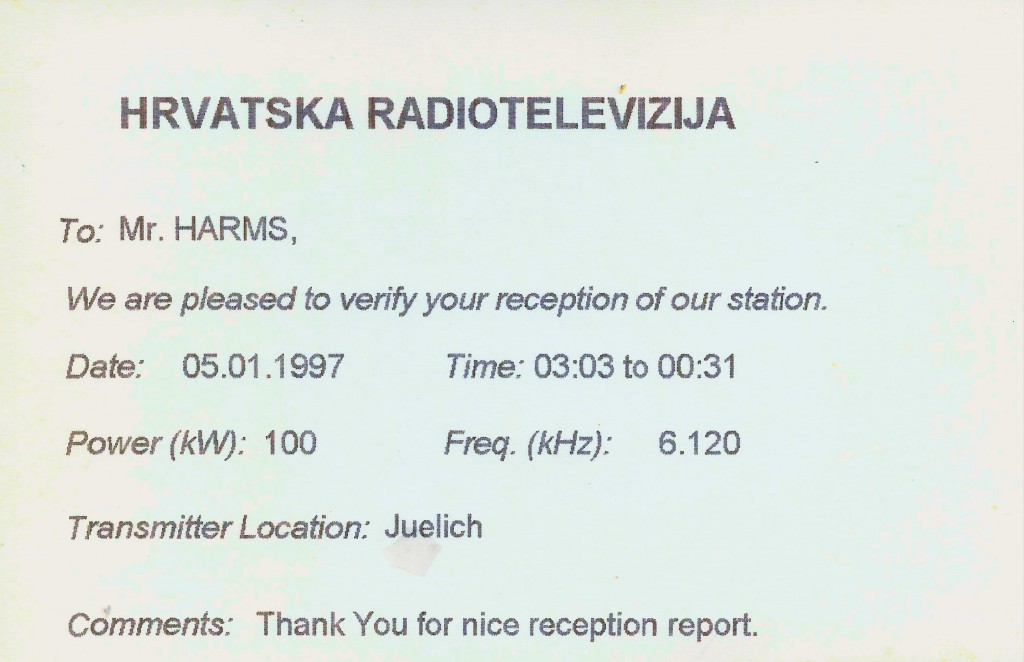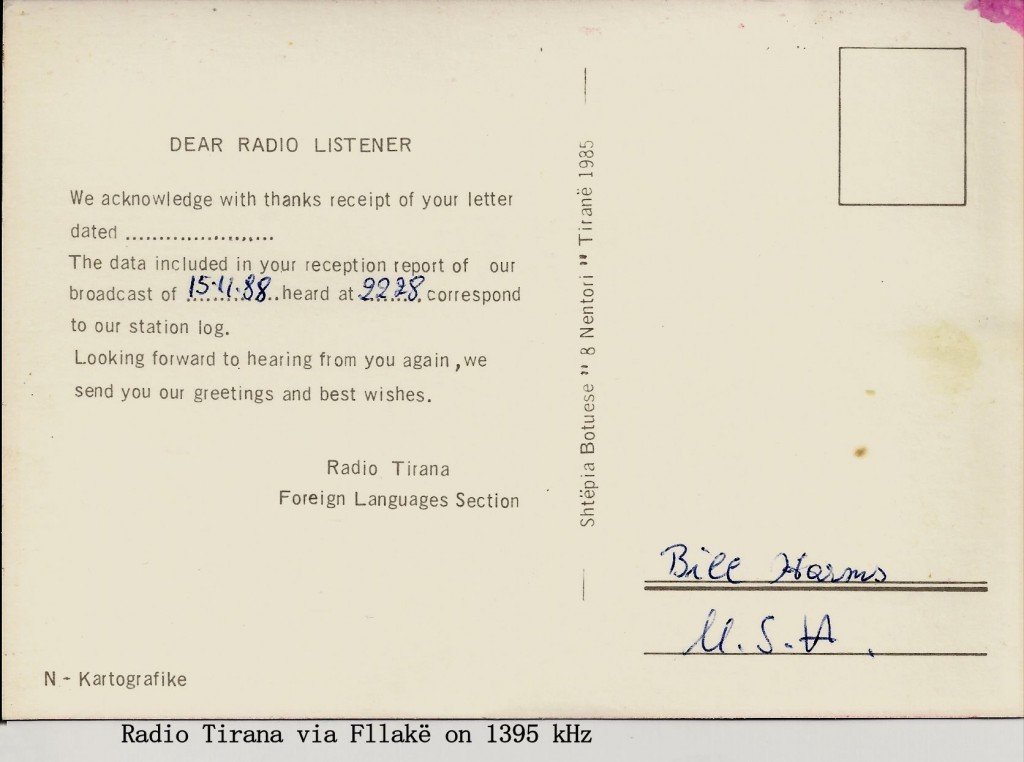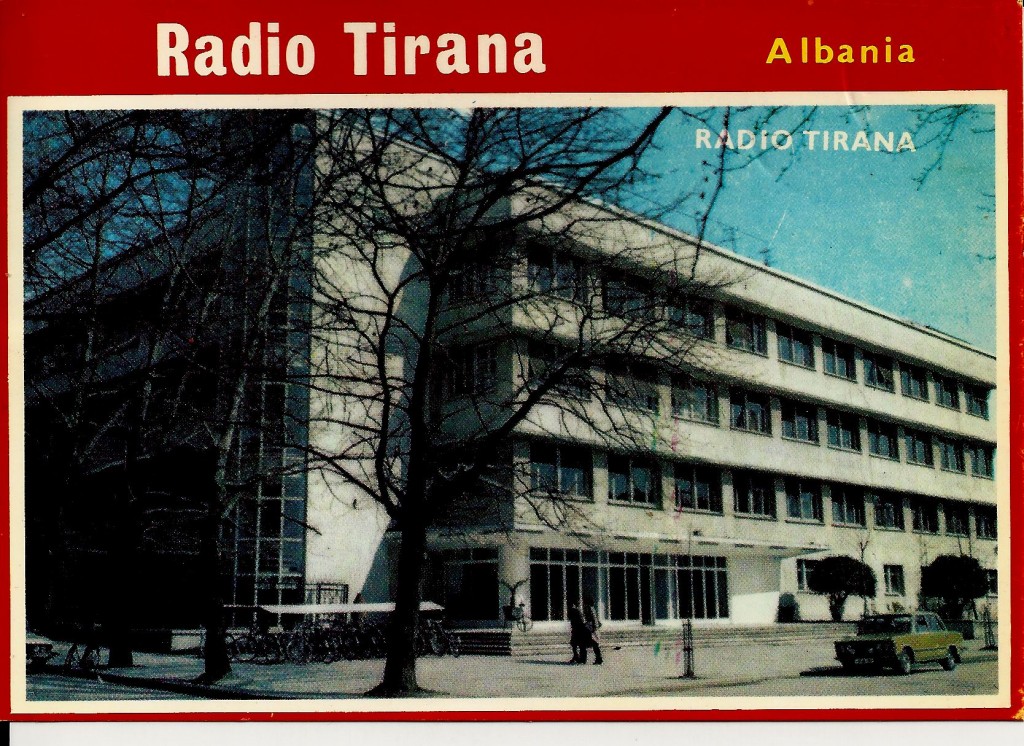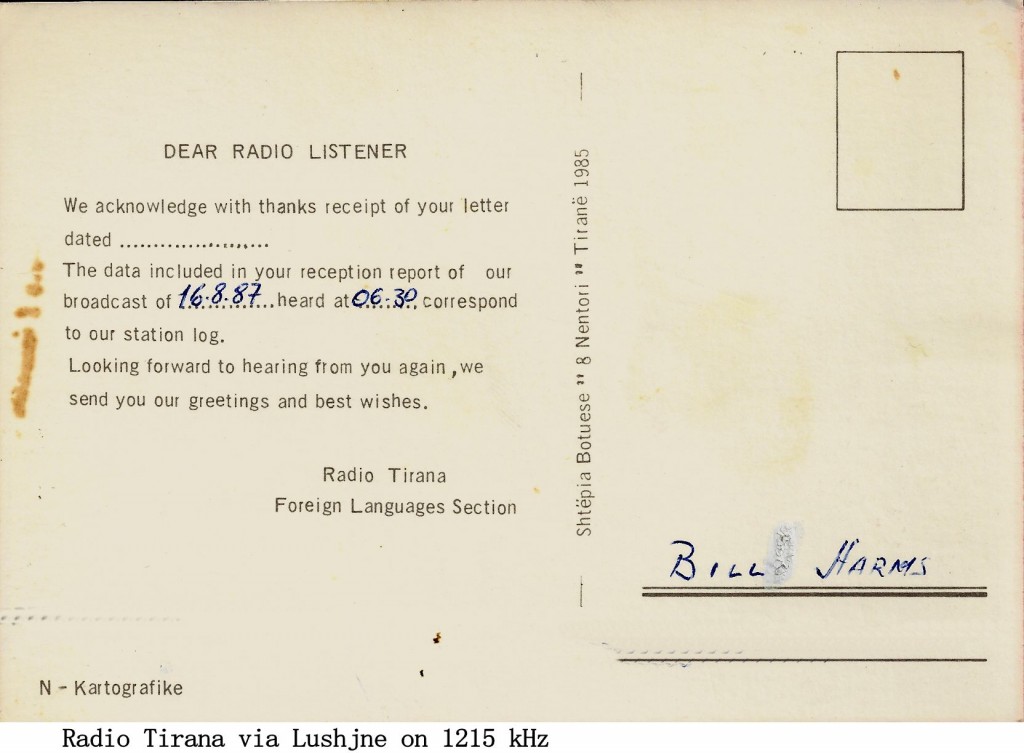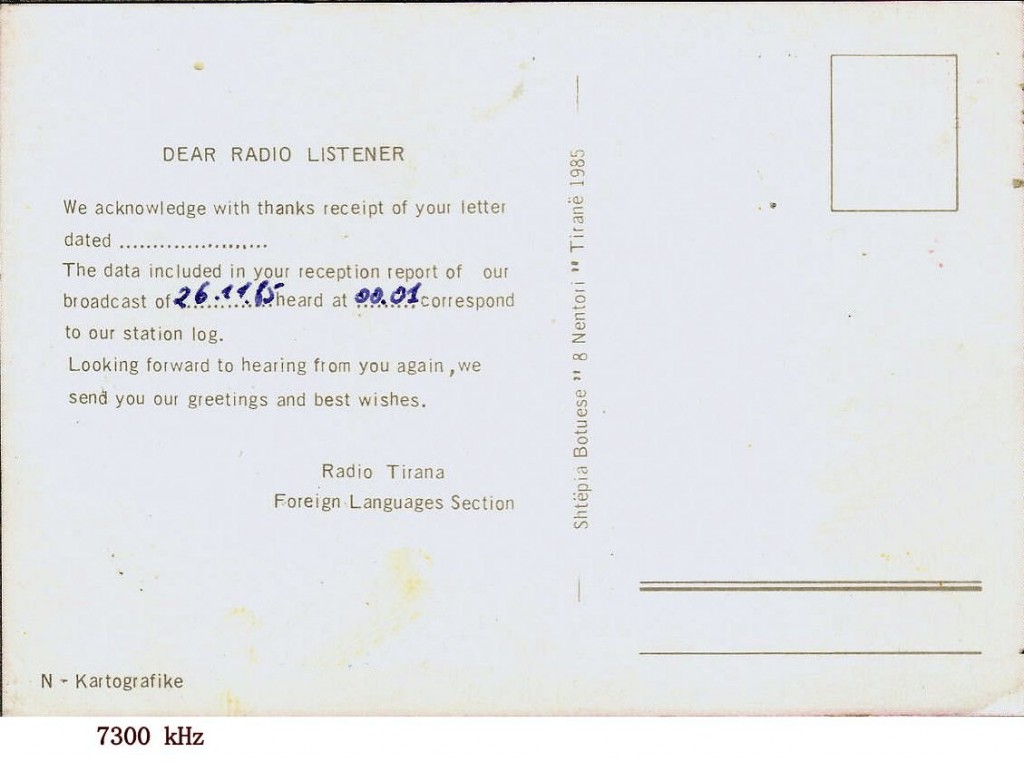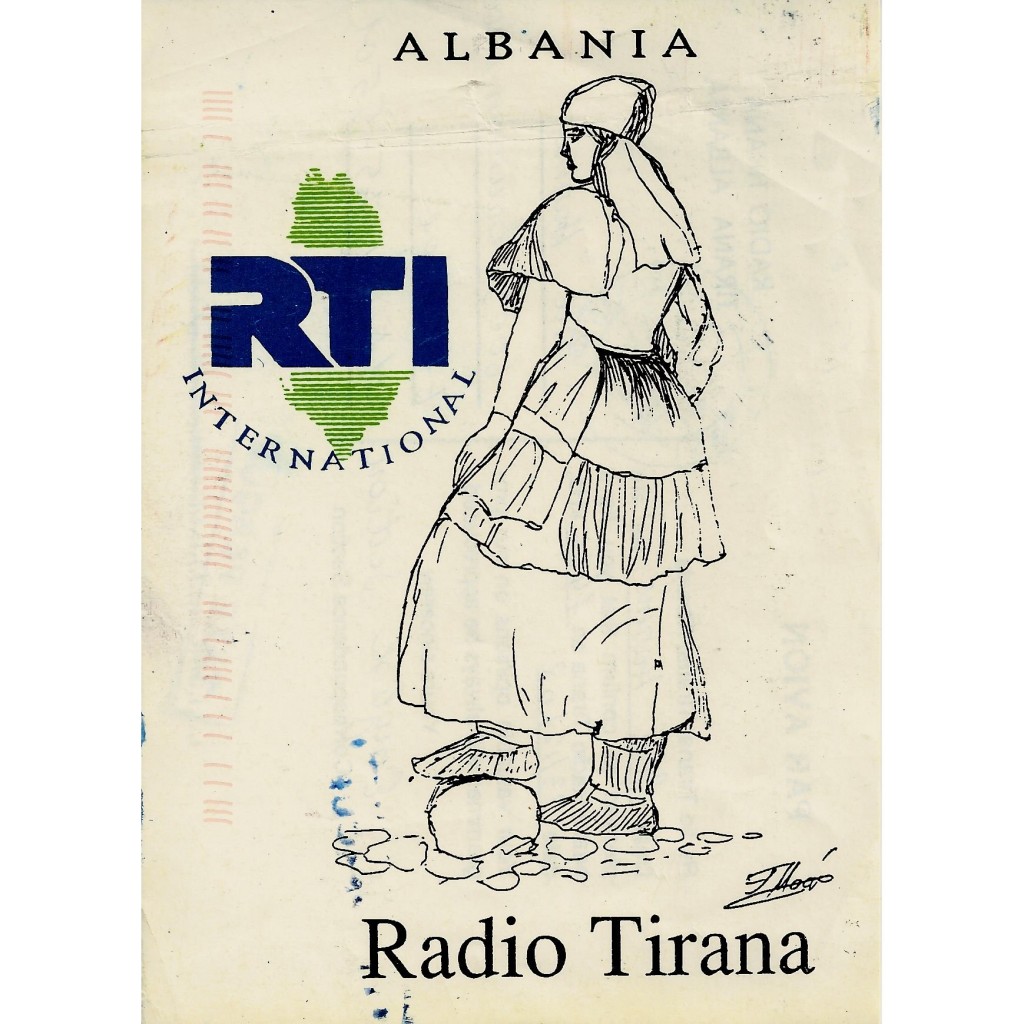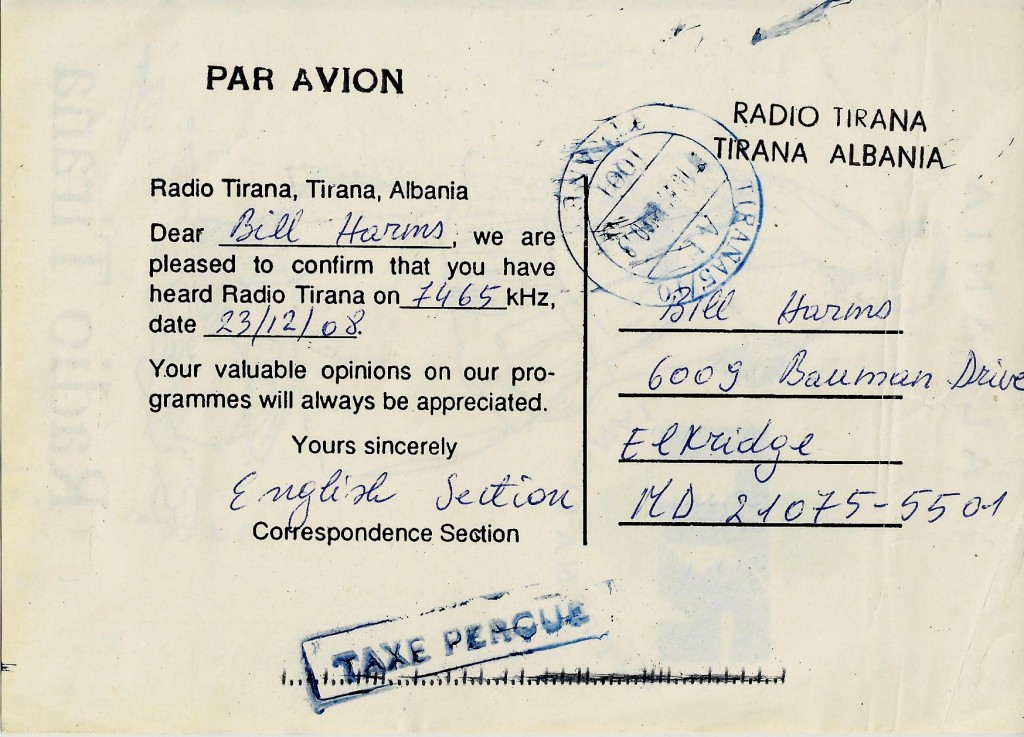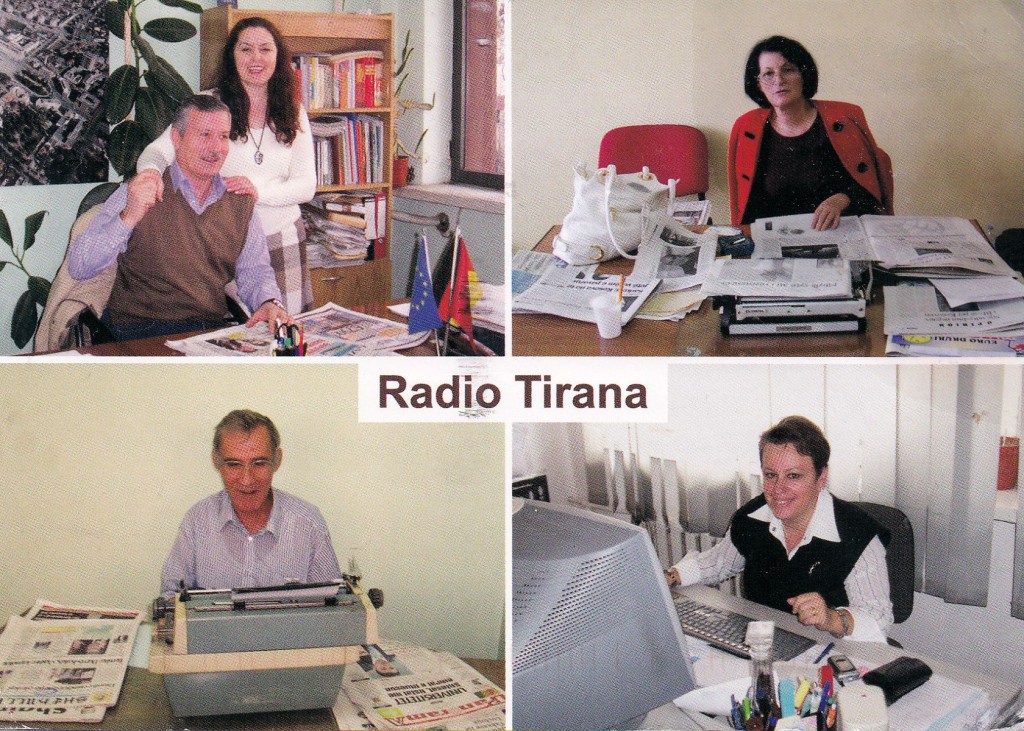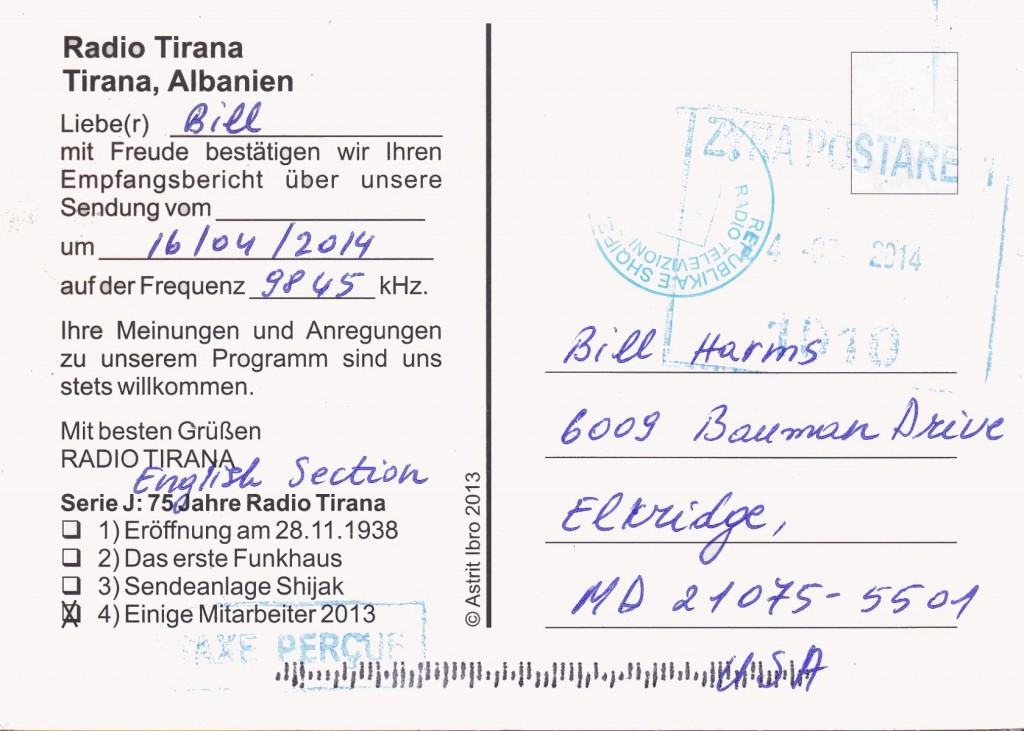Category Archives: QSL
Radio Romania International
Radio Bucharest
High Adventure Ministries
Radio Nouvelle Calédonie
Radio Cook Islands
Radio Cook Islands
Cook Islands Broadcasting and Newspaper Corporation
Radio Kiribati
Radio New Ireland
Office de Radiodiffusion et Télévision du Bénin
Red Cross Broadcasting Service
Radio Ukraine International
Radio Kiev
Merlin Network
WWVB – 60 kHz
How we drove our car and recorded radio stations at the same time
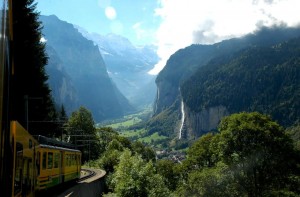
It occurred to me that recording and writing down program details while driving might seem unsafe to some of you who may be reading my blog and Facebook posts. So, I would like to explain what we did. It was a team effort. One of us, usually my wife Becky would drive while I did the recording. The process consisted of finding a station, turning on the recorder, and writing the frequency, station, and the time the recording started on a note pad. That way one of us was always focused on driving and the other person could deal with the radio station. I would listen to the recordings later to pick out specific program details. It worked out well, as we were able to hear and record dozens of stations while driving. We even recorded stuff inside the tunnels in the Swiss Alps.
In Europe and in Korea, I mostly used a white-colored Panasonic radio-cassette recorder. (I don’t know the model.) It had dual cassette capability for dubbing. It got a lot of use until one day the motor in it failed. That was a sad day because it has been a good friend.
These days I use CC Crane Witness to record stations. If the signals are strong enough, I will record them just using the unit’s radio. If the signals are weak, I use the car’s radio. I wired an “auxiliary” output from the car radio speakers, and feed the audio into the Witnesses line input. I have to watch the audio level or it can get distorted. It works, and that is all that is important.
Radio Förderband – Bern 104
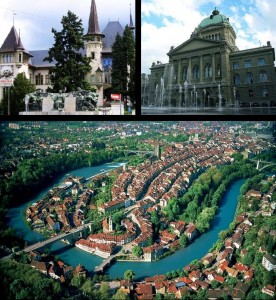 Radio Förderband was a local radio station in the Berne area from 1984 to 2001. I remember picking it up on our car radio as we drove through Berne. An audio clip of what we heard is included here. They replied with a QSL letter and a sticker for my reception report.
Radio Förderband was a local radio station in the Berne area from 1984 to 2001. I remember picking it up on our car radio as we drove through Berne. An audio clip of what we heard is included here. They replied with a QSL letter and a sticker for my reception report.
Radio Förderband – 20 August 1988.
Radio Wil
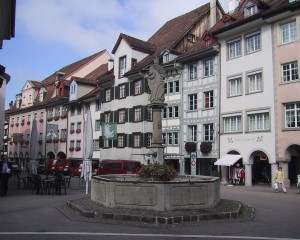
We heard Radio Wil, a local station in the town of Wil, St. Gallen, on 93.1 MHz on one of our trips to Switzerland. They were playing country music, and I could recognize some of the titles, so I decided to sent them a reception report. They replied with this nice letter in German. According to the letter, in addition to their local programming, they also broadcast programs in German from other sources like the Swiss Broadcasting Corporation.
From what I have gathered, this station was founded in April 1985, but is no longer on the air and the frequency of 93.1 MHz in the town of Wil is now occupied by a station called Radio Top.
You can see the QSL letter below
Radio 24 – Zürich
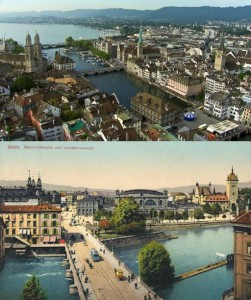 Radio 24 in Zürich is one of the oldest local radio stations in Switzerland with their roots in pirate radio. Their web site is at http://www.radio24.ch/
Radio 24 in Zürich is one of the oldest local radio stations in Switzerland with their roots in pirate radio. Their web site is at http://www.radio24.ch/
We heard Radio 24 in the town of Zürich while driving around. I recall it had a good signal in the town itself, but it faded out quickly once we left the town. An audio clip of what we heard is below. The station sent me the verification letter below for my reception report.
Radio 24 – Zürich – 102.8 MHz – 27 June 1988
Radio Thurgau
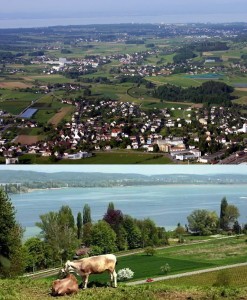
Radio Thurgau was a radio station which served the Thurgau Canton of Switzerland until 1 January 1998 when it merged with Radio Wil and Radio Radio Eulach to form Radio Top. According to the QSL letter below, they also broadcast German language programs from broadcasters such as the DRS.
We picked this station up at a campground in Balzers, Liechtenstein in the morning just before we left for the day. It had a good signal.
You can see the QSL verification that they sent in response to my reception report. We listened to their 100.3 outlet transmitting from Kreuzlingen.
Radio Zürisee
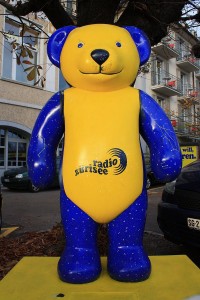
– Zurich Bear statue outside of studio in Rapperswil – Courtesy of Wikipedia
Radio Zürisee was founded on 1 November 1983 and is still on the air. It primarily serves the Zürich Oberland or the area to the east of the City of Zürich surrounding the lake . When we heard them in 1988, their studio was in Stäfa. In 1994, they moved their studios to Rapperswil. They also underwent a major frequency re-alignment since we visited the area.
We heard them along the southern shore of Lake Zürich for several minutes with a clear signal. The frequency was 91.9 MHz, and the transmitter was located in Feusisberg. However, because it was low power, the signal quickly faded out. We heard enough for a good reception report (a tape recorder helps too.) So, they sent back the nice QSL letter you can see below. I am also including a short audio clip of what we heard. (Click on the arrow on the left side of the bar.)
Australian Broadcasting Corporation – Domestic Service on Shortwave
Adventist World Radio – AWR
County Sound Radio
Radio Monitors International
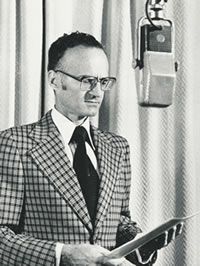
Radio Monitors International was broadcast over the Sri Lanka Broadcasting Corporation from 1975. The producer was the well-known DXer Adrian Peterson. It was a DXer oriented program which featured a station profile and DXing information. A North American edition of the program was broadcast on Radio Earth from 1985 to 1986.
I happened upon the program during a visit to Korea in 1984. I had to send two reports to the station because the first one never made it. Adrian sent a nice letter, a QSL card, and an EKKO stamp in reply for my reception report. (Anyone remember EKKO Stamps?) My report number was 12777. Adrian still signs QSL cards, now doing it for Adventist World Radio. I don’t know how one would tabulate the number of times someone signs a QSL card, but if I were to bet, I believe that Adrian probably has signed more of them than anyone else in the world.
REFERENCEs:
- Listening on the Short Waves, 1945 to Today By Jerome S. Berg
- http://www.ontheshortwaves.com/Wavescan/wavescan400.html
- http://eu.awr.org/ru/news/stories/show/41
Radio Vilnius
Radio Vilnius
Vilniaus Televizija Radijas
World Mission Radio
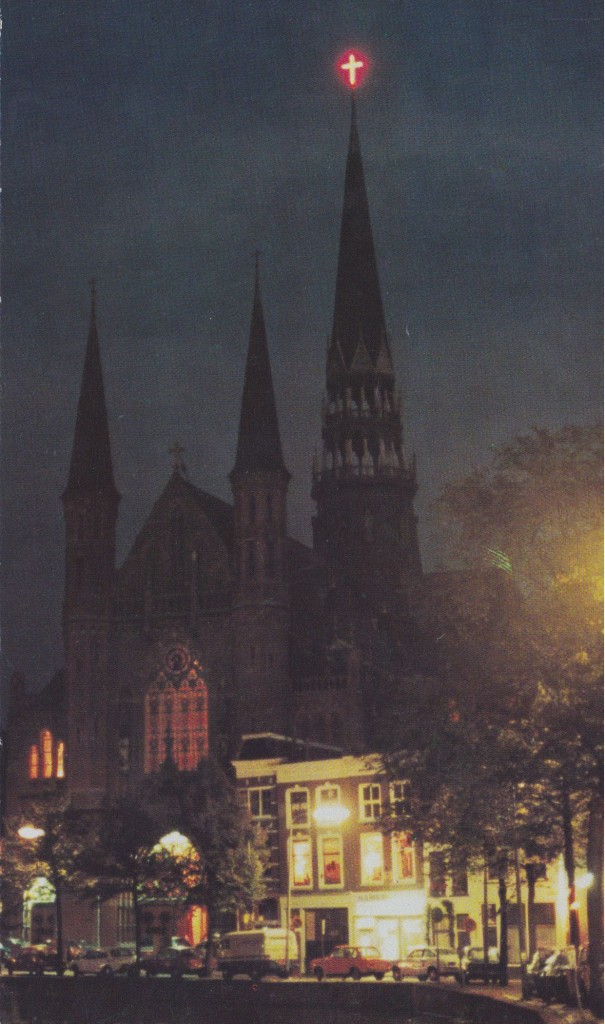 This QSL card verifies my reception of World Mission Radio via famous Radio Caroline on board the ship Ross Revenge. However, the name of a station or broadcaster does not appear on the card. So, a little detective work is required to determine the name of the station.
This QSL card verifies my reception of World Mission Radio via famous Radio Caroline on board the ship Ross Revenge. However, the name of a station or broadcaster does not appear on the card. So, a little detective work is required to determine the name of the station.
The first obvious things on the card are the mailing address and the phone number. A web search reveals that they match the address and phone number of The Johan Maasbach World Mission Foundation in The Hague. Hmmm, a possible connection. Further investigation reveals that in the late 1980’s, this missionary foundation broadcast programs using Radio Caroline’s transmitter on the ship Ross Revenge. So we have it.
The station is called a pirate station because it was unlicensed.
World Mission Radio first signed on the air on 1 May 1988, and was closed down on 18 August 1989 by Dutch and British authorities. The format was Dutch and English religious programming. A successor to this station called Maasbach Radio streams programming from the web site www.maasbachradio.com
You can read more about this broadcasters at http://www.offshoreradiomuseum.co.uk/page424.html
I feel fortunate to hear and verify this station even though its name does not appear on the card.
The Voice of Greece –
Η Φωνή της Ελλάδας
The Voice of Greece
Η Φωνή της Ελλάδας
Greek Radio Television
Ellinikí Radiophonia Tileórassi
Ελληνική Ραδιοφωνία Τηλεόραση
Radio Austria International
Schulungssender Österreichischen Bundesheeres
Austrian Army – Training Transmitter
Schulungssender Österreichischen Bundesheeres
Radio Slovakia International
Radio Slovakia International
Radio Exterior de España
Radio Exterior de España
Weekend Music Radio – The Voice of Scotland
KFX969 – Auxillary Transmitter for Cuing Remotes
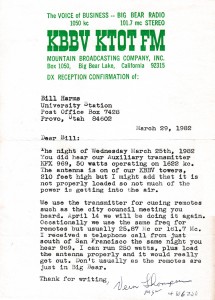
This QSL holds a special place among my favorites. One evening, while studying at BYU in Provo, I tuned my Realistic TRF to around 1622 kHz and stumbled upon what seemed like a meeting. As I listened, I caught mentions of Big Bear Lake. On a whim, I sent a reception report to radio station KBBV in Big Bear Lake. A few days later, I received this letter in the mail. It’s puzzling because I’m not aware of any stations licensed for this type of service on this frequency. Typically, the X-Band (1610-1700 kHz) is occupied by regular broadcast stations.
I’m uncertain how to categorize this station. It seems like a utility station but also functions somewhat as a broadcaster. If you have insight beyond Mr. Vern Thompson’s explanation, I’d love to learn more.
Radio France Internationale
Radio Finland
Radio Denmark
Radio Praha – Radio Prague
Radio Sofia
Hrvatska Radiotelevizija / Croatian Radiotelevision
Radio Tirana
Above logo courtesy of “Radio Televizioni Shqiptar” by Kj1595 – Own work. Licensed under CC BY-SA 4.0 via Commons
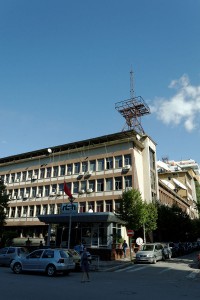
Radio Tirana is the name of the radio services which are operated by the Radio Televizioni Shqiptar (RTSH) (English: Albanian Radio and Television), the public broadcaster for Albania. RTSH traces its roots back to 23 November 1938 when Radio Tirana was founded. Television was launched in 1960.
Currently, three radio networks use the name Radio Tirana. An external service named Radio Tirana International broadcasts world-wide on medium wave and shortwave. Other international broadcasters relay their programs via RTSH facilities.
The external service of Radio Tirana played a fairly important role as international broadcaster during the Cold War. However, the programs had a reputation as being rather dull. Since the end of the Cold War, the programming has improved, and they are a DXer friendly station.
When we lived in Germany, Radio Tirana was an easy catch on both medium wave and shortwave. They were fairly easily received when we lived in Korea. I have picked them up here in Maryland on medium wave occasionally. They sent the QSL cards below for my reception reports.
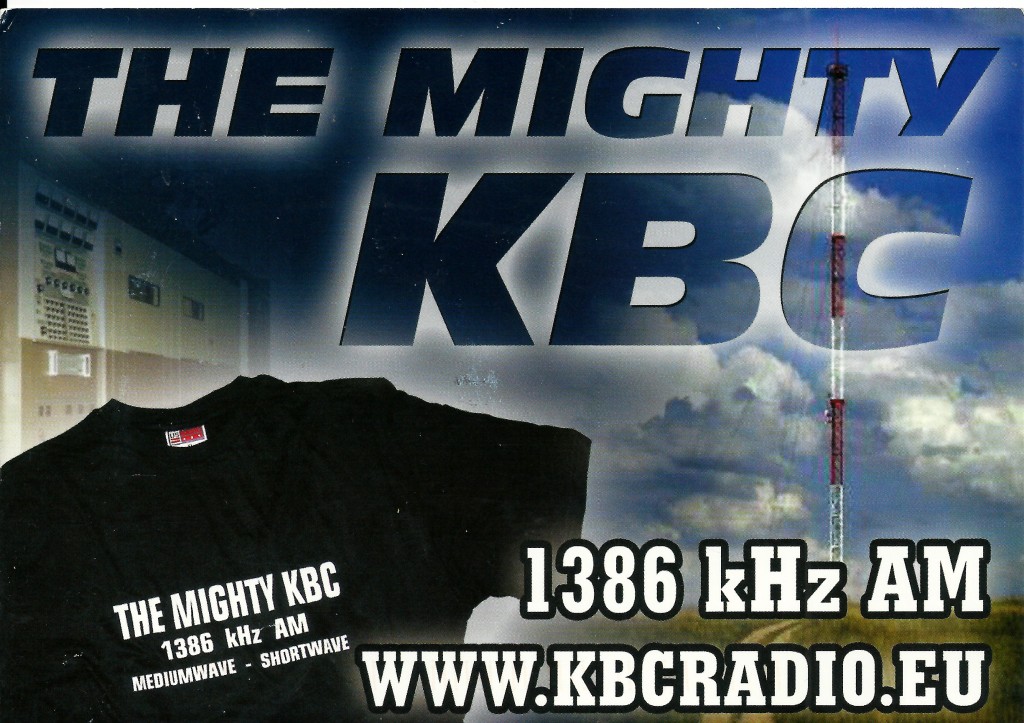
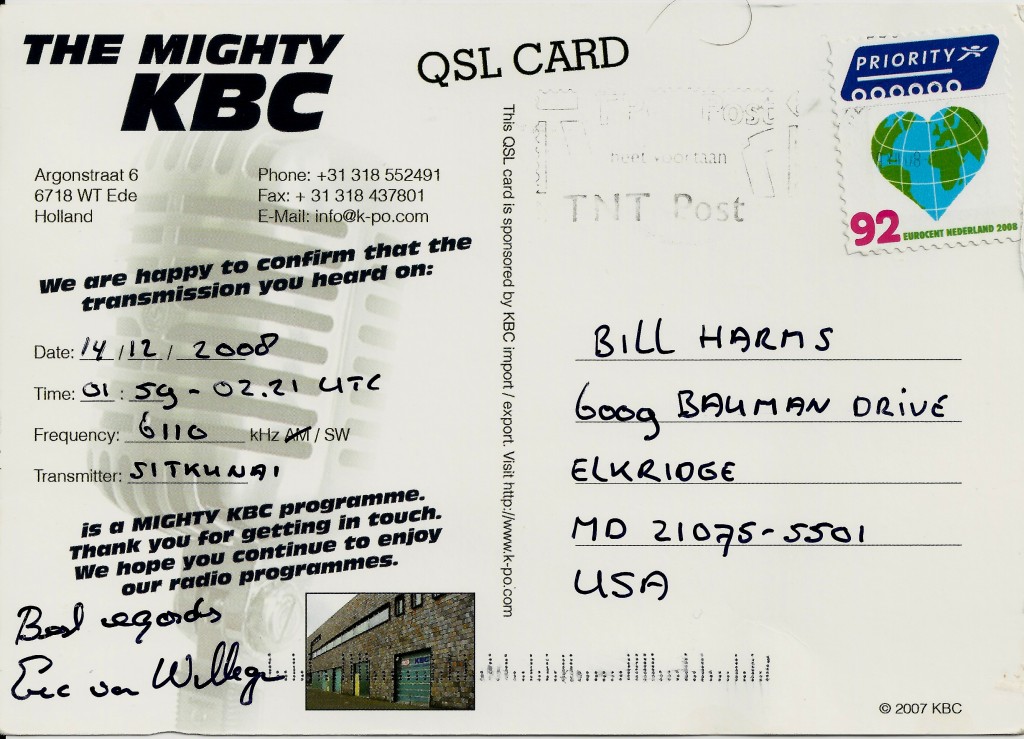
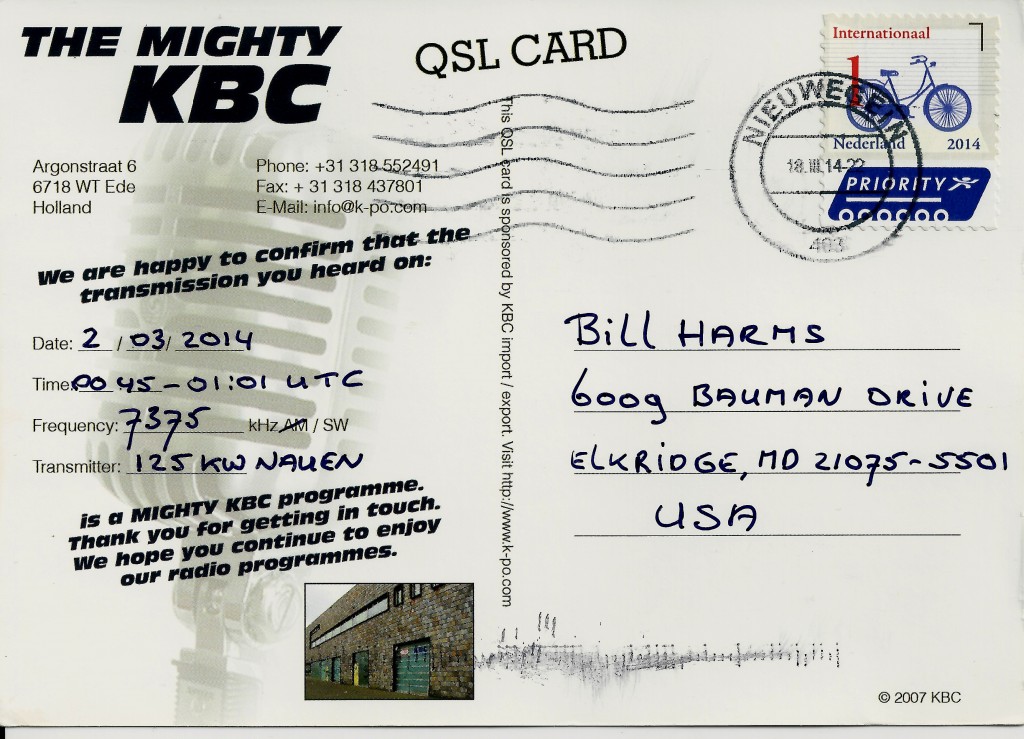
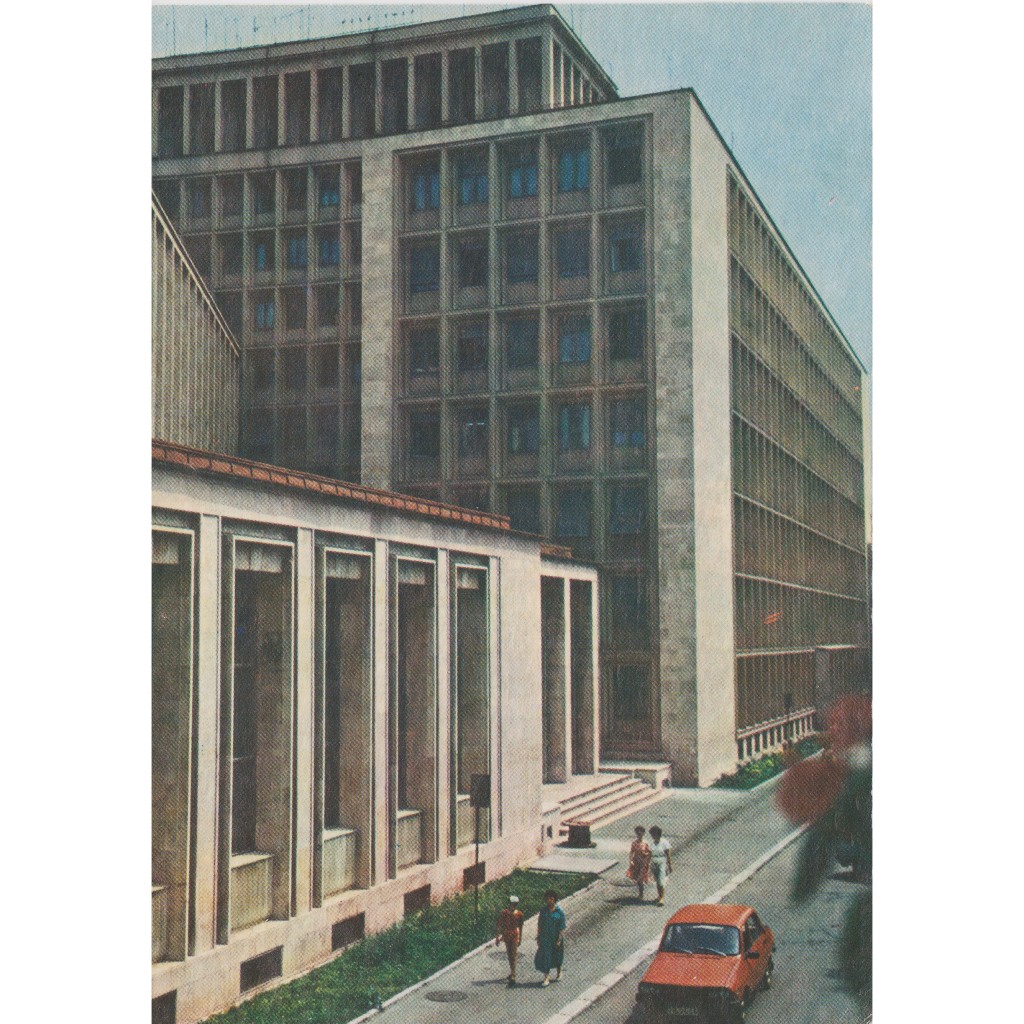
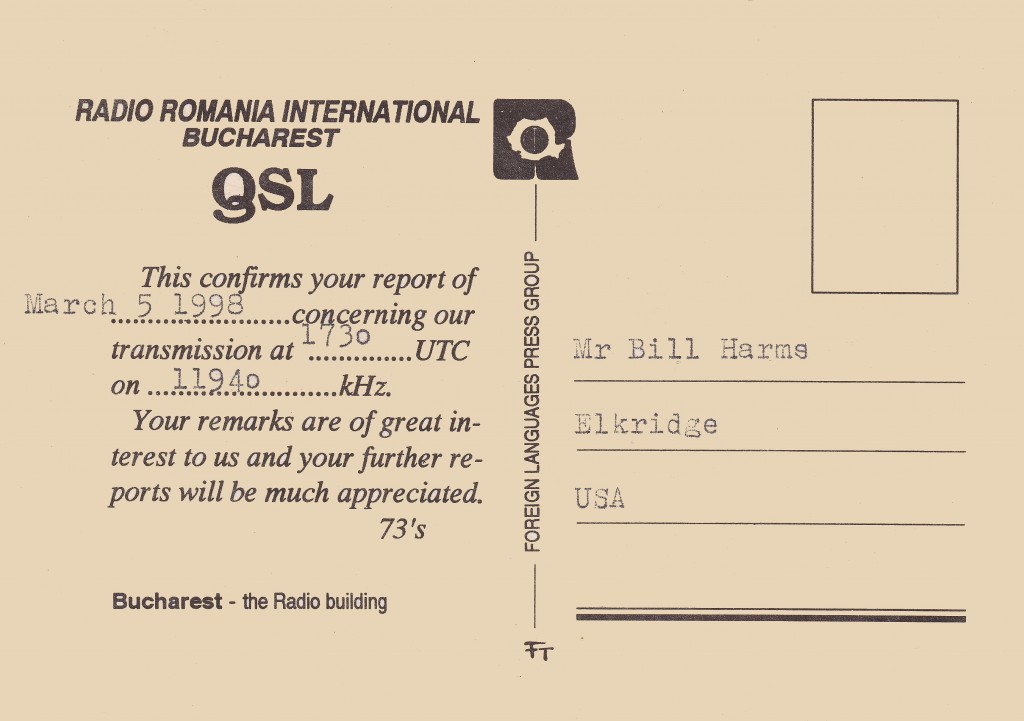

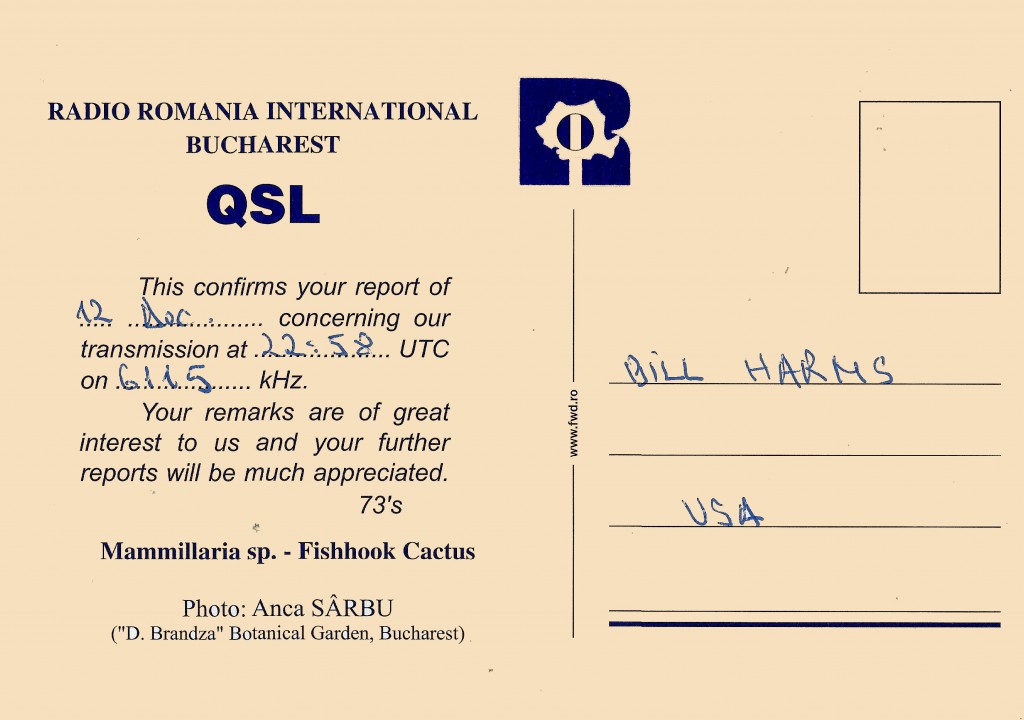
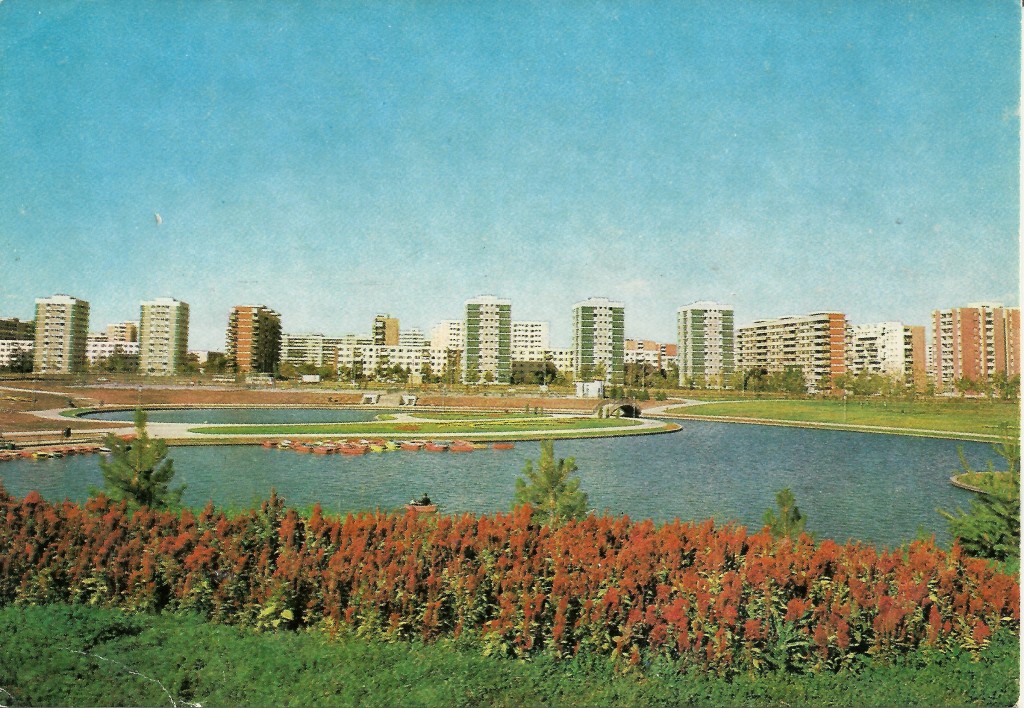
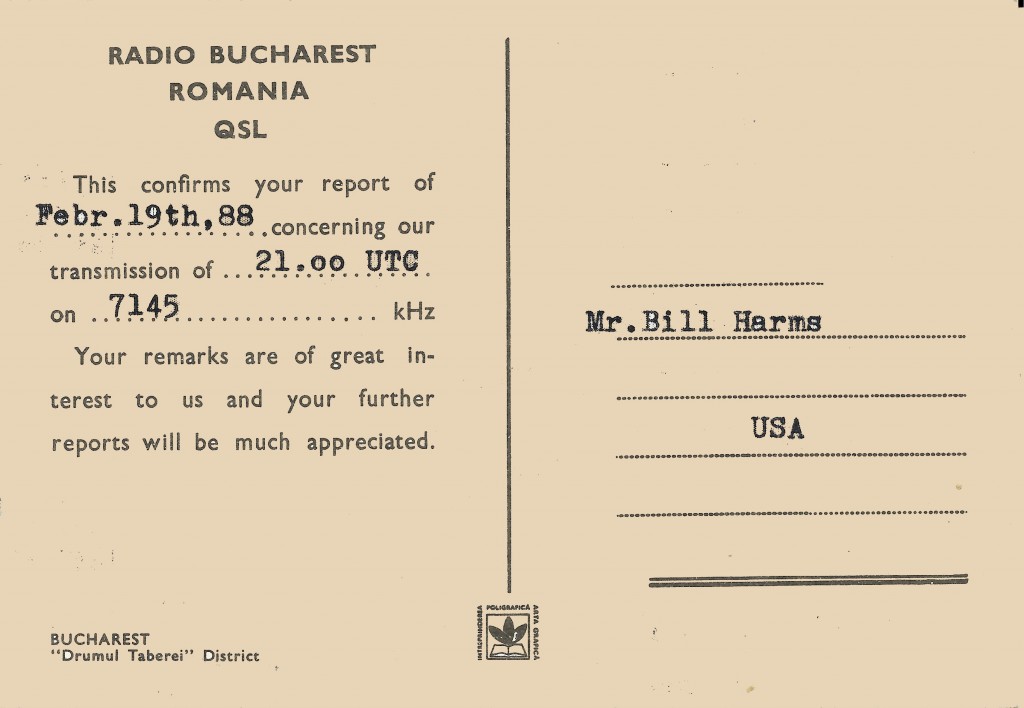
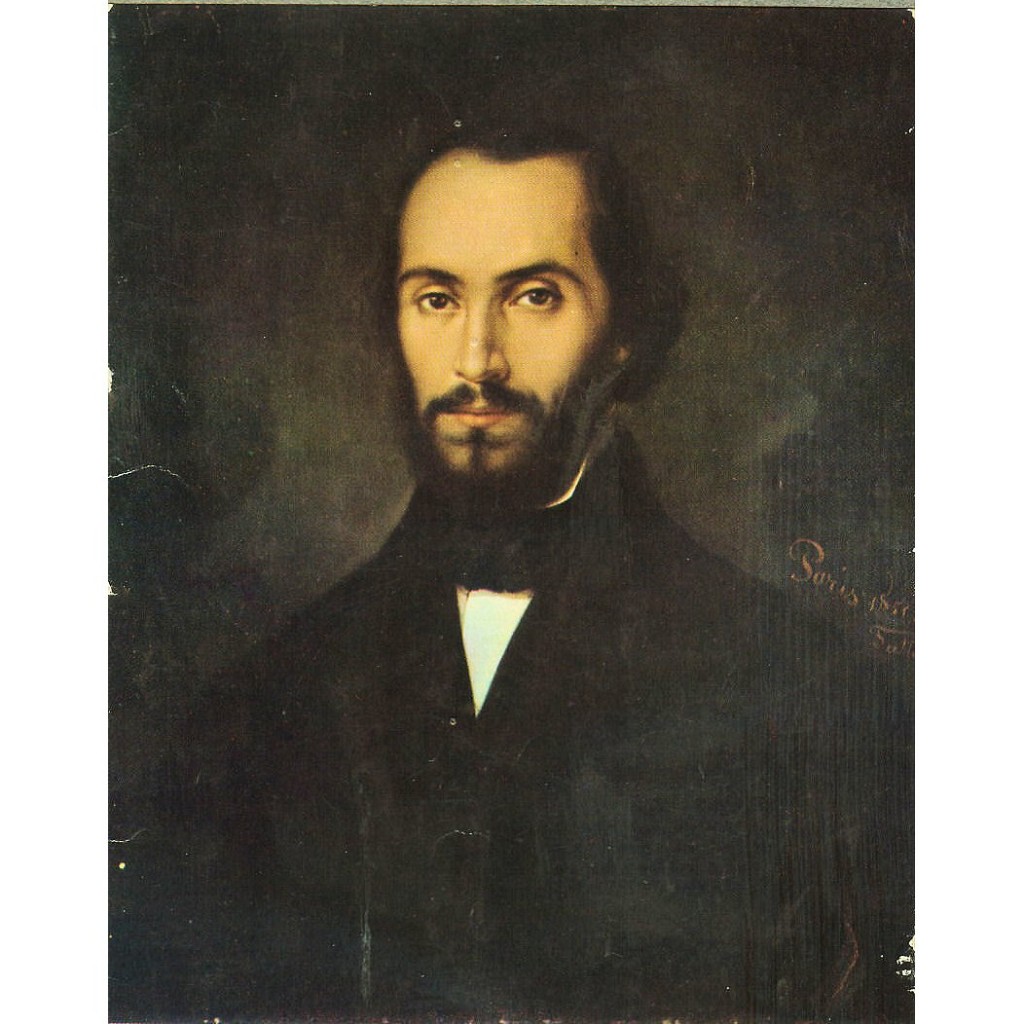

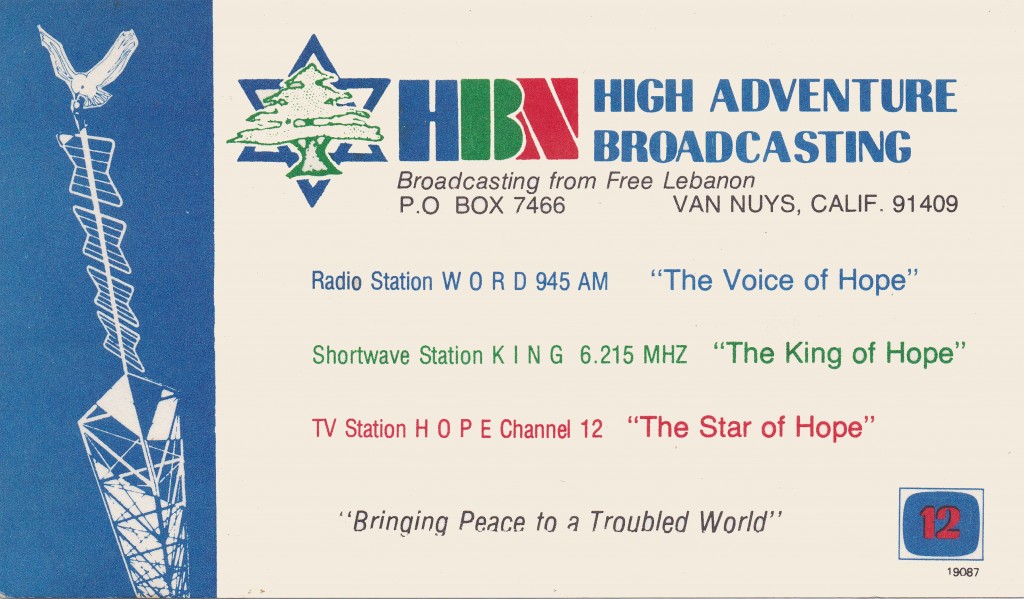
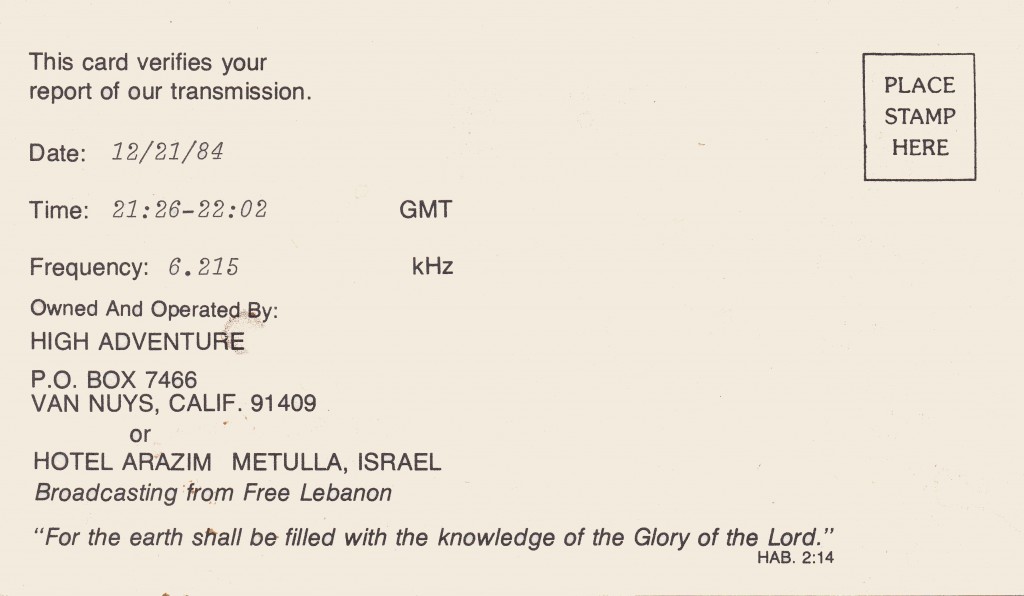
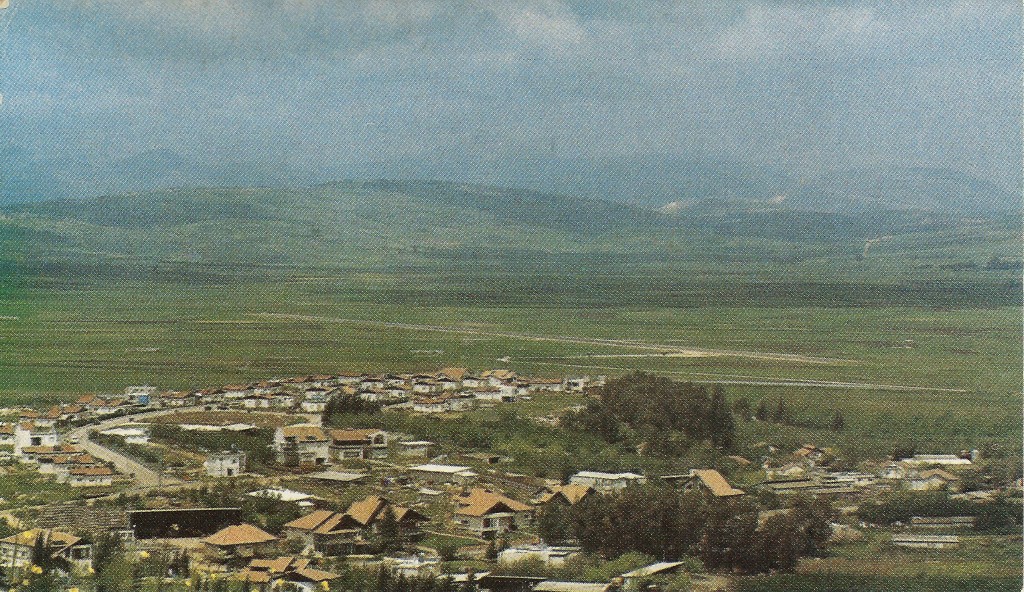
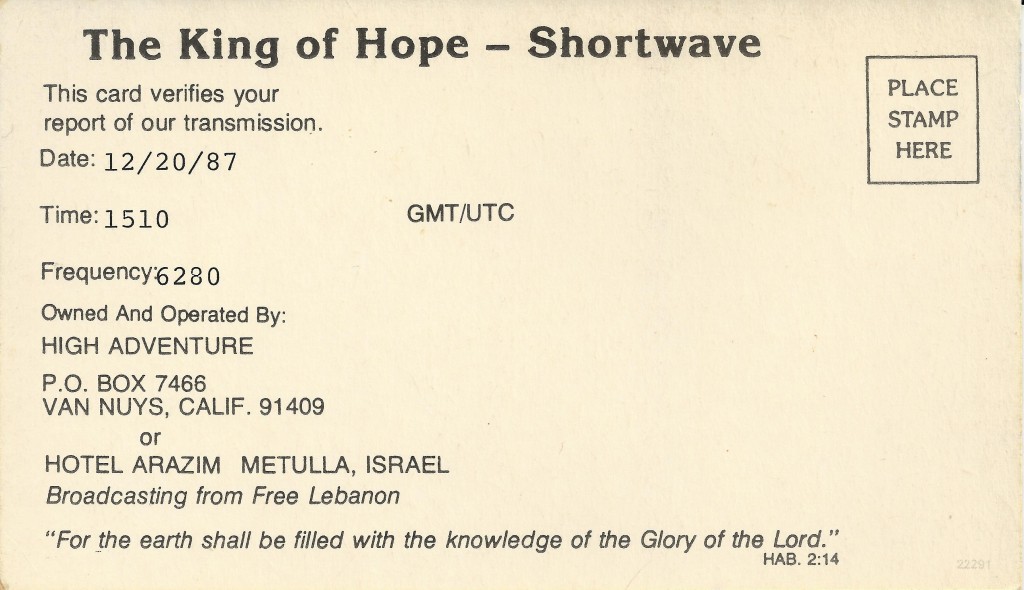
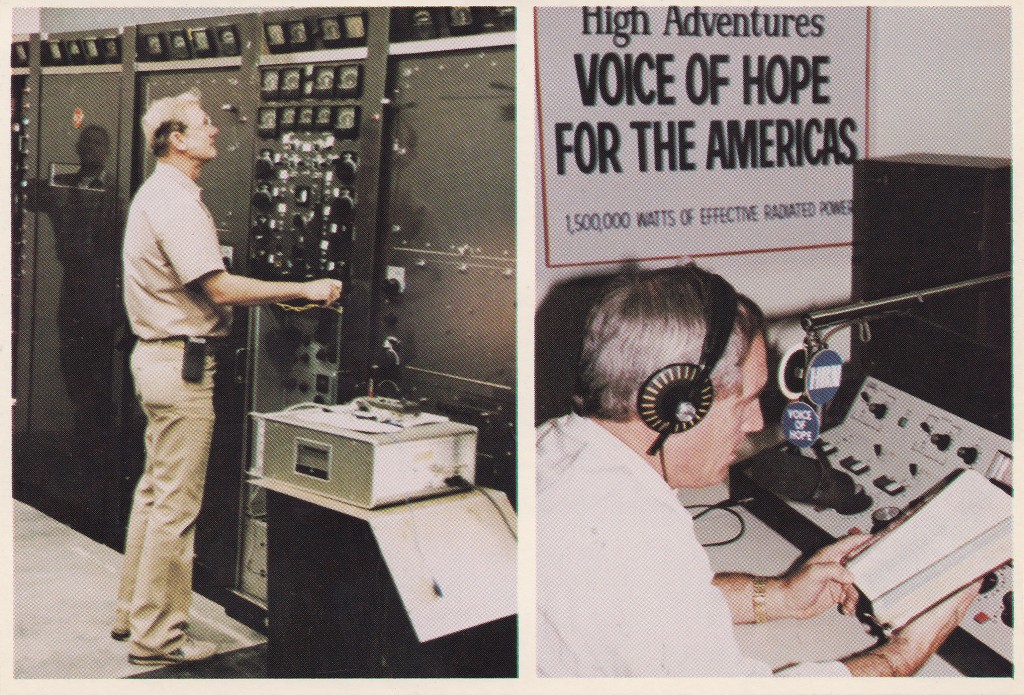
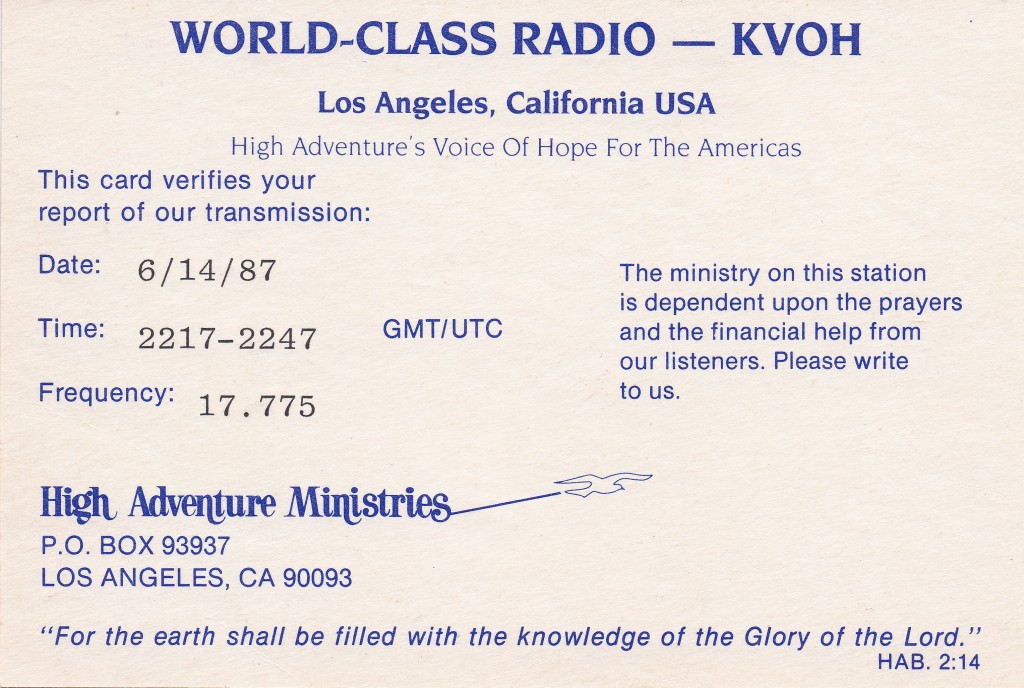
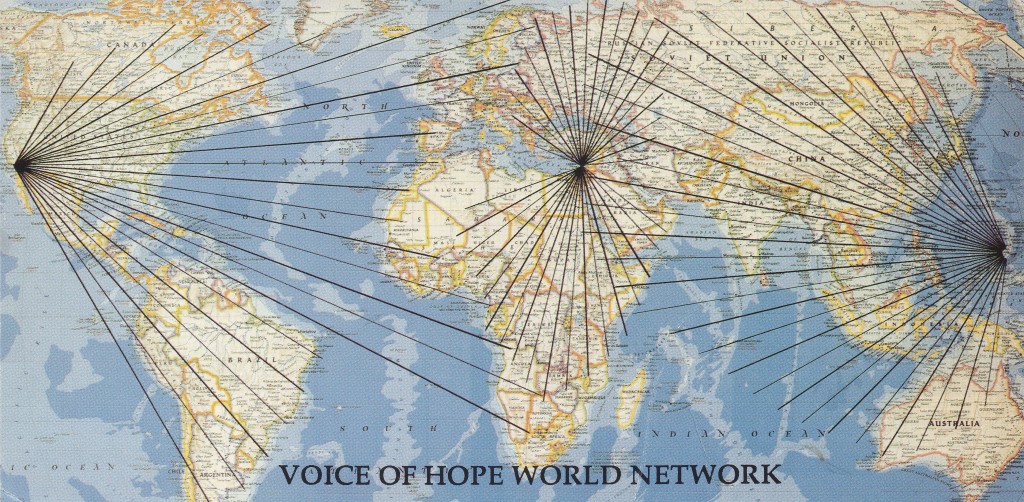
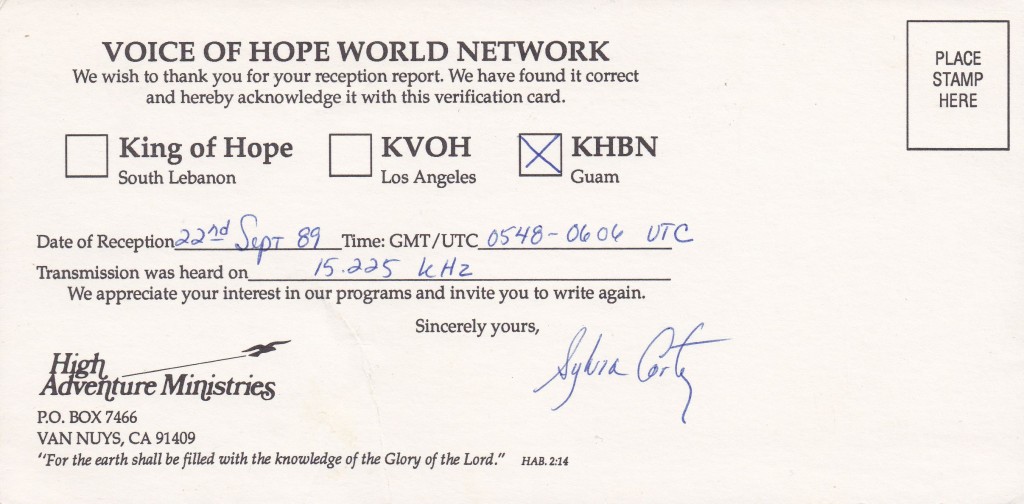
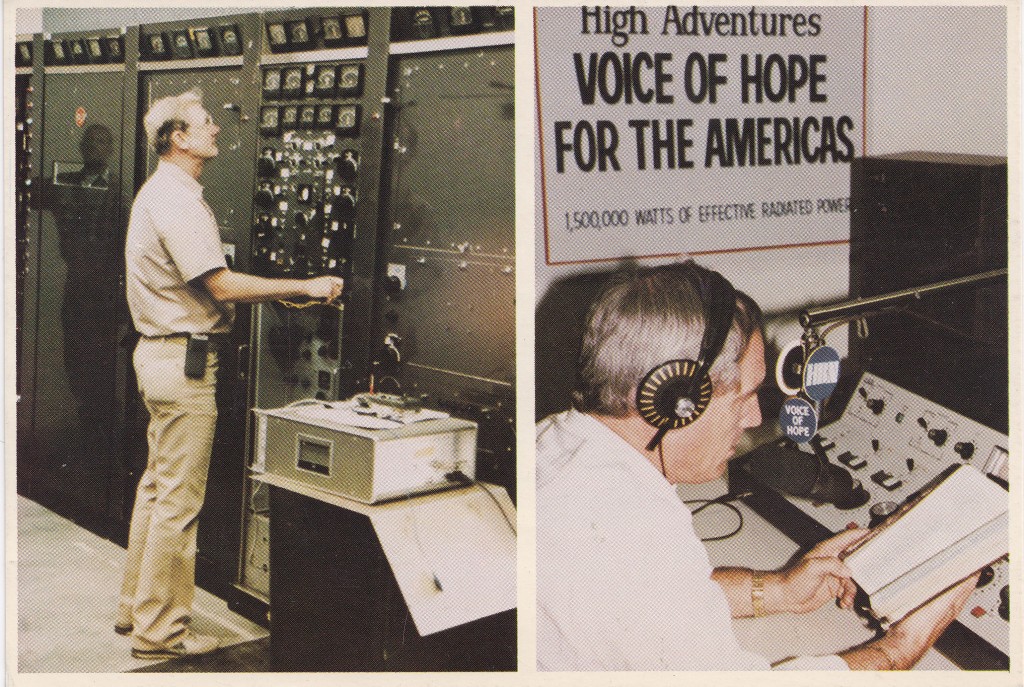
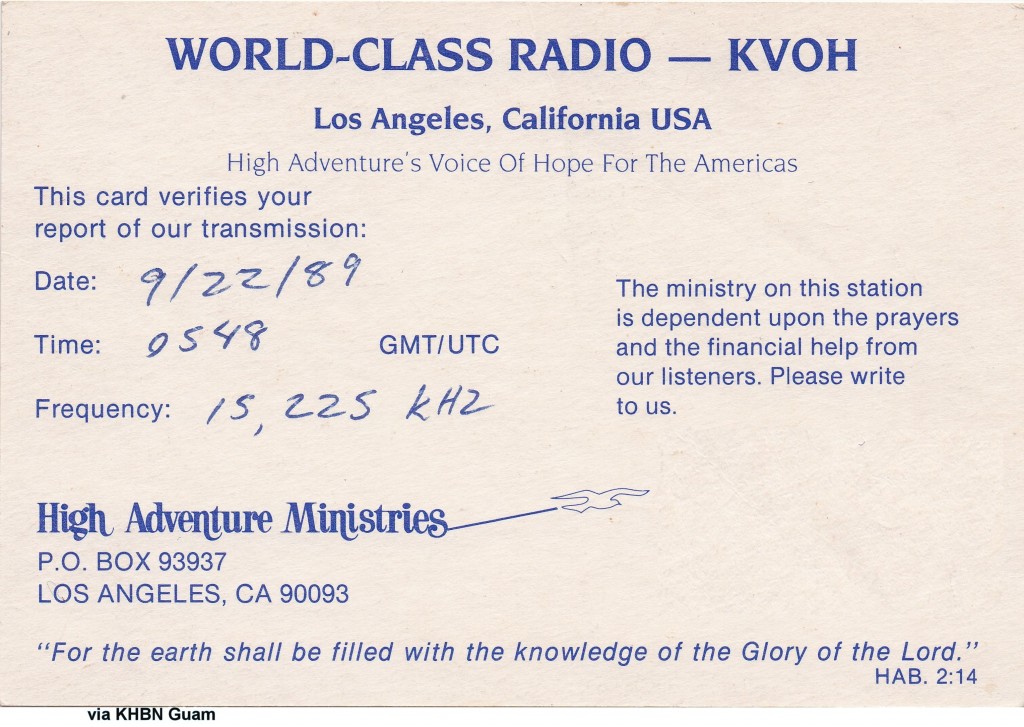
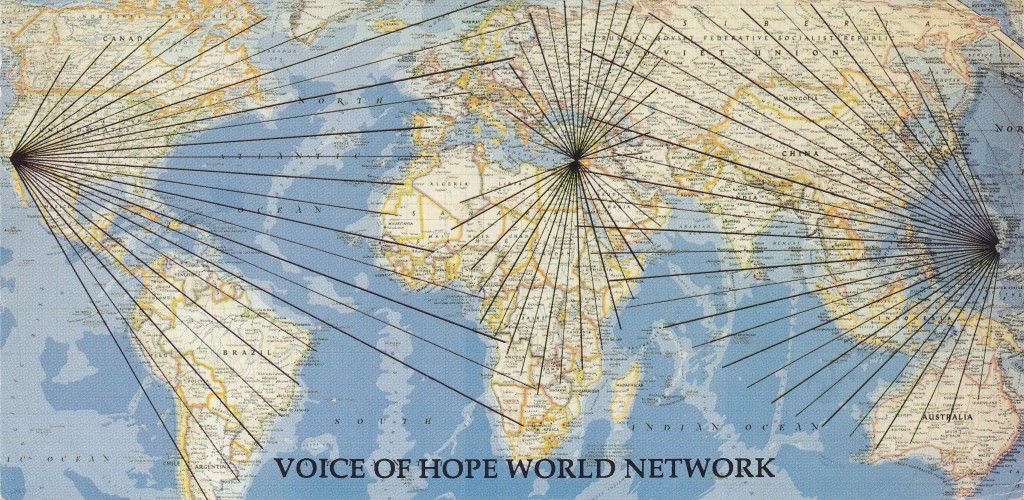
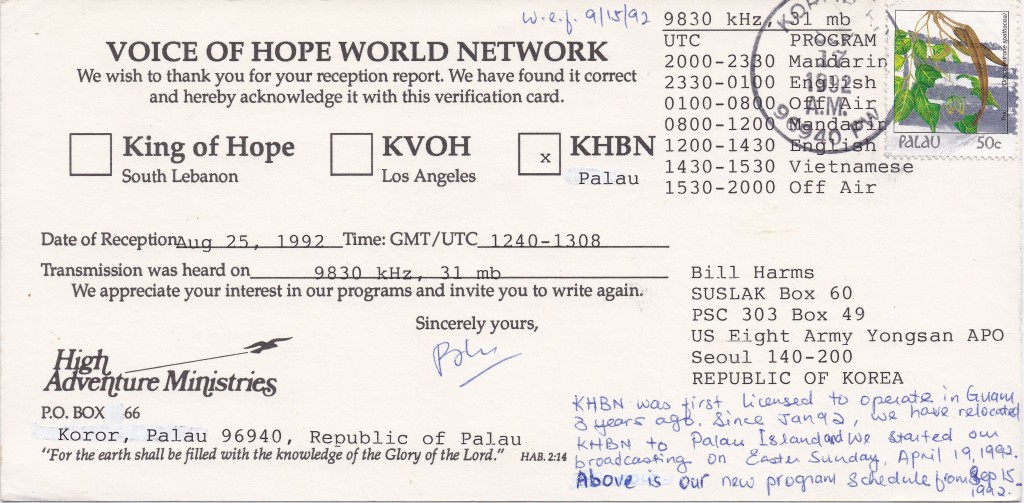
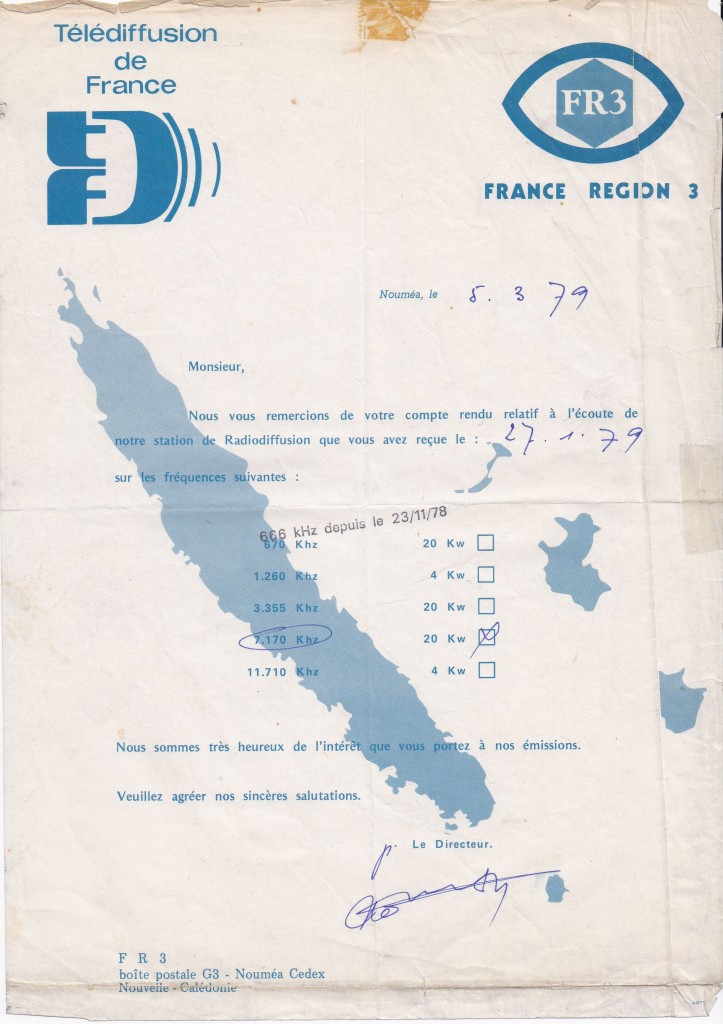
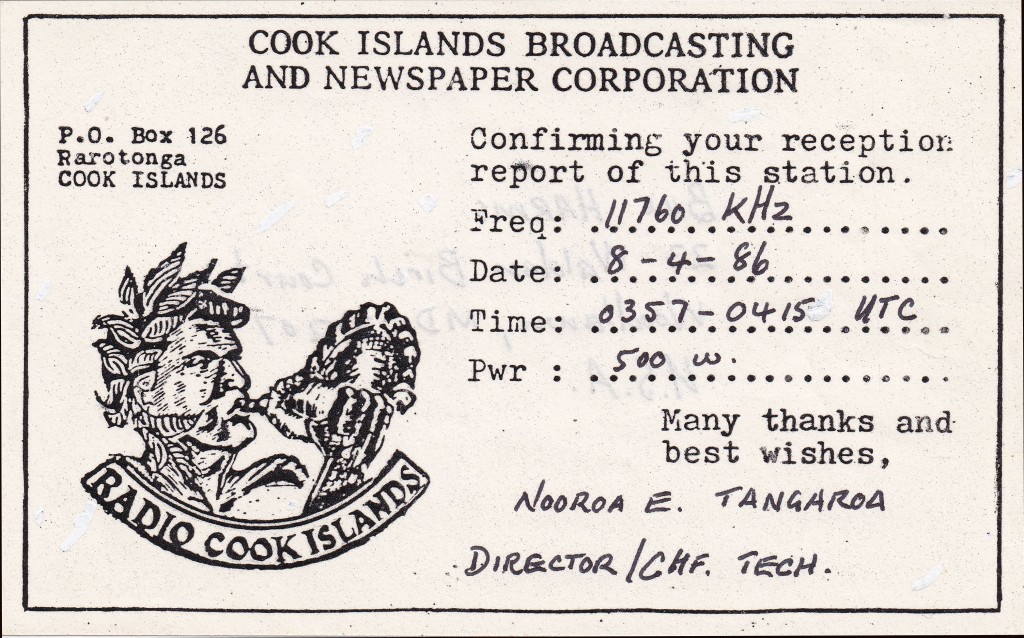
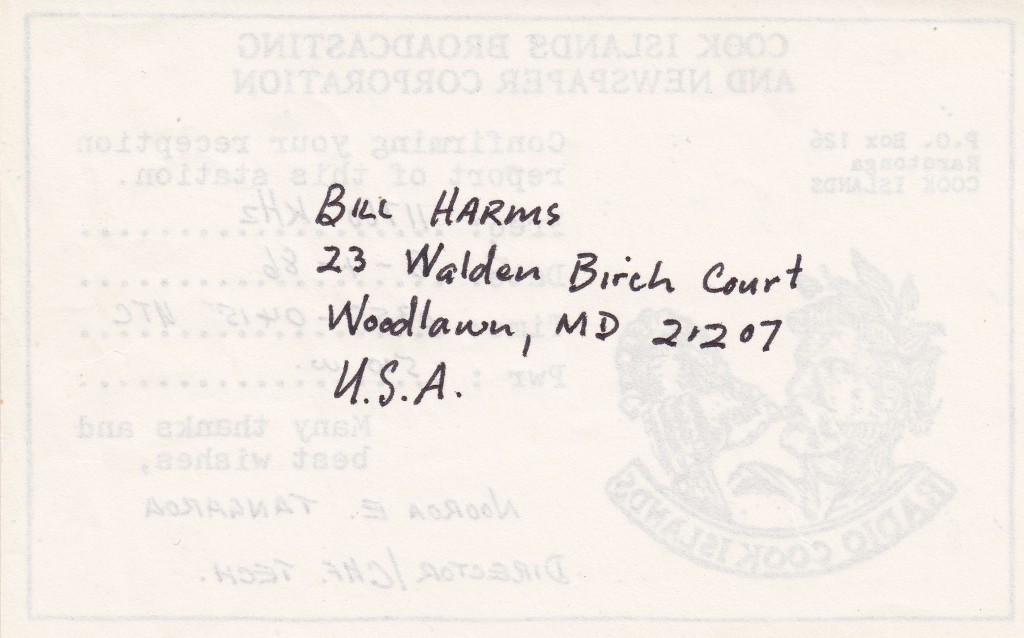
![large_detailed_physical_map_of_kiribati_with_all_roads_cities_and_airports_for_free[1]](http://qsl.philcobill.com/blog/wp-content/uploads/2015/09/large_detailed_physical_map_of_kiribati_with_all_roads_cities_and_airports_for_free1-300x225.jpg)
